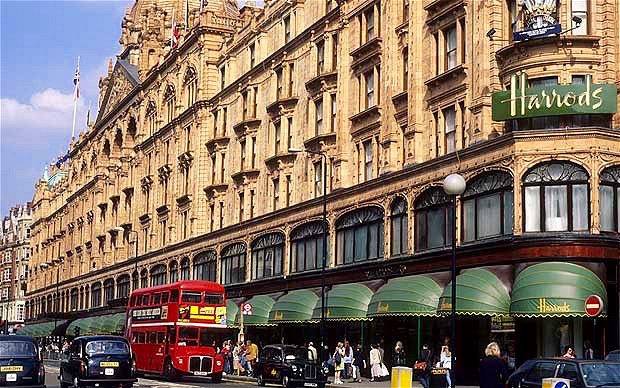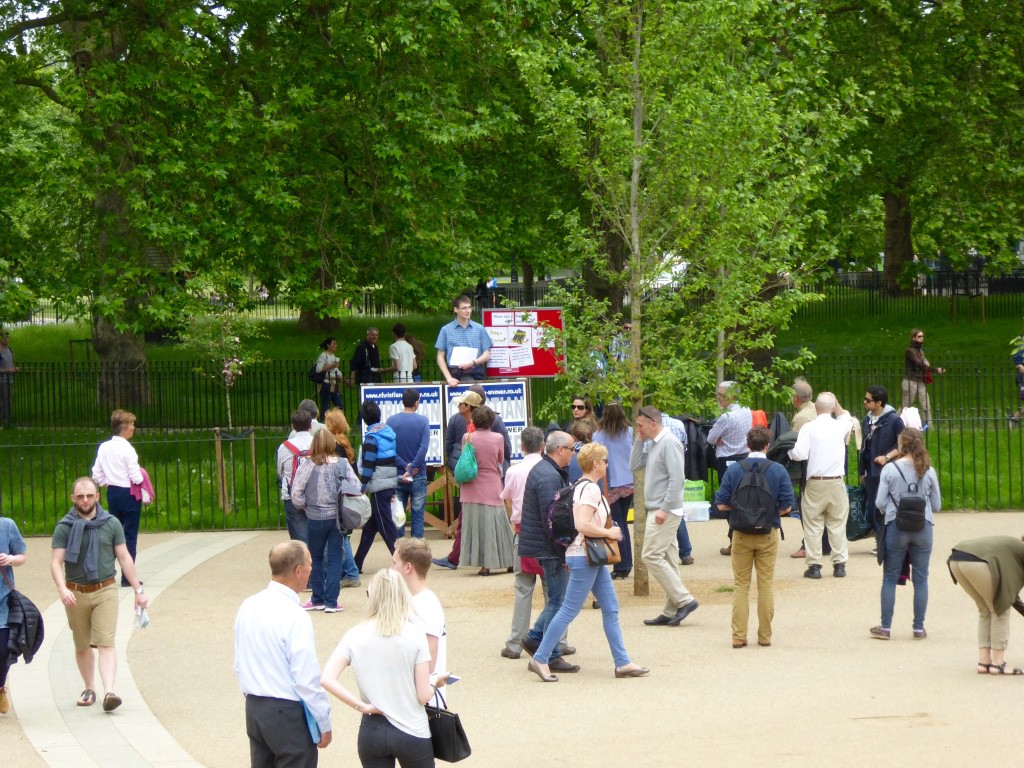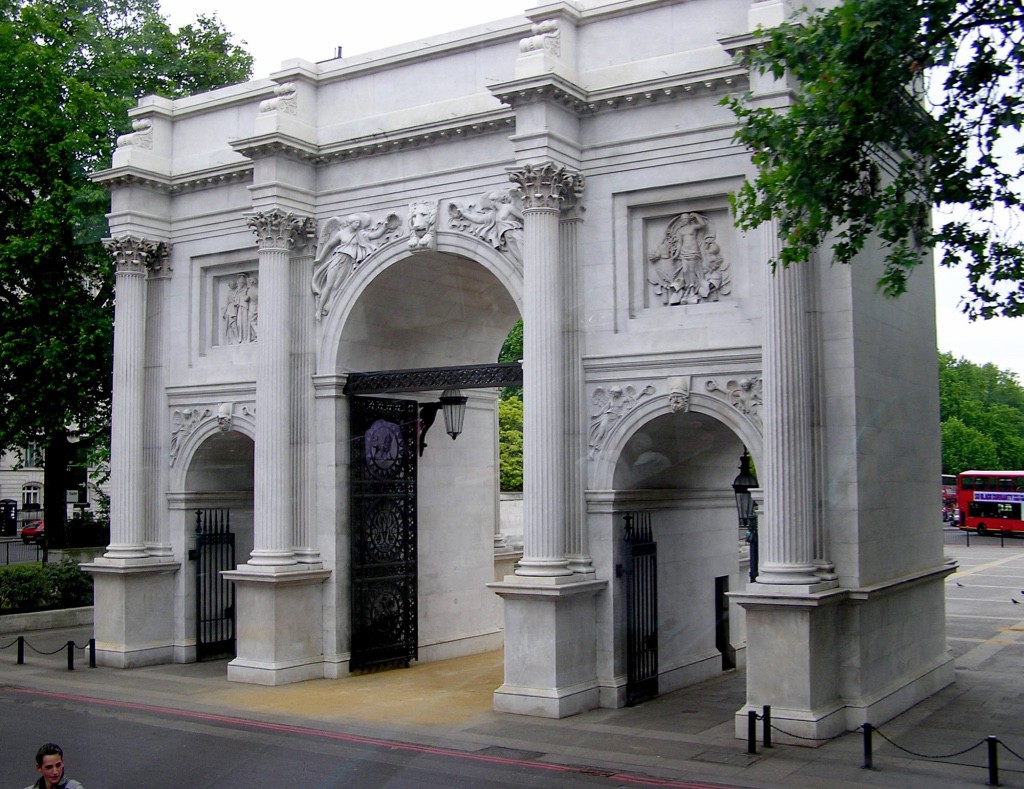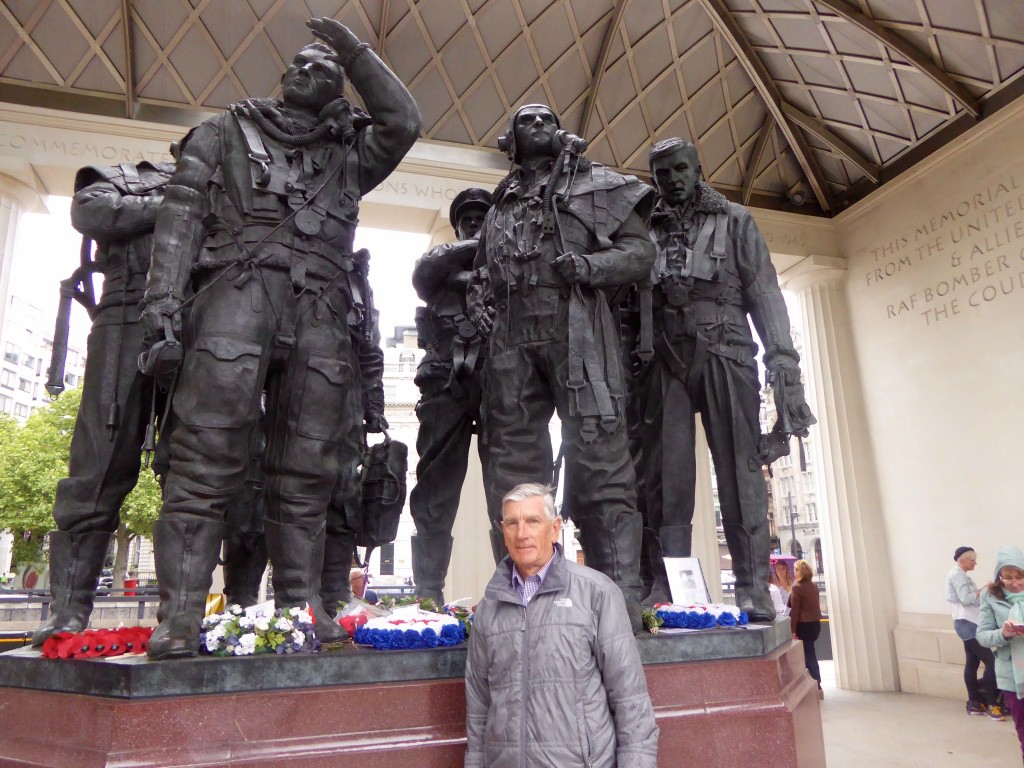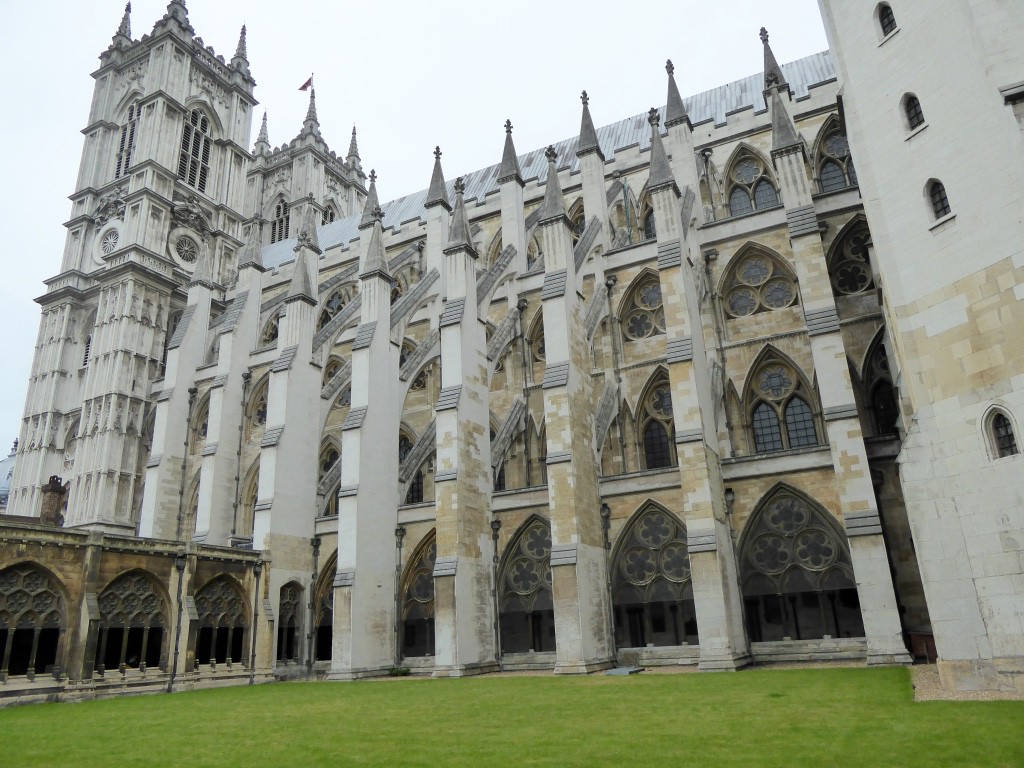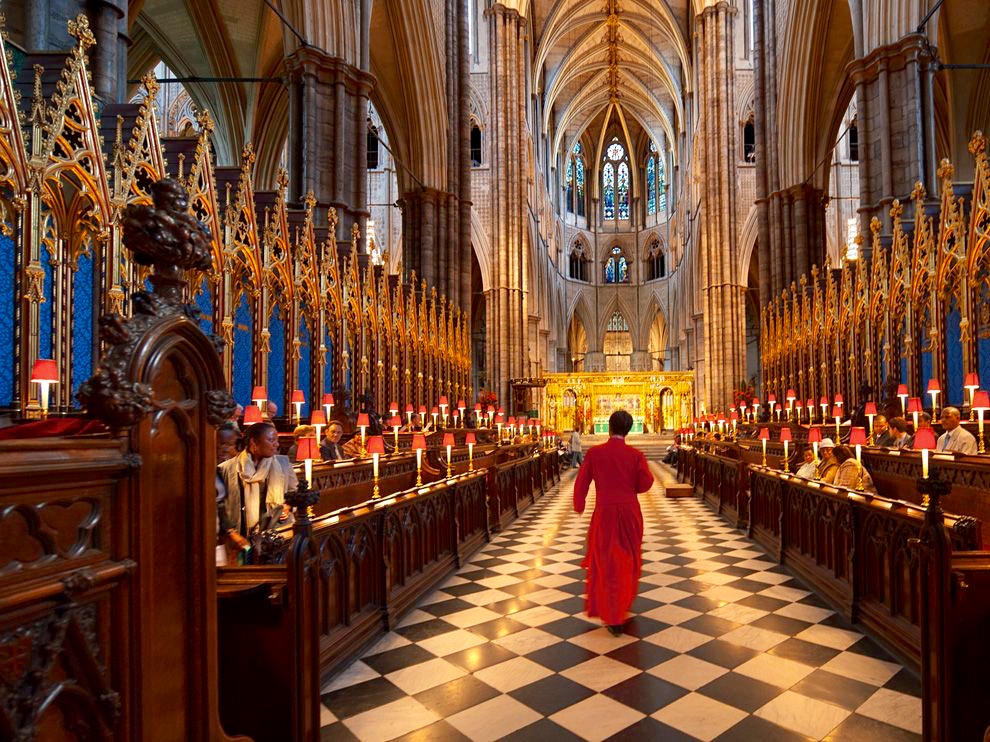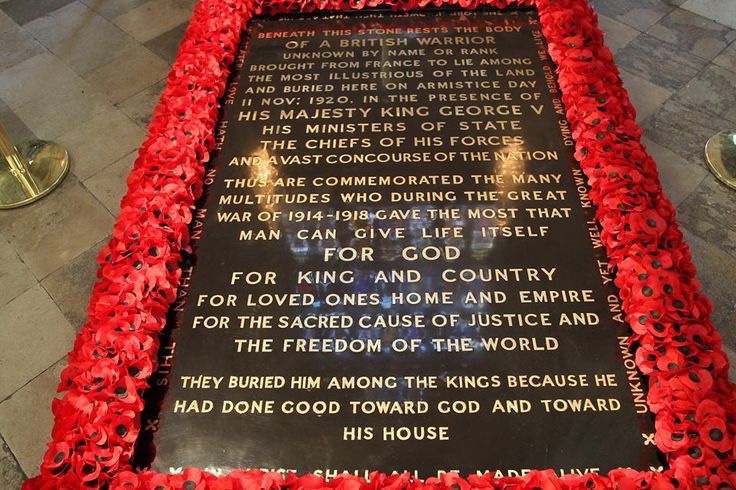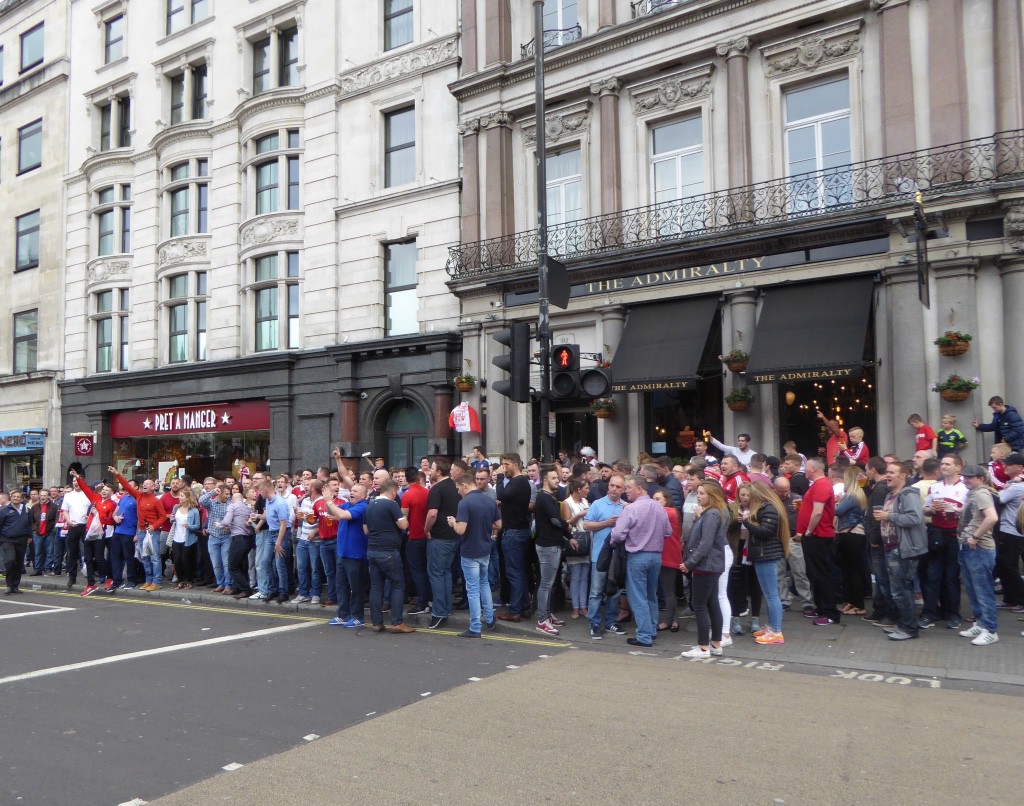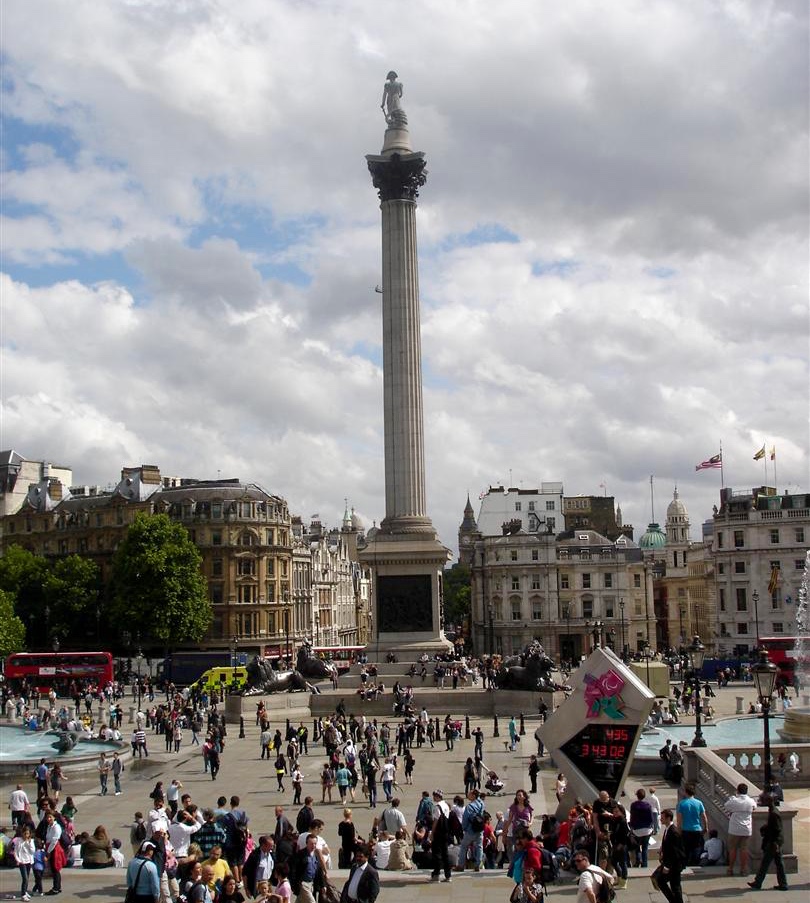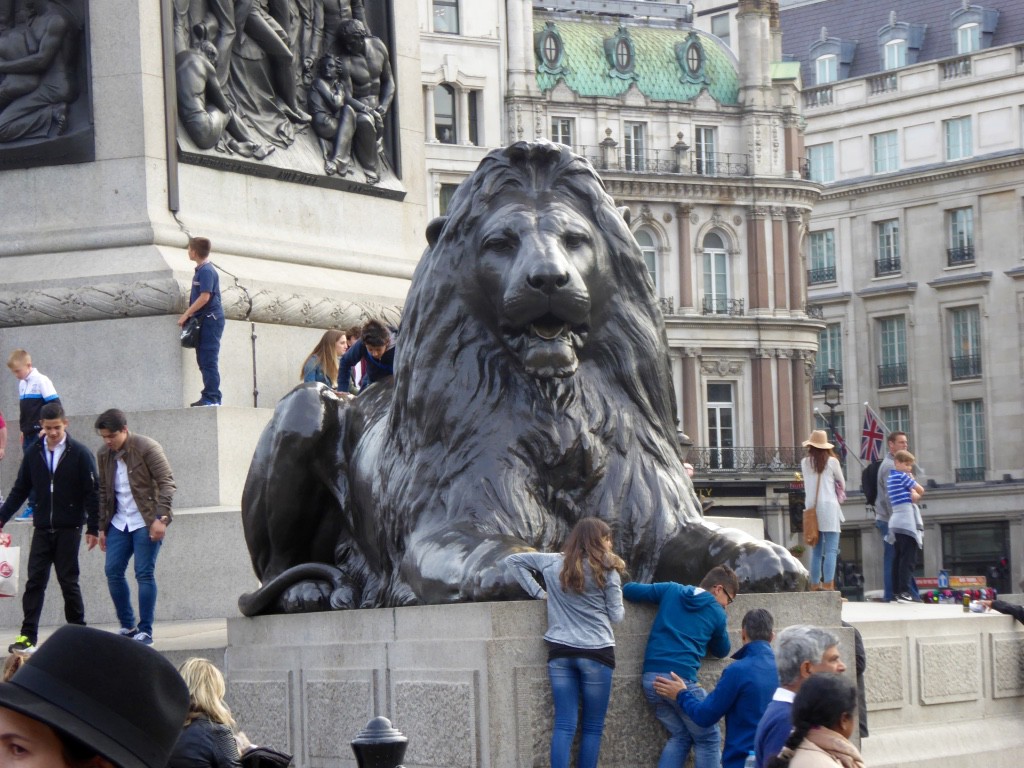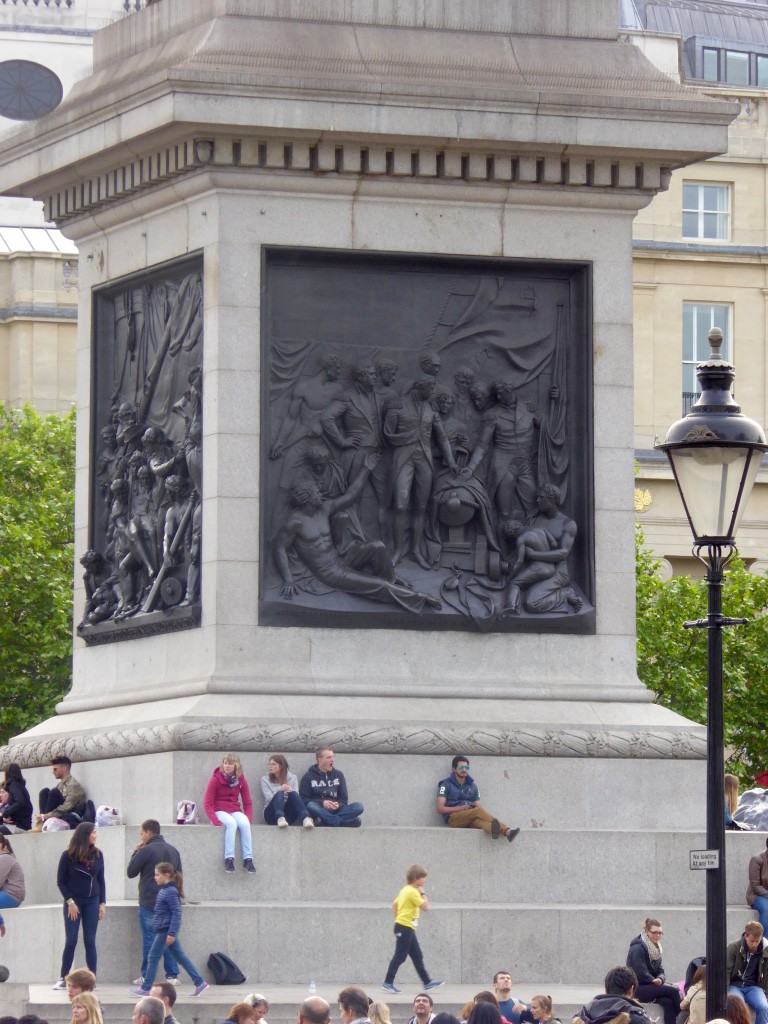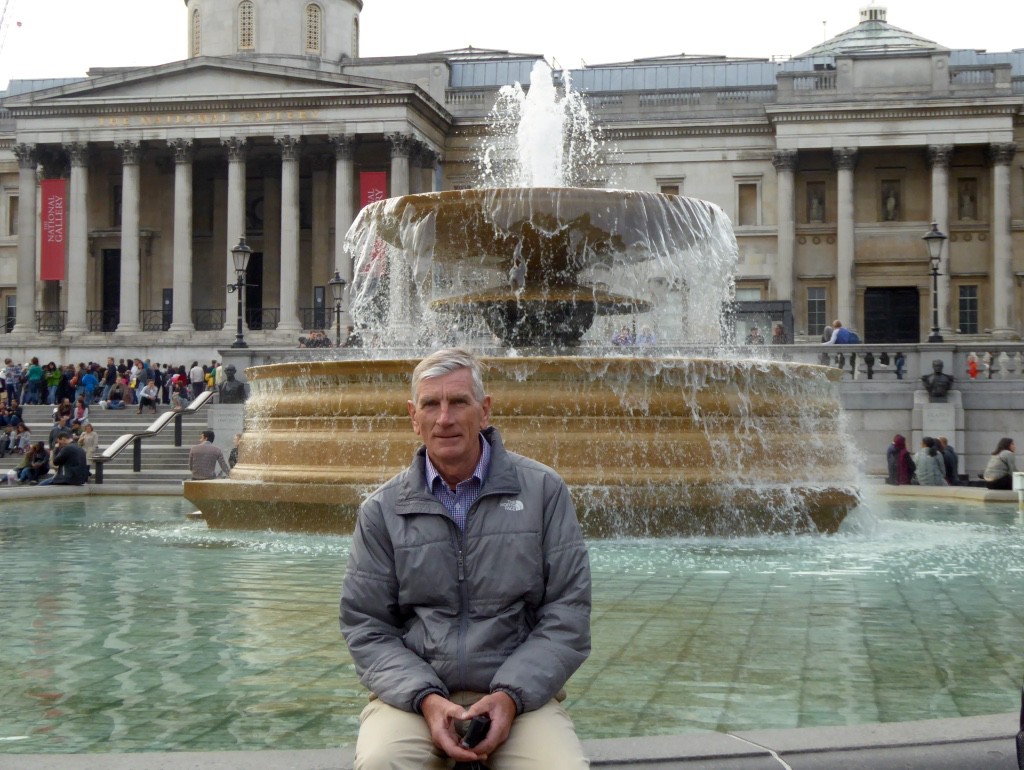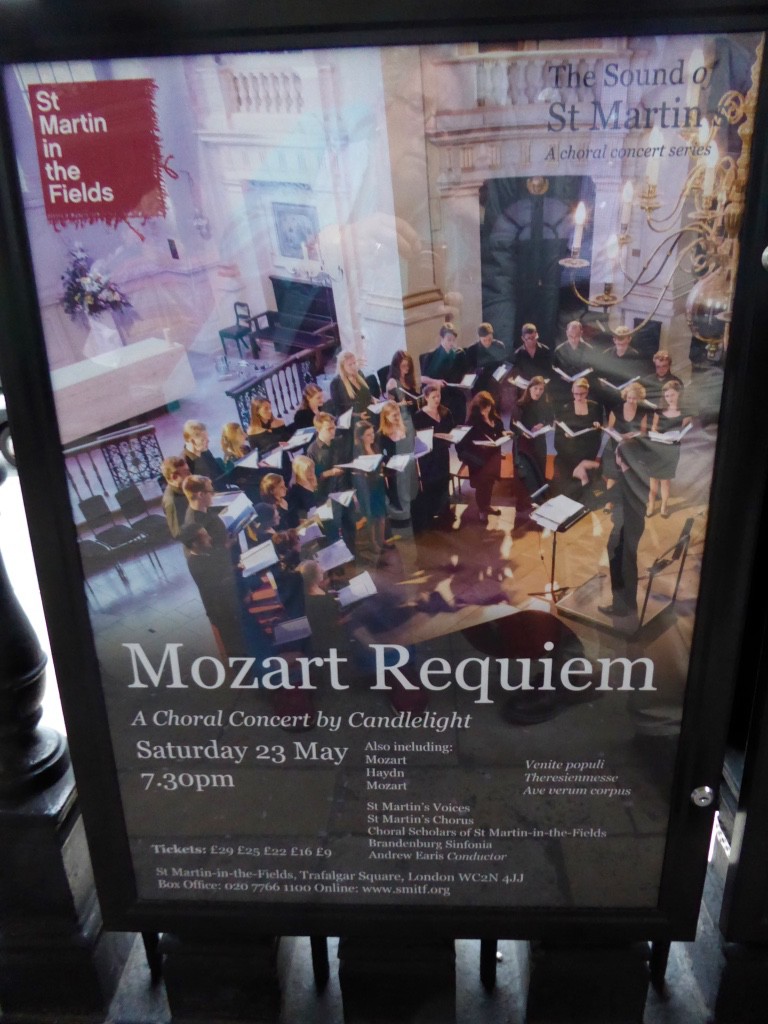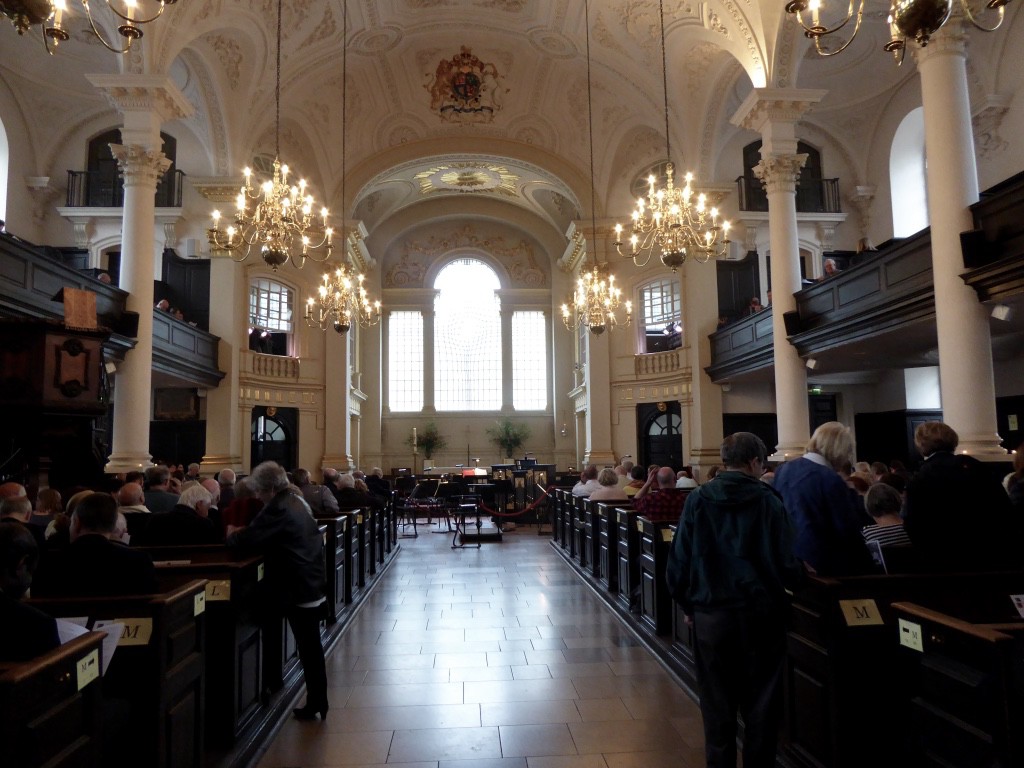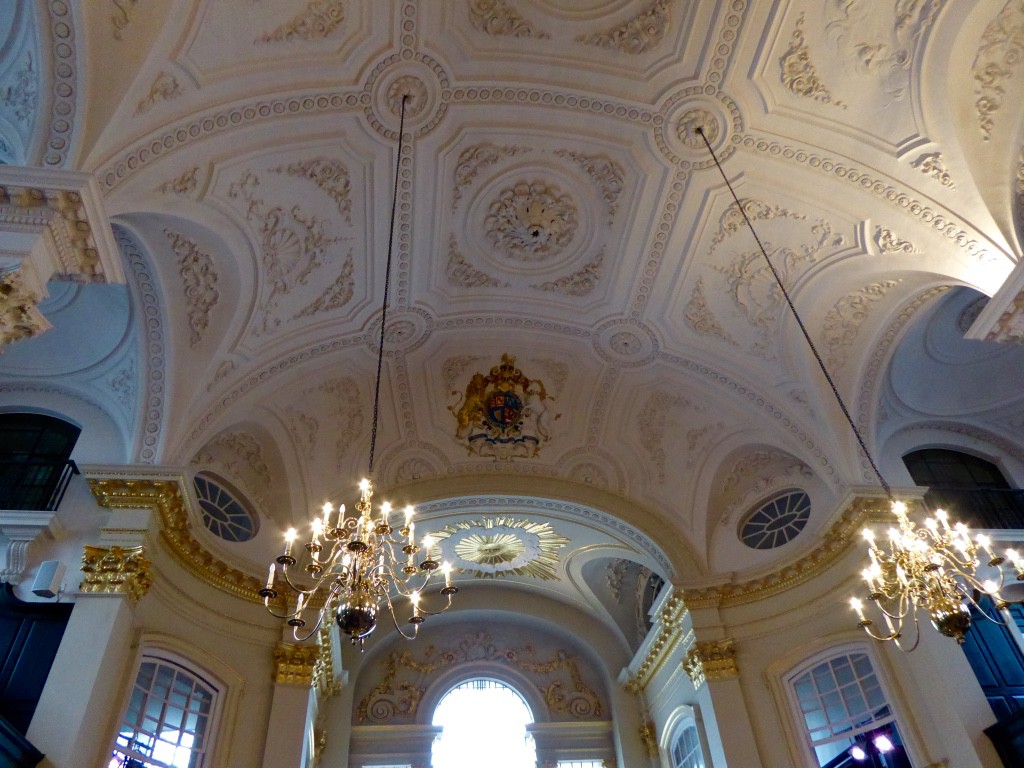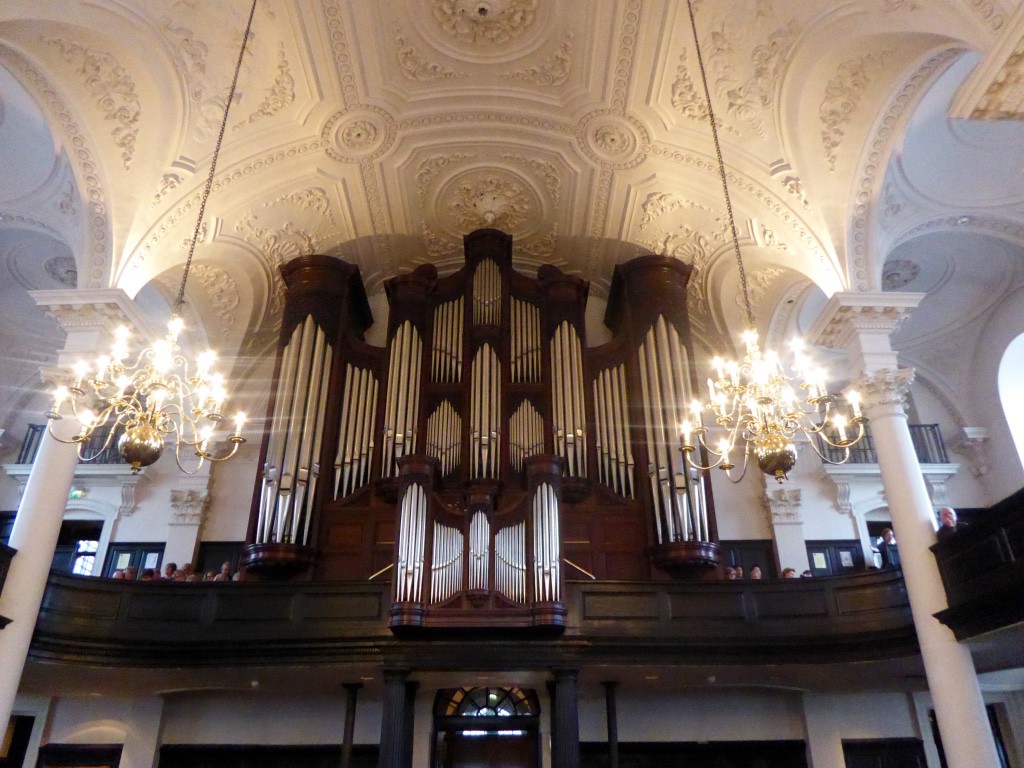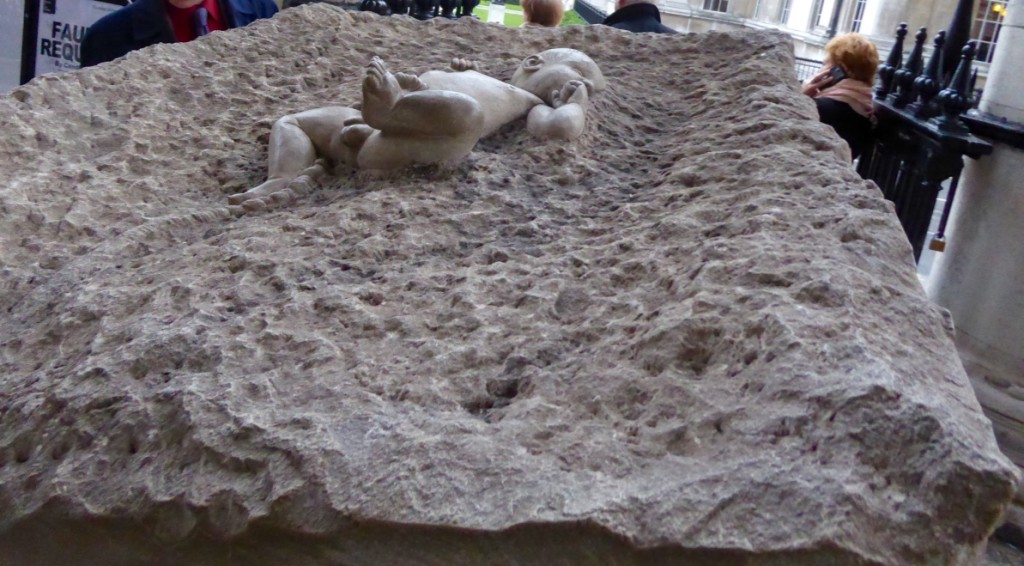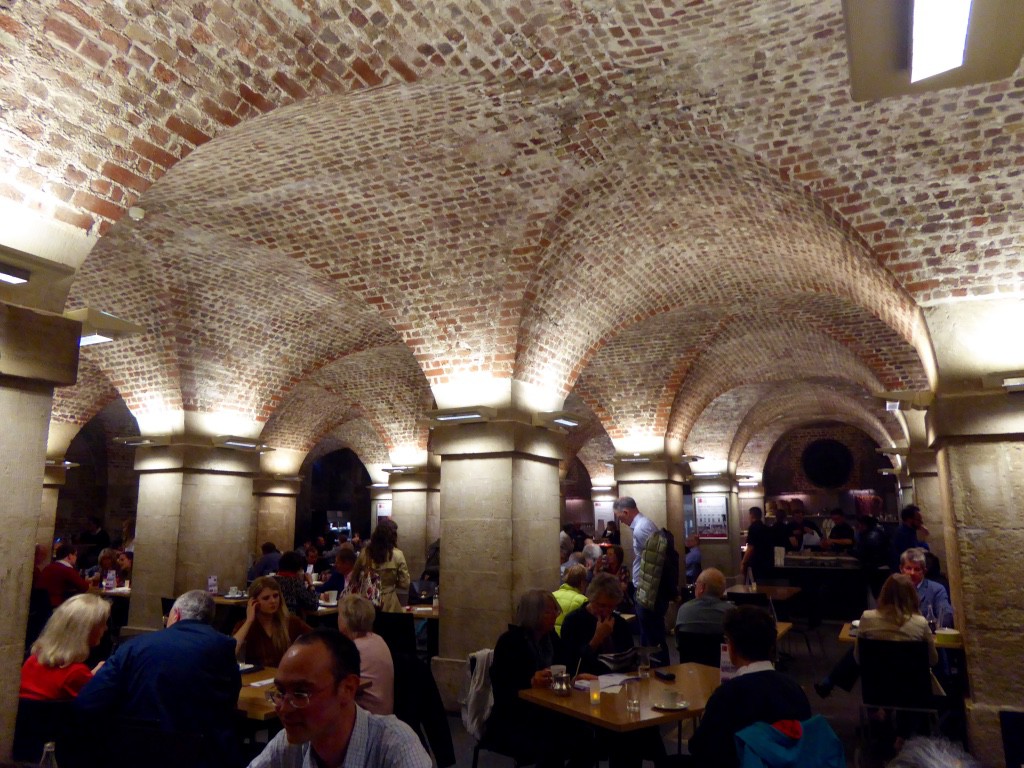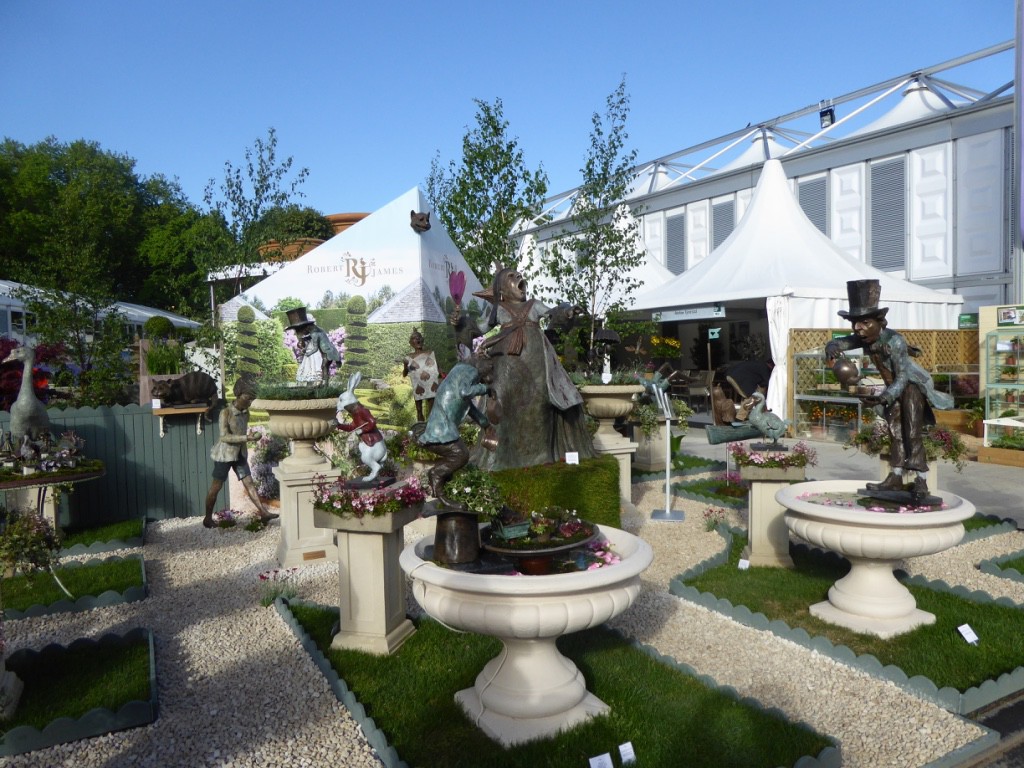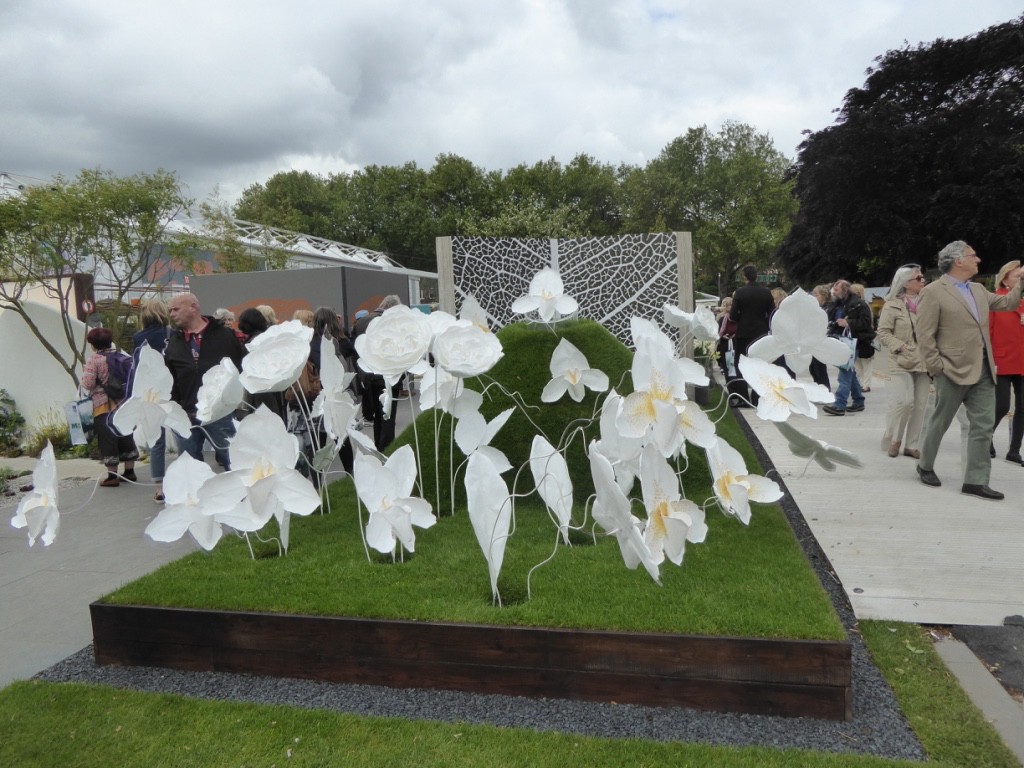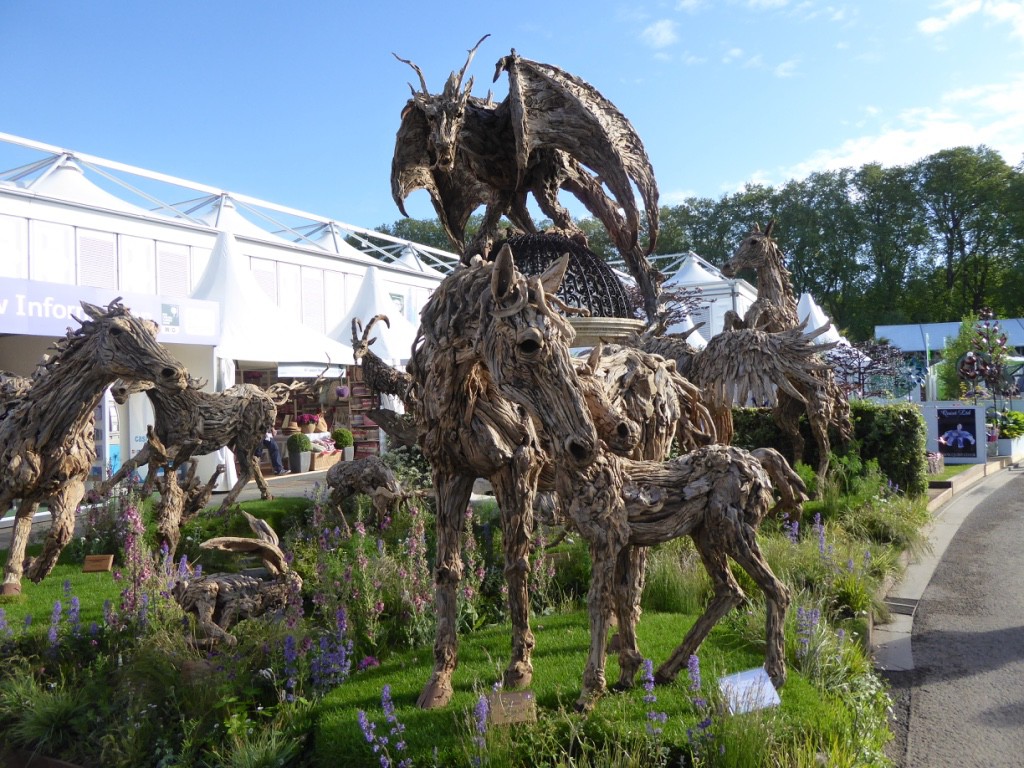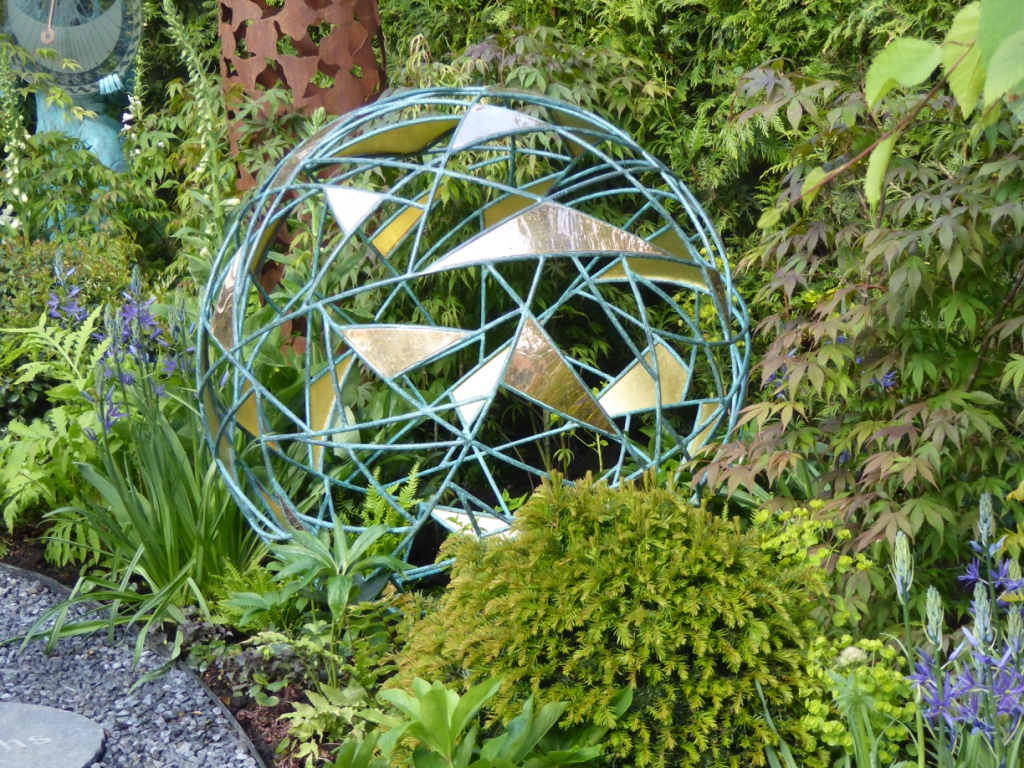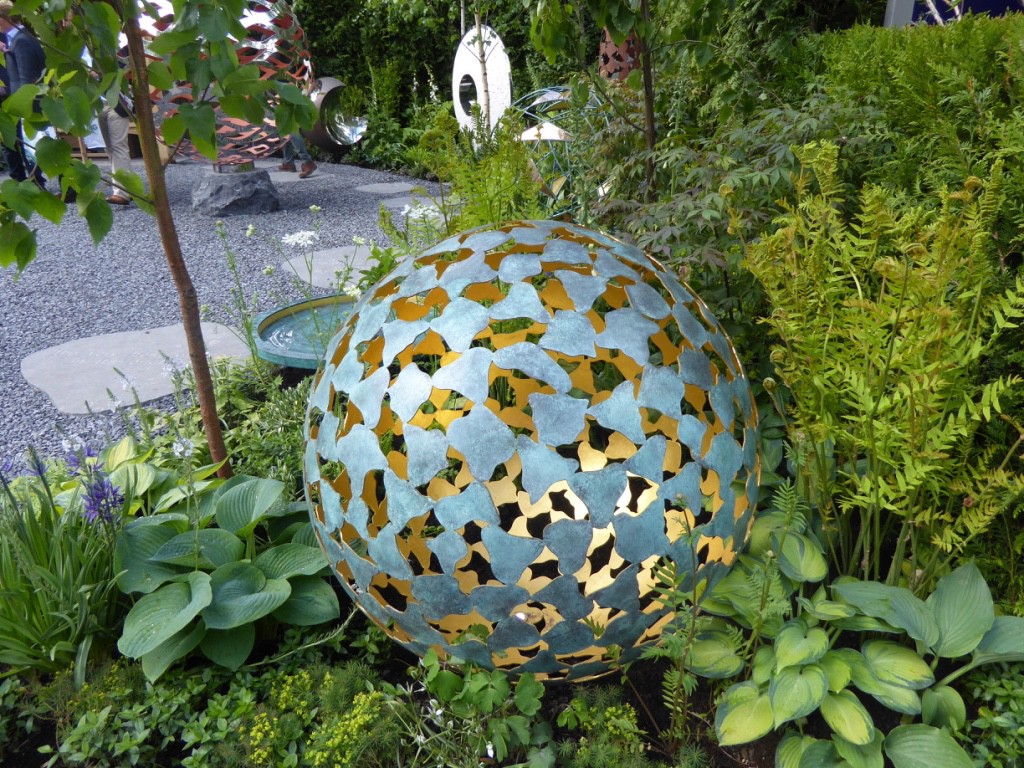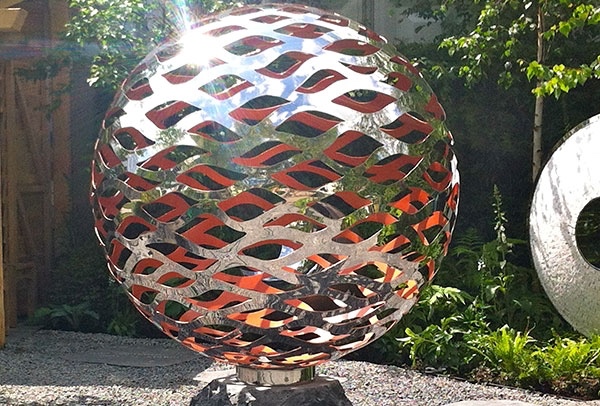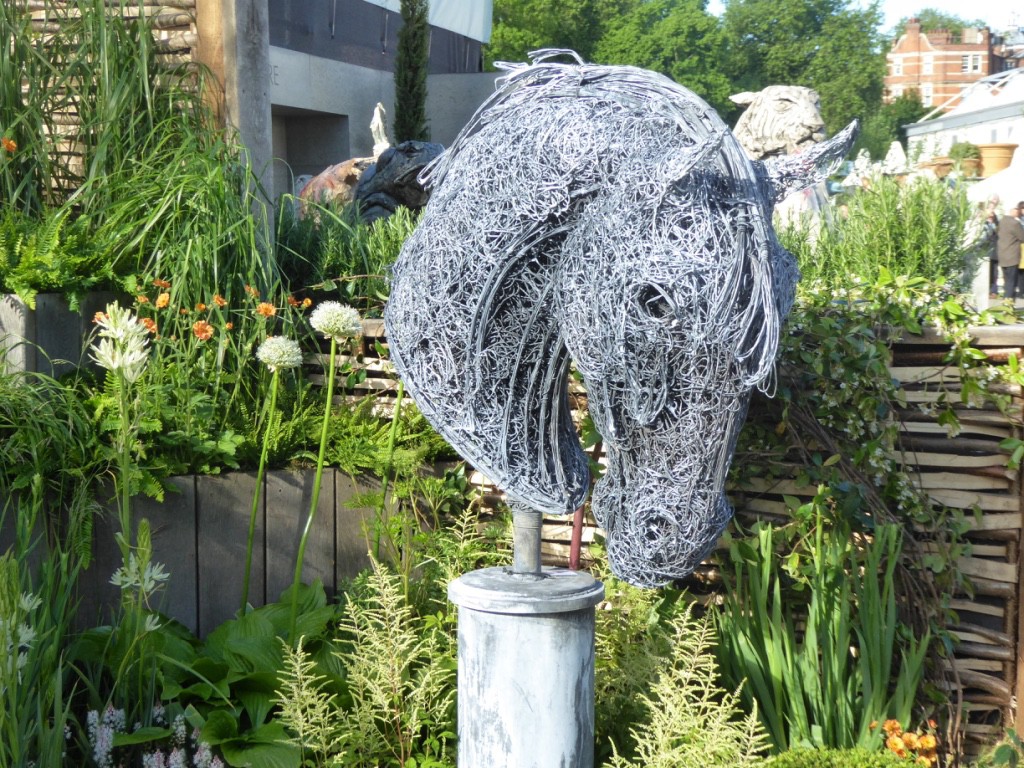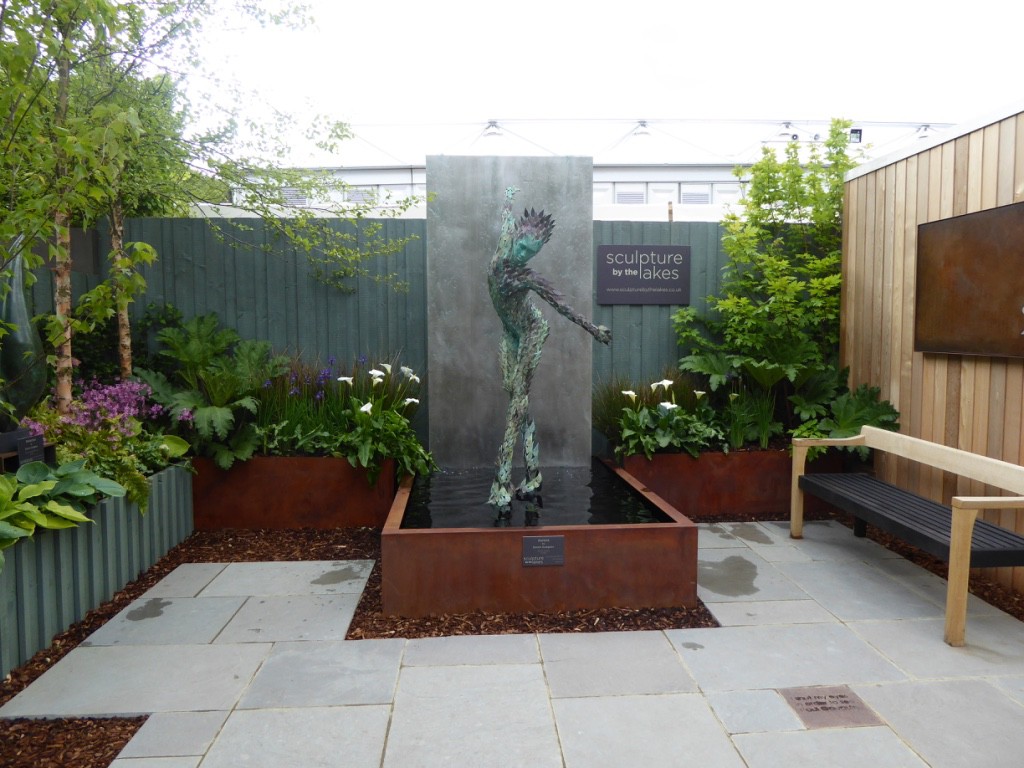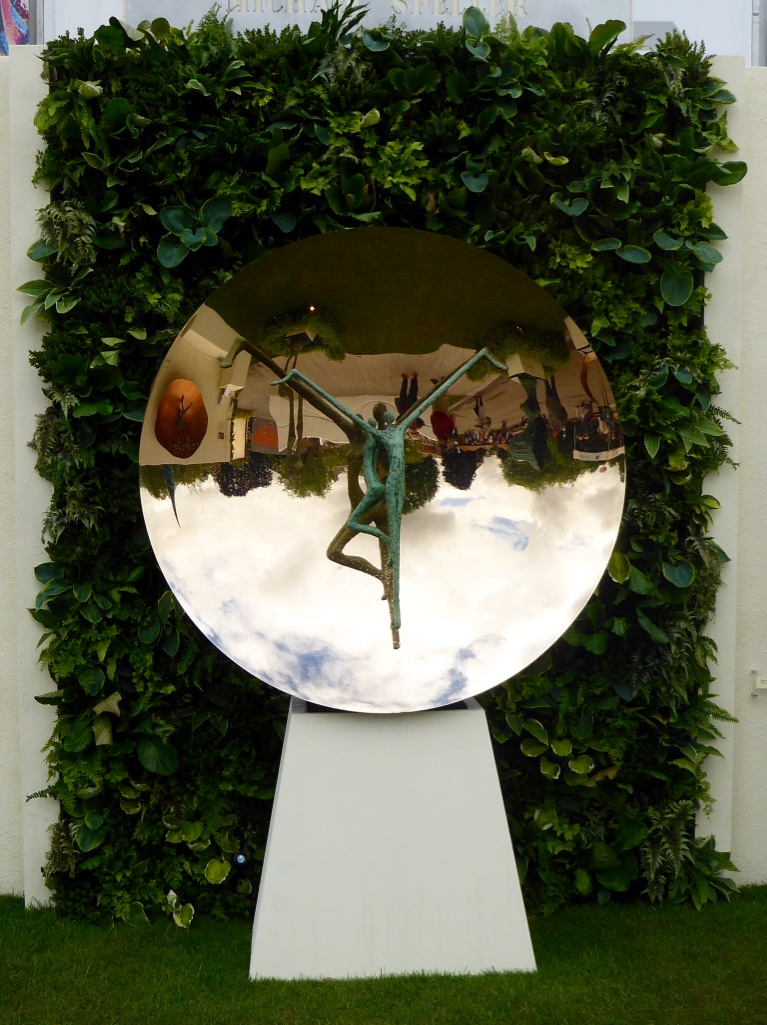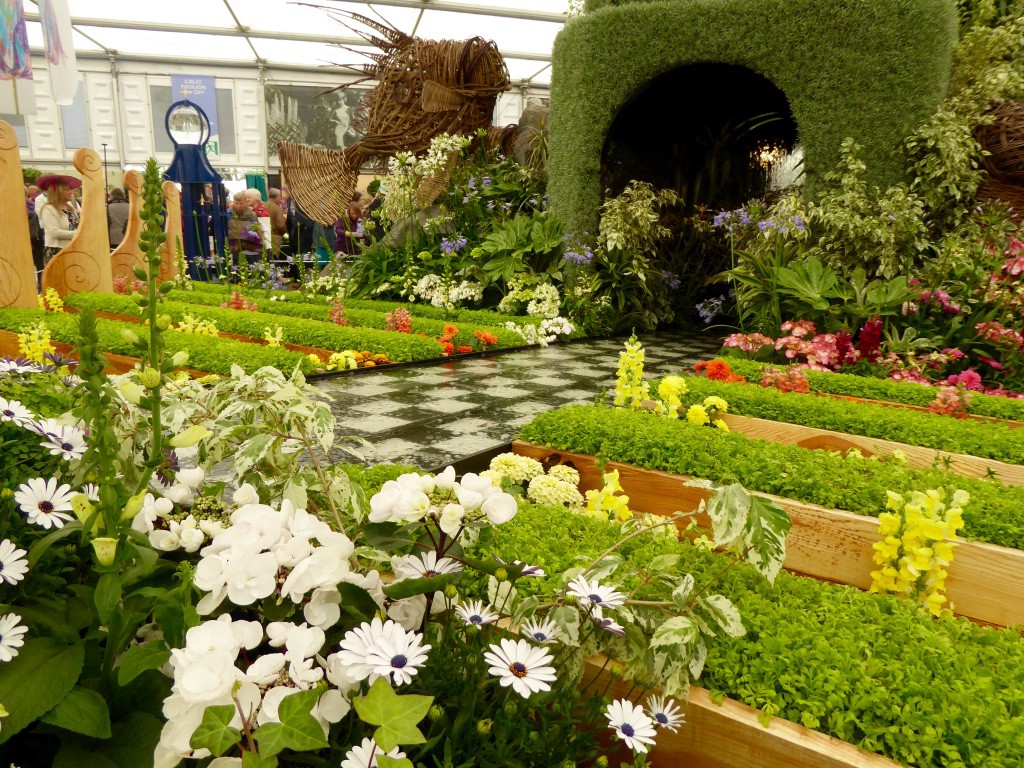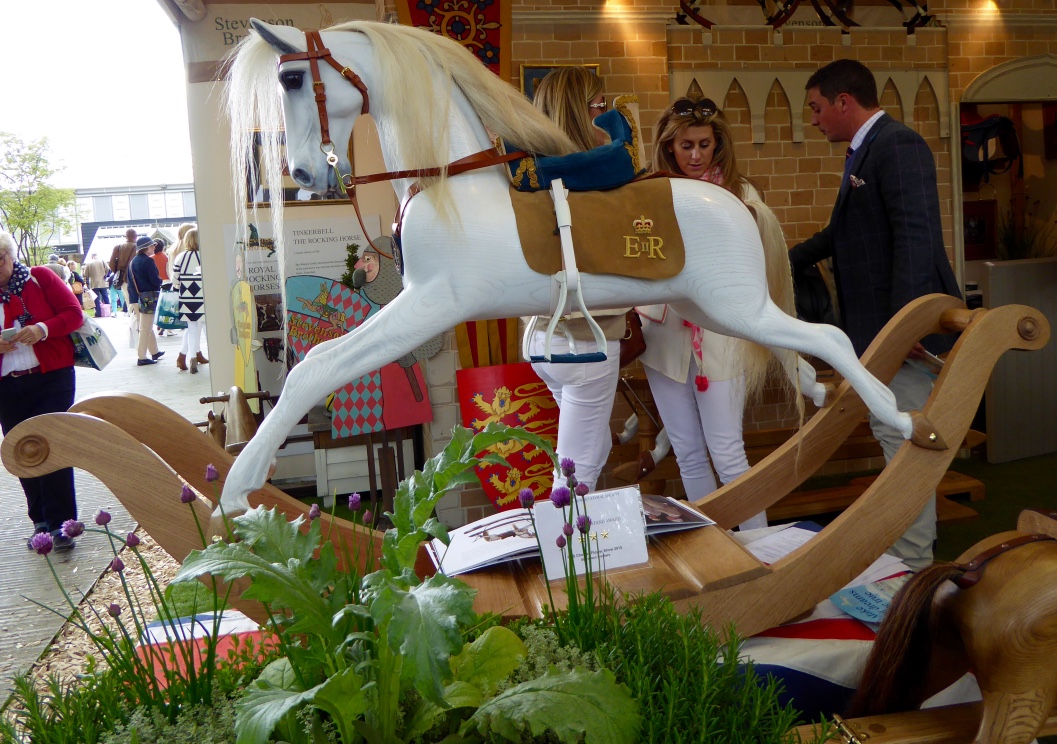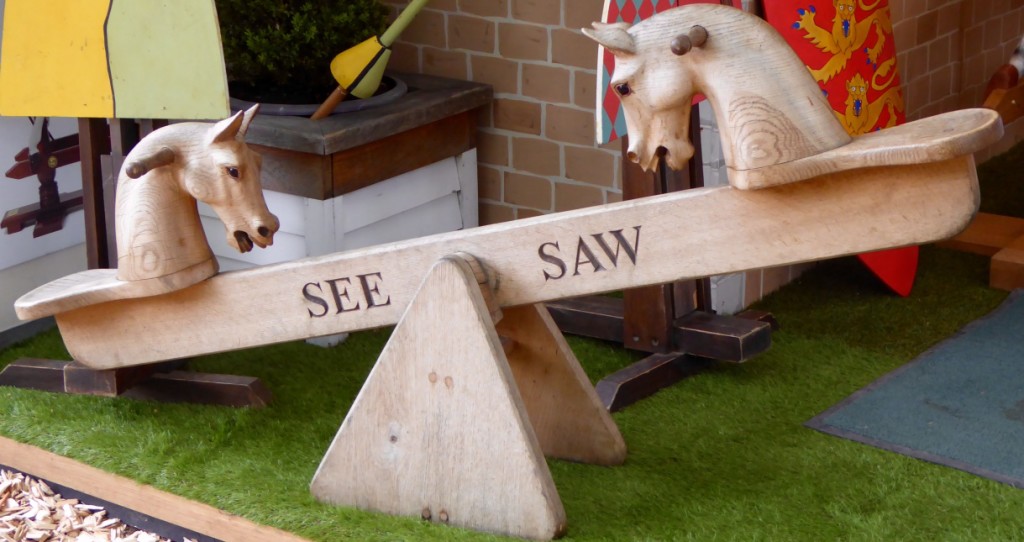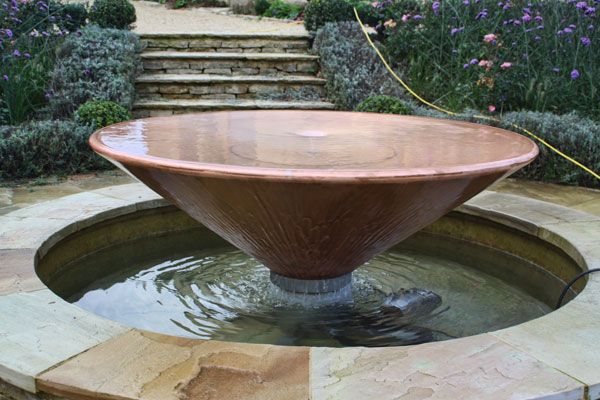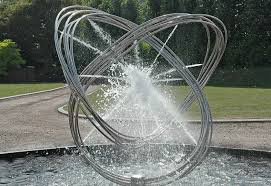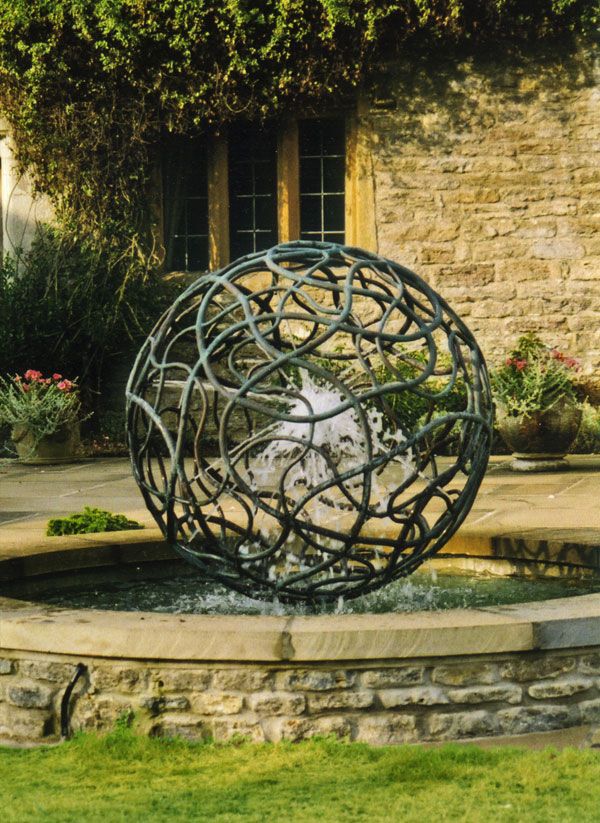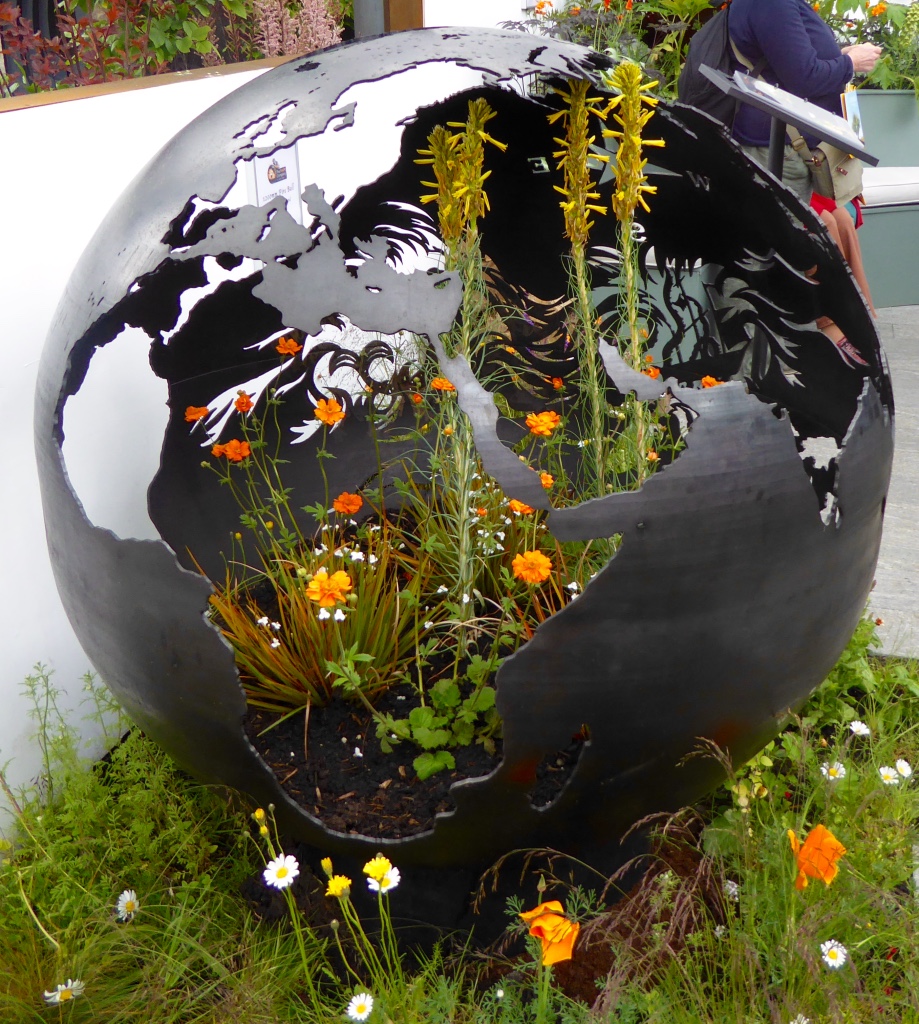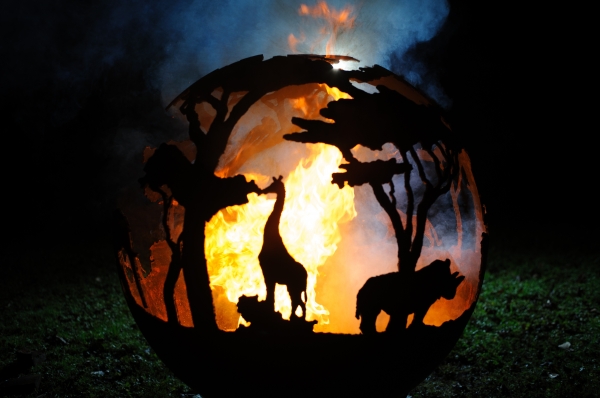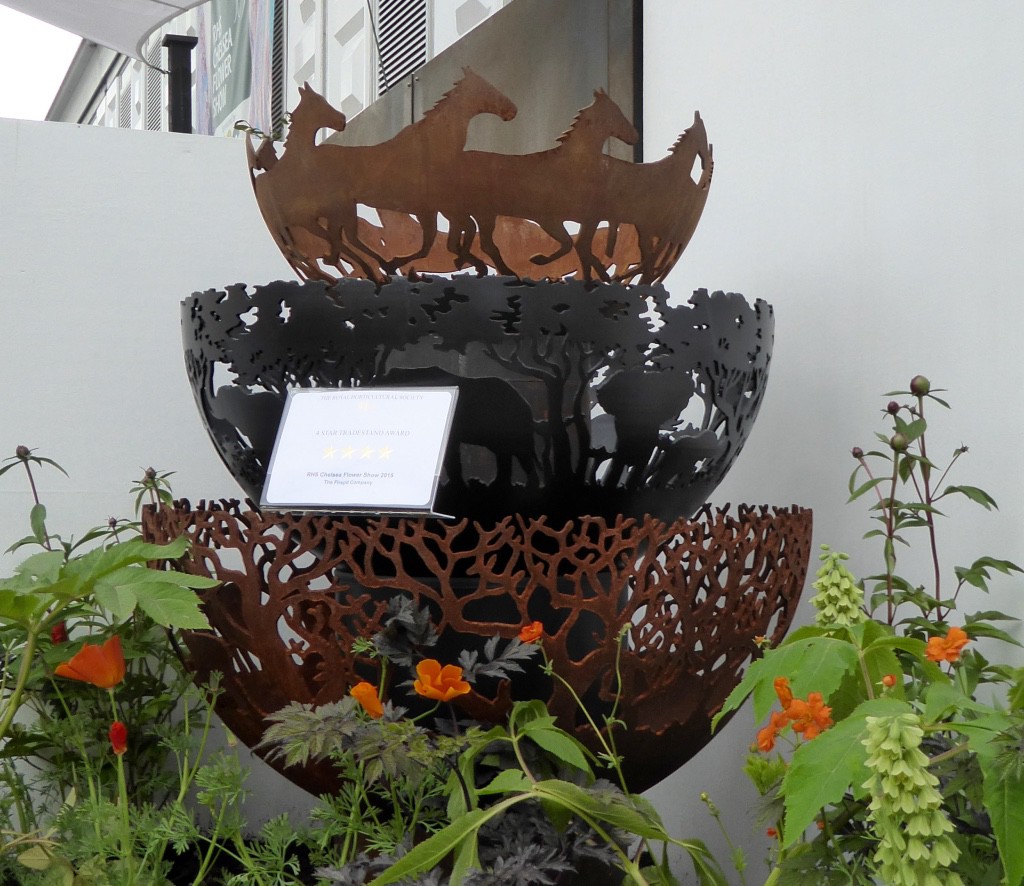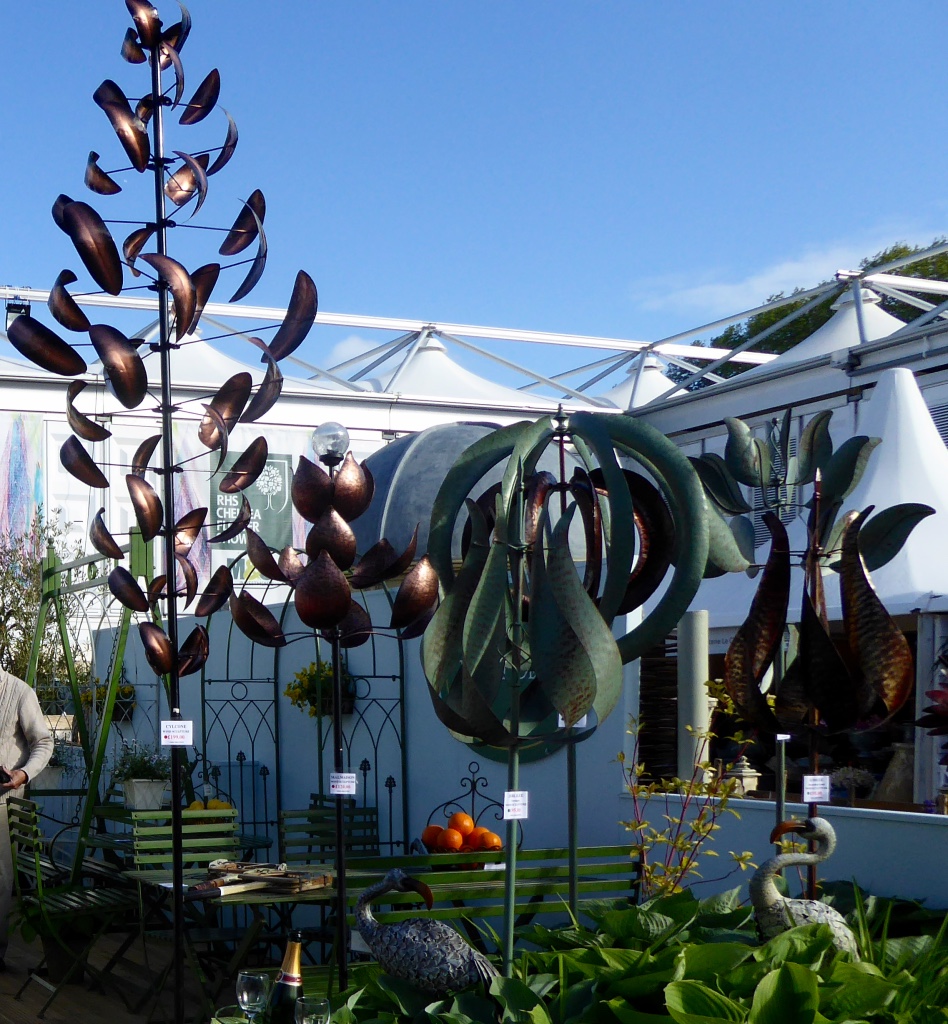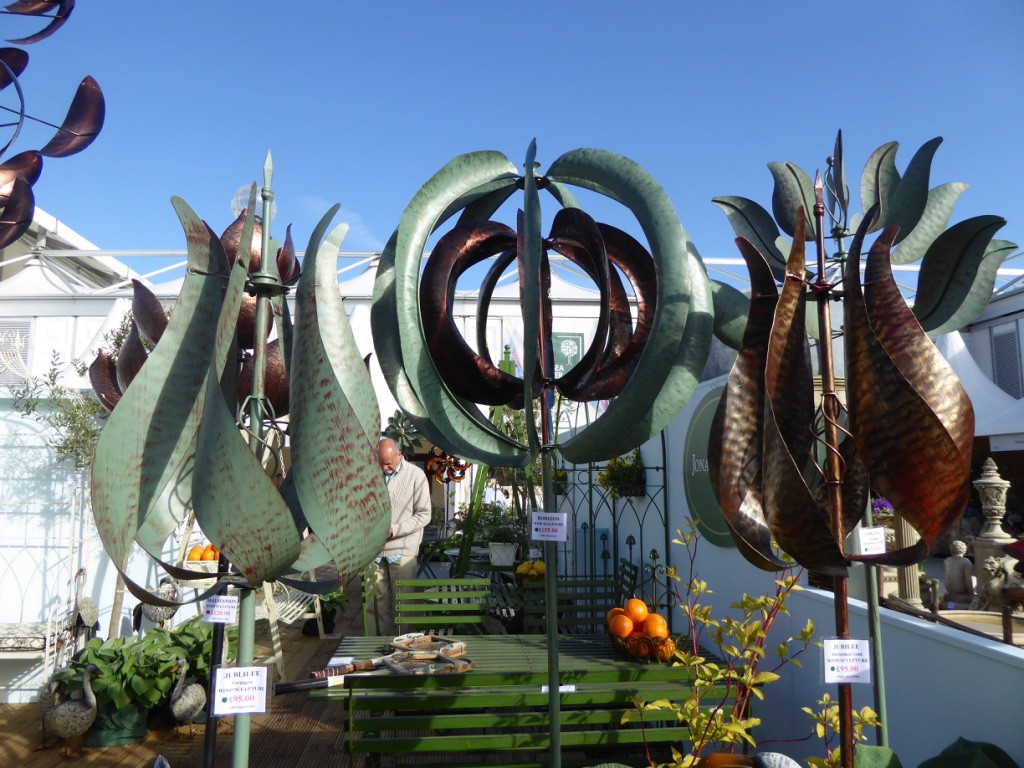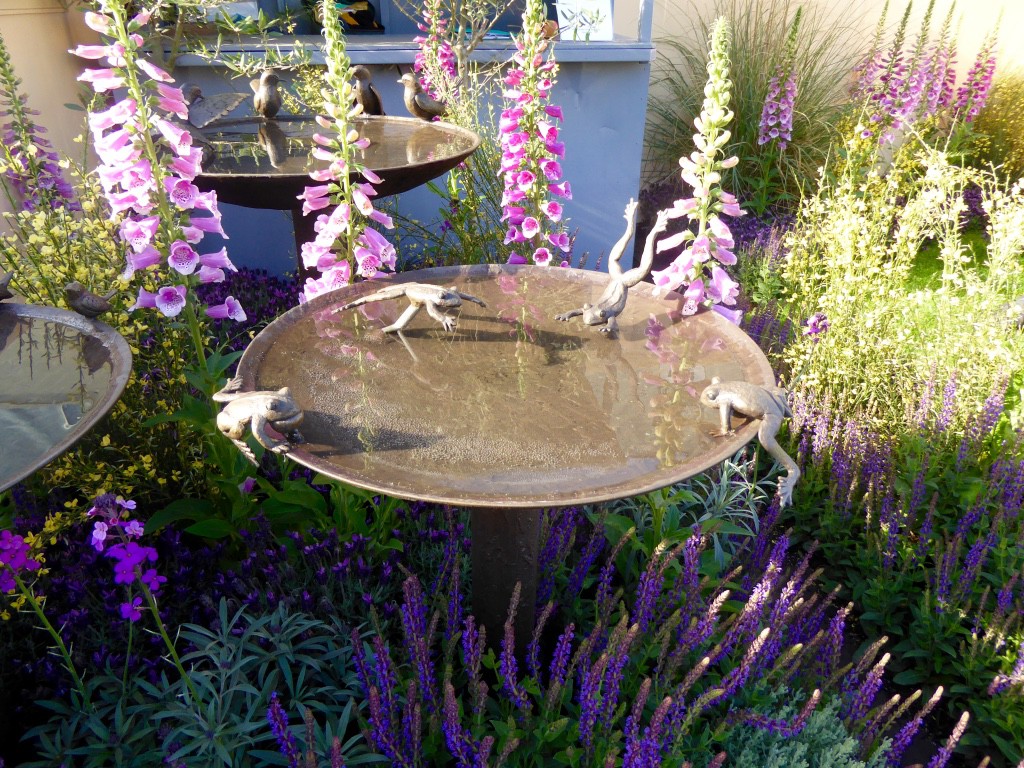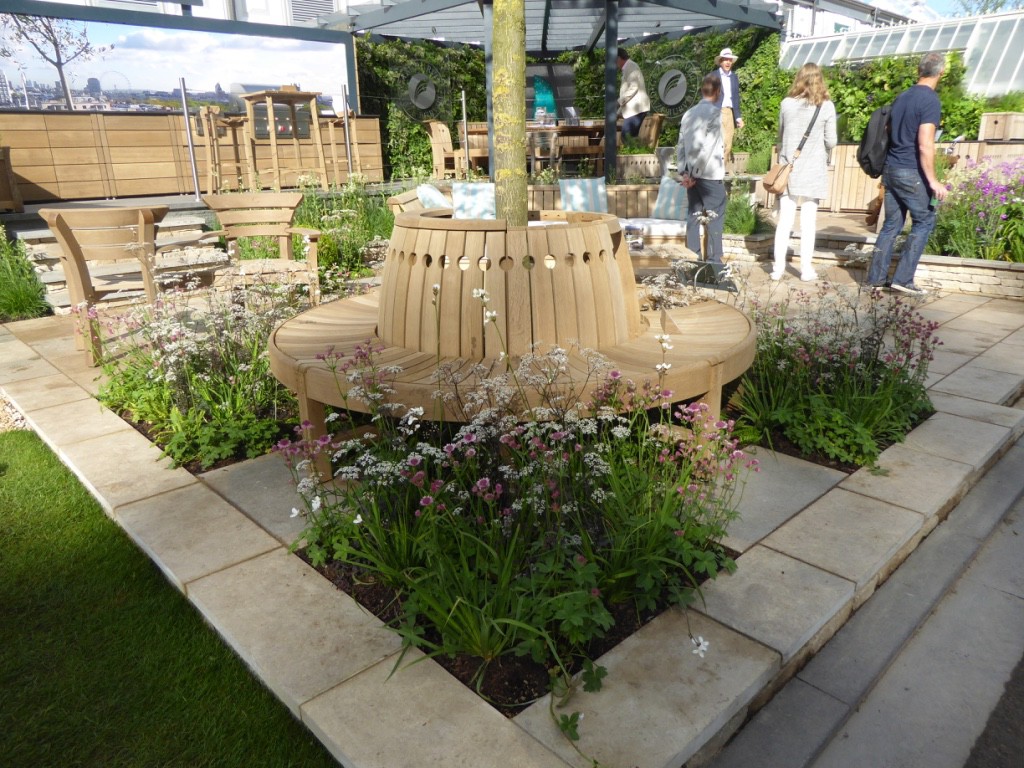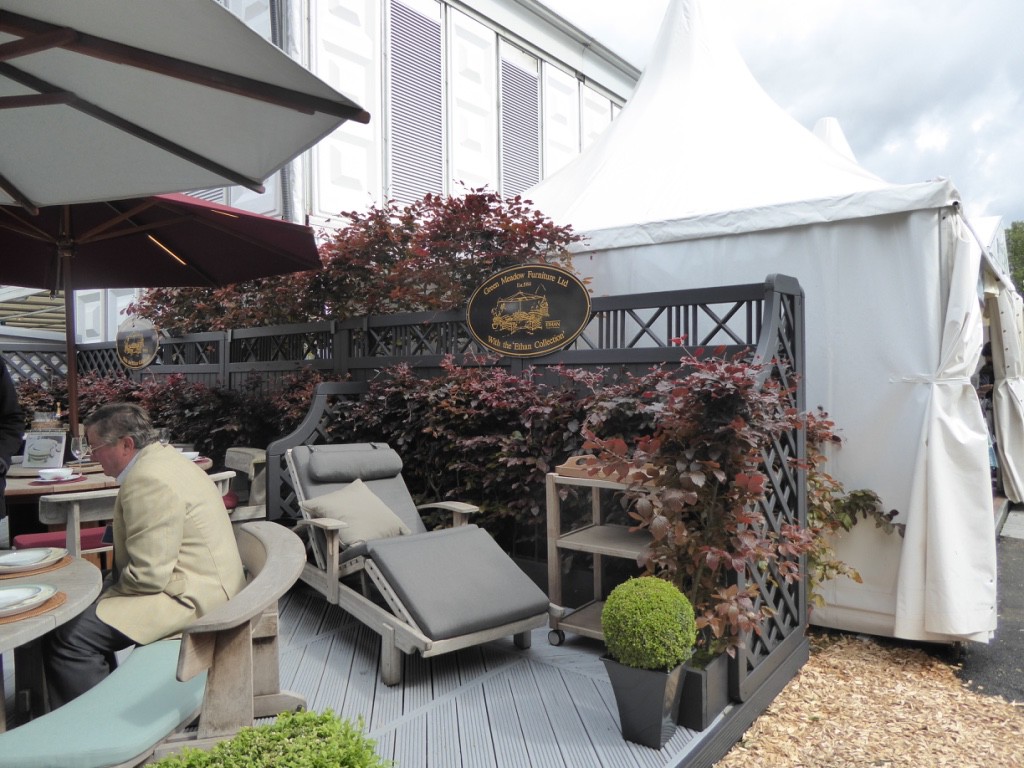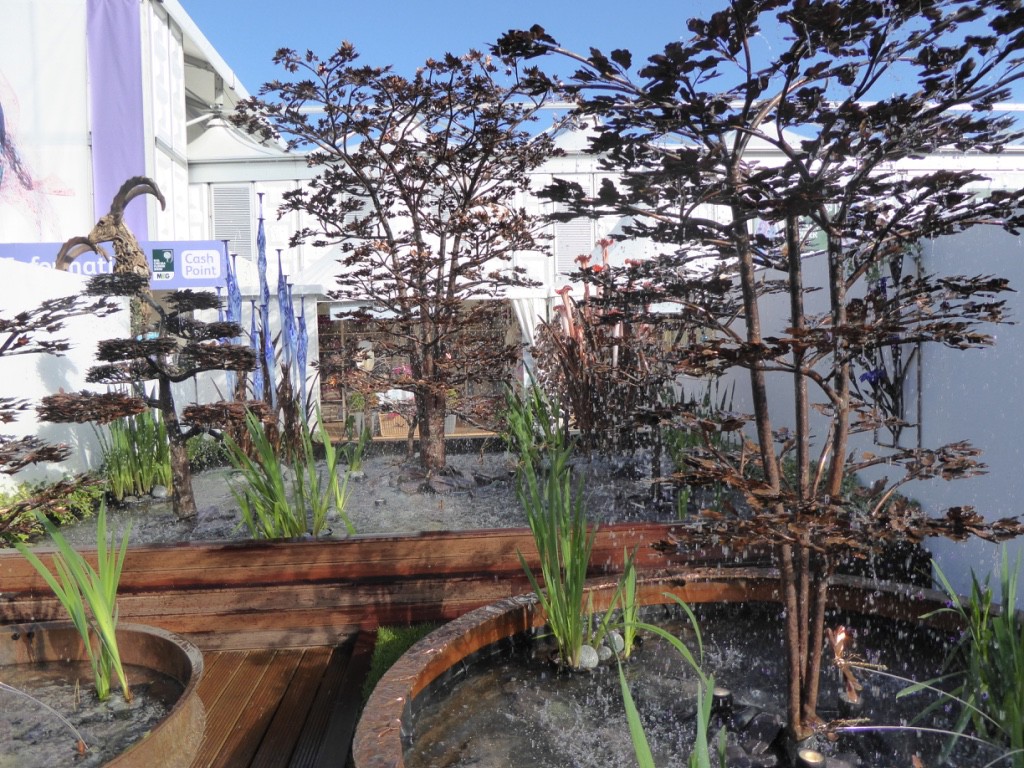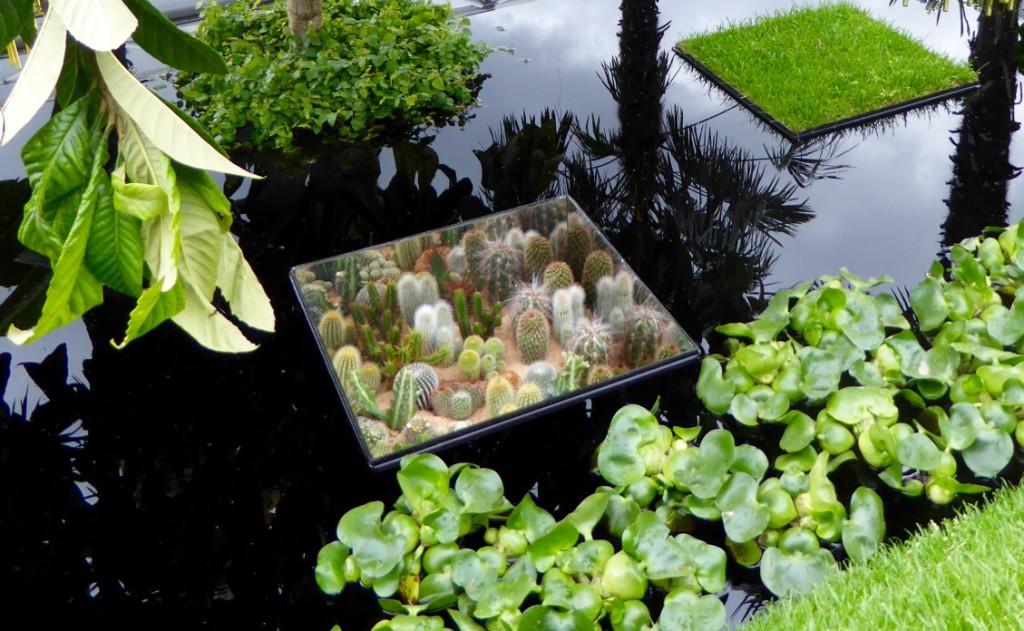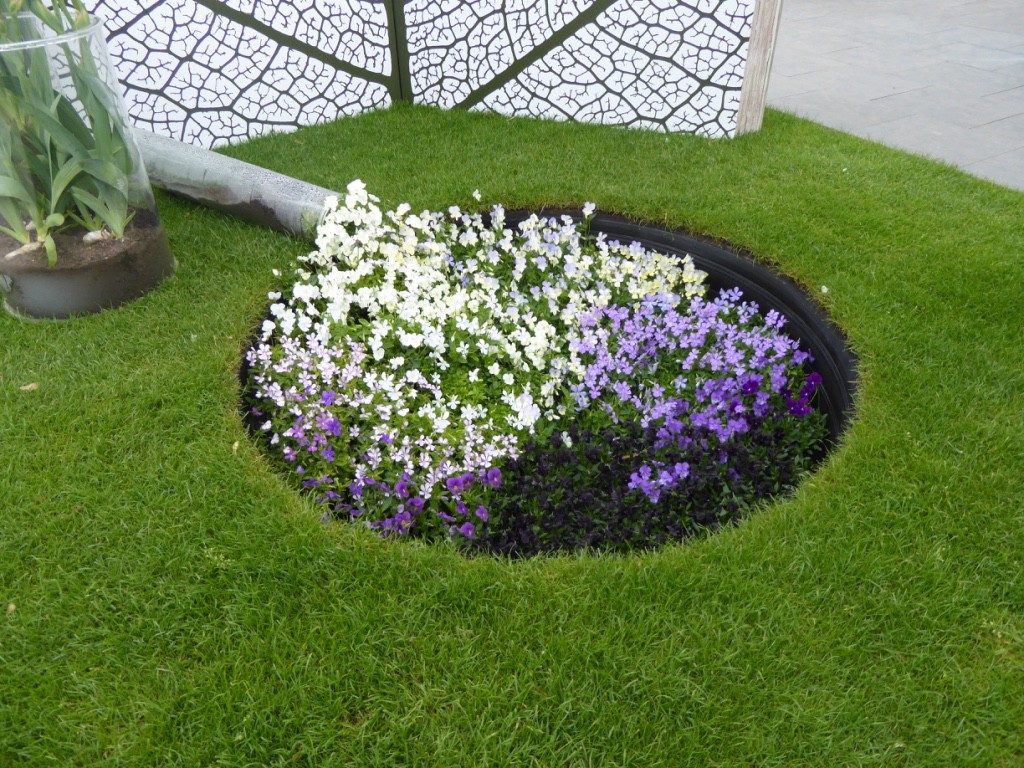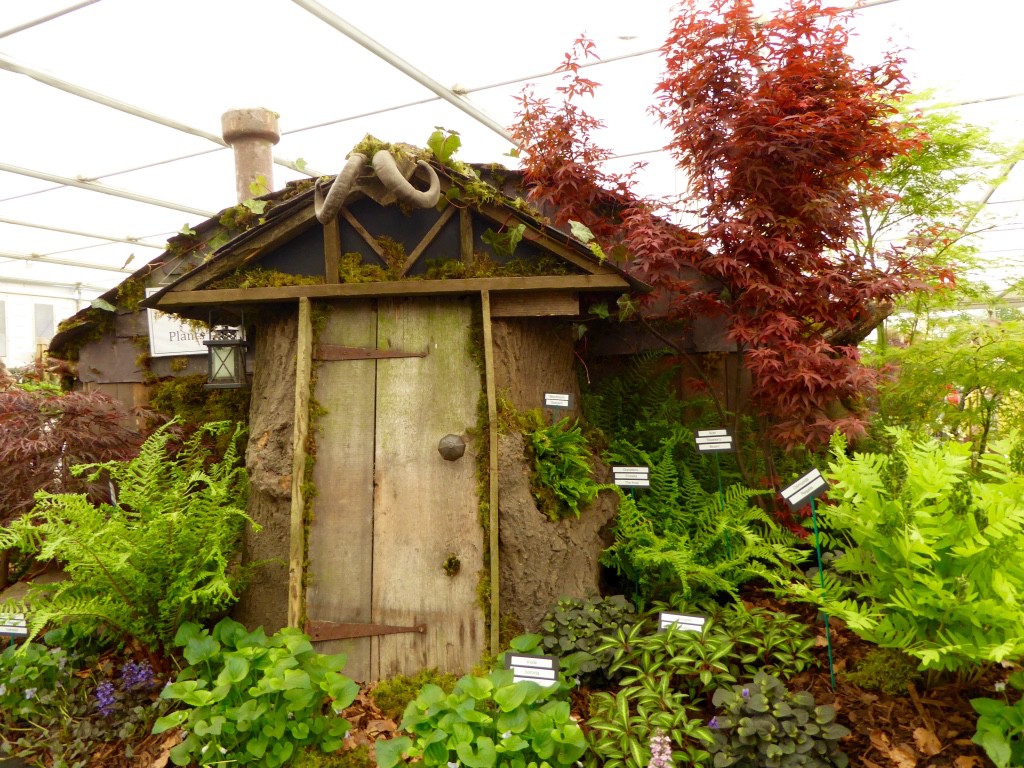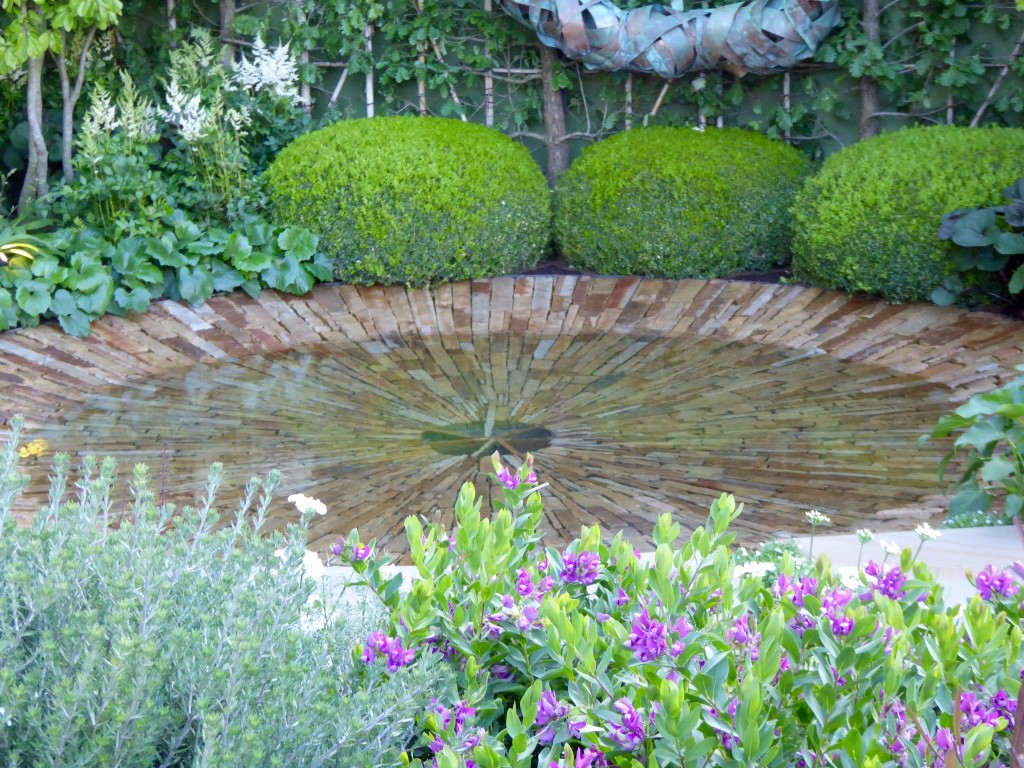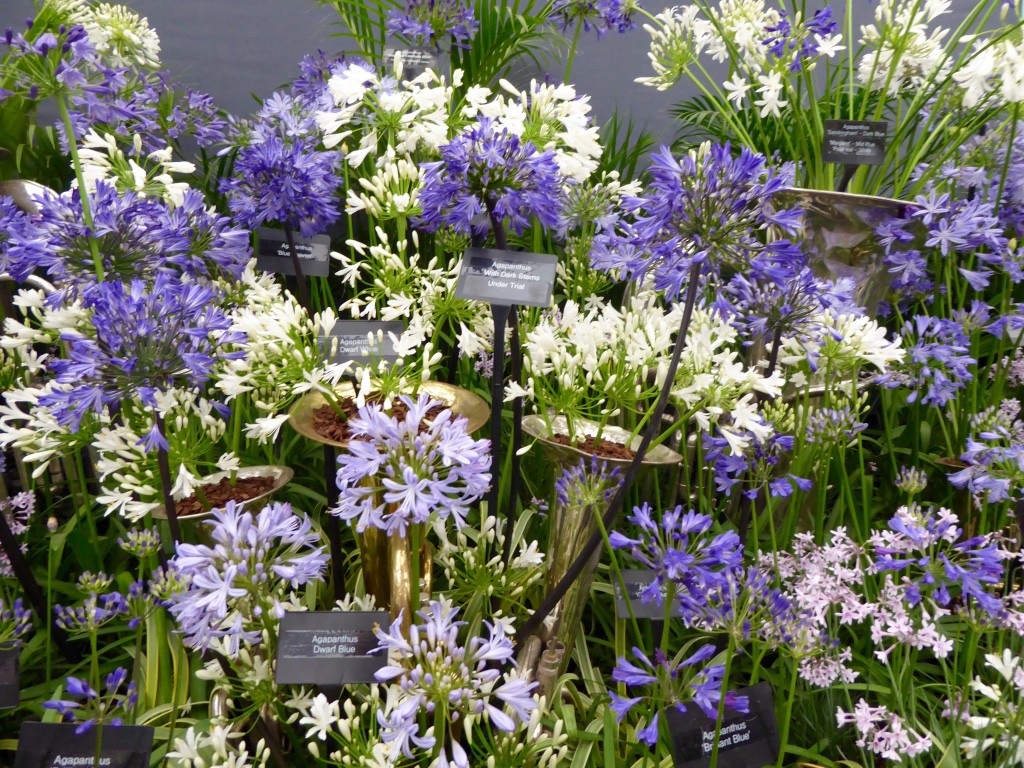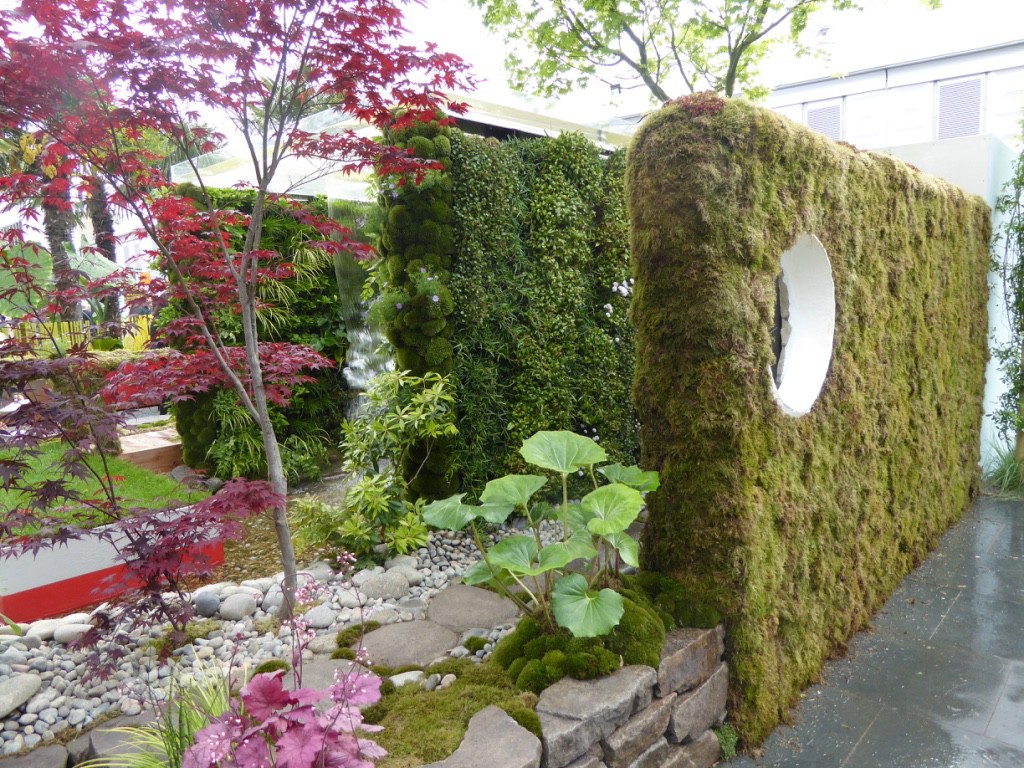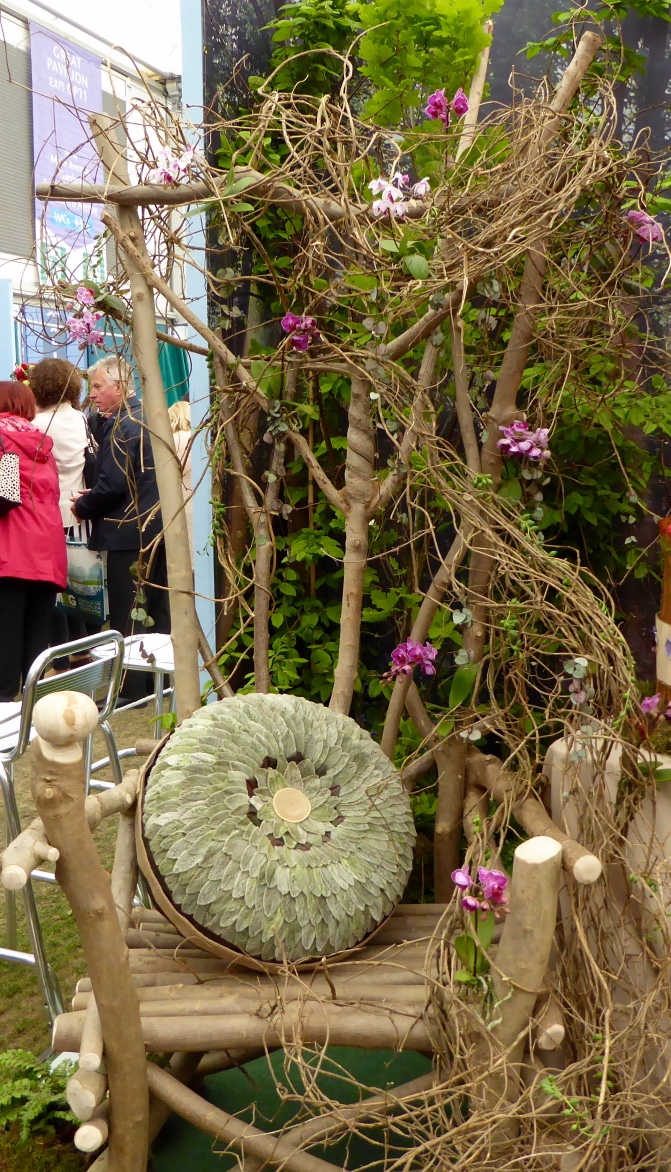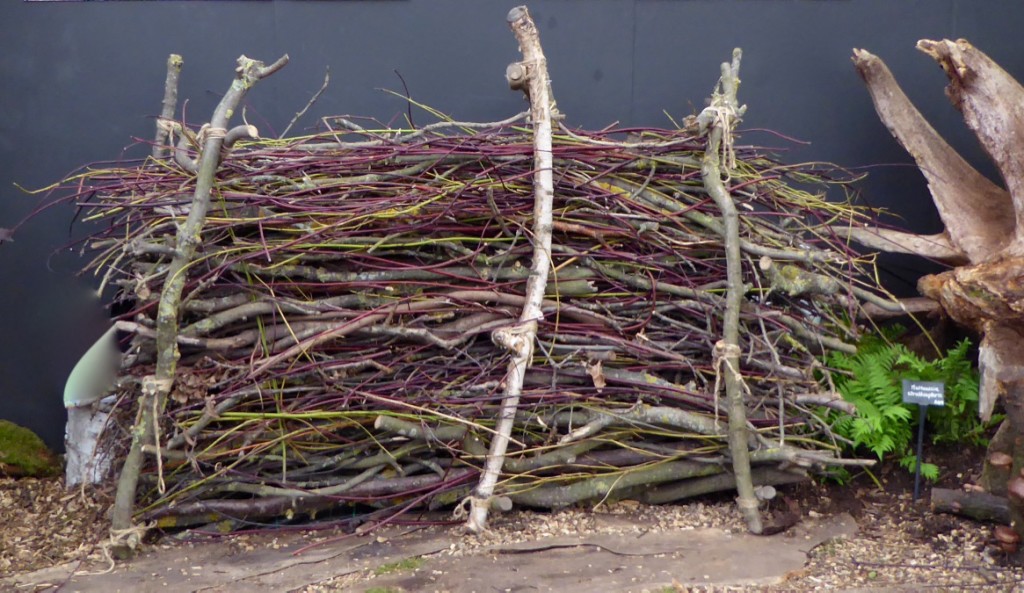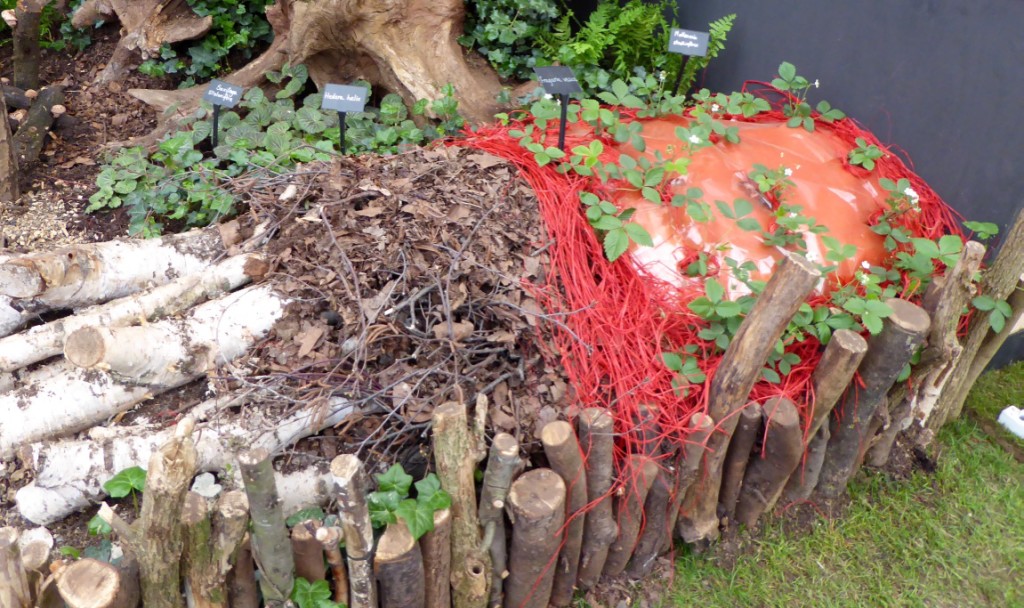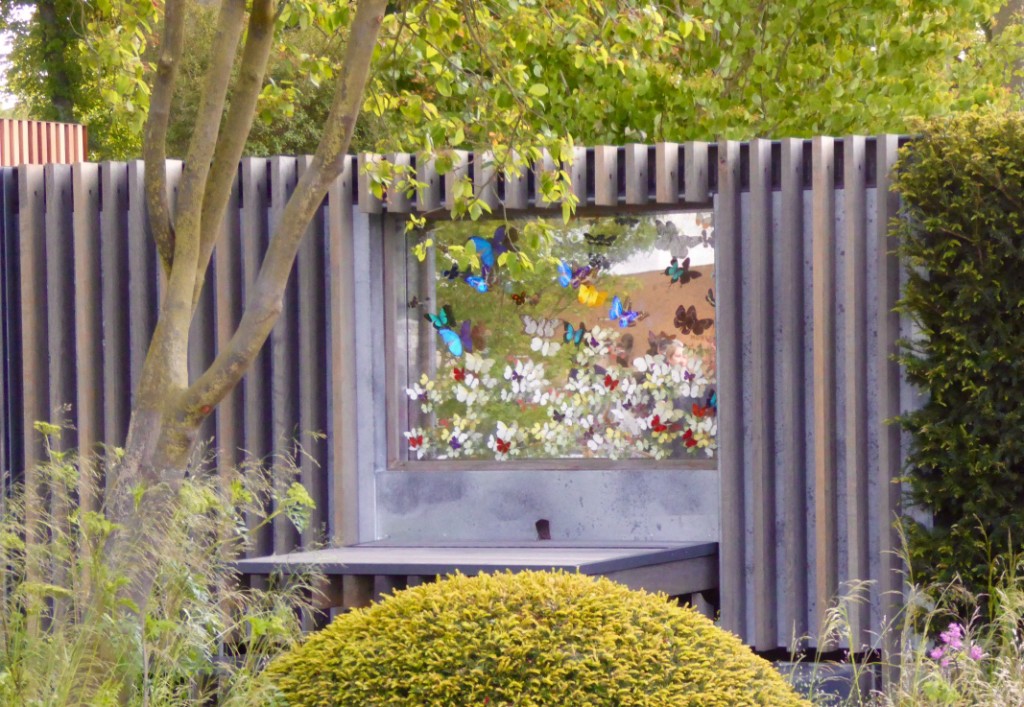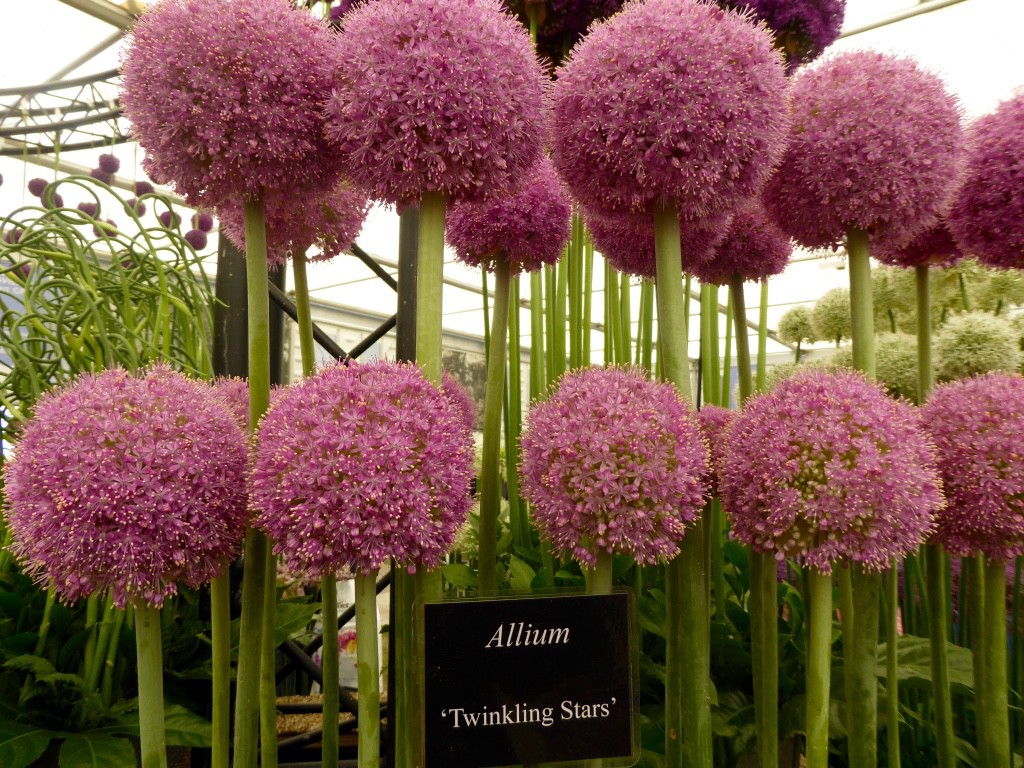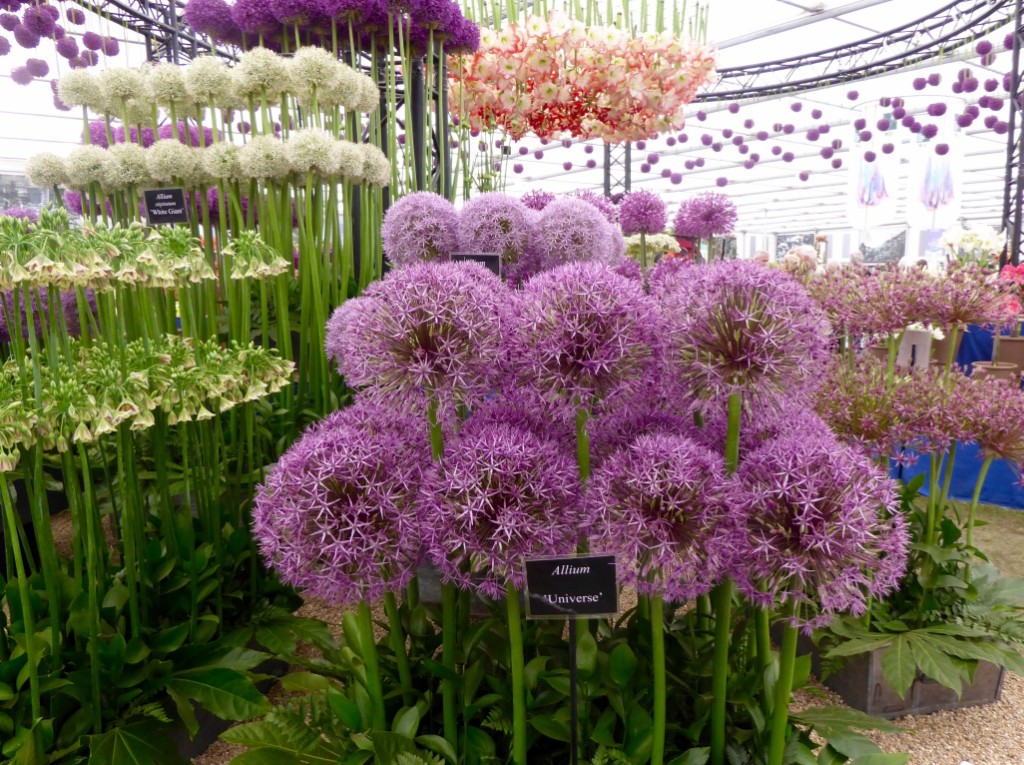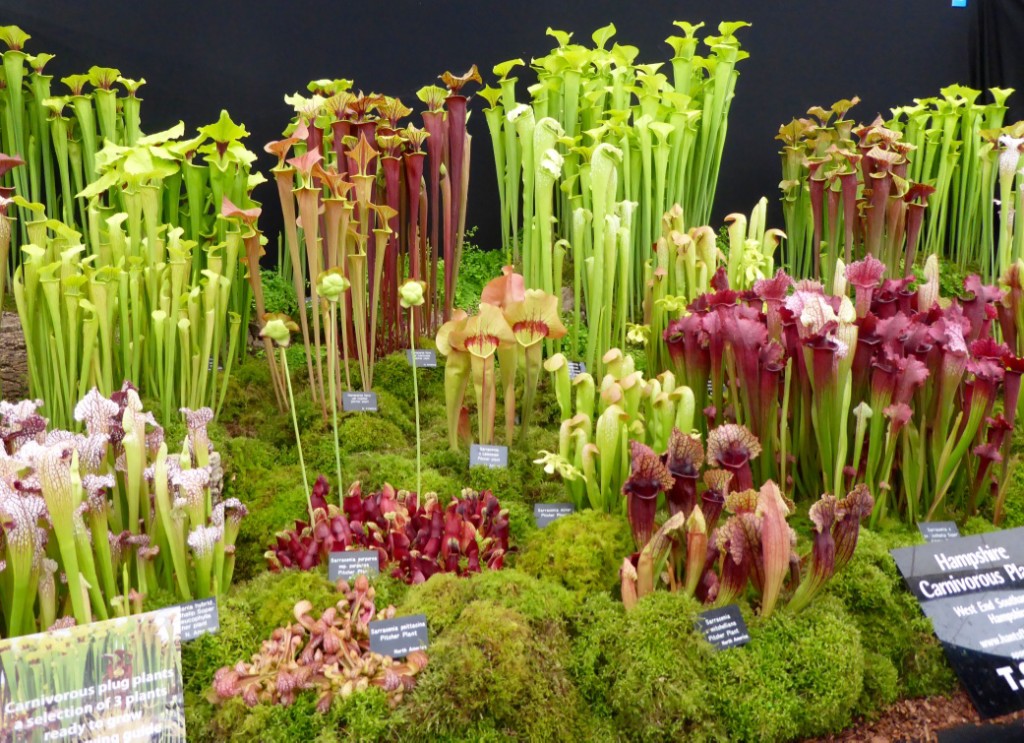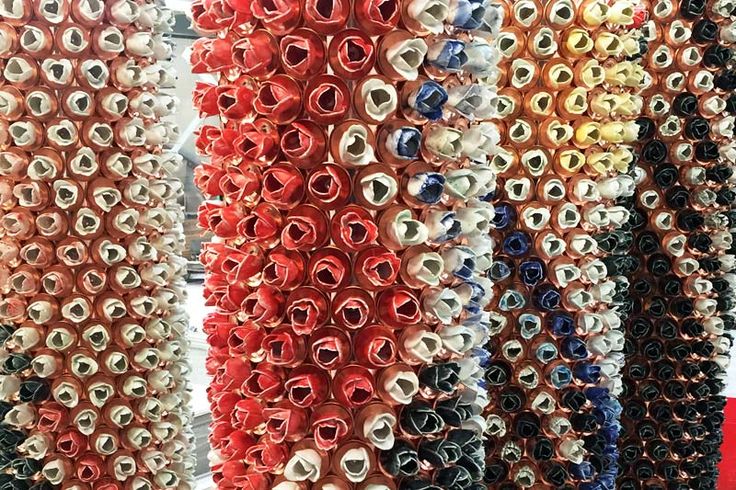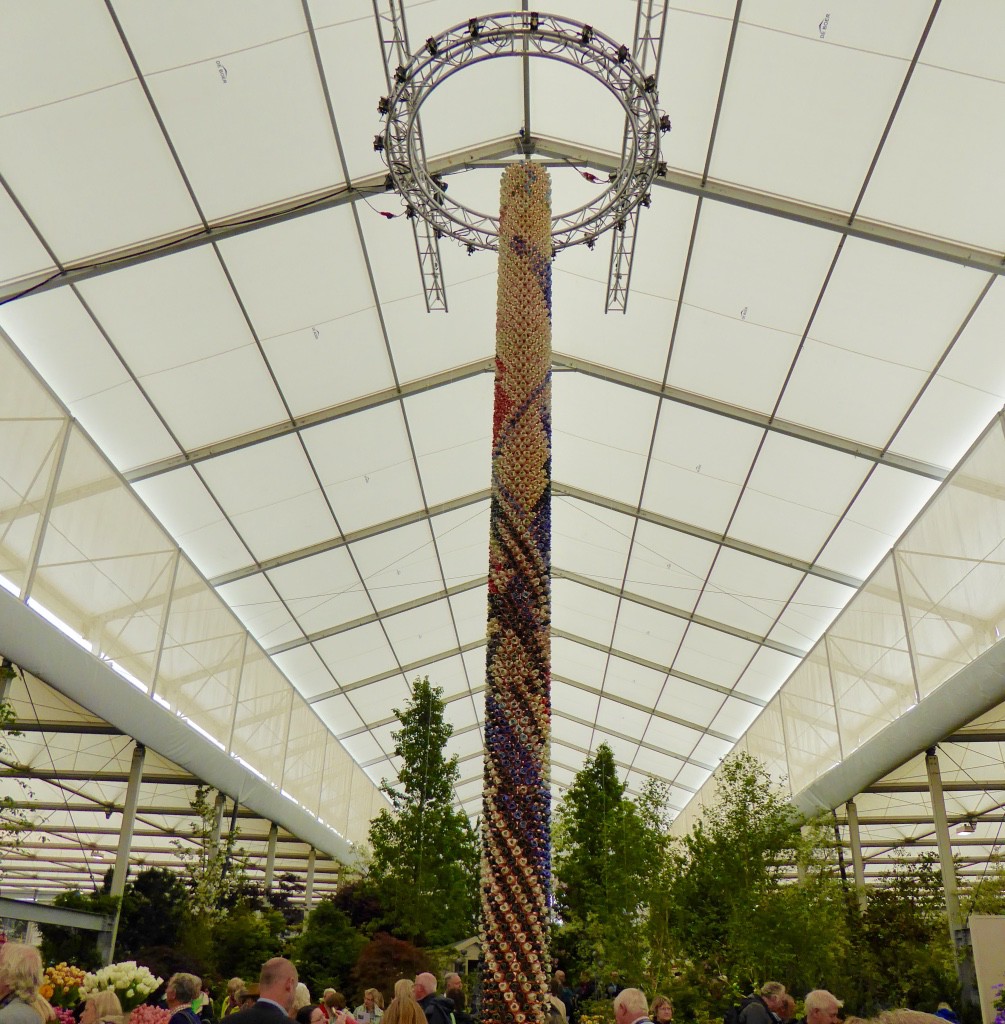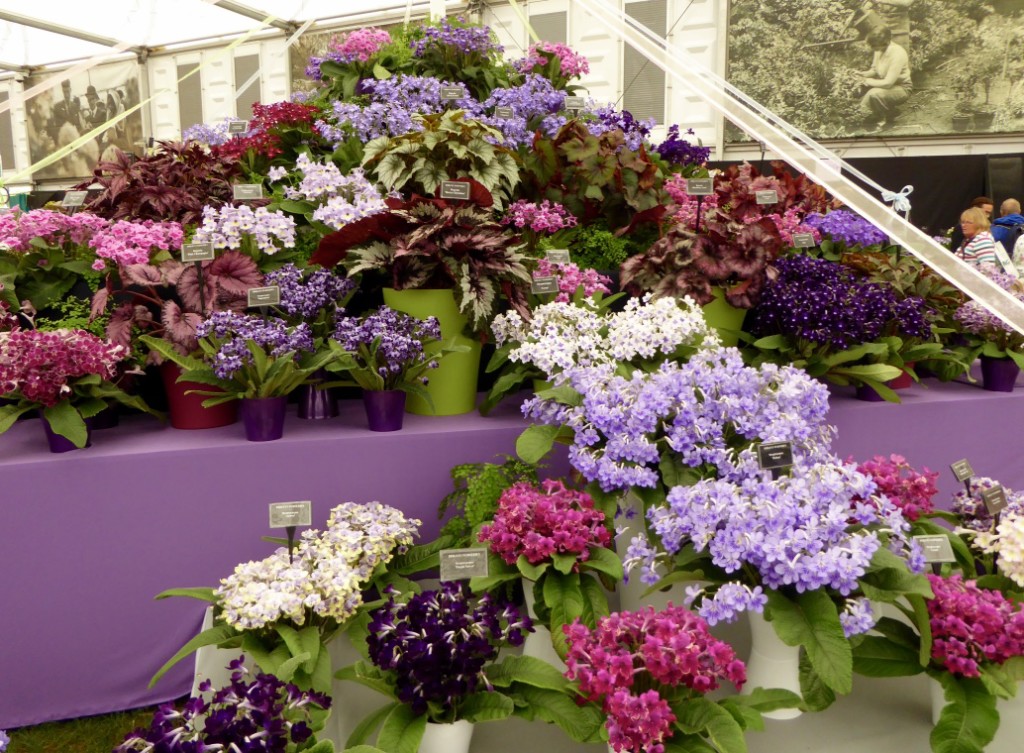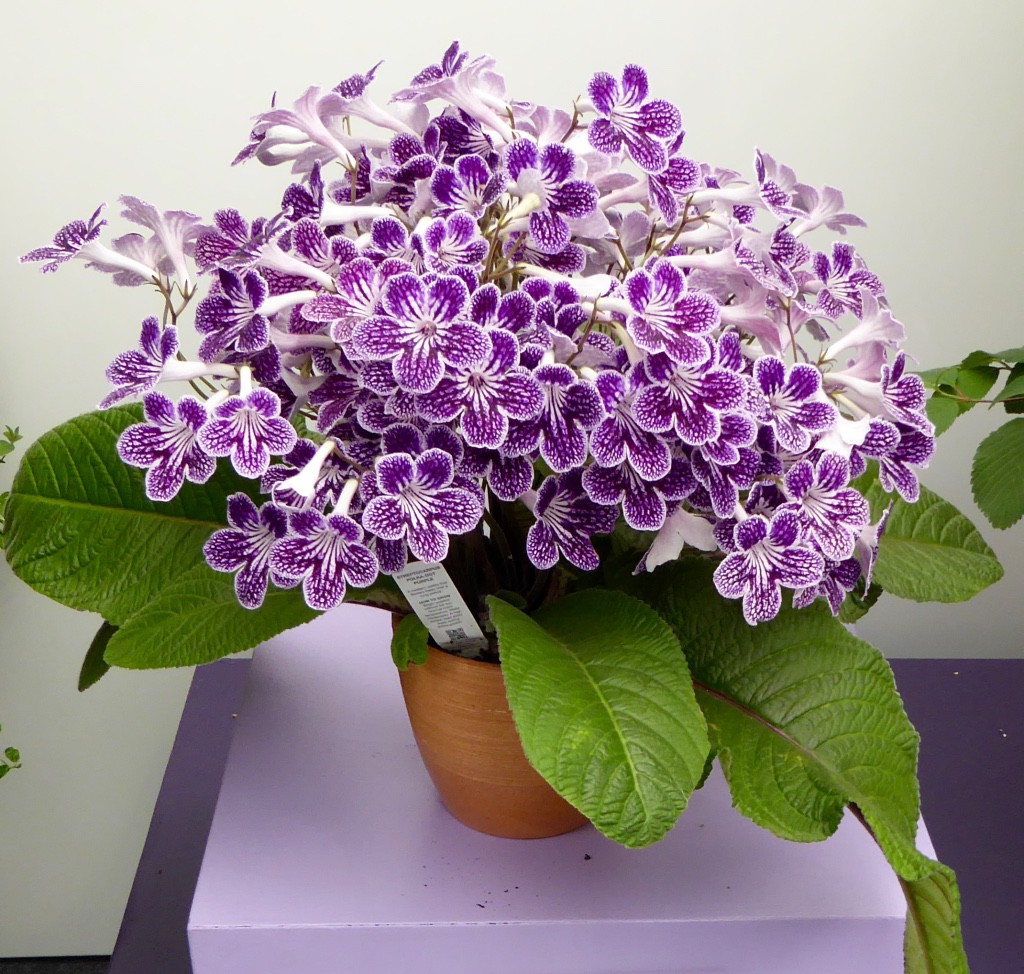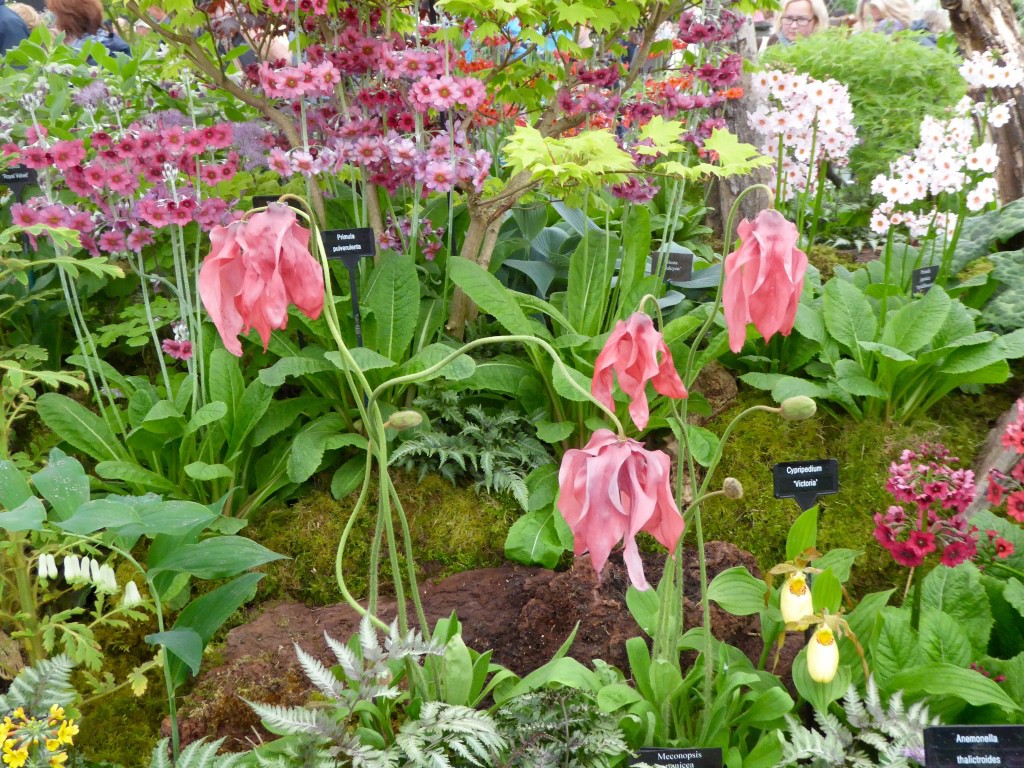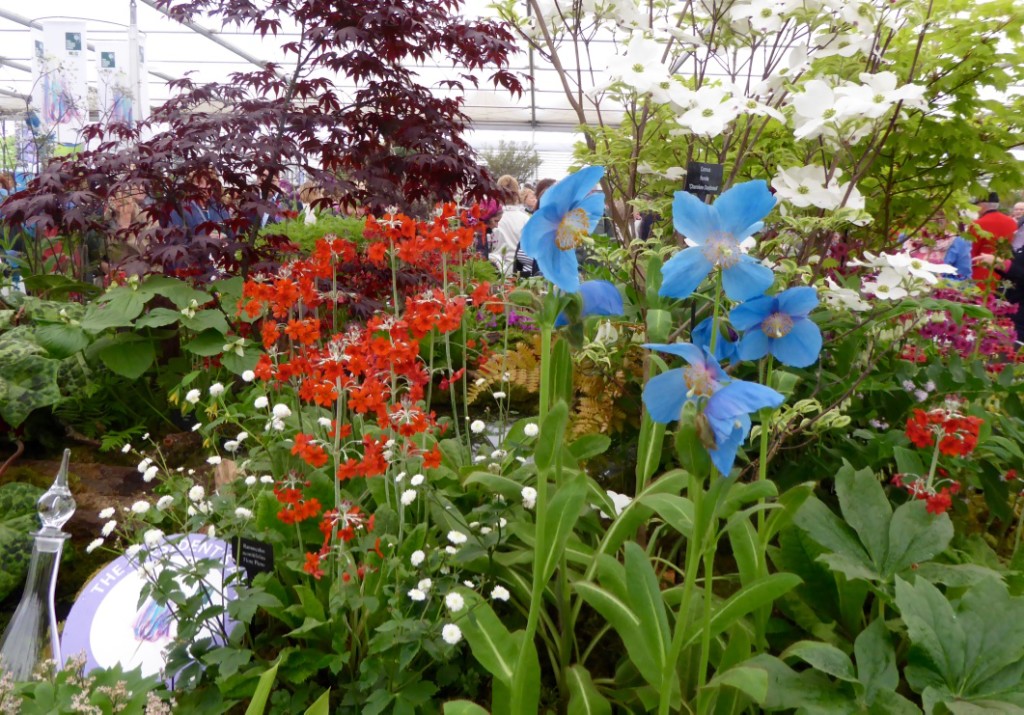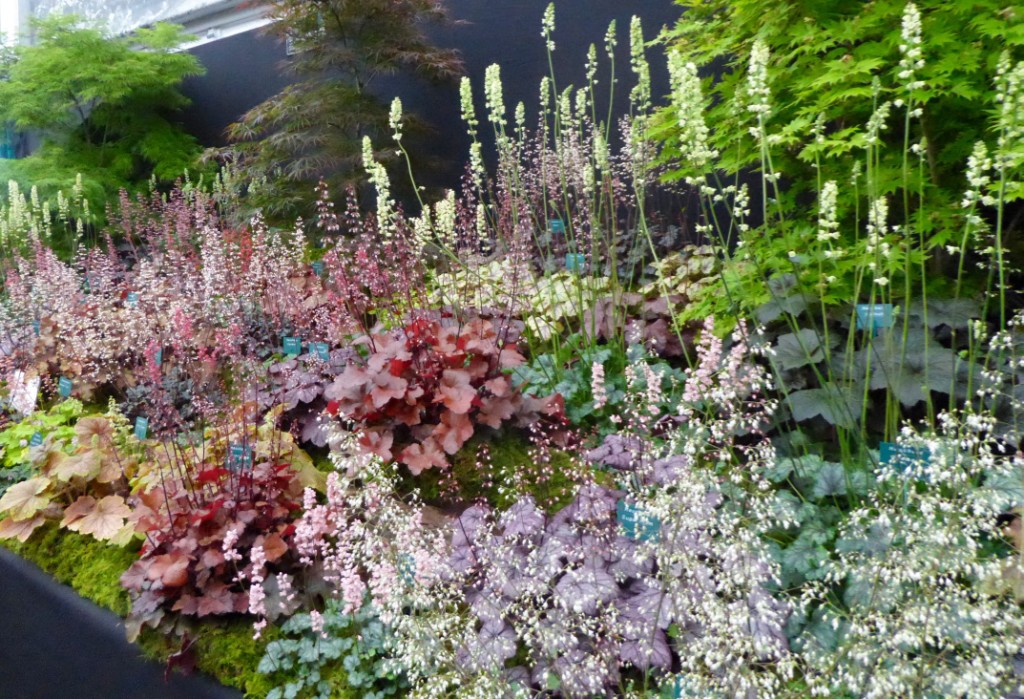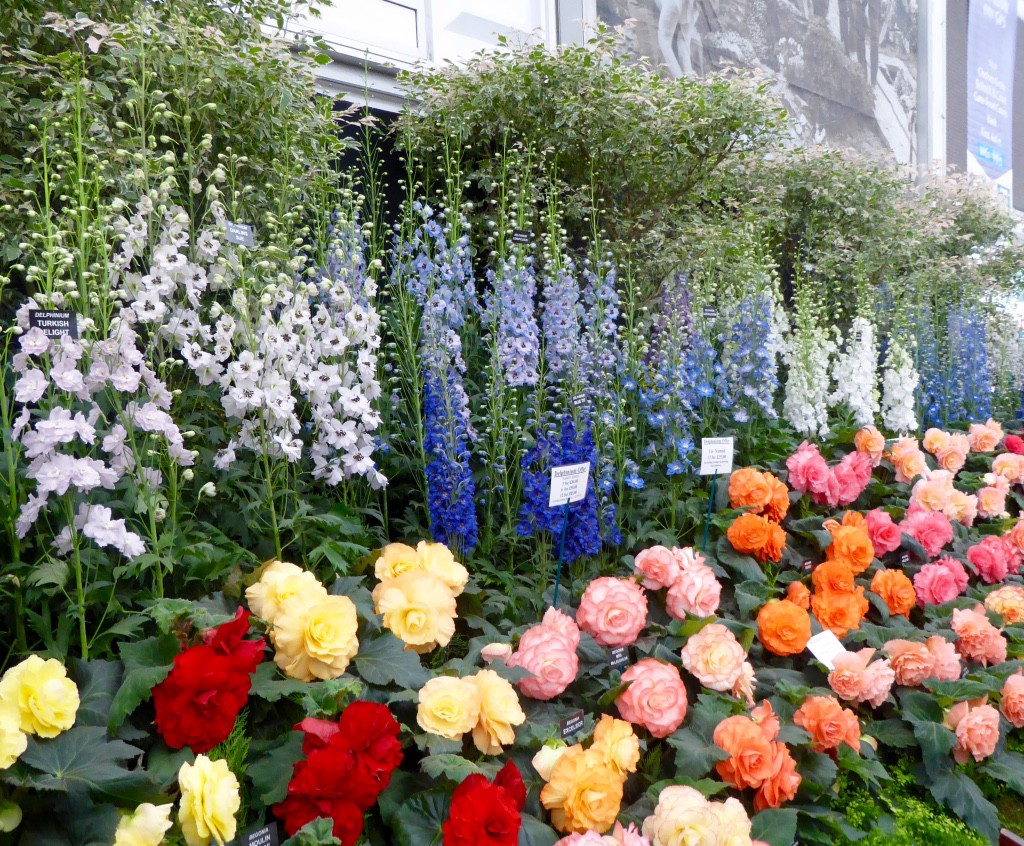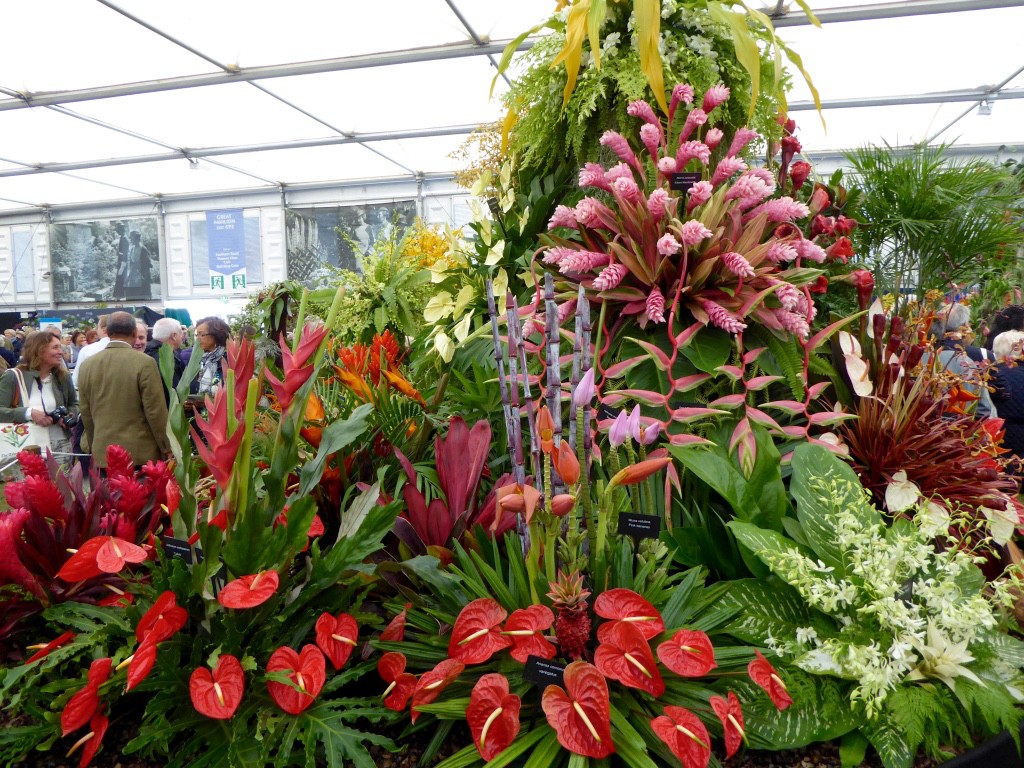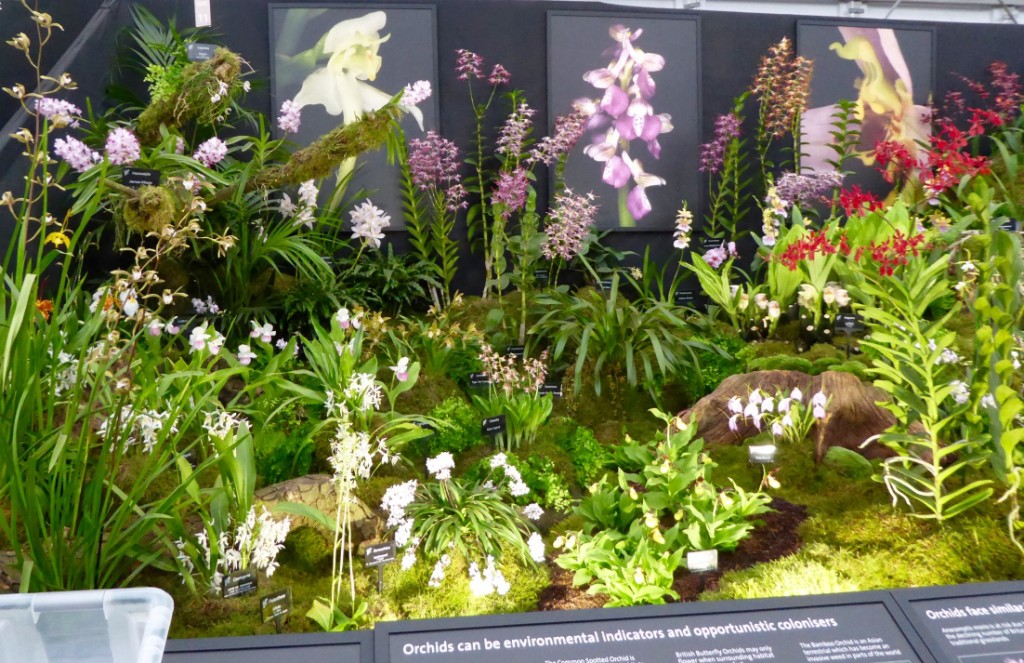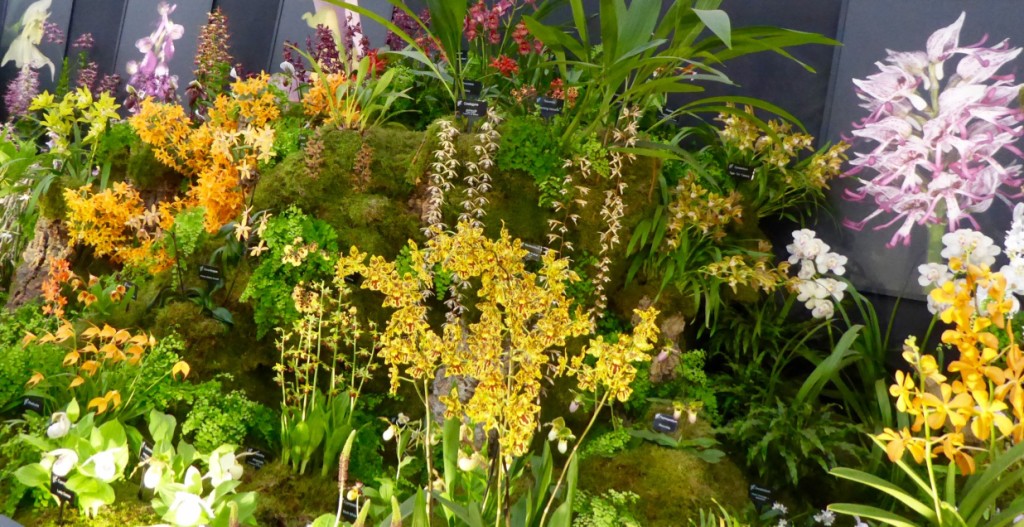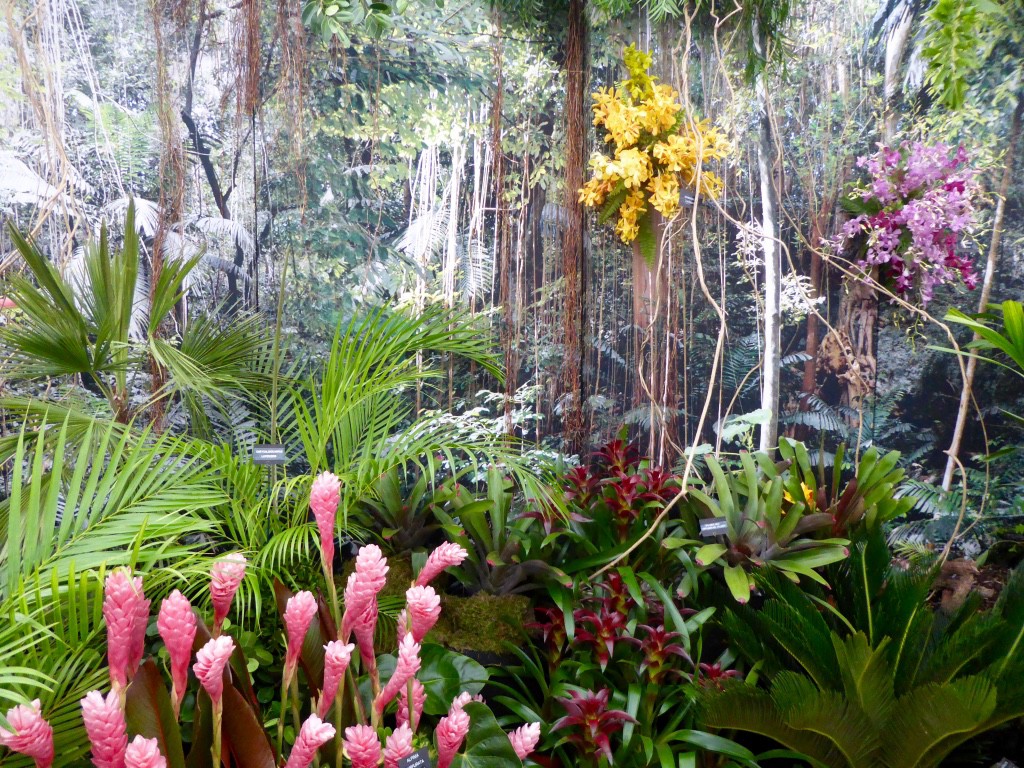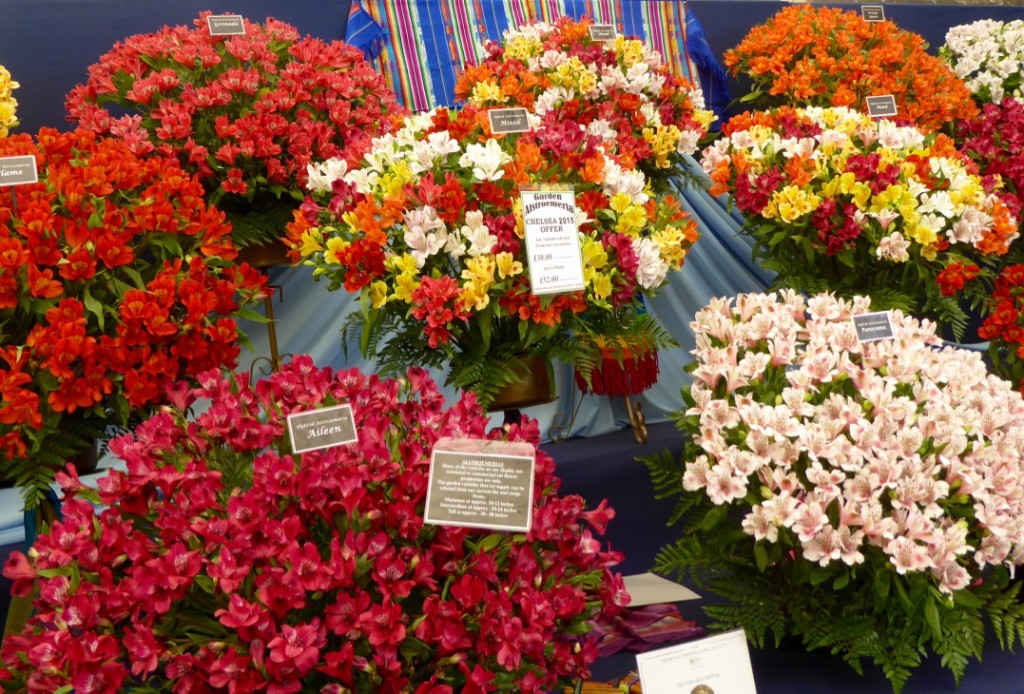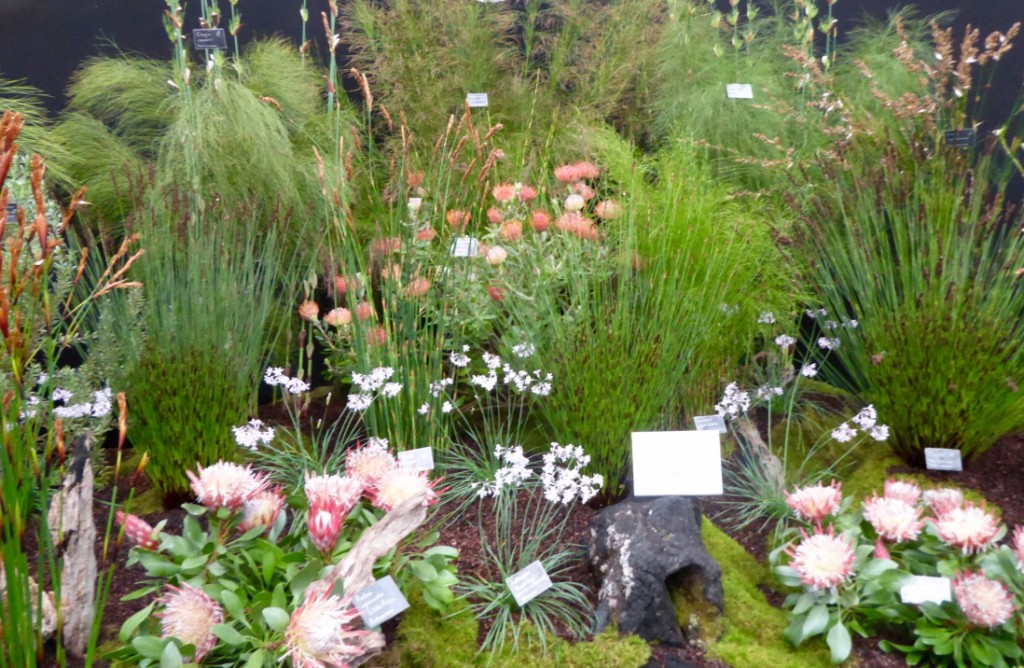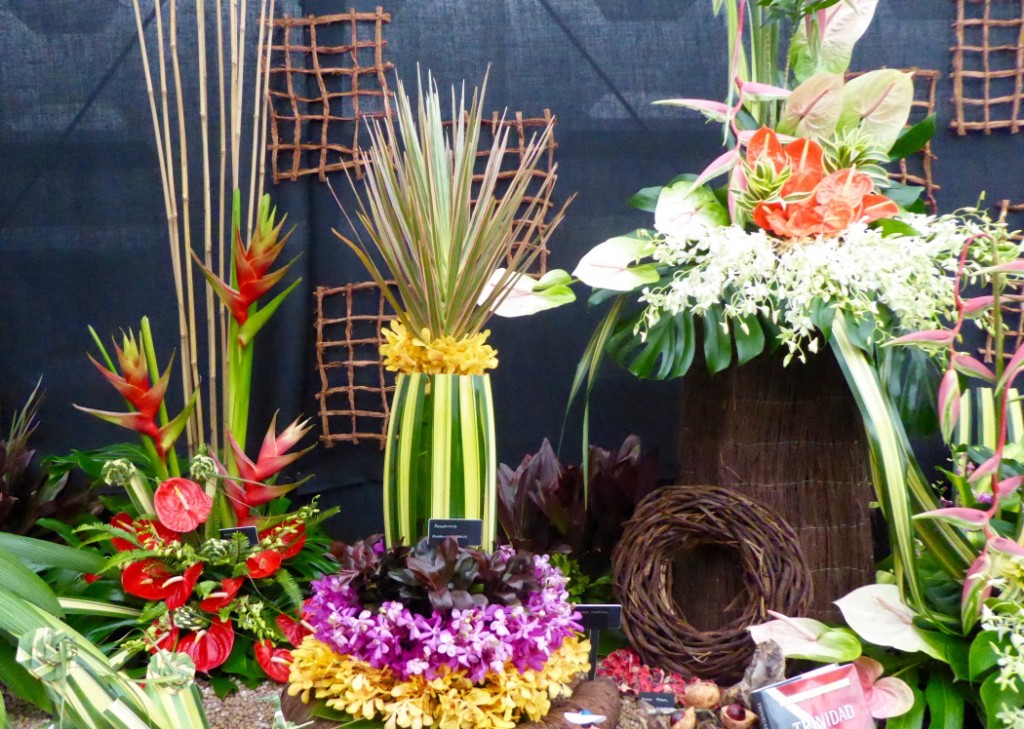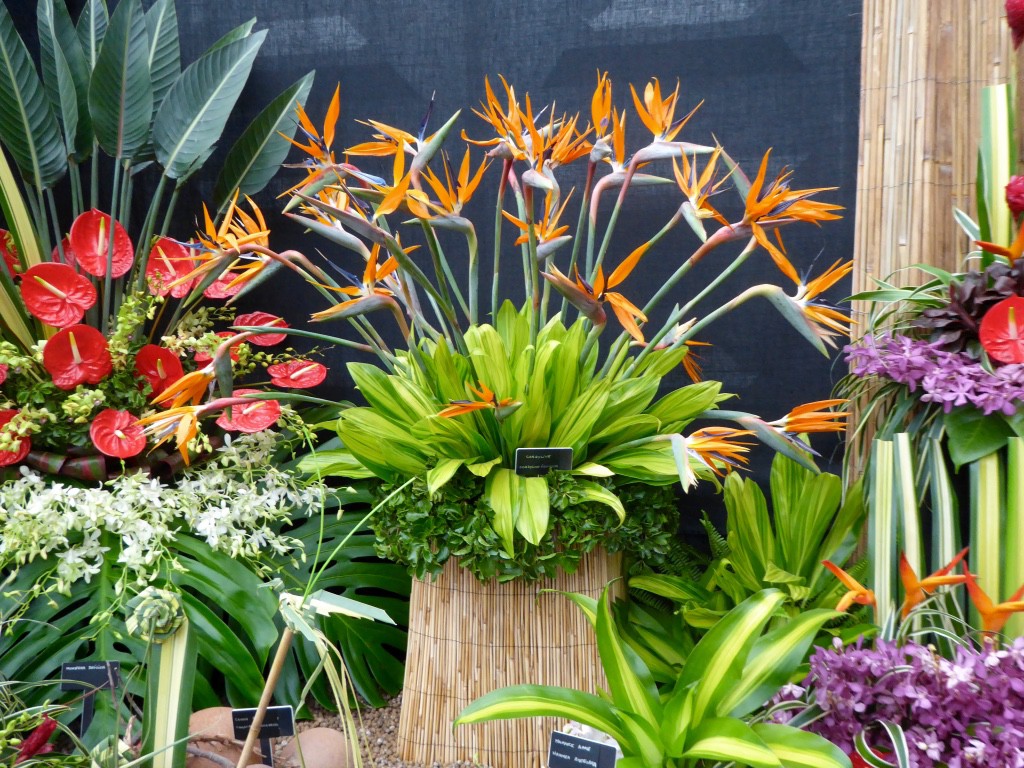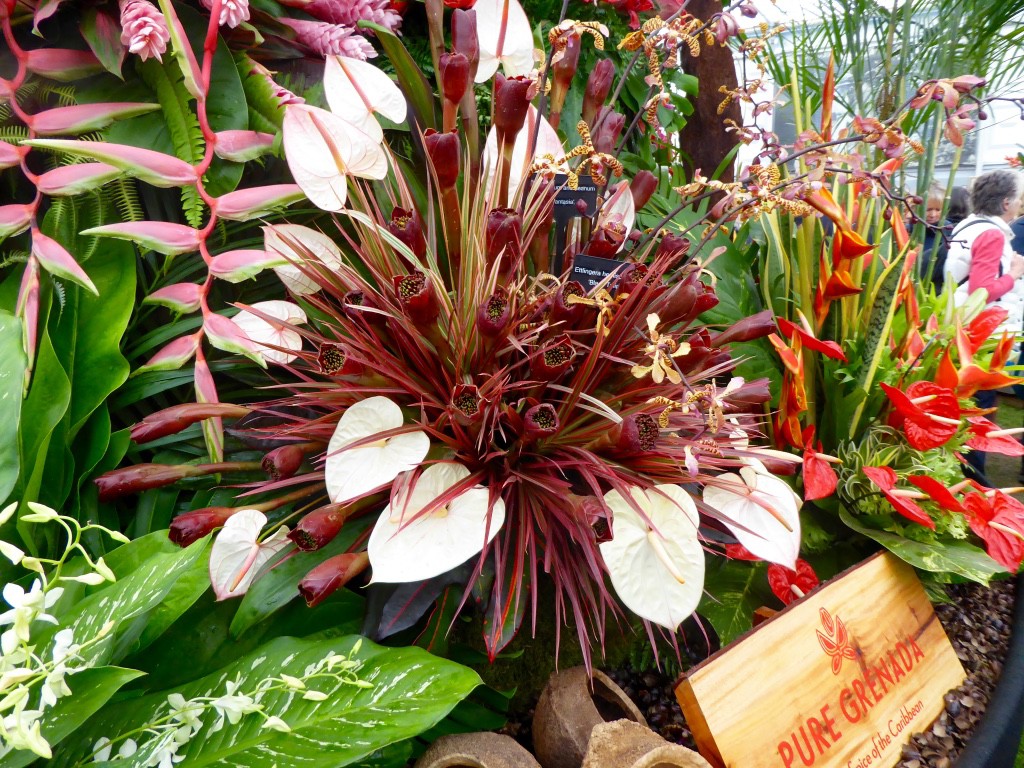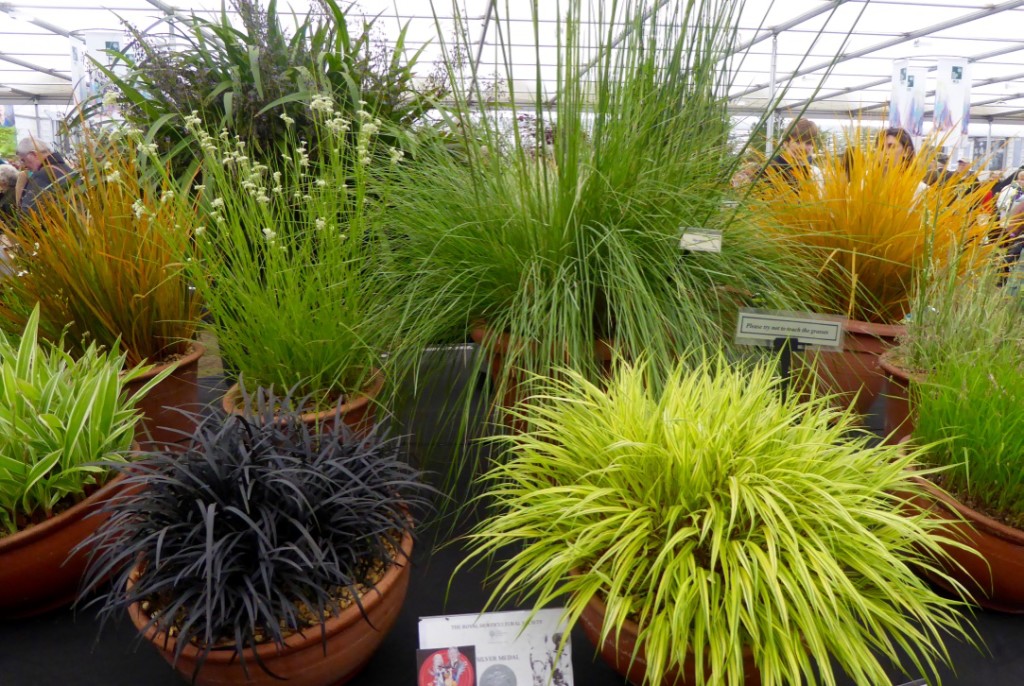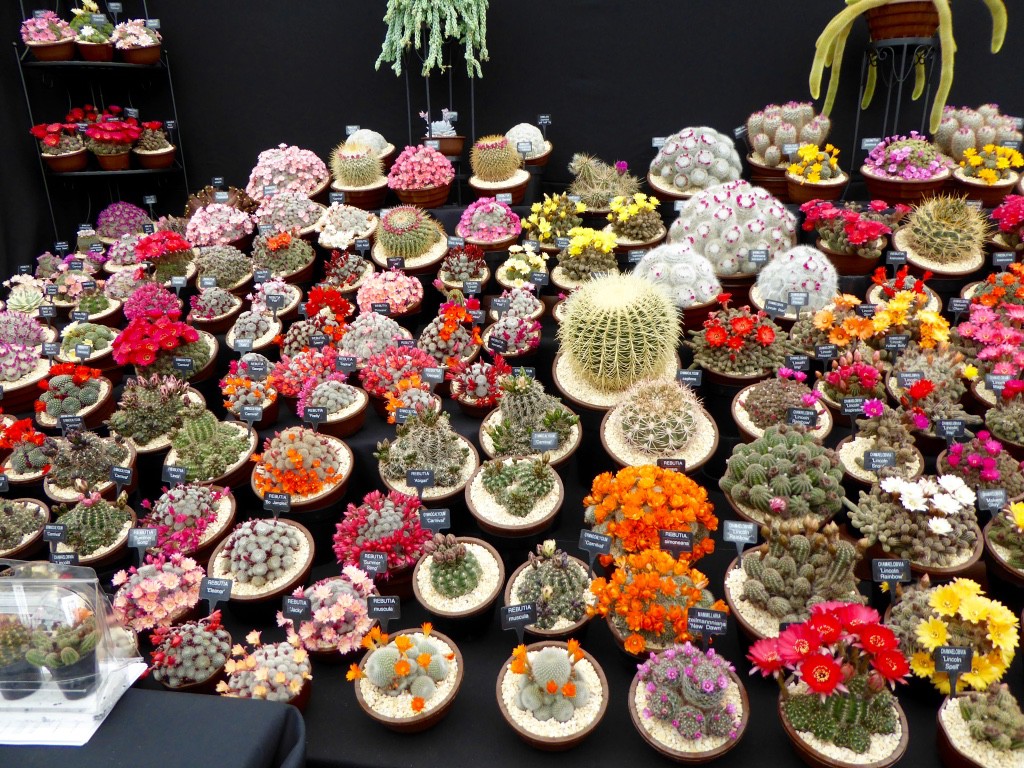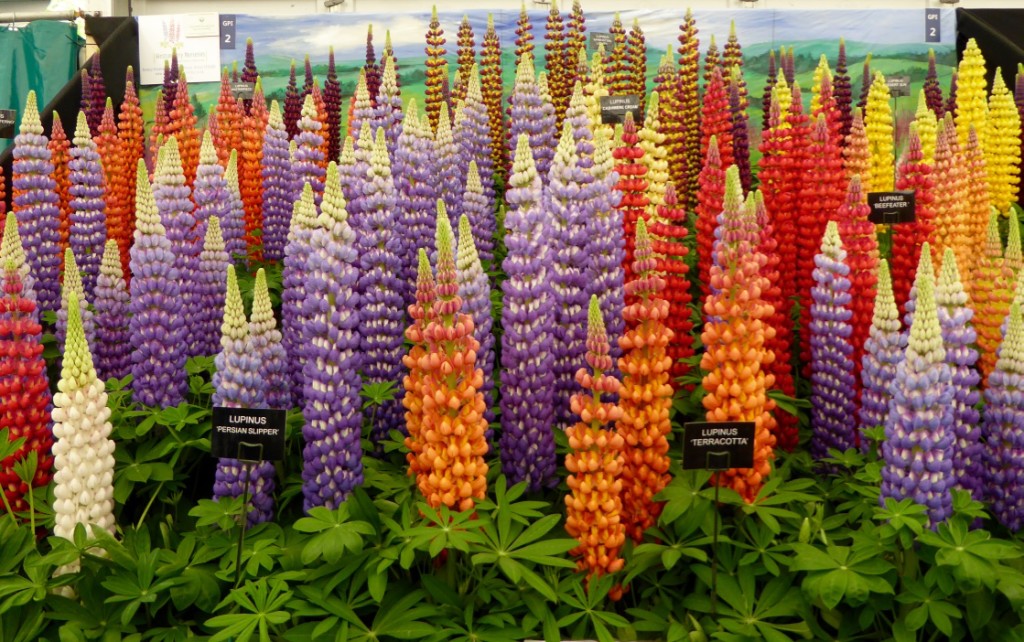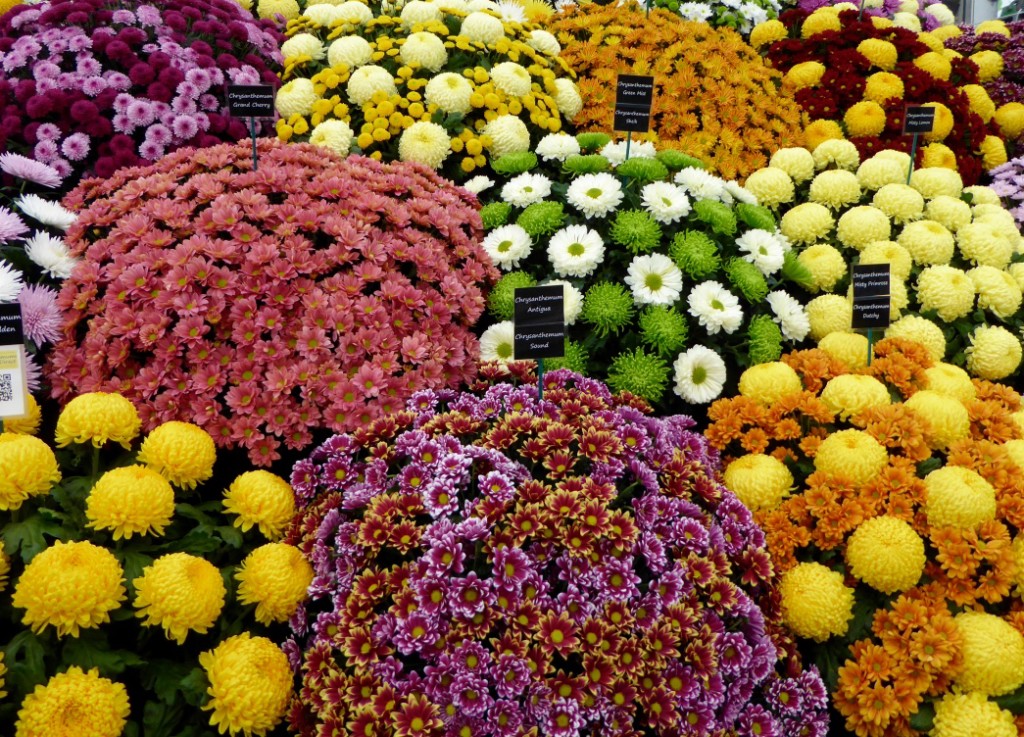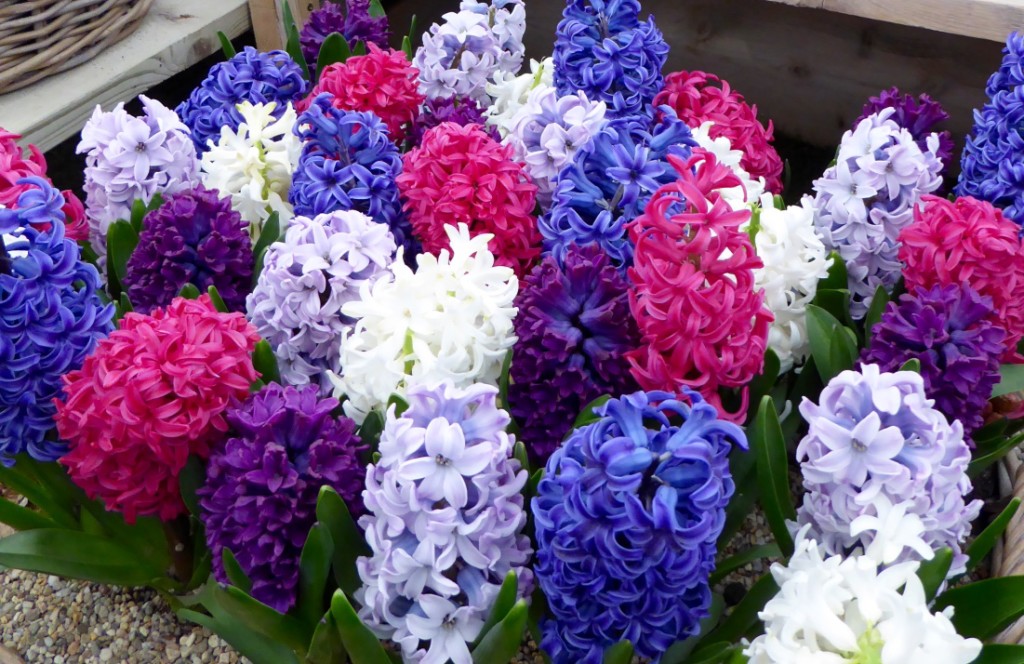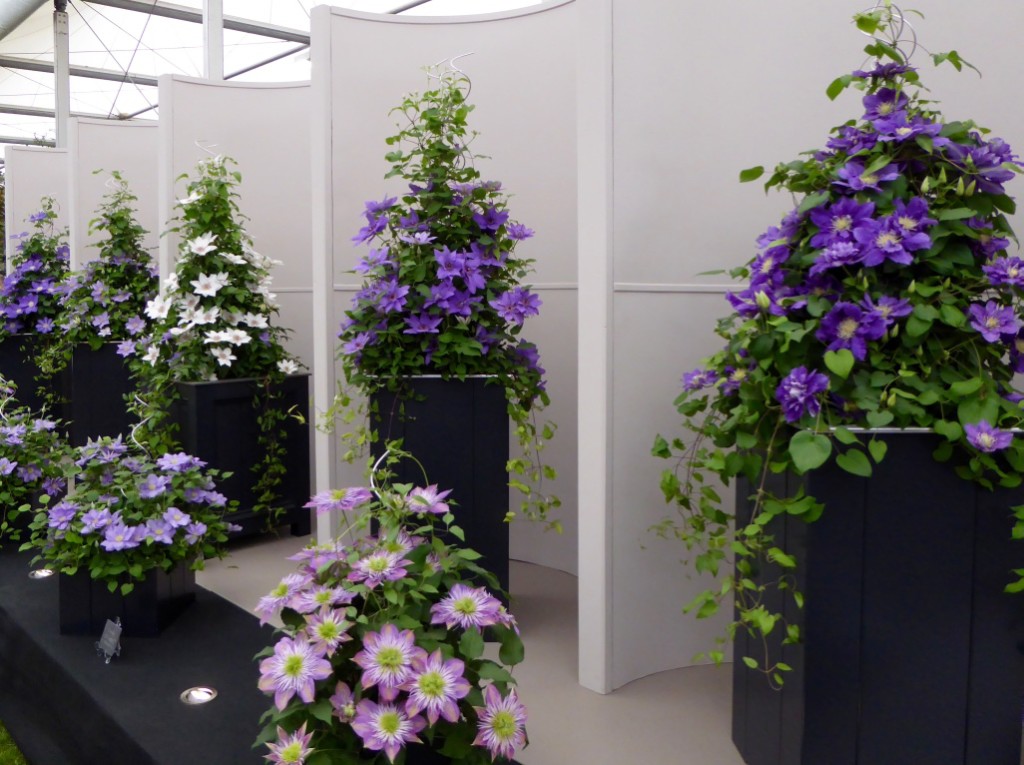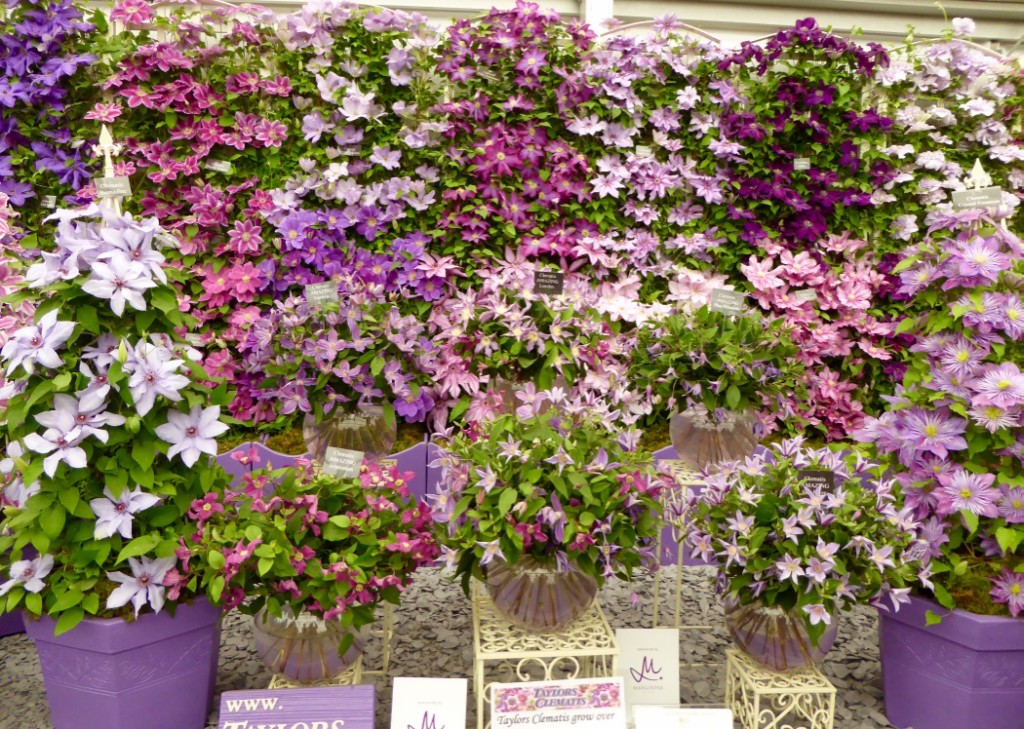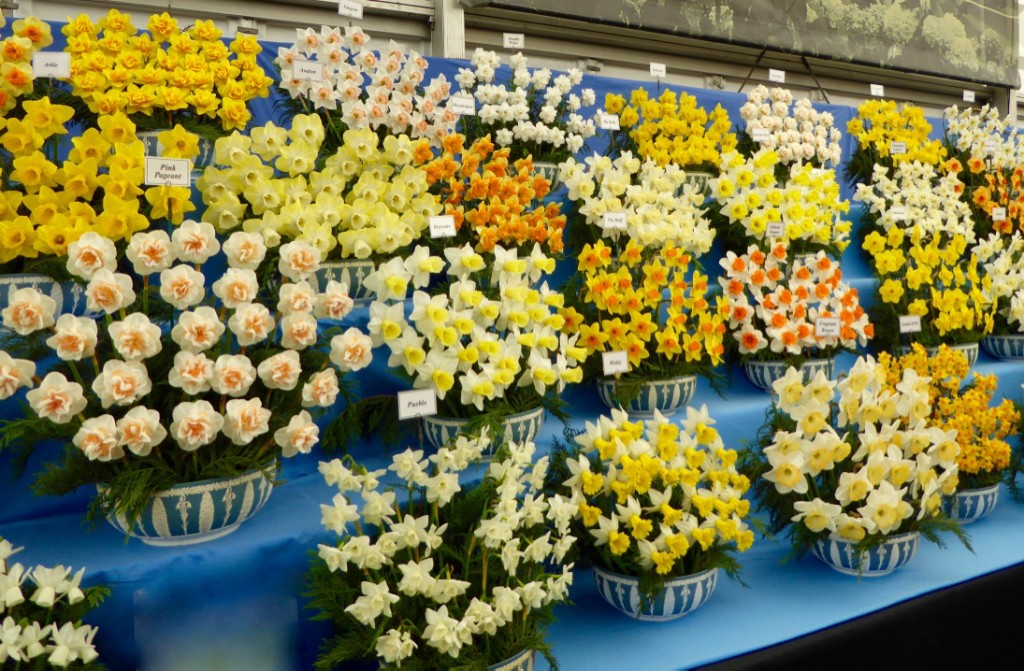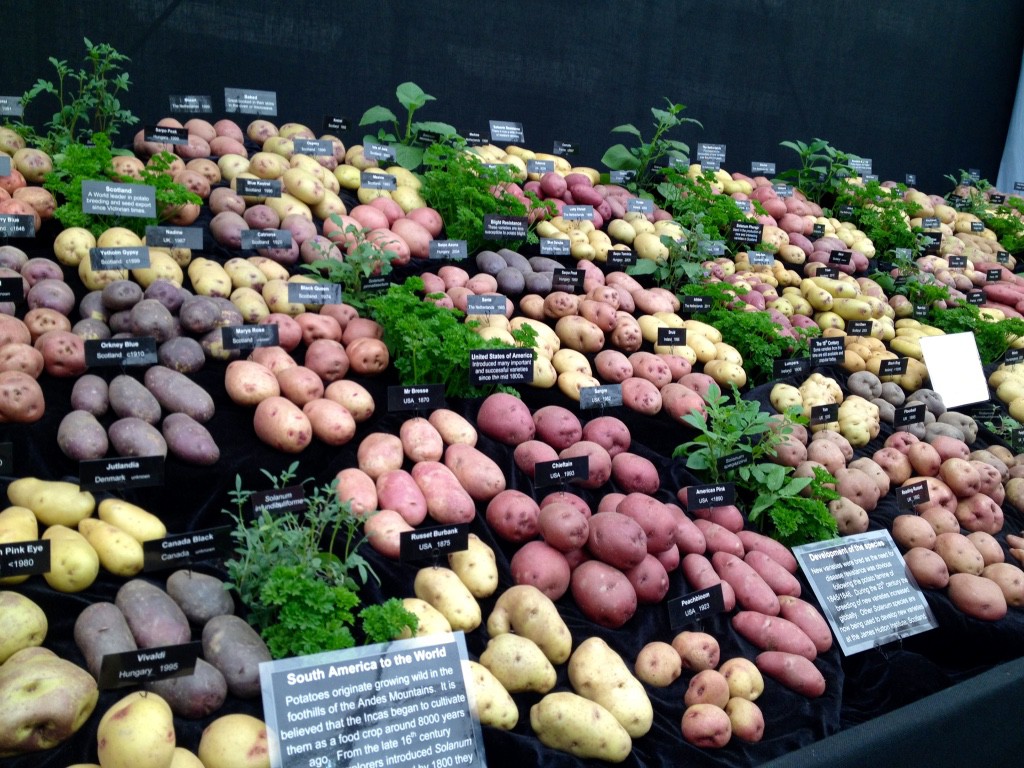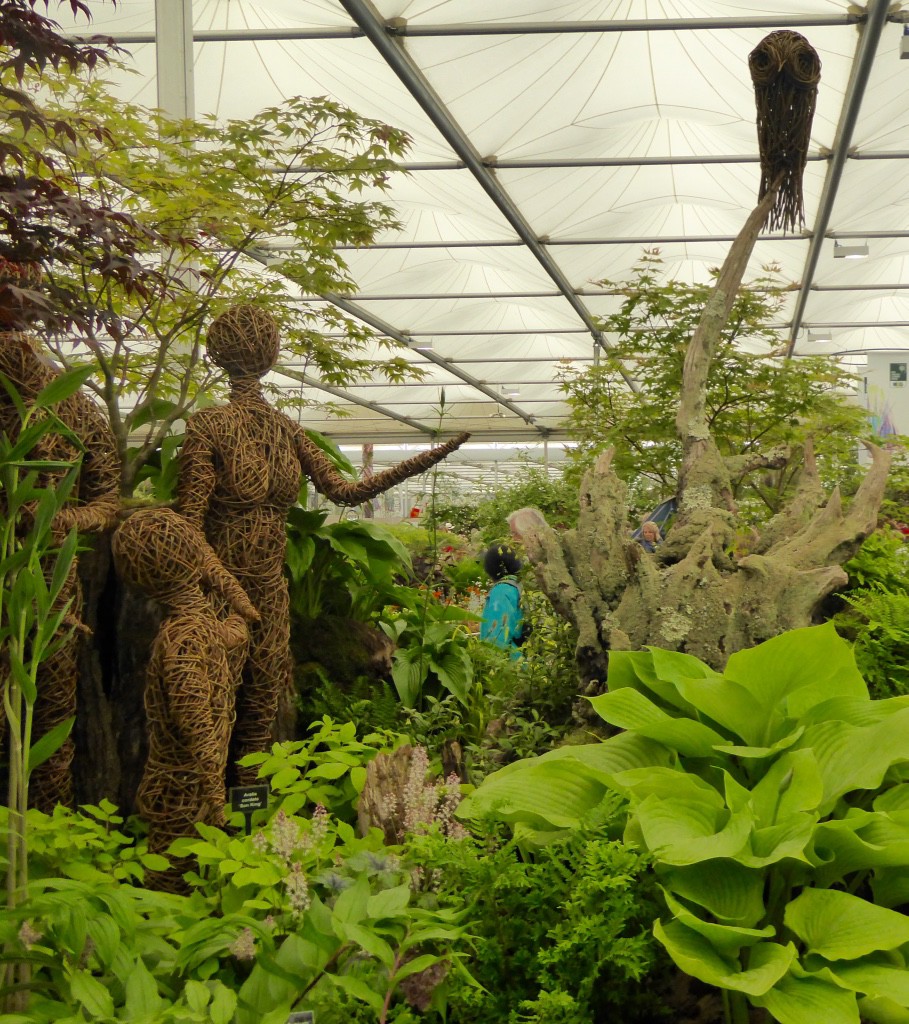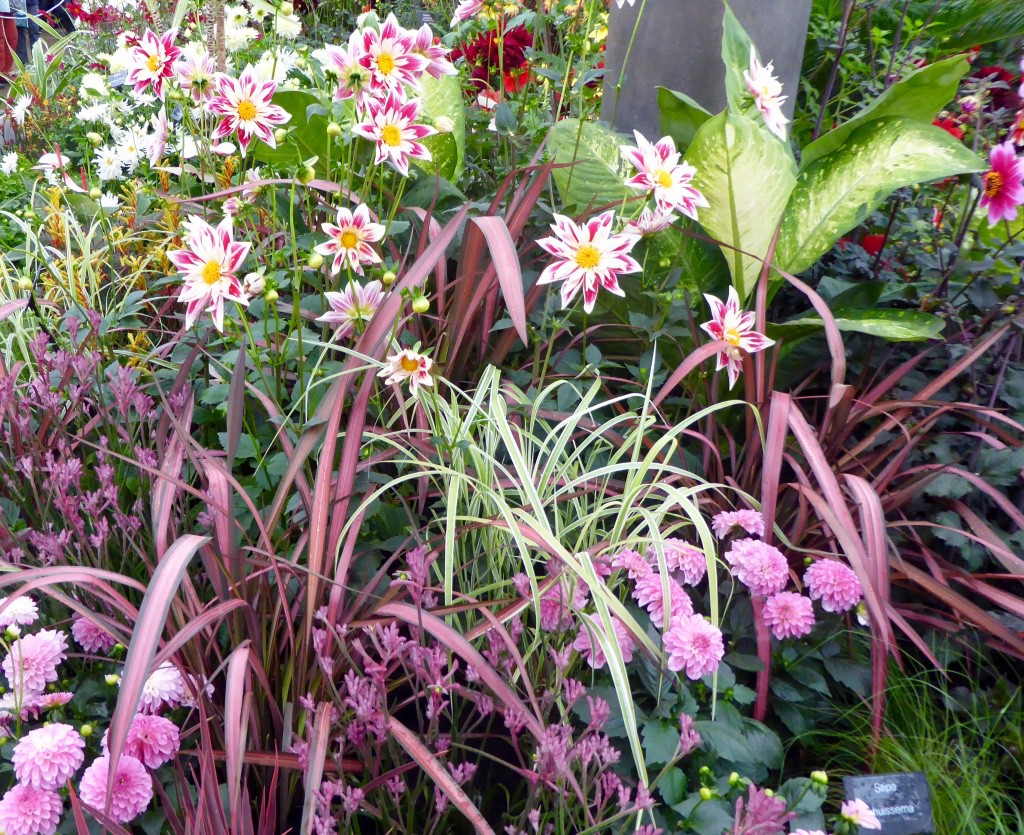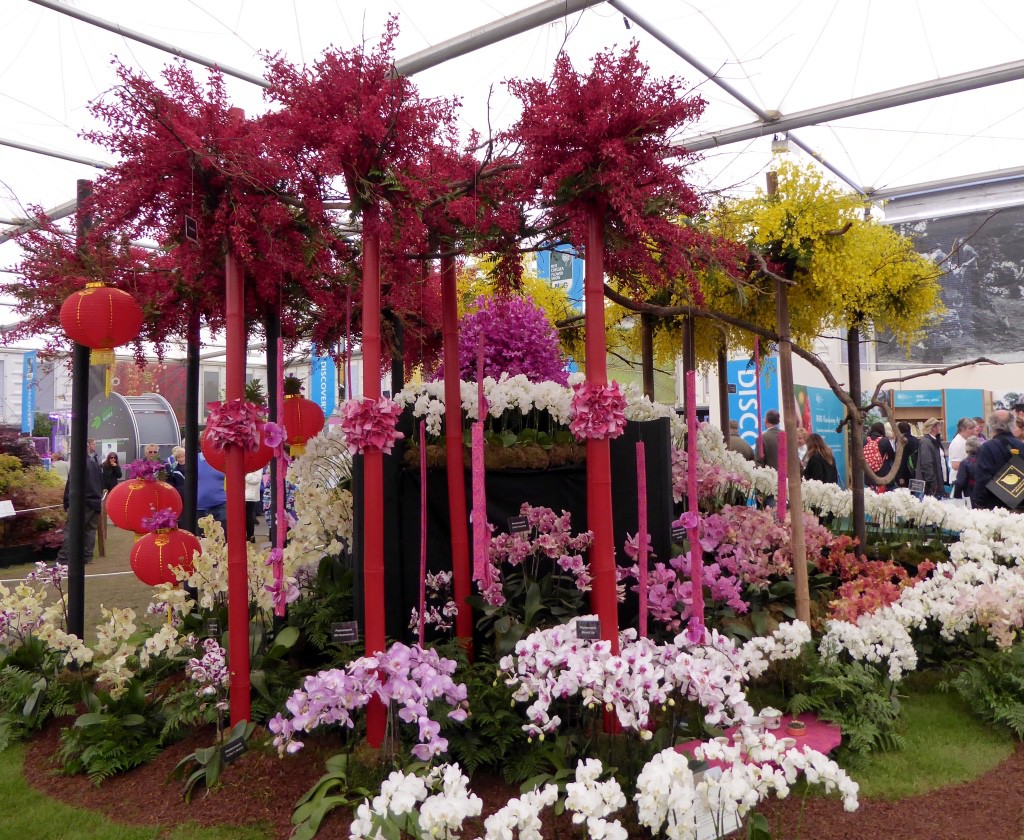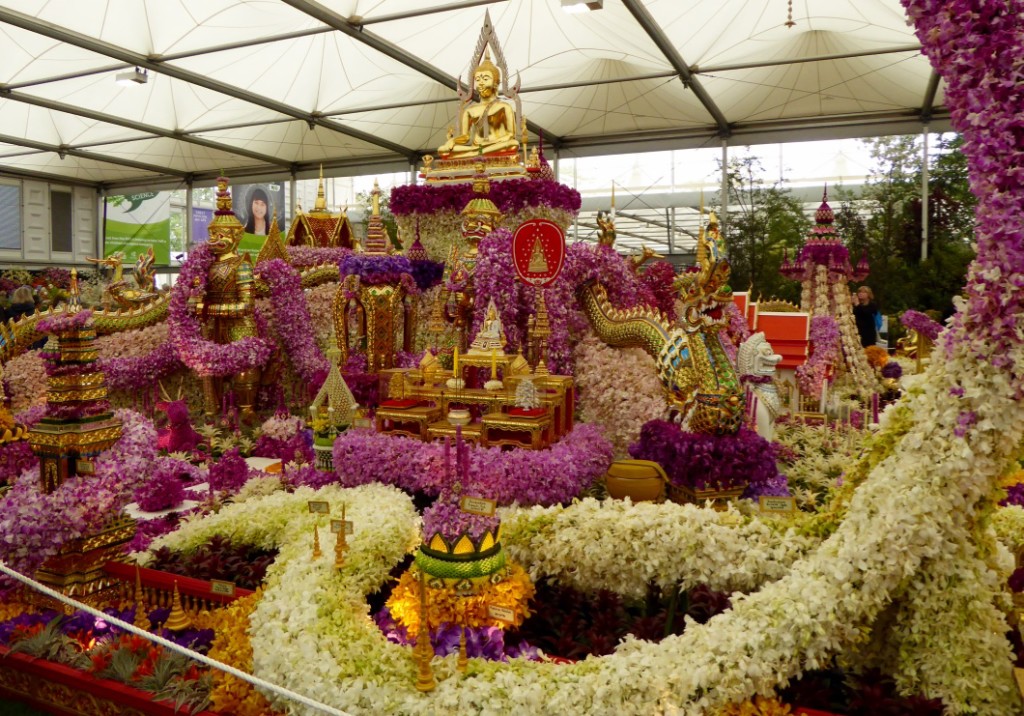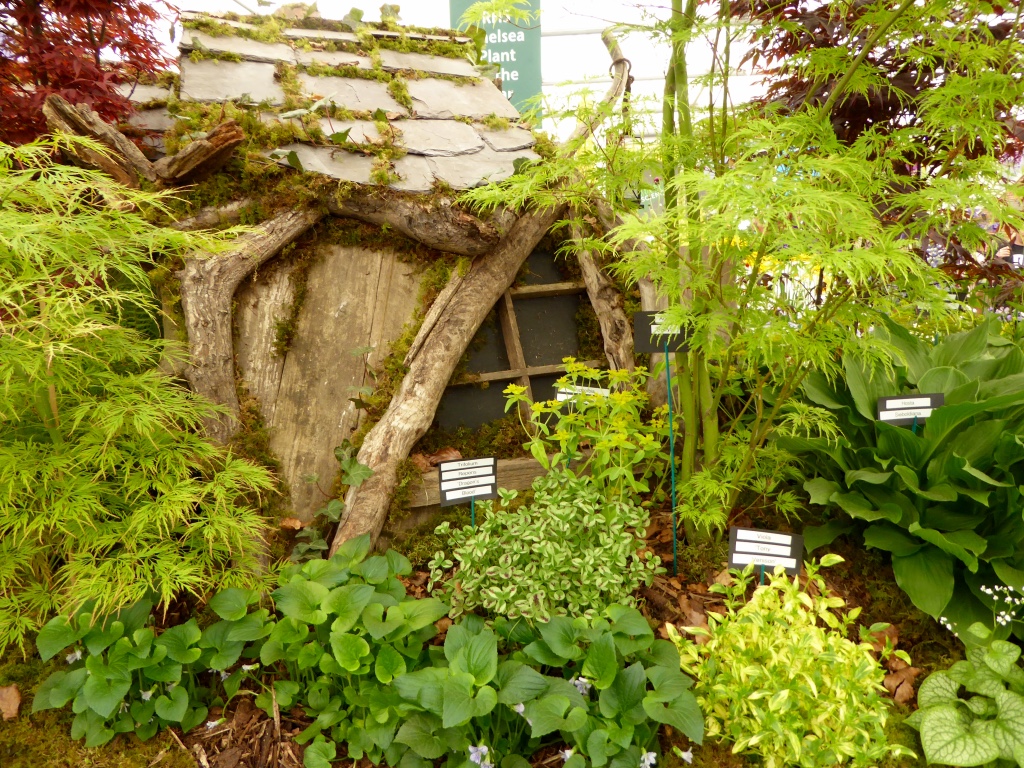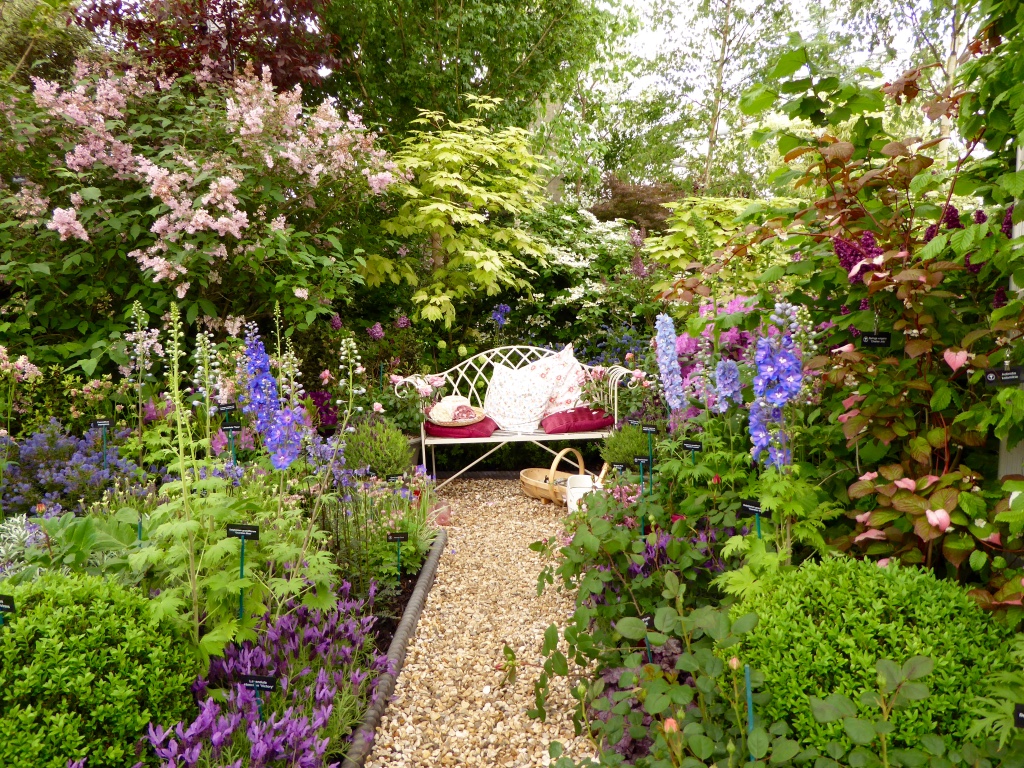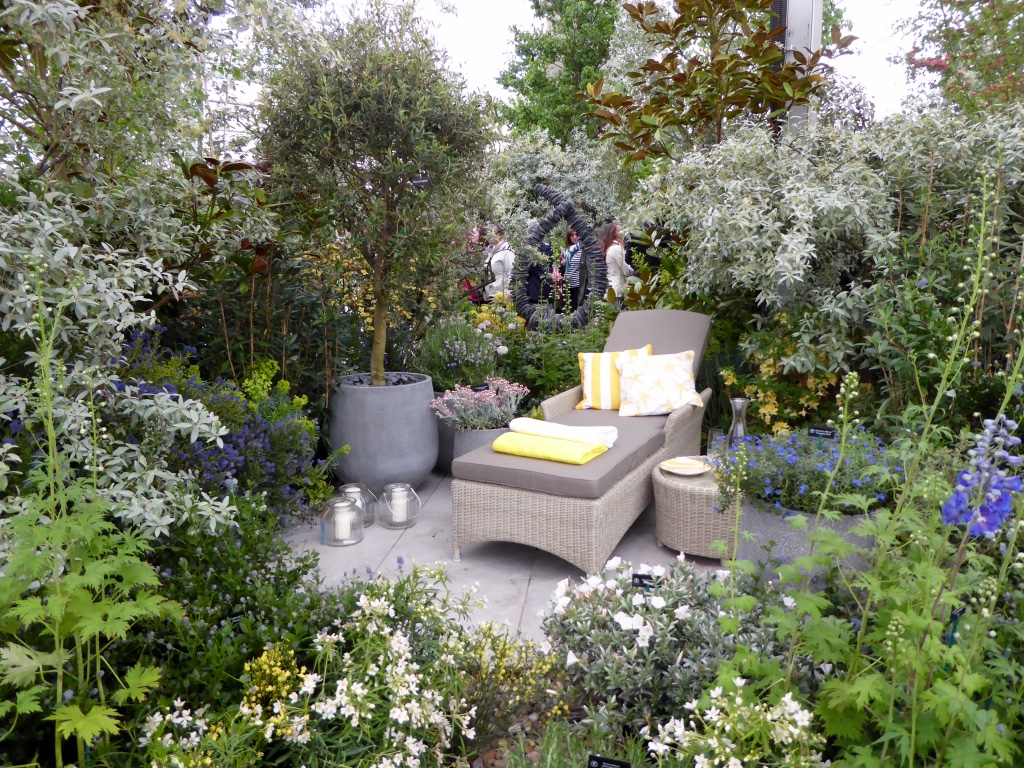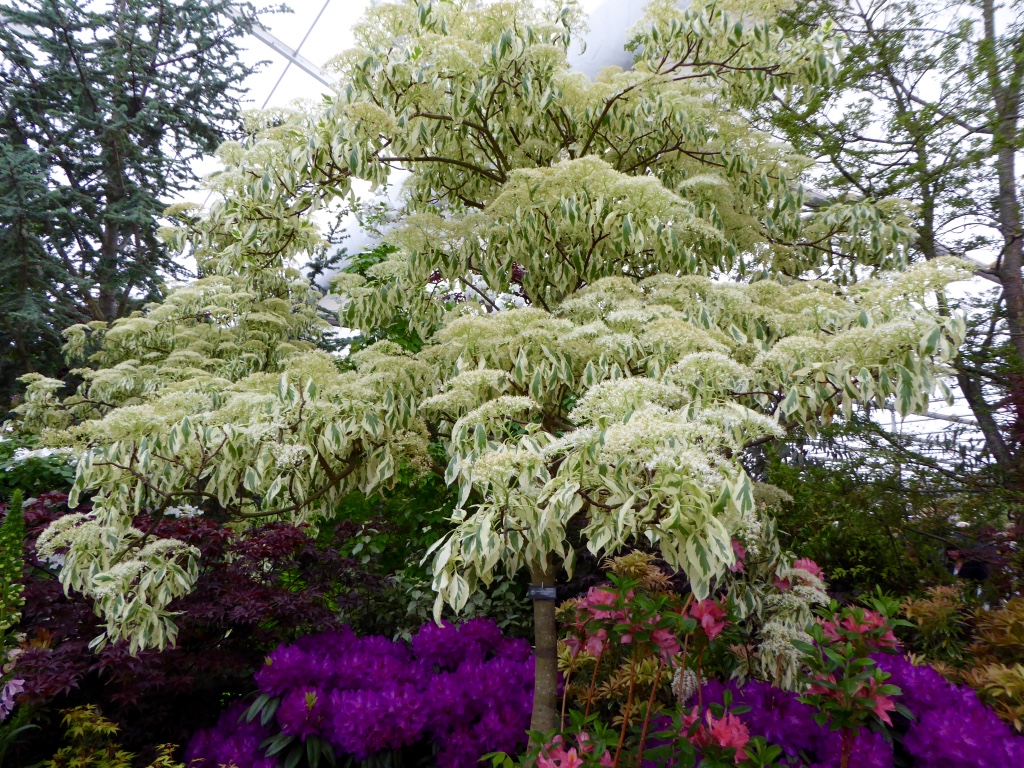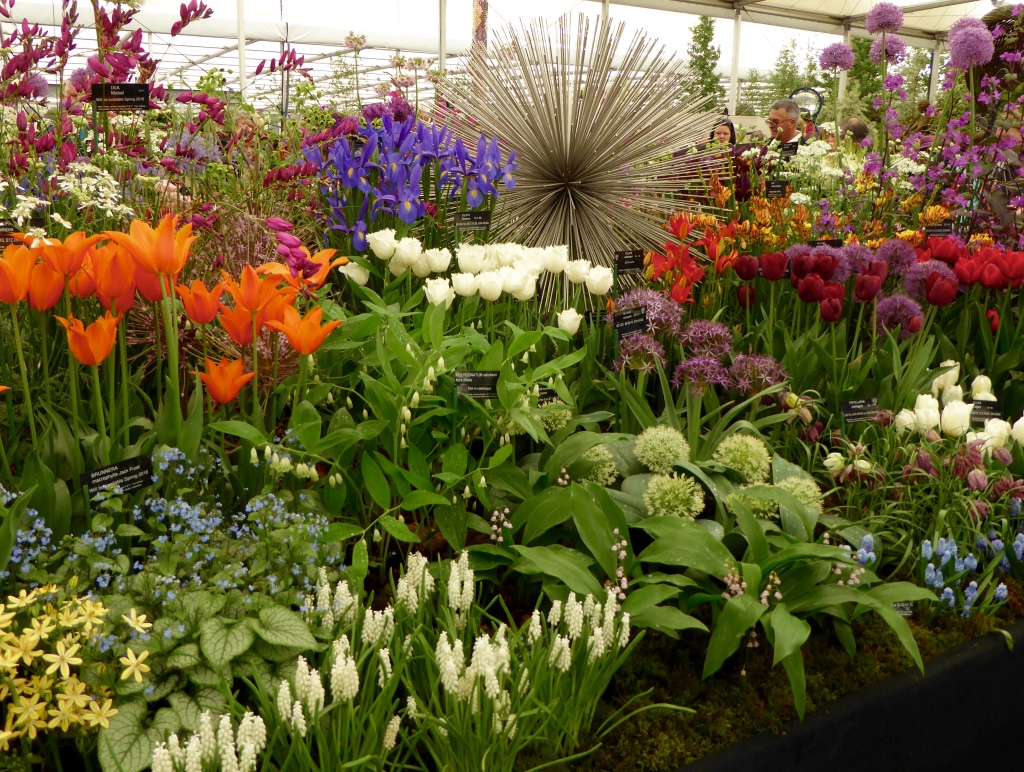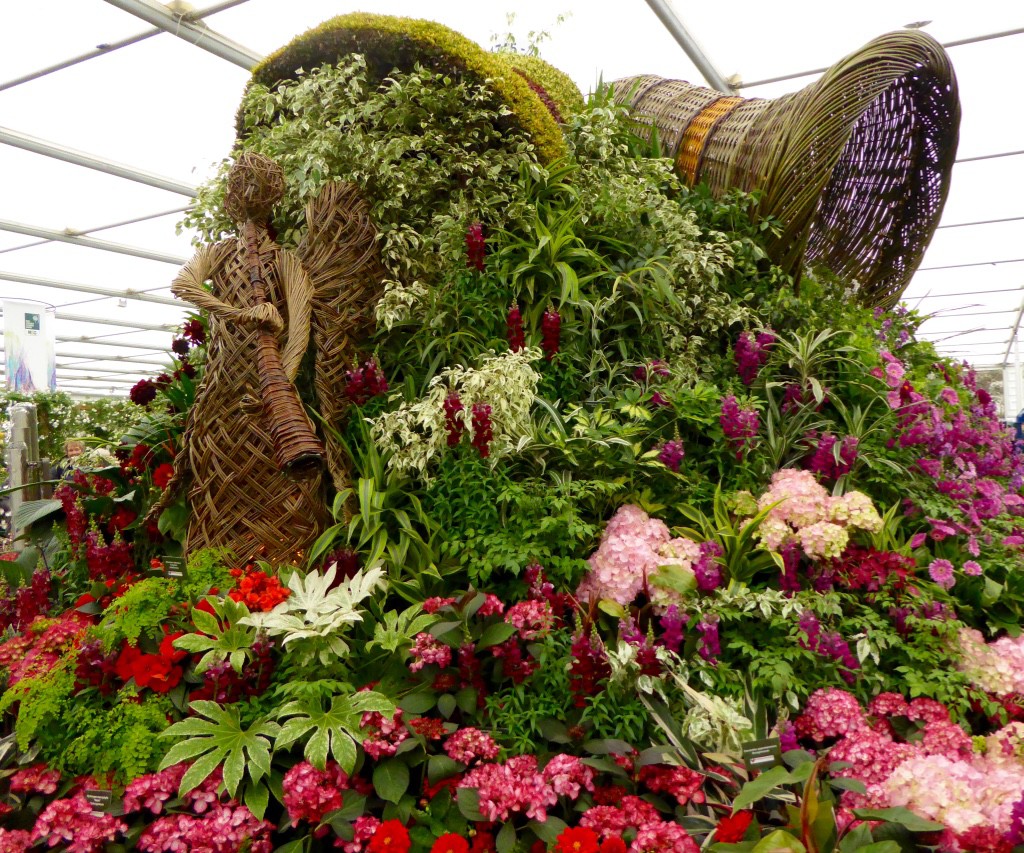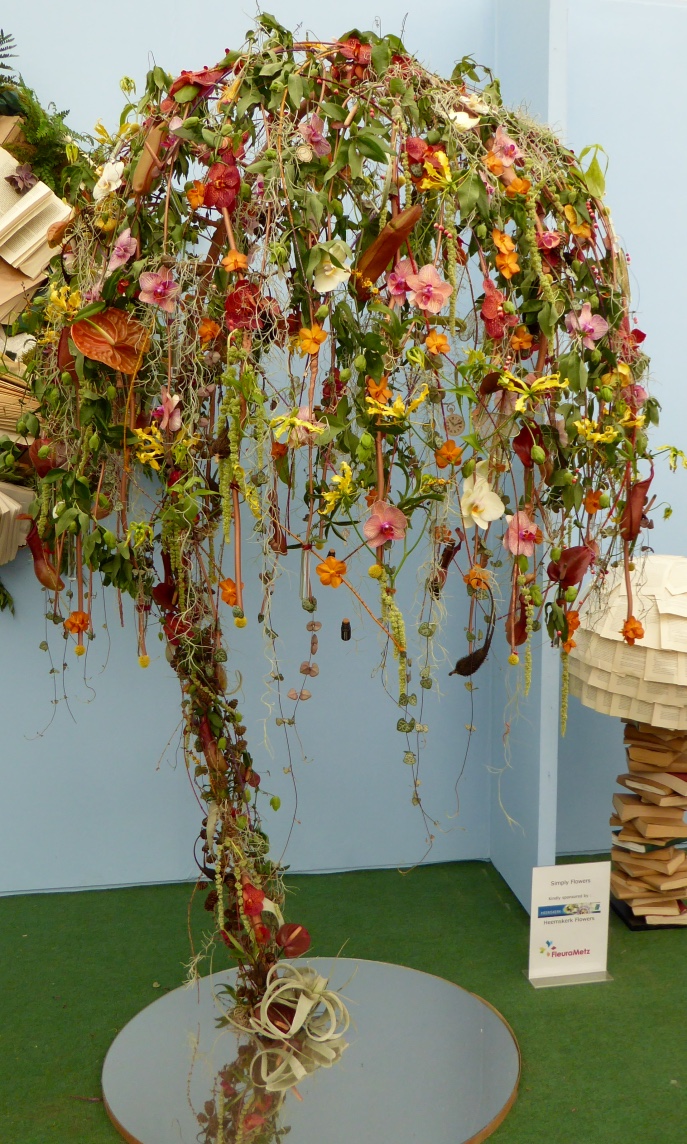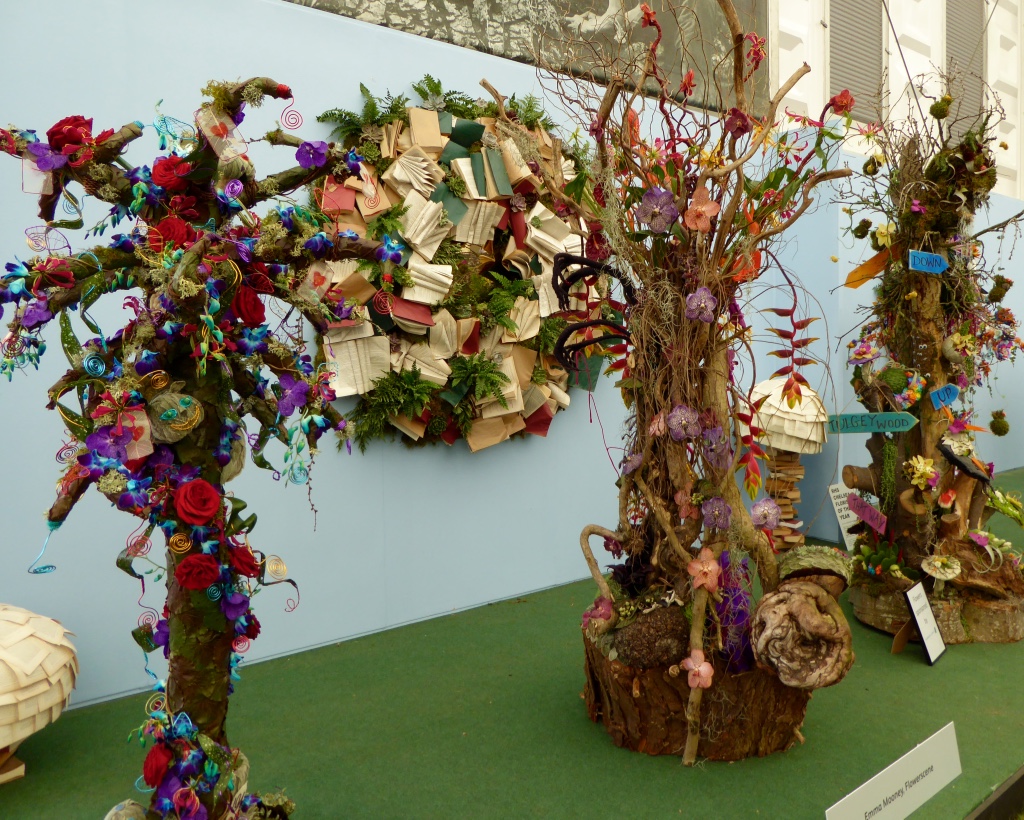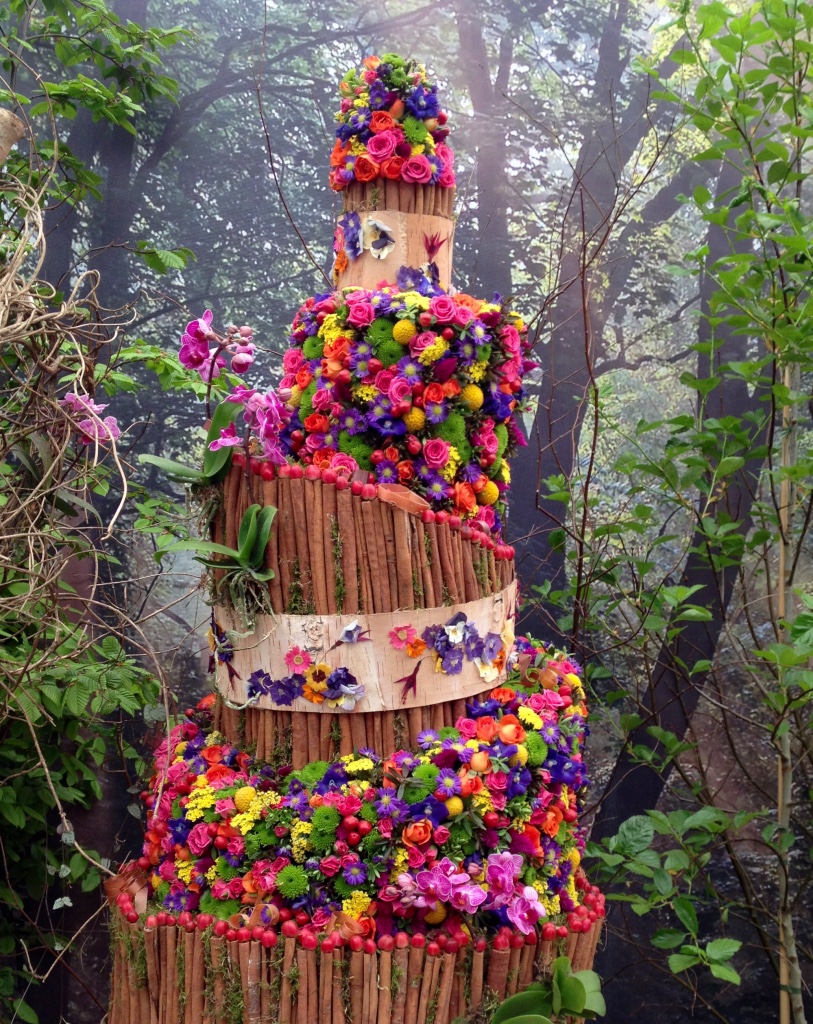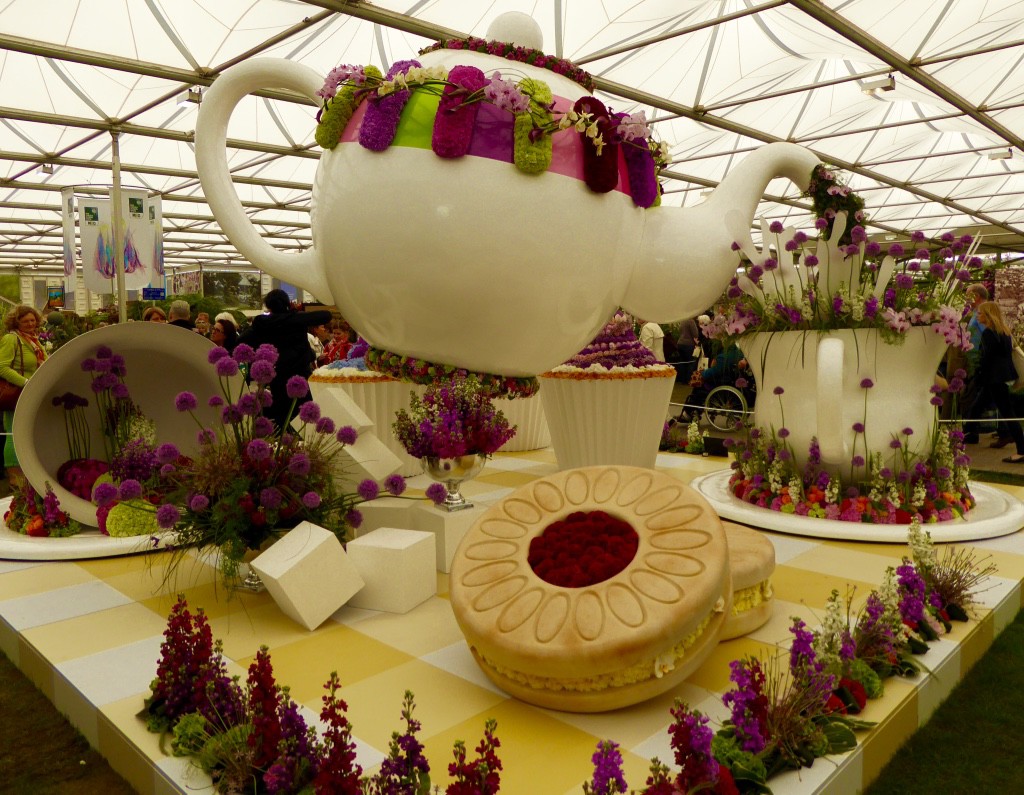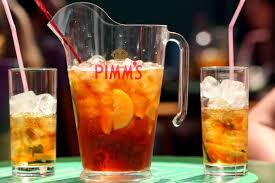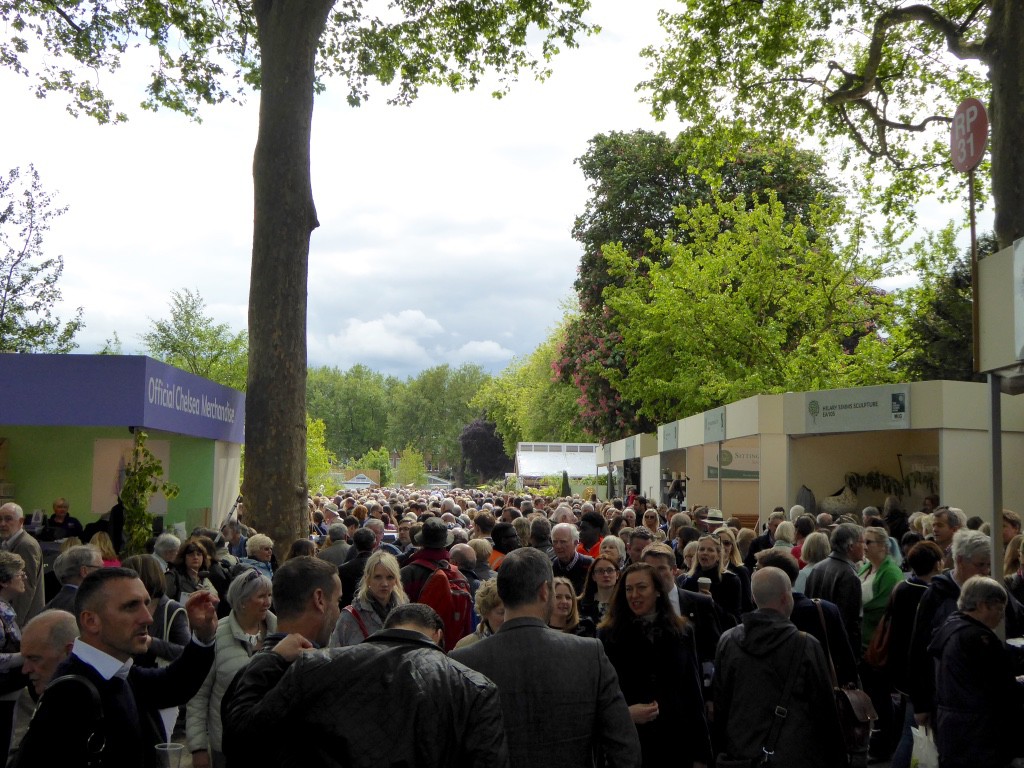Our intention when we left the Percy Islands was to stay in Curlew Bay, which read favourably. We arrived after a pleasant trip up with the odd whale and interesting island to see us on our way. 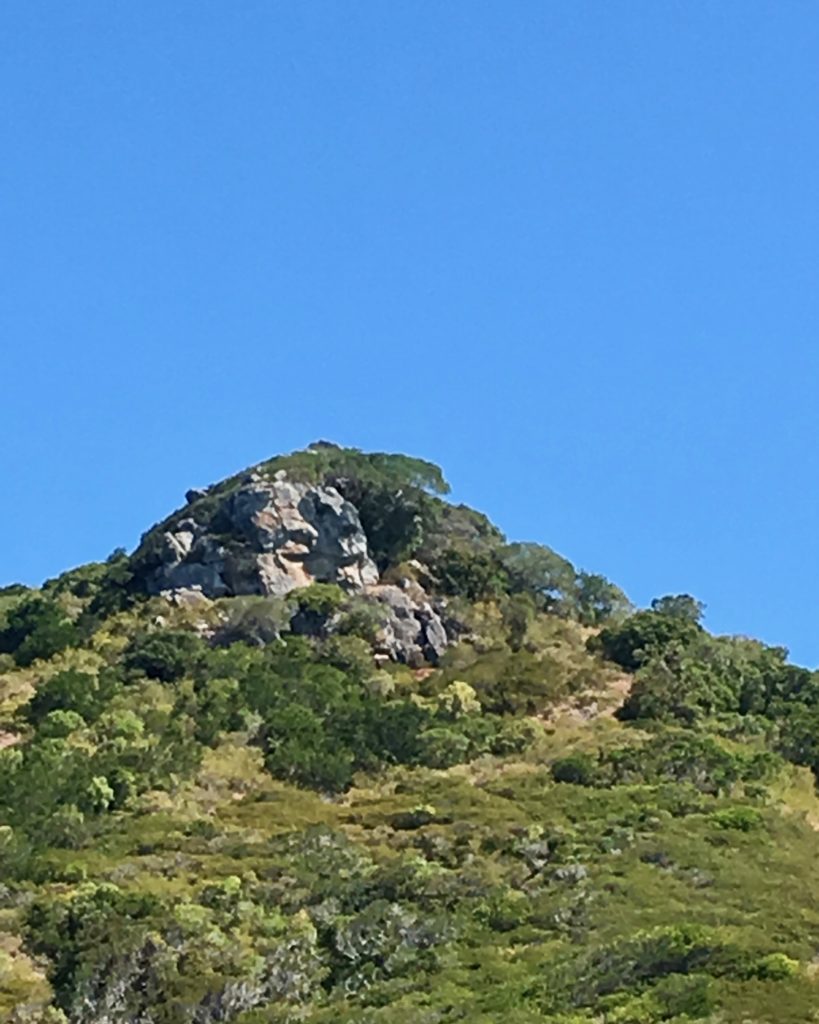
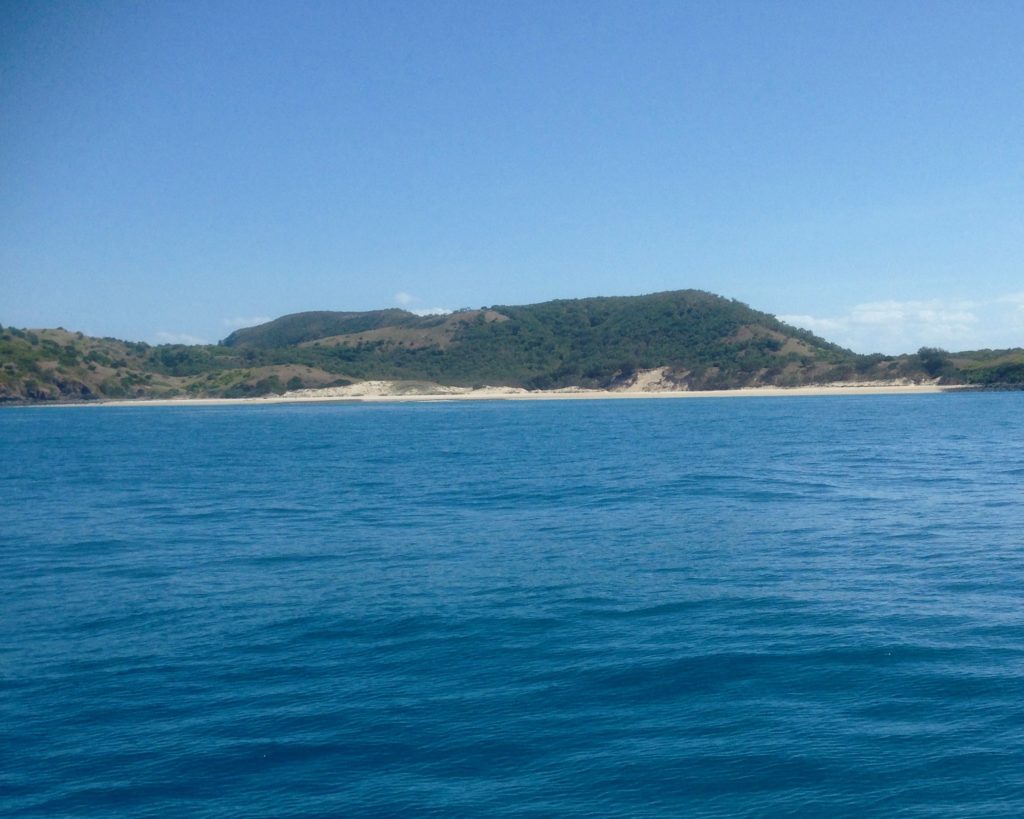
Our stay lasted all of two minutes after we put the anchor down. It was just before 12 noon and a couple of good rolls and the memory of Keppel Island had us hauling anchor and hurrying on our way. We decided to head for Digby Island and shelter there. When we arrived it turned out to be only a little better, but it was now getting later in the day and hoping it would improve as the wind dropped in the evening we dropped anchor and headed to shore.
When we first rounded the corner to Digby it looked as if there were people camping all along the beach. What it turned out to be was the wreckage of a boat that had pulled anchor in the cyclone and the owner had not been able to start the engine and get away. It was still partially intact on the shore line and the whole beach was covered in the remnants of a life at sea.
The waves were breaking on the shore line which led to some interesting dismounts from the dinghy and some very wet walkers but it was nice to get ashore and we walked the length of the beach and had a swim before returning to the boat. As we headed back to the boat the “Rare Pleasure” arrived. Edgar and Scott had met the owners Graham and Rhonda last year in Rosslyn Bay and gone on board for a drink. They were travelling in a convoy of three boats but called in and had a drink with us before heading to dinner on one of the other boats. A lovely couple from Maryborough who we hope to see more of as they will be in the Whitsundays for some time.
The rolling didn’t improve during the night and we debated whether to stay or go. We couldn’t get the weather forecast but noticed that “Rare Pleasure” had departed about six. We called them up and they said it wasn’t too bad outside but by then we could see the seas outside the rocky reef and it looked a lot worse than where we were. Their boat was faster and had stabilisers and when we eventually got a forecast it was for 20 knot winds and up to 2 metre swell.
There was an unanimous decision to stay where we were and spend the day exploring the island so we packed up refreshments and once again headed for shore. We salvaged some benches and chairs from the wreck and set up camp under the coconut palms. The boys clambered up the rocky cliff to the headland whilst I made my way through a Pandanus grove and followed an overgrown track up to where they were. The Pandanus grove was home to hundreds of tiger blue butterflies and a number of lovely dendrobium orchids
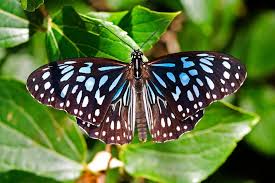
 and the walk over the headland uncovered lots of interesting native plants and an increasing amount of lantana and feral weeds!
and the walk over the headland uncovered lots of interesting native plants and an increasing amount of lantana and feral weeds!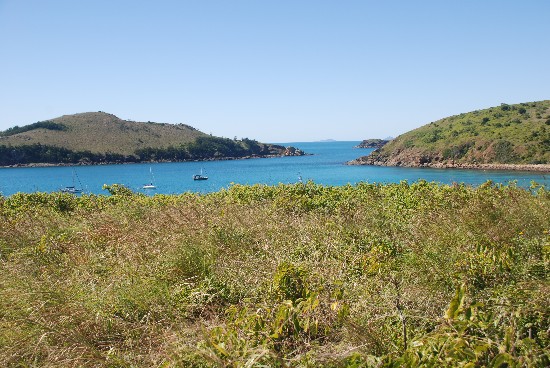 We trod very heavily in knee high grass whilst pondering whether there were snakes on the island and were quite relieved to reach our beach camp unscathed.
We trod very heavily in knee high grass whilst pondering whether there were snakes on the island and were quite relieved to reach our beach camp unscathed.
After a swim and relax we went back to the boat for a late lunch and a rather rolly rest and then Scott and I persuaded Edgar to take us back to the beach for a walk. The waves had increased and our dismounting was even wetter and more spectacular than before. Scott fell and the dinghy went over the top of him with Ed and I looking on horrified, but he emerged unhurt and laughing and we had a most enjoyable walk.
The winds and the waves had moderated the next day and just after sunrise we headed out for St Bees to anchor for the night. 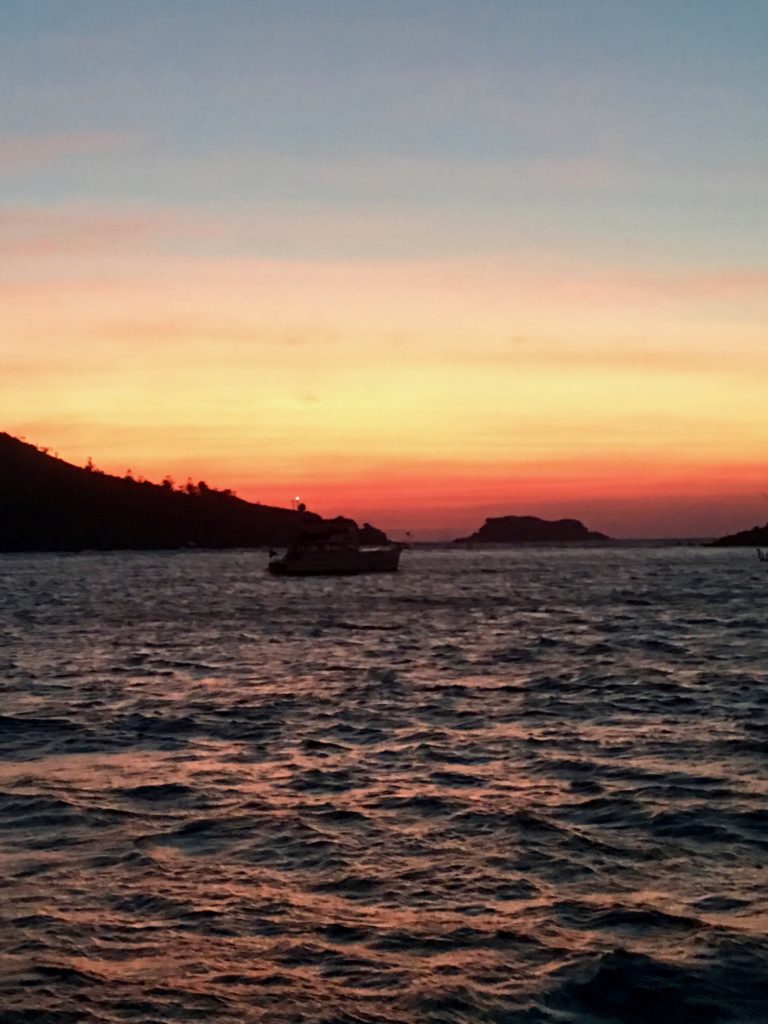 When we arrived at the anchorage it was still early, very windy and no beach to walk on so the crew, with little objection from the skipper, refused to lower the anchor and we kept going to Shaw Island which turned out to be a brilliant decision as the anchorage was calm and the beach beautiful.
When we arrived at the anchorage it was still early, very windy and no beach to walk on so the crew, with little objection from the skipper, refused to lower the anchor and we kept going to Shaw Island which turned out to be a brilliant decision as the anchorage was calm and the beach beautiful. 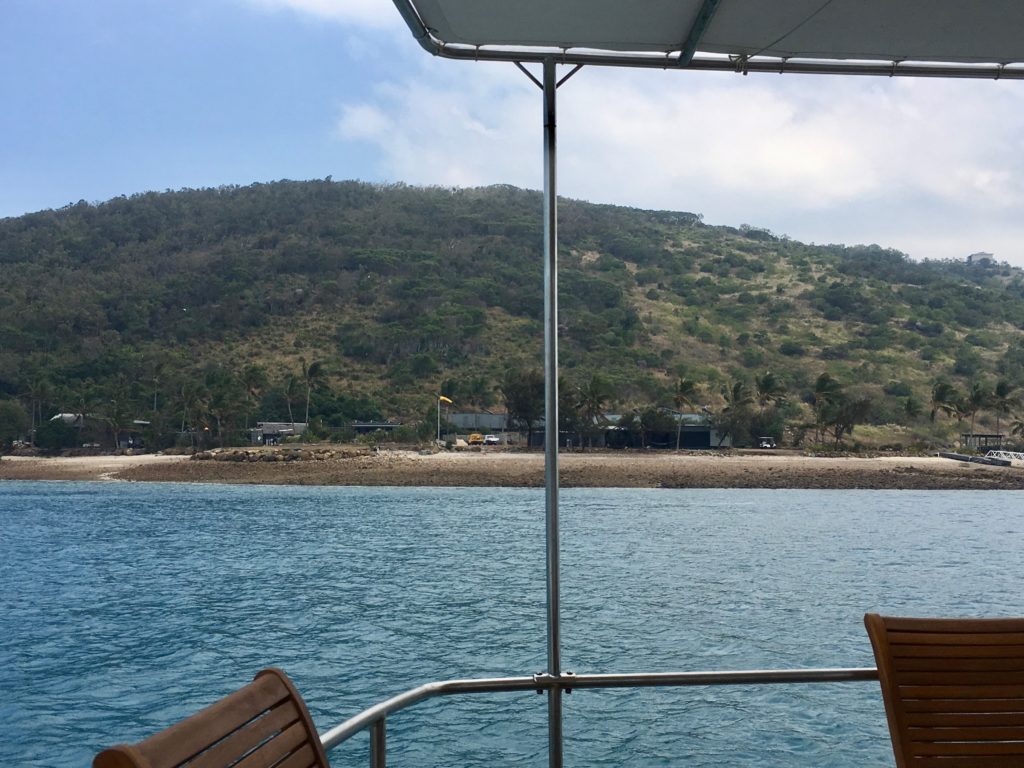
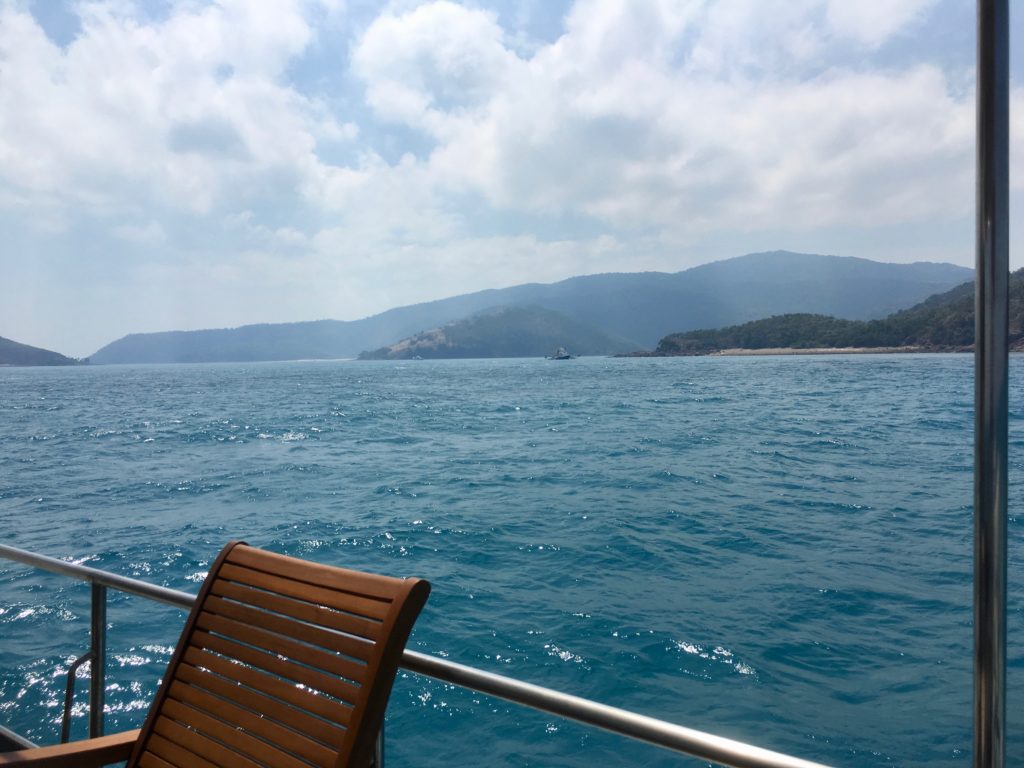
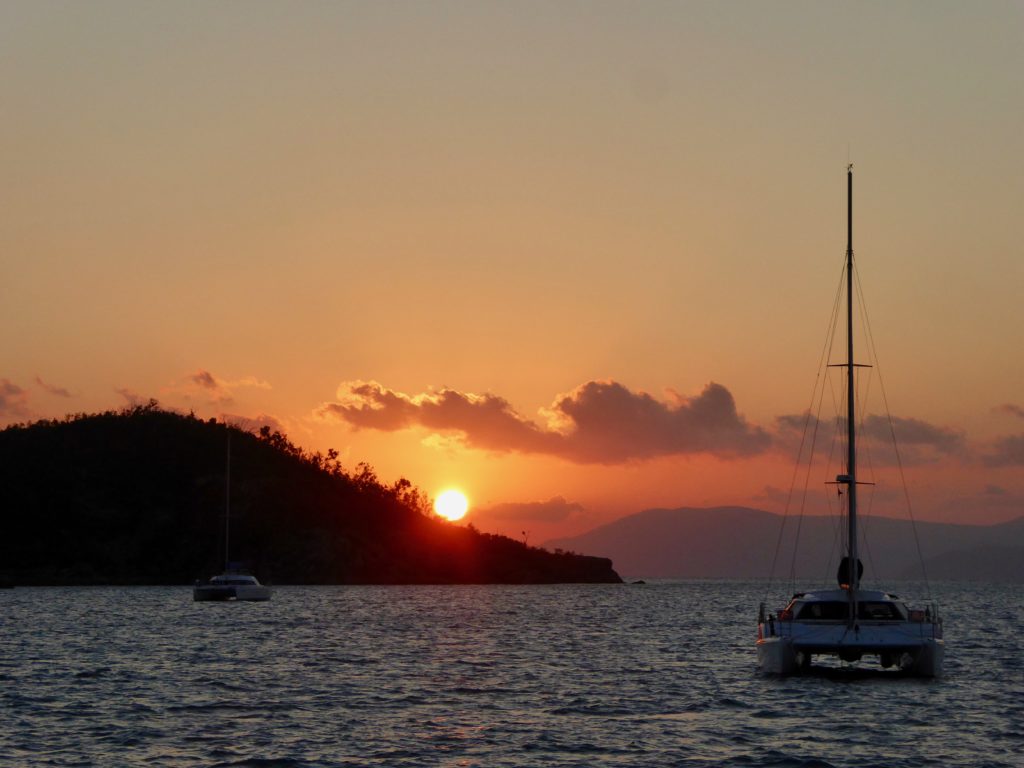 The next day after a substantial breakfast of sausages and eggs
The next day after a substantial breakfast of sausages and eggs 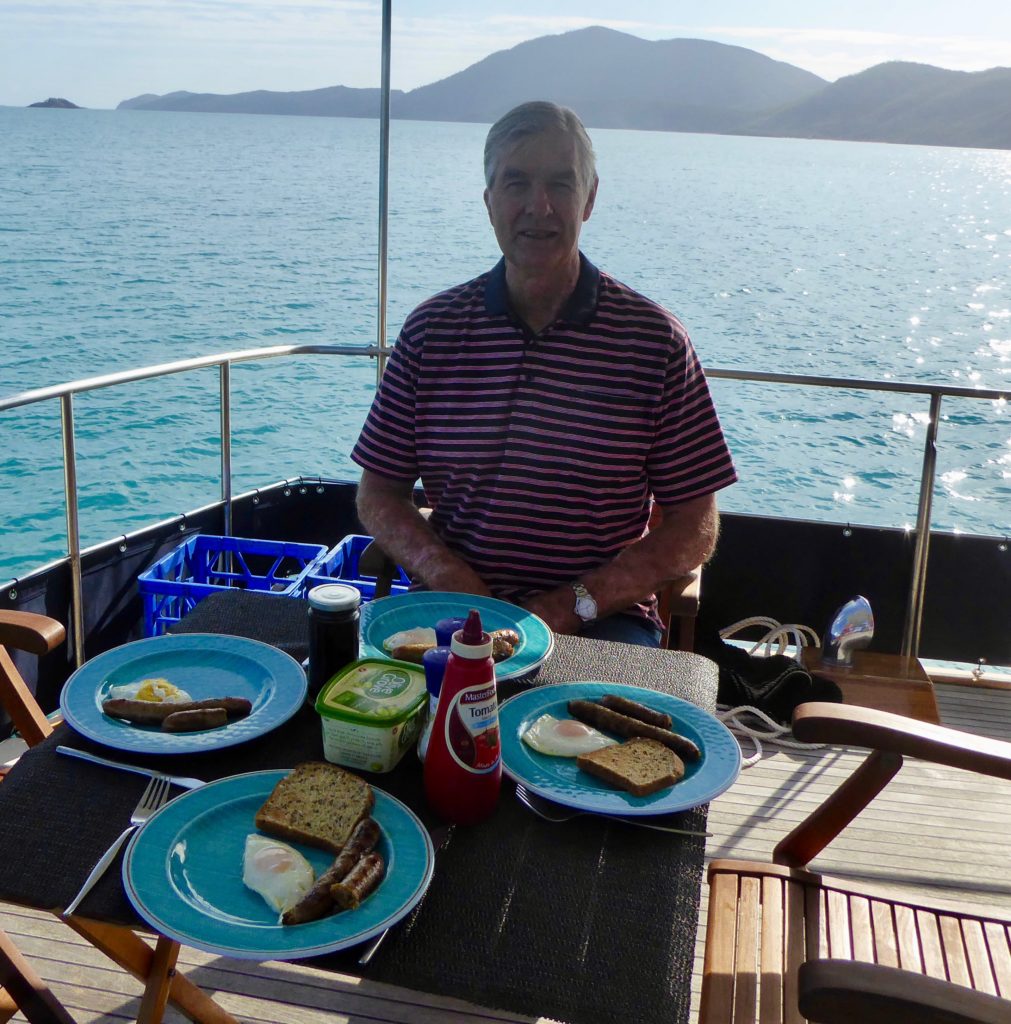 we set out to walk the beach and explore
we set out to walk the beach and explore 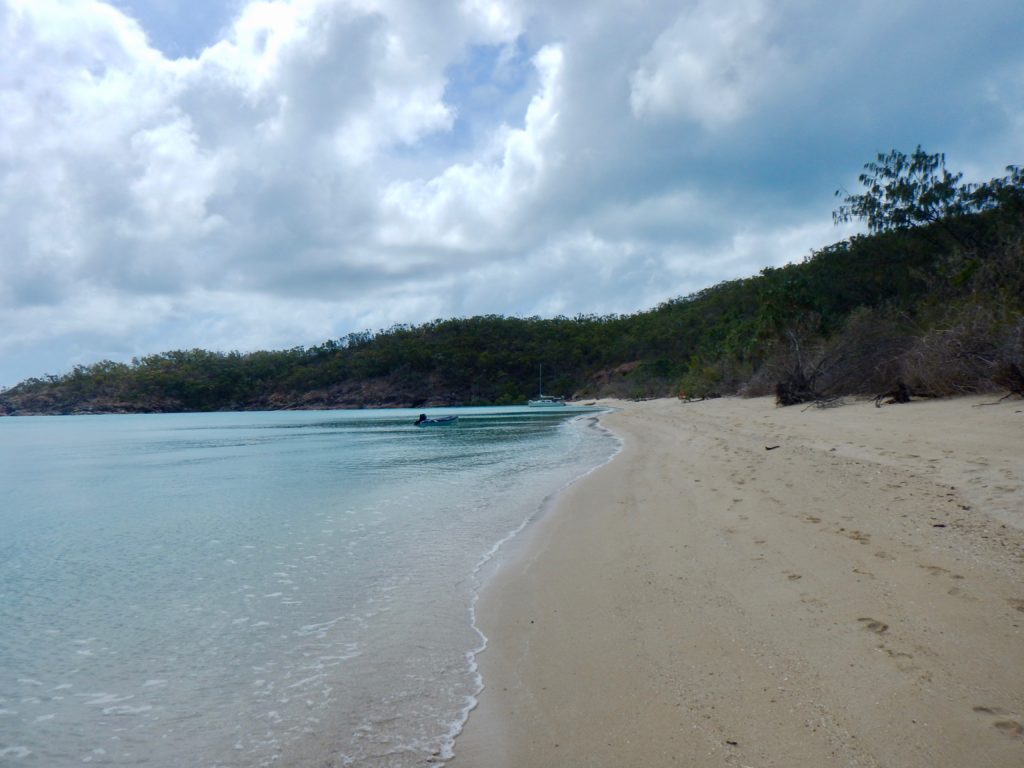
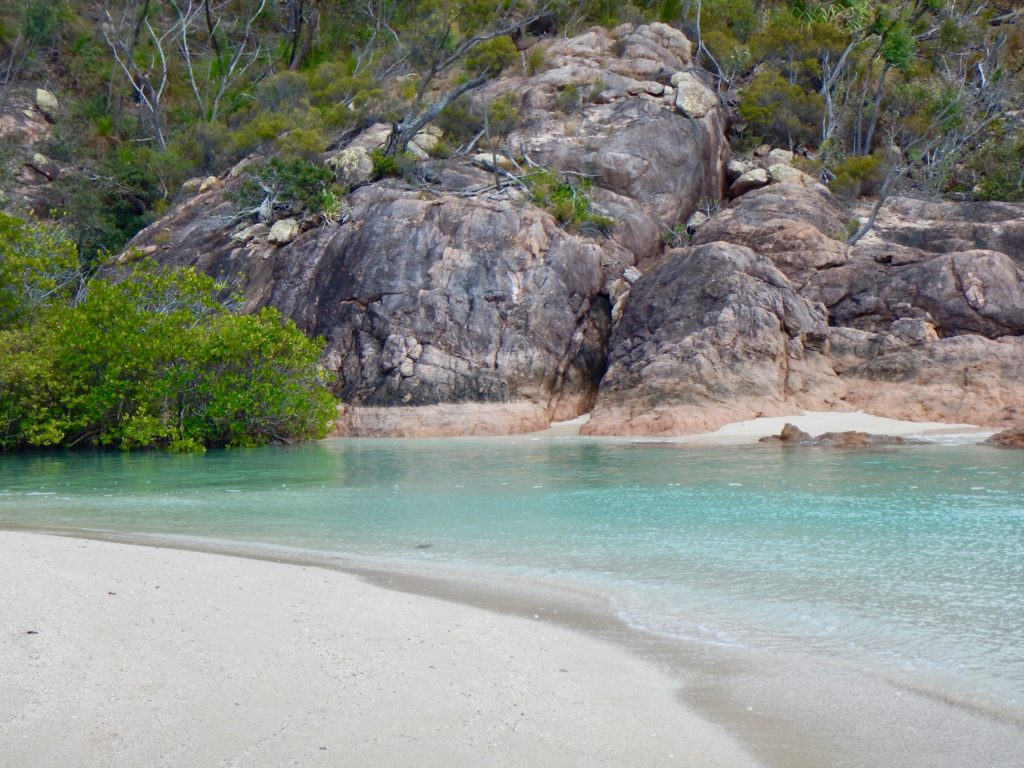
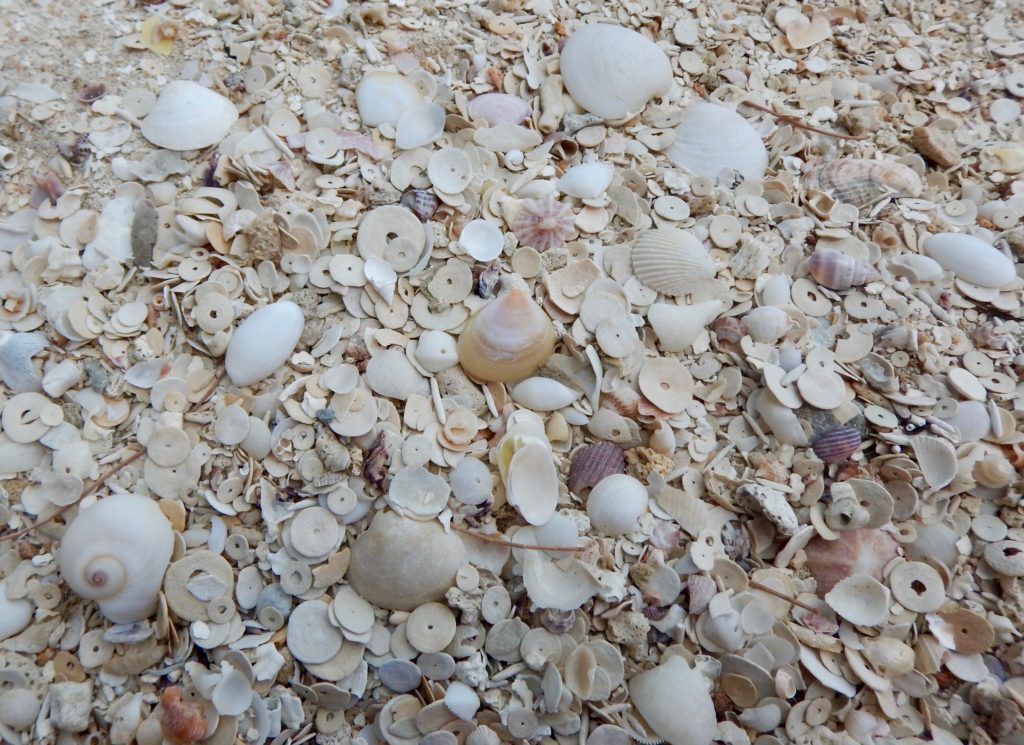
Back on board Edgar took advantage of the still water to wash the salt of the boat, swab the decks and attend to some maintenance. 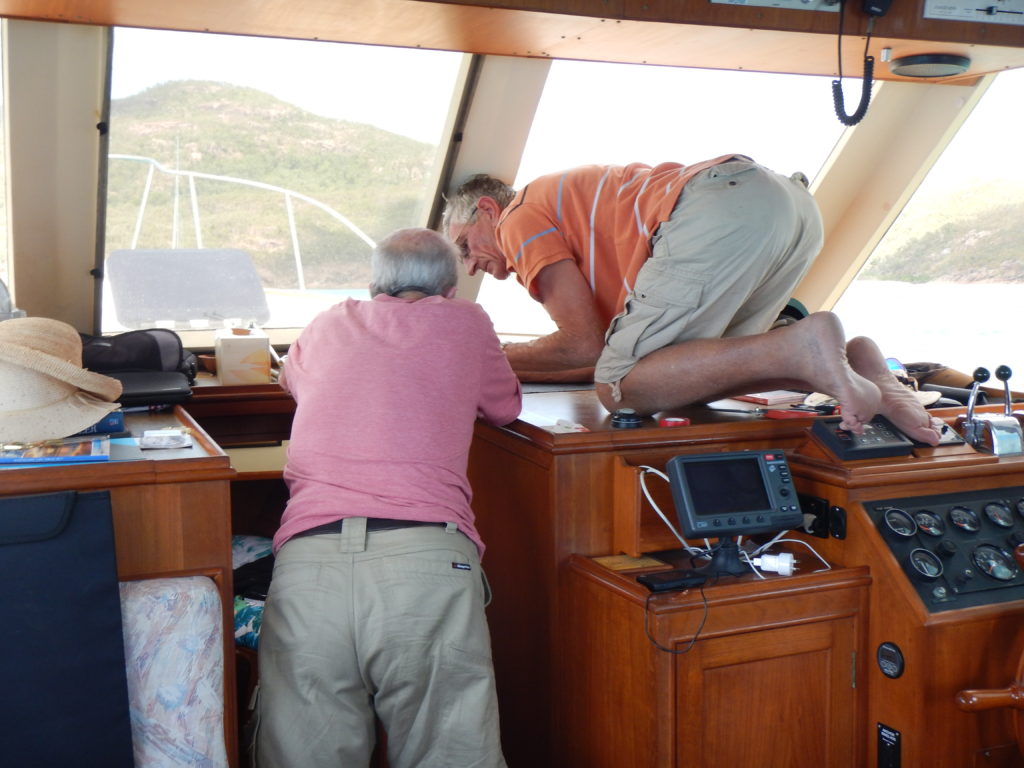 Aided by the male members of the trusty crew they soon had everything shipshape but the crew were worn out and had to take a long rest.
Aided by the male members of the trusty crew they soon had everything shipshape but the crew were worn out and had to take a long rest.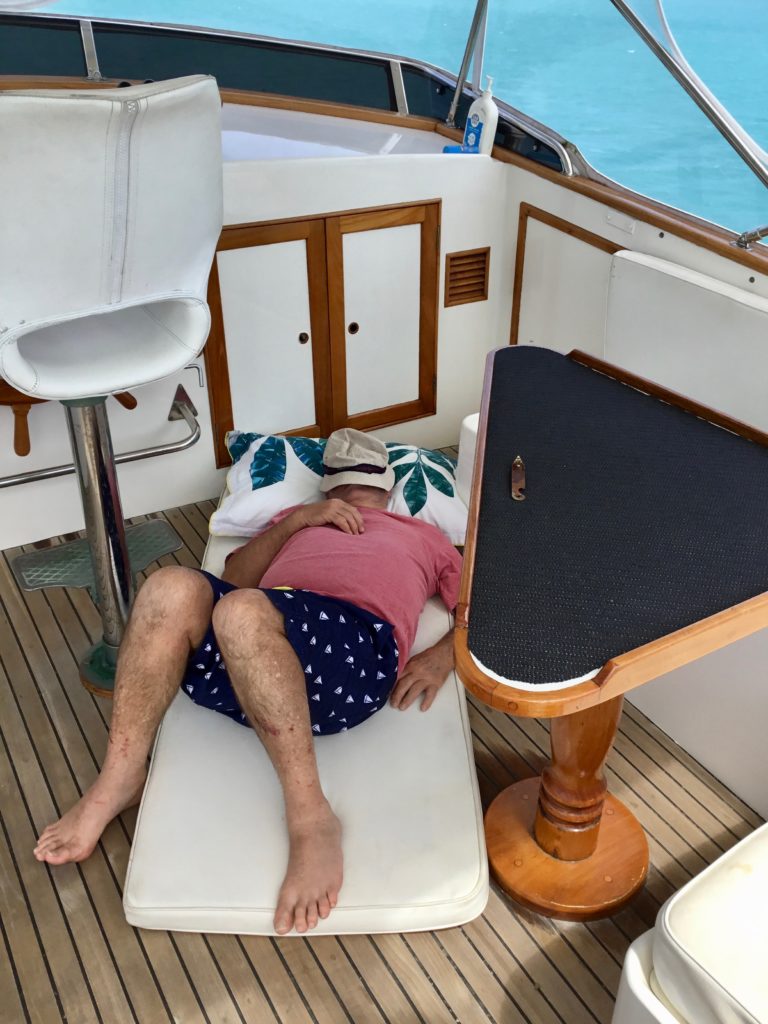
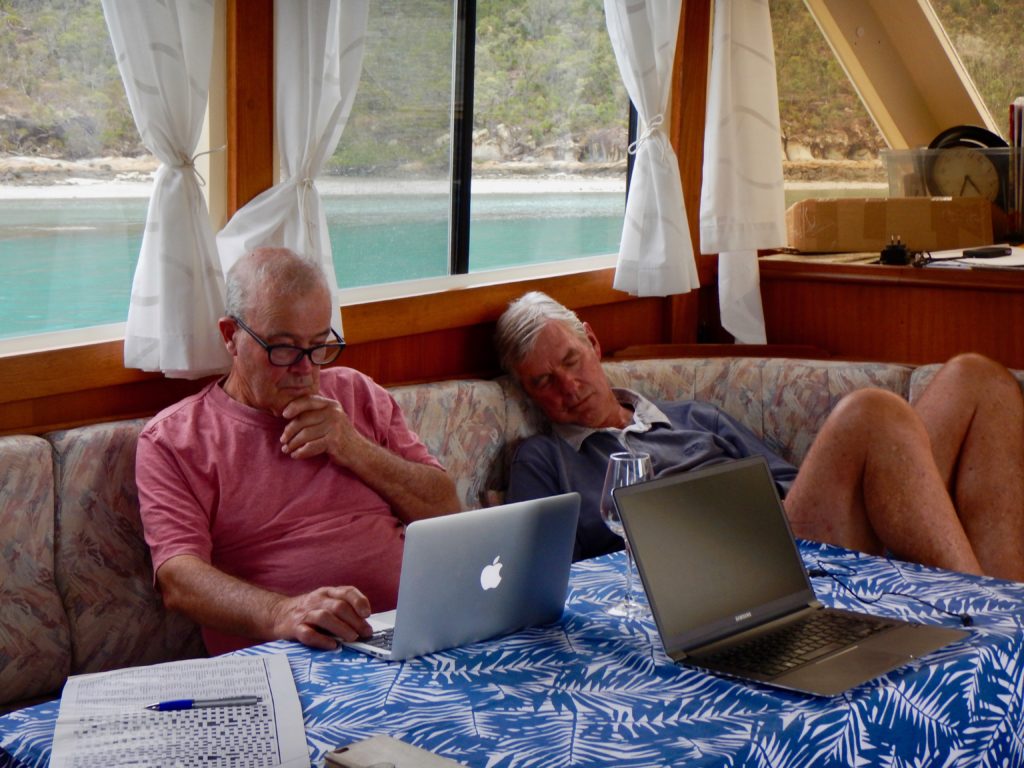 The next morning it was a leisurely morning watching the turtles disport around the boat
The next morning it was a leisurely morning watching the turtles disport around the boat 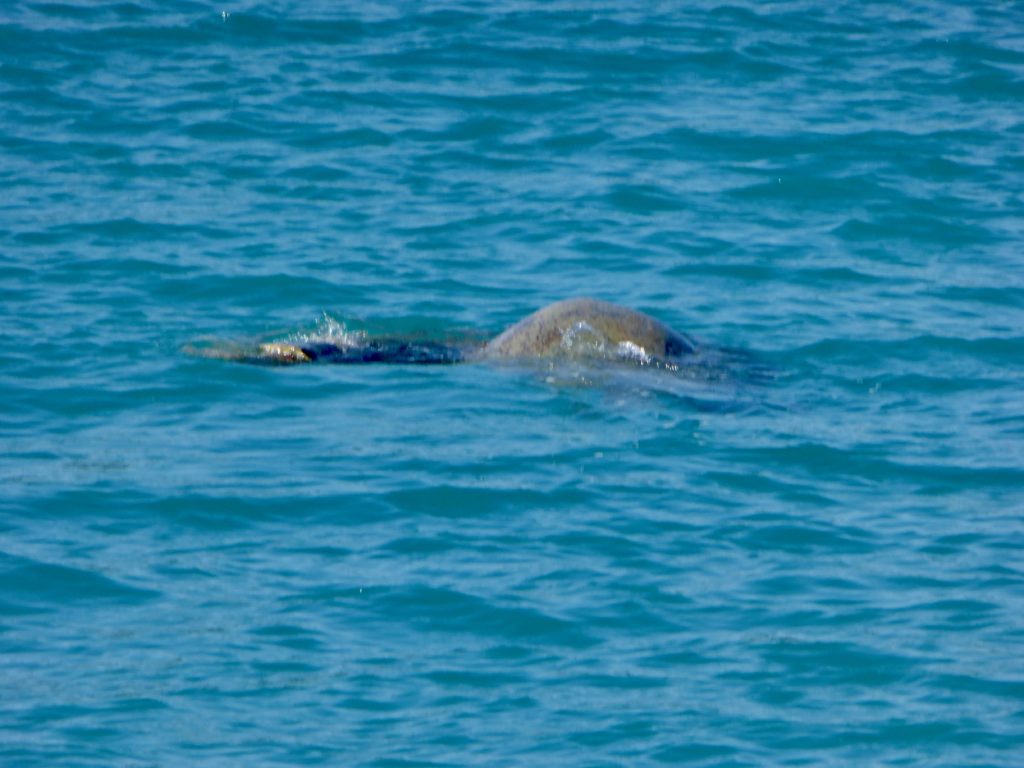 before heading back to the beach to walk and swim. We had taken a bottle of wine and relaxed after several swims on the beach.
before heading back to the beach to walk and swim. We had taken a bottle of wine and relaxed after several swims on the beach. 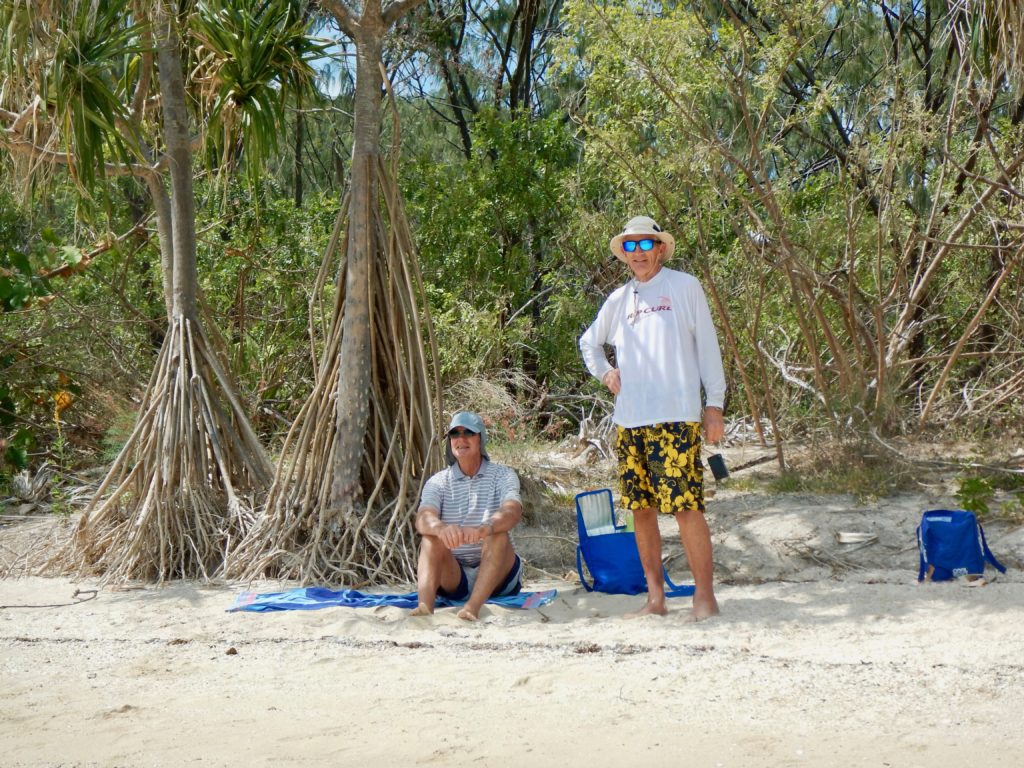 We had noticed a German Shepherd on one of the bigger catamarans as we came into shore and later met Shadow and her owners.
We had noticed a German Shepherd on one of the bigger catamarans as we came into shore and later met Shadow and her owners. 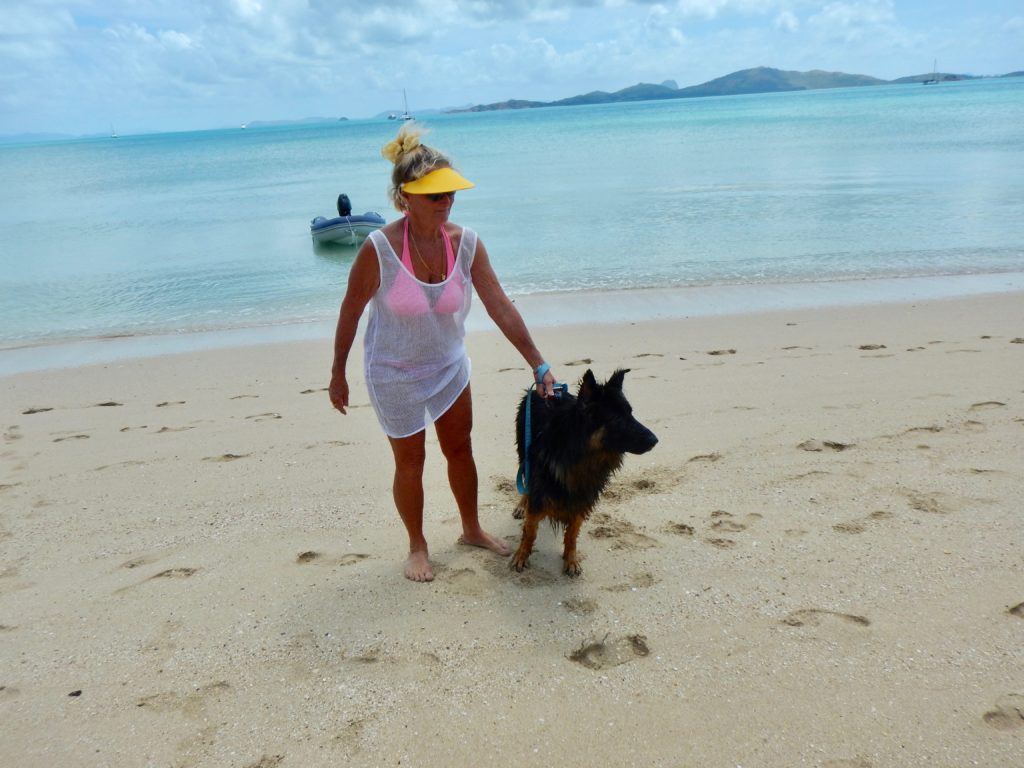 She had been cruising the Whitsundays for a number of weeks and seemed very at home on her boat. Whilst we were chatting with Kevin and his wife they told us of the bounty of oysters that were available on the rocks.
She had been cruising the Whitsundays for a number of weeks and seemed very at home on her boat. Whilst we were chatting with Kevin and his wife they told us of the bounty of oysters that were available on the rocks.
Under the able direction of our new found friends we set to and within about an hour had gathered over 60 oysters.  As Ernest doesn’t eat oysters that left 20 each which were rapidly dispatched – there is NOTHING like an oyster straight off the rocks. Roast lamb and red wine completed our meal all set against a stunning background of sky and sunset.
As Ernest doesn’t eat oysters that left 20 each which were rapidly dispatched – there is NOTHING like an oyster straight off the rocks. Roast lamb and red wine completed our meal all set against a stunning background of sky and sunset. 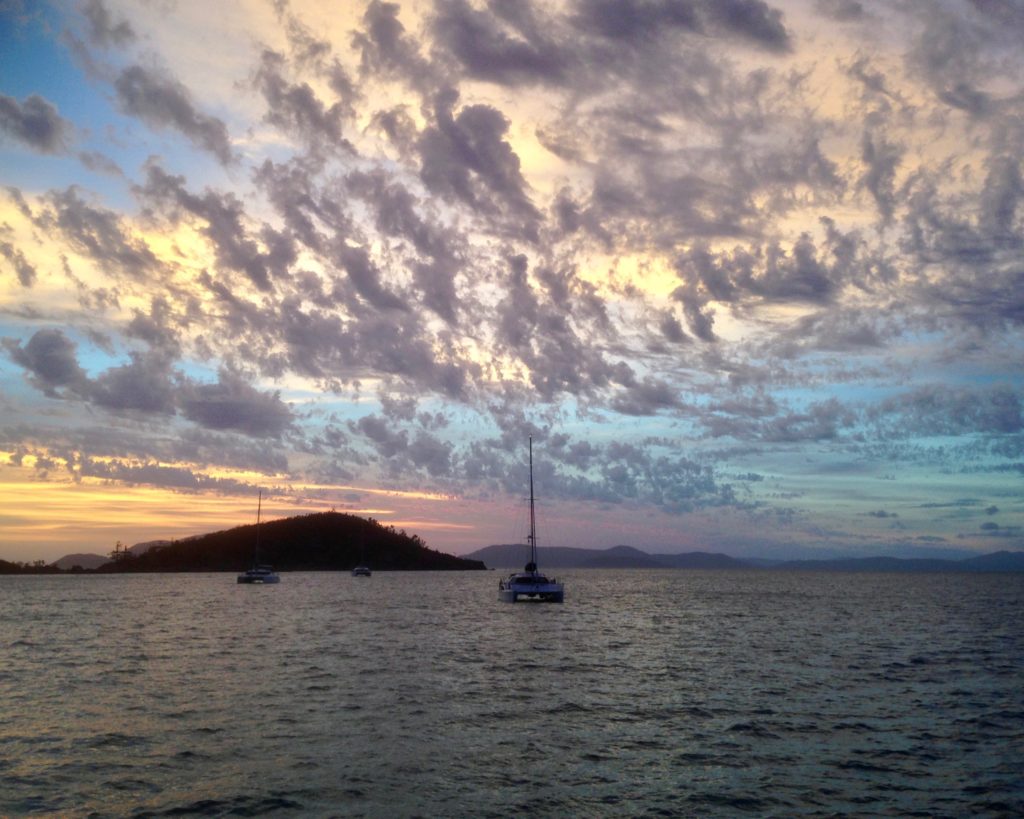 The next day after a tidy up and a quick swim it was time to depart. We left planning to come back within the next few weeks – bringing Mike back for the oysters and Jon back for the sheltered anchorage to get his sea legs before the return trip.
The next day after a tidy up and a quick swim it was time to depart. We left planning to come back within the next few weeks – bringing Mike back for the oysters and Jon back for the sheltered anchorage to get his sea legs before the return trip.
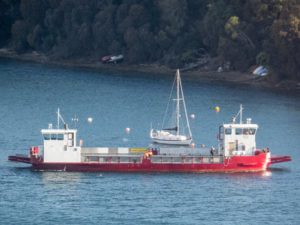 It is very much a first come first served service with no bookings. After a pleasant 15 minute crossing we disembarked on Bruny Island and headed for the first stop on our bucket list, Get Shucked Oyster Farm.
It is very much a first come first served service with no bookings. After a pleasant 15 minute crossing we disembarked on Bruny Island and headed for the first stop on our bucket list, Get Shucked Oyster Farm.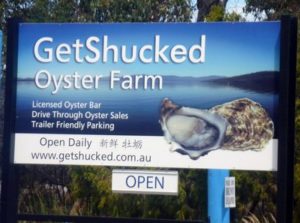
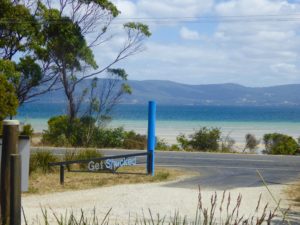
 We found a table and ordered one dozen Naked (freshly shucked and served with lemon) and one dozen Dressed (Naked oysters served with 3 dressings on the side) with a Bruny Island Beer for Edgar and a Prosecco for me.
We found a table and ordered one dozen Naked (freshly shucked and served with lemon) and one dozen Dressed (Naked oysters served with 3 dressings on the side) with a Bruny Island Beer for Edgar and a Prosecco for me. 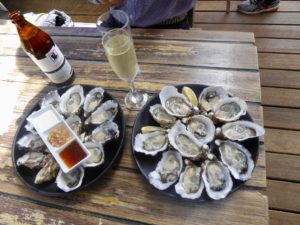 The oysters are large Pacific oysters, which we normally don’t care for, preferring the smaller sweeter oysters such as Coffin Bay, Sydney Rock and Moreton Bay. However these were everything you could ask for – plump, creamy and totally delicious. So delicious in fact that we thought we should try some of the cooked and had half a dozen Mother in Law’s Kilpatrick (cooked in the shell and topped with Marie T’s Worcestershire sauce and Bruny Island Foods bacon) and half a dozen Oyster Wontons (wrapped in wonton pastry, deep fried and served with wasabi cream). All delicious but fresh is best!
The oysters are large Pacific oysters, which we normally don’t care for, preferring the smaller sweeter oysters such as Coffin Bay, Sydney Rock and Moreton Bay. However these were everything you could ask for – plump, creamy and totally delicious. So delicious in fact that we thought we should try some of the cooked and had half a dozen Mother in Law’s Kilpatrick (cooked in the shell and topped with Marie T’s Worcestershire sauce and Bruny Island Foods bacon) and half a dozen Oyster Wontons (wrapped in wonton pastry, deep fried and served with wasabi cream). All delicious but fresh is best!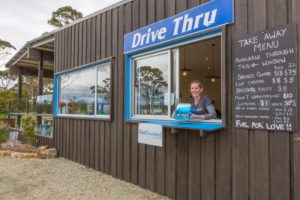 Our destination, and location of our B&B for the next couple of nights, was Adventure Bay on the southern island. On the way we had to pass the Bruny Island Cheese and Beer Shop, Bruny Island Berry Farm and Bruny Island Chocolates – yes Bruny Island is all about food!
Our destination, and location of our B&B for the next couple of nights, was Adventure Bay on the southern island. On the way we had to pass the Bruny Island Cheese and Beer Shop, Bruny Island Berry Farm and Bruny Island Chocolates – yes Bruny Island is all about food!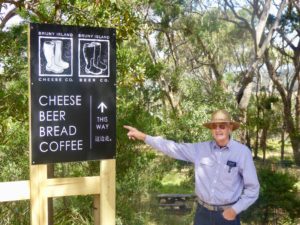
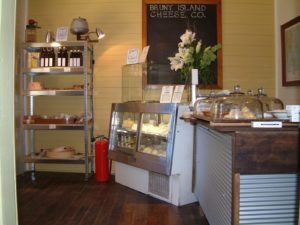 We decided to leave the Berry Farm and the Chocolate Shop for another day – we were after all staying for three days! We crossed over the Neck
We decided to leave the Berry Farm and the Chocolate Shop for another day – we were after all staying for three days! We crossed over the Neck 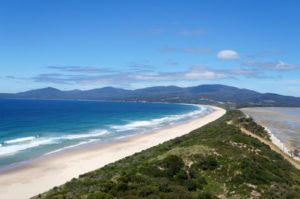
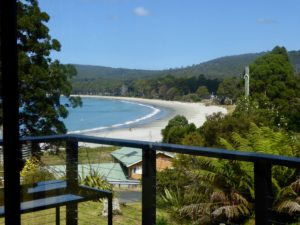 Gus, our host, had everything ready for us and we unpacked and settled in. After an exhausting morning of cleaning, motoring, boating and eating and knowing we had a dinner reservation at the Bruny Island Premium Winery Bar & Grill for dinner we debated on whether we should go for a walk or have a rest and read. We opted for the latter.
Gus, our host, had everything ready for us and we unpacked and settled in. After an exhausting morning of cleaning, motoring, boating and eating and knowing we had a dinner reservation at the Bruny Island Premium Winery Bar & Grill for dinner we debated on whether we should go for a walk or have a rest and read. We opted for the latter.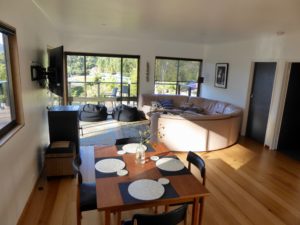
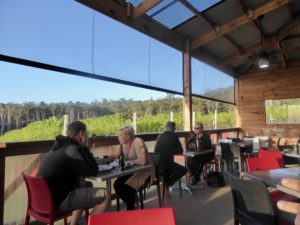 We decided to bypass the oysters and settled for several Tapas sides:
We decided to bypass the oysters and settled for several Tapas sides: 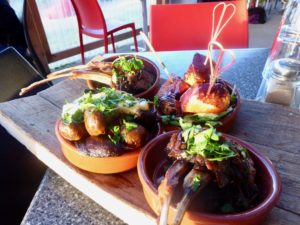
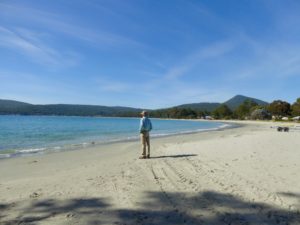
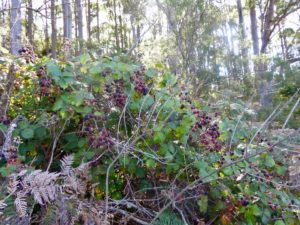
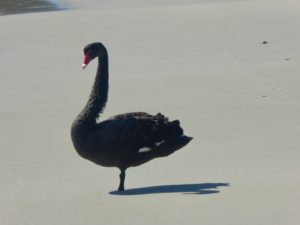 We passed a monument to commemorate the whales. There were four shore based whaling stations situated from East Bay to Penguin Island in the 1820s – 1830s
We passed a monument to commemorate the whales. There were four shore based whaling stations situated from East Bay to Penguin Island in the 1820s – 1830s 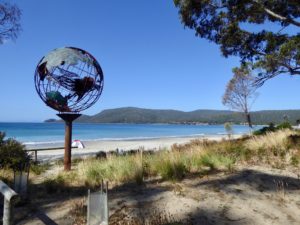
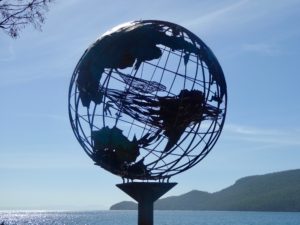
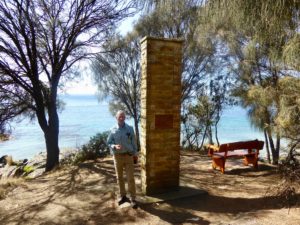
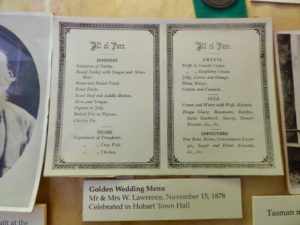
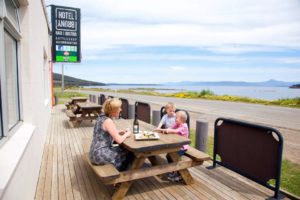 We had a highly recommended Seafood Platter,
We had a highly recommended Seafood Platter,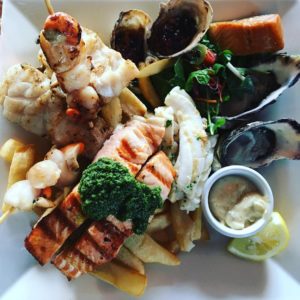 which was so large we couldn’t finish it, and then took our drinks out to watch the sunset over the Channel.
which was so large we couldn’t finish it, and then took our drinks out to watch the sunset over the Channel. 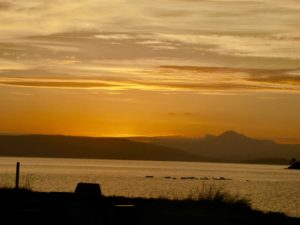
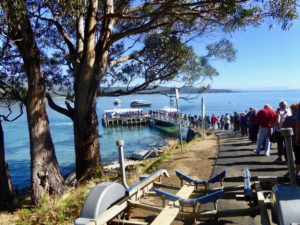
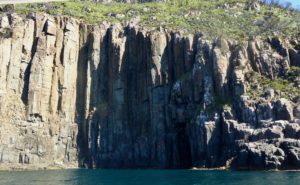 drifted up close to listen the “Breathing Rock”
drifted up close to listen the “Breathing Rock” 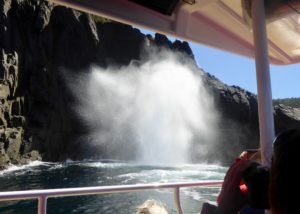
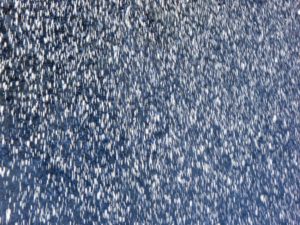
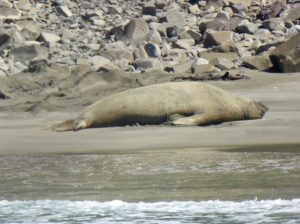 We entered some of the deep sea caves and then powering up hurtled through the narrow gap between the coast and “The Monument” – twice!
We entered some of the deep sea caves and then powering up hurtled through the narrow gap between the coast and “The Monument” – twice! 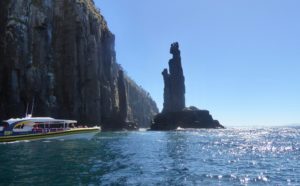
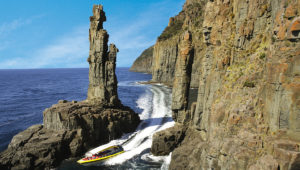
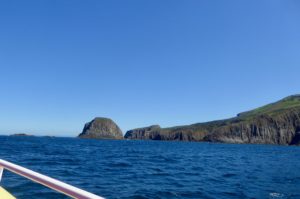
 We watched them fish, generally laze about
We watched them fish, generally laze about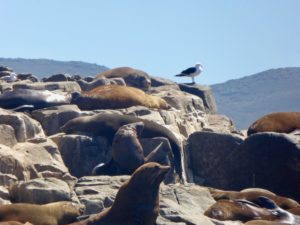 and sometimes fight to establish their territory.
and sometimes fight to establish their territory. 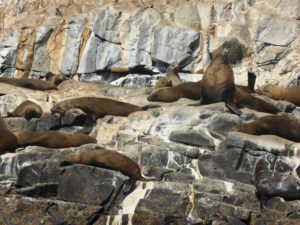 Many bore scars from encounters with sharks and with nets. They are the number one enemy of the salmon breeders, tearing the nets and taking bites out of the salmon leaving devastation in their wake. They are apparently becoming smarter at breaking through nets. When they discover a new way of getting into a cage on one farm it’ll spread round other farms within a few days – as if they’re telling each other how to do it. Some seals have become aggressive and there have been a number of attacks on the farm workers.
Many bore scars from encounters with sharks and with nets. They are the number one enemy of the salmon breeders, tearing the nets and taking bites out of the salmon leaving devastation in their wake. They are apparently becoming smarter at breaking through nets. When they discover a new way of getting into a cage on one farm it’ll spread round other farms within a few days – as if they’re telling each other how to do it. Some seals have become aggressive and there have been a number of attacks on the farm workers.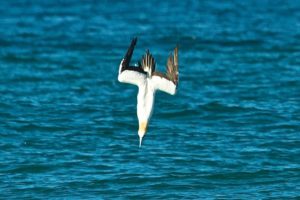 These birds are plunge divers and spectacular fishers, plunging into the ocean at high speed. They mainly eat squid and forage fish that school near the surface.
These birds are plunge divers and spectacular fishers, plunging into the ocean at high speed. They mainly eat squid and forage fish that school near the surface. 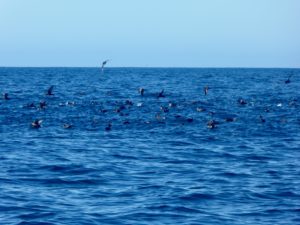 There were a number of schools of fish with seabirds of all descriptions taking their fill.
There were a number of schools of fish with seabirds of all descriptions taking their fill.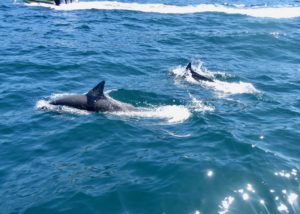 –and with the water so clear you could see them swimming under the boat.
–and with the water so clear you could see them swimming under the boat. 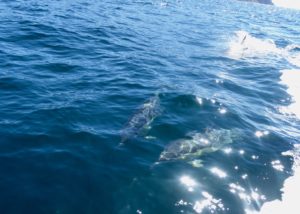 We were also incredibly lucky with the weather as the day was sunny and the waters calm. You can see why this cruise is a multi award winner. It was certainly the winner for us.
We were also incredibly lucky with the weather as the day was sunny and the waters calm. You can see why this cruise is a multi award winner. It was certainly the winner for us. Though we rated the Naked the top – this was a close second!
Though we rated the Naked the top – this was a close second!
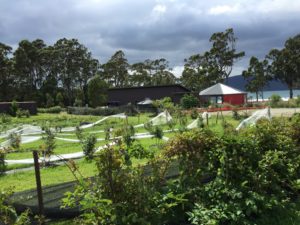 and a visit to the Bruny Island Chocolate shop saw us finish off our bucket list for Bruny.
and a visit to the Bruny Island Chocolate shop saw us finish off our bucket list for Bruny.
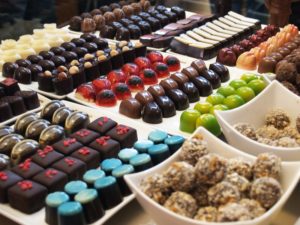
 We had booked seats on the Ida Bay Historical Railway, the most southern railway in Australia.
We had booked seats on the Ida Bay Historical Railway, the most southern railway in Australia.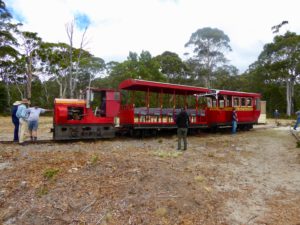 Located at Lune River, 113 kilometers and roughly two hours drive south of Hobart; the Ida Bay Railway enables you to enjoy the area’s secluded wilderness. The 610 mm (2 foot) gauge tramway traverses 6.8 kilometers of Tasmanian bush and beach, estuaries and button grass plains. It is a two hour return trip on a restored section of this historic line, riding in passenger carriages built on 1890s bogie flat wagons, which are hauled by 1940s Malcolm Moore locomotives.
Located at Lune River, 113 kilometers and roughly two hours drive south of Hobart; the Ida Bay Railway enables you to enjoy the area’s secluded wilderness. The 610 mm (2 foot) gauge tramway traverses 6.8 kilometers of Tasmanian bush and beach, estuaries and button grass plains. It is a two hour return trip on a restored section of this historic line, riding in passenger carriages built on 1890s bogie flat wagons, which are hauled by 1940s Malcolm Moore locomotives.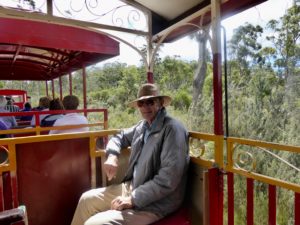
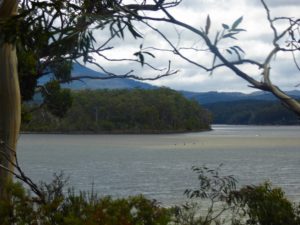 Deephole Bay marks the line’s end where there is a long, white sand swimming beach, accessible only by rail.
Deephole Bay marks the line’s end where there is a long, white sand swimming beach, accessible only by rail. 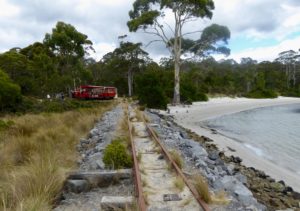
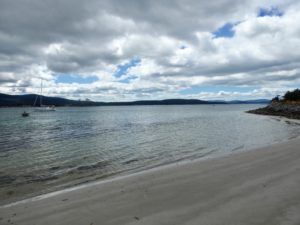
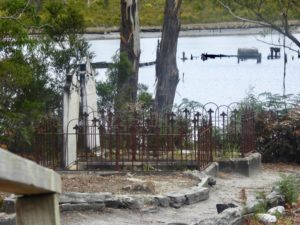 There most of the adults and older children are buried. Christina Jager (nee Tyler) had 24 children and was an Amazonian figure on the Lune. Many of the children did not survive.
There most of the adults and older children are buried. Christina Jager (nee Tyler) had 24 children and was an Amazonian figure on the Lune. Many of the children did not survive. 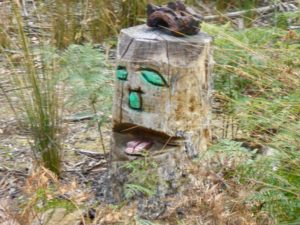
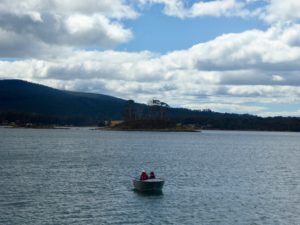 It may be possible to drive to Cockle Creek but we took one look at the rutted gravel and sand track and decided that the drive would not be appreciated by us or Europa Car Hire. Instead we made our way back to Geeveston where, to our surprise, most of the shops were closed. We had some lunch, looked at the wonderful carved figures of local celebrities
It may be possible to drive to Cockle Creek but we took one look at the rutted gravel and sand track and decided that the drive would not be appreciated by us or Europa Car Hire. Instead we made our way back to Geeveston where, to our surprise, most of the shops were closed. We had some lunch, looked at the wonderful carved figures of local celebrities 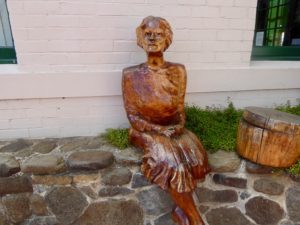
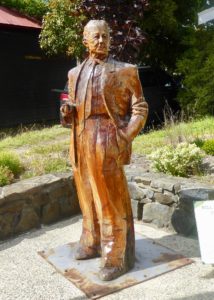
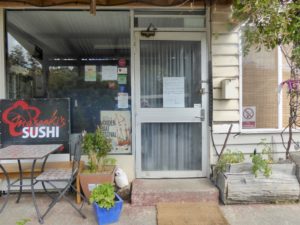 The sushi chef and his restaurant Masaaki’s is so well renowned in Tasmania that he only needs to work three days a week.
The sushi chef and his restaurant Masaaki’s is so well renowned in Tasmania that he only needs to work three days a week.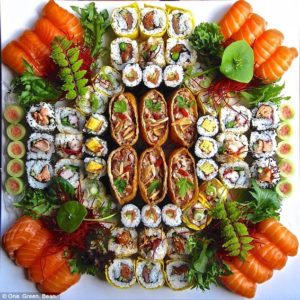 A notice on the door said he would be away for several weeks and was closed.
A notice on the door said he would be away for several weeks and was closed. 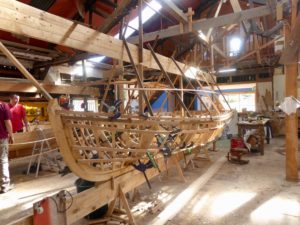
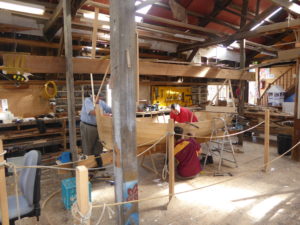
 There was a lovely dinghy being built by an 80-year-old master boat builder for his grandson. As well as building boats they also restore boats and had a number of boats in being stripped down and restored.
There was a lovely dinghy being built by an 80-year-old master boat builder for his grandson. As well as building boats they also restore boats and had a number of boats in being stripped down and restored.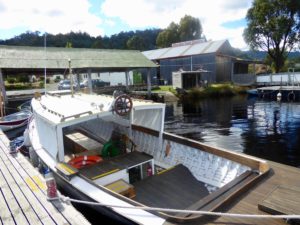

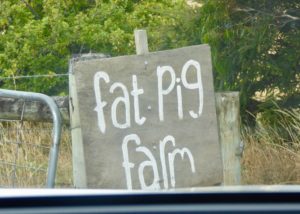 The tone of the day was set when we arrived to find Sadie in fits of laughter because she had managed to cause a traffic jam in their carpark. She and Matthew proved to be amusing and likeable hosts, passionate about what they are doing and wanting to ensure that everyone had a good time.
The tone of the day was set when we arrived to find Sadie in fits of laughter because she had managed to cause a traffic jam in their carpark. She and Matthew proved to be amusing and likeable hosts, passionate about what they are doing and wanting to ensure that everyone had a good time. 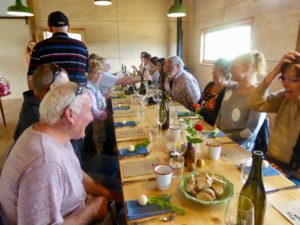 After a welcome from Matthew and Sadie and an explanation of the menu (based on what has been picked from the garden that day plus produce from nearby food artisans), started on our lunch. The appetizer was surprisingly a baby turnip, just picked that morning and tasting quite unlike the turnips you normally buy and with the crunchiness of an apple.
After a welcome from Matthew and Sadie and an explanation of the menu (based on what has been picked from the garden that day plus produce from nearby food artisans), started on our lunch. The appetizer was surprisingly a baby turnip, just picked that morning and tasting quite unlike the turnips you normally buy and with the crunchiness of an apple.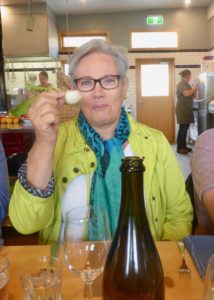
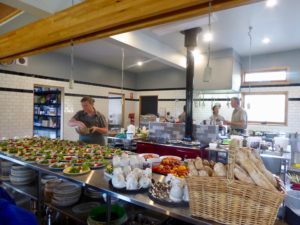
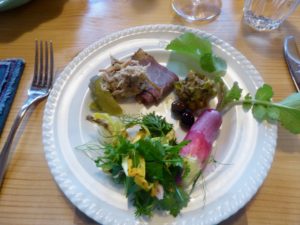 The first course was served with Bruny Island Cloudy Bay IPA, a hop forward beer style made from Tasmanian grains.
The first course was served with Bruny Island Cloudy Bay IPA, a hop forward beer style made from Tasmanian grains.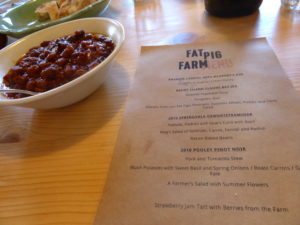
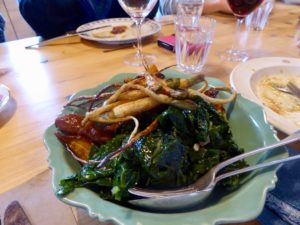
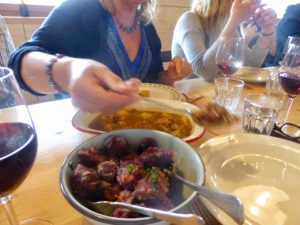
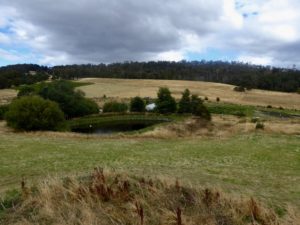 Down the hill to the dam, through the apple orchard -stopping to chat to the pigs
Down the hill to the dam, through the apple orchard -stopping to chat to the pigs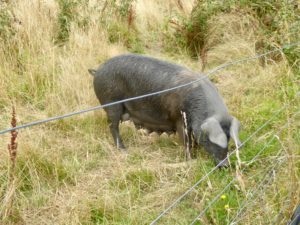 – to the heart of the farm which was the vegetable and produce garden and greenhouses.
– to the heart of the farm which was the vegetable and produce garden and greenhouses. 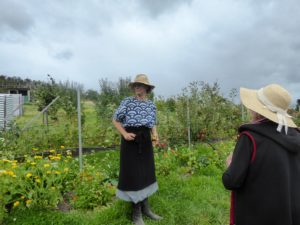
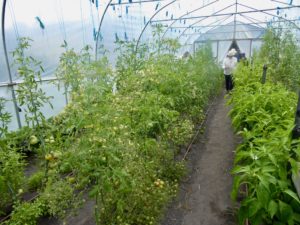
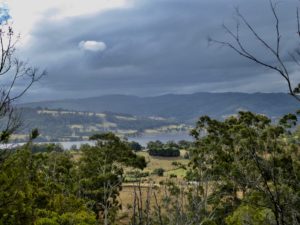
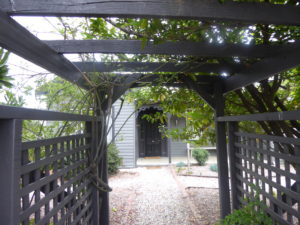
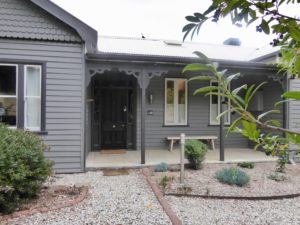

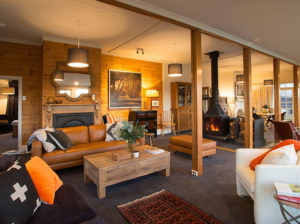
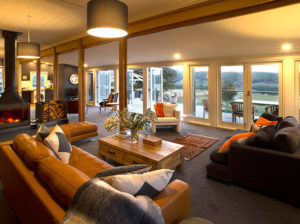
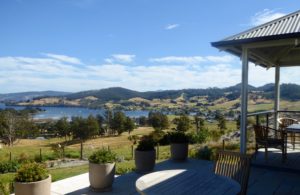 On the table in front of us was a platter of cheeses and nibbles with two wine glasses and a note saying that the wine was in the fridge. The wine was one of my favourites, a Forty Two Degree South Chardonnay from Frogmore Creek.
On the table in front of us was a platter of cheeses and nibbles with two wine glasses and a note saying that the wine was in the fridge. The wine was one of my favourites, a Forty Two Degree South Chardonnay from Frogmore Creek. 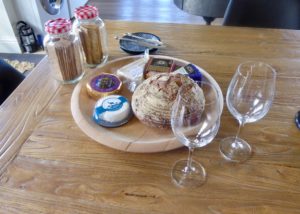
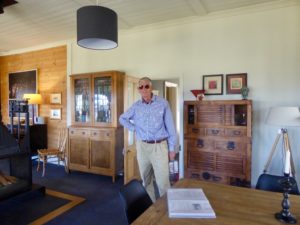
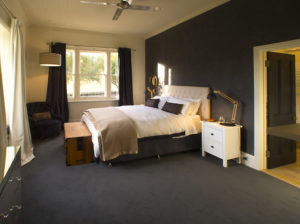
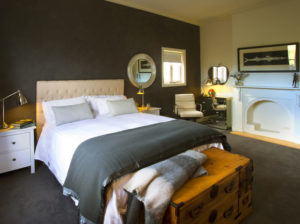 Double glazing, carpet where it counts, soft beds, deep couches and a cook’s kitchen make for a very comfortable stay.
Double glazing, carpet where it counts, soft beds, deep couches and a cook’s kitchen make for a very comfortable stay. 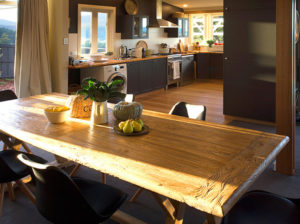 The Chimineé Philippe double-sided wood fire keeps you snug;
The Chimineé Philippe double-sided wood fire keeps you snug;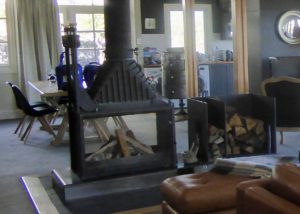 while luxurious bathrooms — each with a bath and underfloor heating plus walk-in shower —will melt tension from body and soul.
while luxurious bathrooms — each with a bath and underfloor heating plus walk-in shower —will melt tension from body and soul.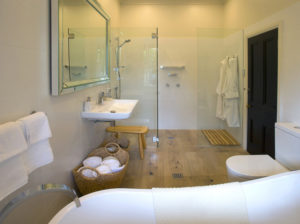 Undoubtedly the star of the well-equipped chef’s kitchen is the revolving 1917 Metters Bush Pantry. This rather eccentric object is a space-saving pantry whose drawers brim with all kinds of dry goods, sauces, oils and treats.
Undoubtedly the star of the well-equipped chef’s kitchen is the revolving 1917 Metters Bush Pantry. This rather eccentric object is a space-saving pantry whose drawers brim with all kinds of dry goods, sauces, oils and treats.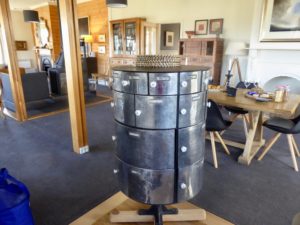 The fridge comes generously laden with seasonal and organic goodies including free-range eggs, local bacon and Tasmanian cheeses, plus artisanal Cygnet bread, milk from the dairy down the road and excellent Tasmanian butter. Tasmanian yoghurt is also provided, along with muesli and a range of breakfast cereals. Posie had even gone to the trouble of stocking lactose free milk and butter for Edgar.
The fridge comes generously laden with seasonal and organic goodies including free-range eggs, local bacon and Tasmanian cheeses, plus artisanal Cygnet bread, milk from the dairy down the road and excellent Tasmanian butter. Tasmanian yoghurt is also provided, along with muesli and a range of breakfast cereals. Posie had even gone to the trouble of stocking lactose free milk and butter for Edgar.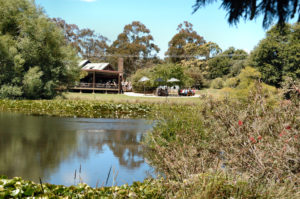 We had booked and secured a table inside on the window, which considering there was quite a nippy breeze, was ideal.
We had booked and secured a table inside on the window, which considering there was quite a nippy breeze, was ideal. 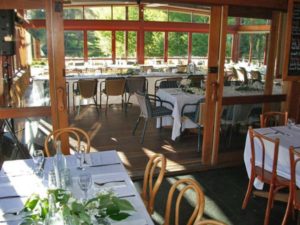 We had a view over the dam with its water birds and the farm with some alpacas in the distance.
We had a view over the dam with its water birds and the farm with some alpacas in the distance. 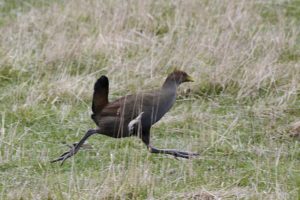
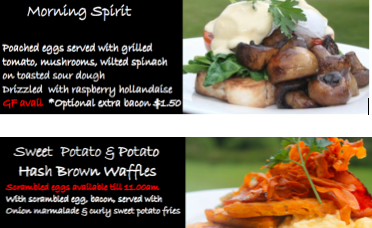 Followed by lunch
Followed by lunch 
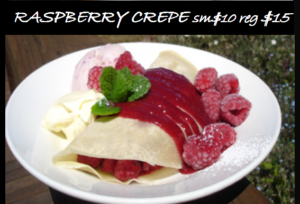 Enough said!
Enough said!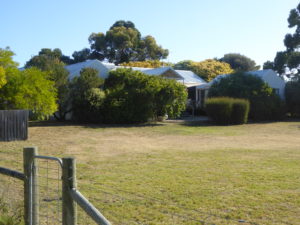
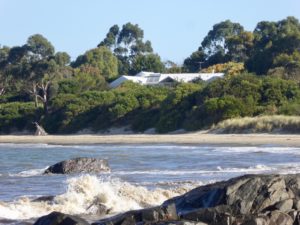
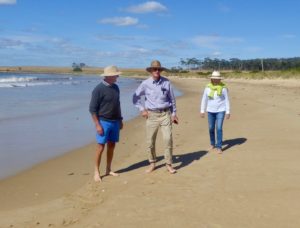 Crystal clear water with fabulous views of Oyster Bay, the Hazzards and Freycinet Peninsula were our reward.
Crystal clear water with fabulous views of Oyster Bay, the Hazzards and Freycinet Peninsula were our reward.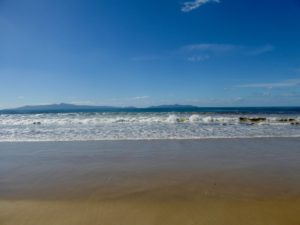
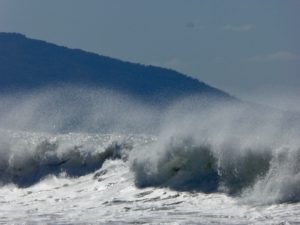

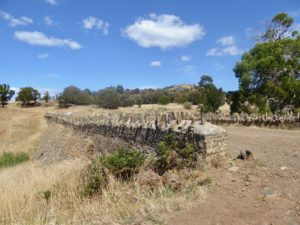 but didn’t dally long as we were due out to lunch at Springvale Winery.
but didn’t dally long as we were due out to lunch at Springvale Winery.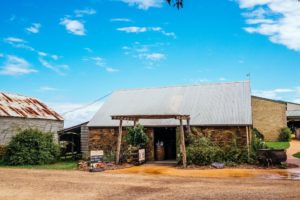
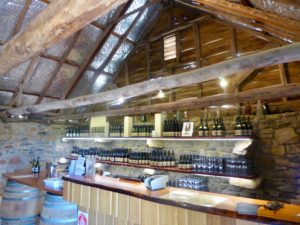
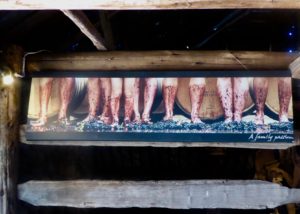
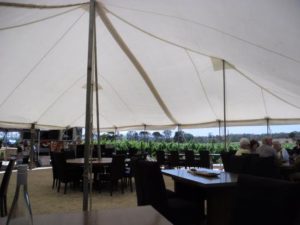 Susie organised all this for us and the result was spectacular.
Susie organised all this for us and the result was spectacular. 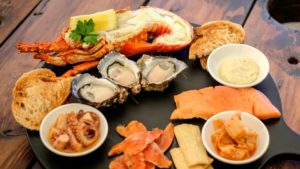
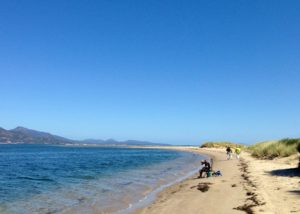 Martin was contemplating a swim but a few drinks later had given up the idea and we just chatted before partaking of a light dinner and so to bed.
Martin was contemplating a swim but a few drinks later had given up the idea and we just chatted before partaking of a light dinner and so to bed.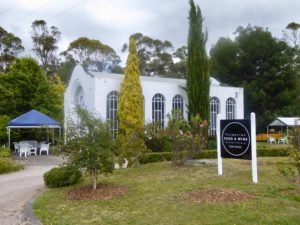 It was once a greenhouse built over 40 years ago by a Devonport man – primarily to house his grand piano. A local mother and daughter fell in love with the building and after 10 years of negotiating finally bought it. It is now decked out with golden timber floors and streams of natural light, ceilings fans and cane furniture give it a tropical Cuban style atmosphere.
It was once a greenhouse built over 40 years ago by a Devonport man – primarily to house his grand piano. A local mother and daughter fell in love with the building and after 10 years of negotiating finally bought it. It is now decked out with golden timber floors and streams of natural light, ceilings fans and cane furniture give it a tropical Cuban style atmosphere. 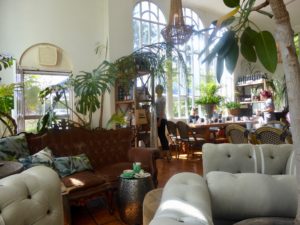 It opened in 2015 and has never looked back. The grand piano was still there and whilst we were there a fellow diner asked if he could play it. He was obviously an accomplished pianist and he entertained us for the next 20 minutes with beautiful classical music.
It opened in 2015 and has never looked back. The grand piano was still there and whilst we were there a fellow diner asked if he could play it. He was obviously an accomplished pianist and he entertained us for the next 20 minutes with beautiful classical music.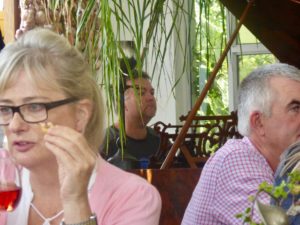 Their concept had always been to develop it into a showcase for Tasmanian produce with seasonality playing a big part in the menu.
Their concept had always been to develop it into a showcase for Tasmanian produce with seasonality playing a big part in the menu. 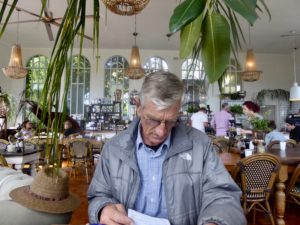
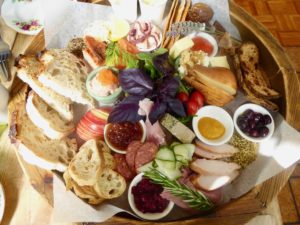 Not only was it all, delicious but you could buy all the ingredients in the shop – which we did!
Not only was it all, delicious but you could buy all the ingredients in the shop – which we did!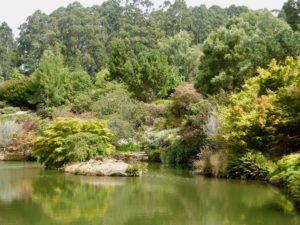
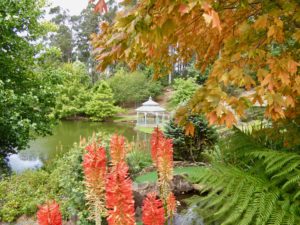 The garden is divided and space allocated to each part of the world in which rhododendrons grow in the wild.
The garden is divided and space allocated to each part of the world in which rhododendrons grow in the wild.  Plants which originated anywhere from the icy Himalayas to tropical New Guinea and across the Pacific to the Americas seem to have adapted to their hillside home.
Plants which originated anywhere from the icy Himalayas to tropical New Guinea and across the Pacific to the Americas seem to have adapted to their hillside home.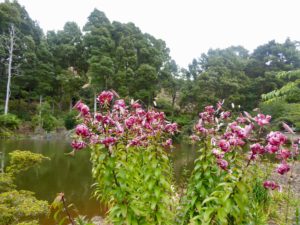
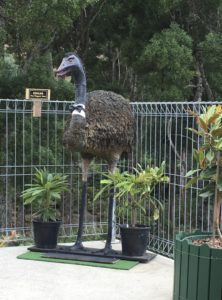

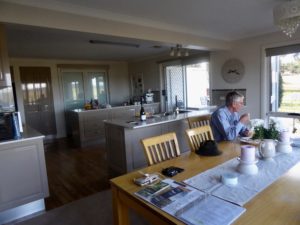
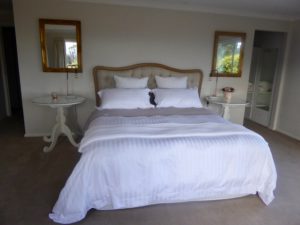
 We started in the arboretum part of the garden. Here single specimen trees of conifers and other striking and unusual trees have been planted so that you can see the tree in its entirety rather than as part of a shrubbery.
We started in the arboretum part of the garden. Here single specimen trees of conifers and other striking and unusual trees have been planted so that you can see the tree in its entirety rather than as part of a shrubbery. 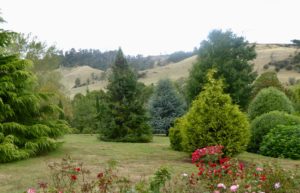 From there we moved on to the more formal part of the garden, where the use of hedges and innovative planting combined with numerous water features and striking sculptures make this a garden full of surprises.
From there we moved on to the more formal part of the garden, where the use of hedges and innovative planting combined with numerous water features and striking sculptures make this a garden full of surprises.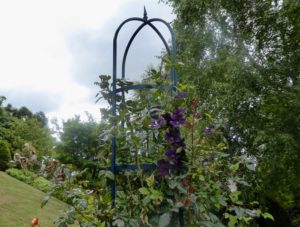
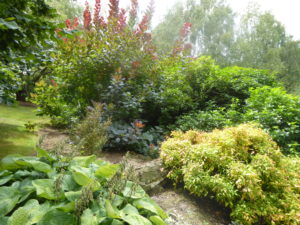
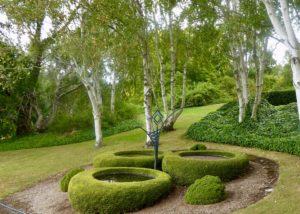
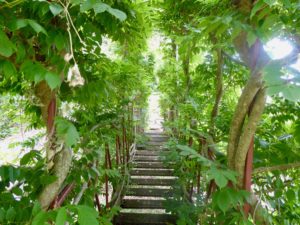

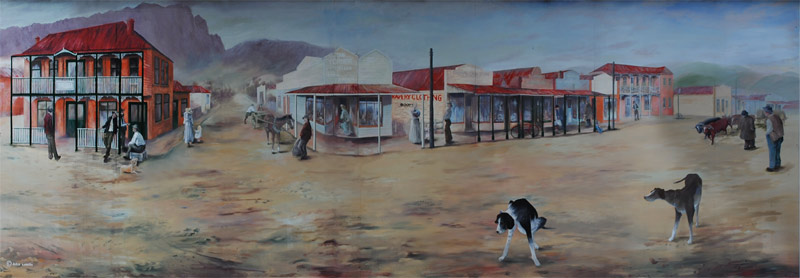
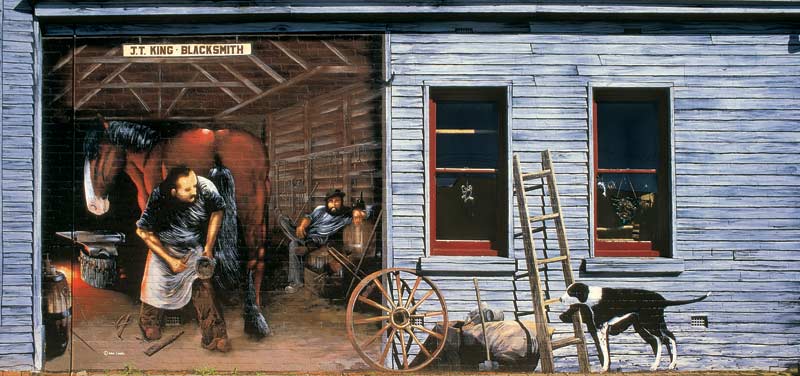
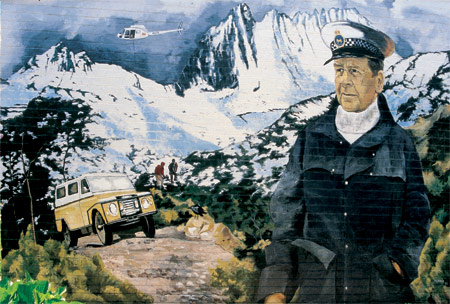
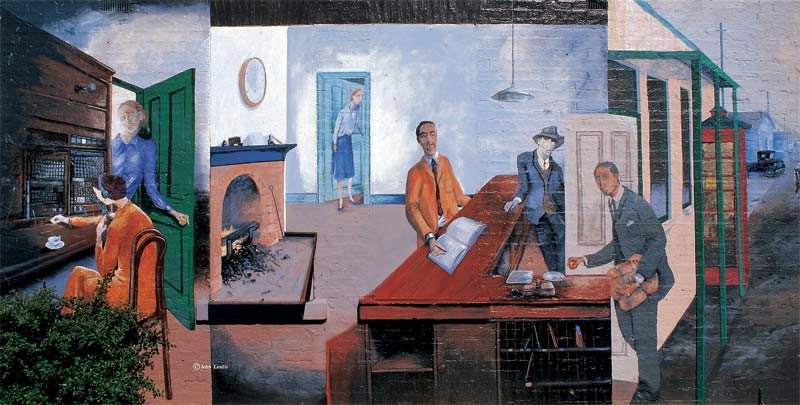 The Post Office in 1930 now a mural on the wall of the Kentish museum which was the old post office
The Post Office in 1930 now a mural on the wall of the Kentish museum which was the old post office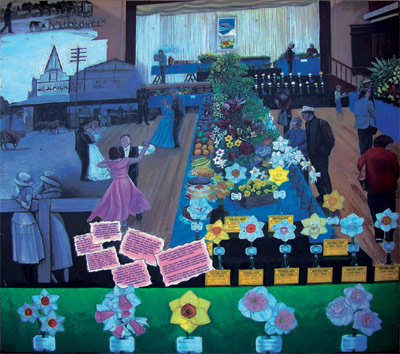
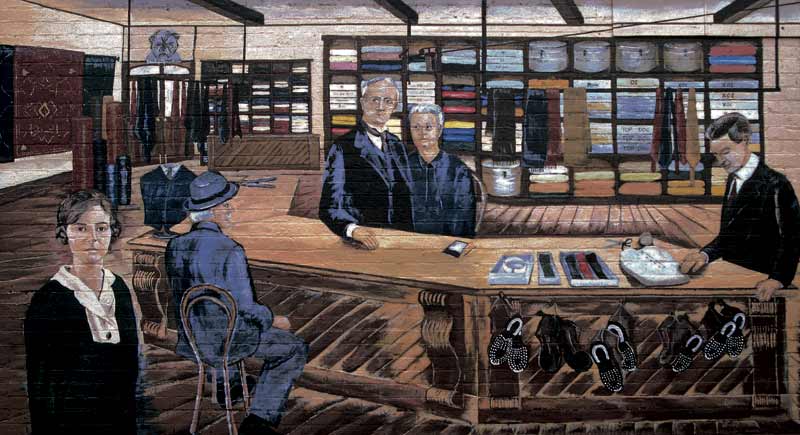 In 1926 Jesse and Nellie Slater’s old business friend, Mr Coles of Wilmot, came into their shop. He tried to persuade them to invest money in a new company, G J Coles Pty Ltd, which his sons were forming in Melbourne.
In 1926 Jesse and Nellie Slater’s old business friend, Mr Coles of Wilmot, came into their shop. He tried to persuade them to invest money in a new company, G J Coles Pty Ltd, which his sons were forming in Melbourne.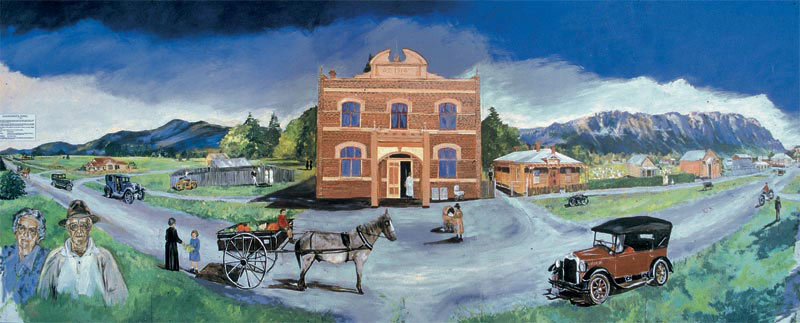
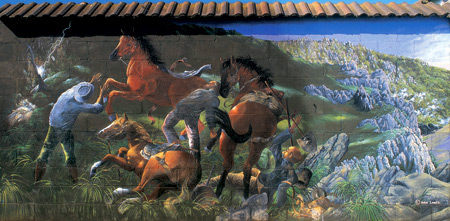
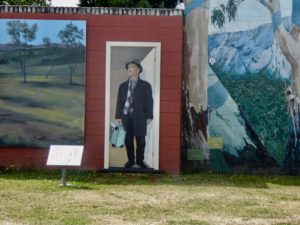
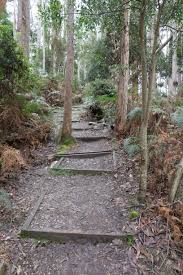
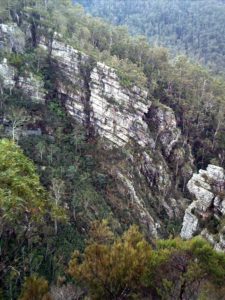 along a high, tapering ridge, until you reach the breath-taking lookout platform perched high above the Mersey River as it flows along the valley through the Alum Cliffs Gorge
along a high, tapering ridge, until you reach the breath-taking lookout platform perched high above the Mersey River as it flows along the valley through the Alum Cliffs Gorge 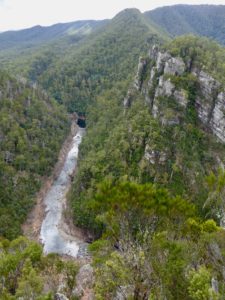 As the walk features a number of steps, and was quite slippery in places, I was glad of my trekking sticks.
As the walk features a number of steps, and was quite slippery in places, I was glad of my trekking sticks.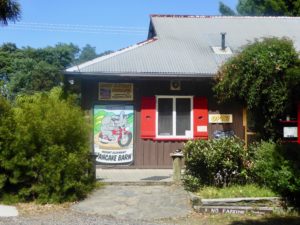 We both had a Banaberry Pancake which was a light crepe crammed full of bananas, strawberries, raspberries and blackberries. Very healthy (except for the maple syrup) and very satisfying! The café is a lot of fun
We both had a Banaberry Pancake which was a light crepe crammed full of bananas, strawberries, raspberries and blackberries. Very healthy (except for the maple syrup) and very satisfying! The café is a lot of fun 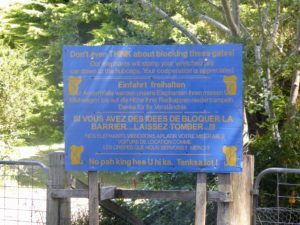 is decorated with elephants of every description including two wonderful elephant carved chairs.
is decorated with elephants of every description including two wonderful elephant carved chairs.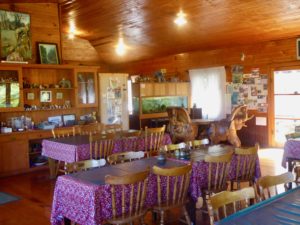
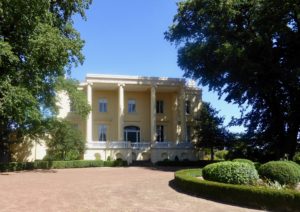 Clarendon is set in 7 hectares of parklands on the banks of the South Esk River and is a magnificent three-story Georgian house with servants’ quarters, a heritage walled garden,
Clarendon is set in 7 hectares of parklands on the banks of the South Esk River and is a magnificent three-story Georgian house with servants’ quarters, a heritage walled garden,
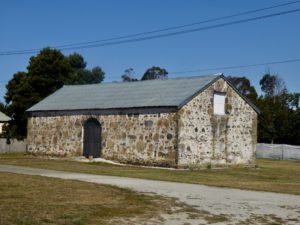
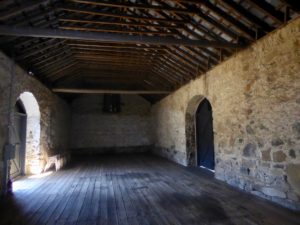 The avenue of 150 year old elms is the largest in the Southern Hemisphere and has been unaffected by the Dutch Elm disease which has devastated the European tree.
The avenue of 150 year old elms is the largest in the Southern Hemisphere and has been unaffected by the Dutch Elm disease which has devastated the European tree.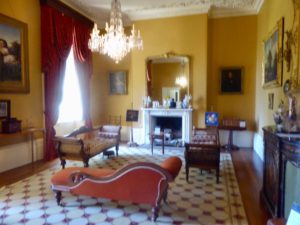

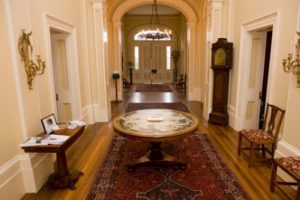
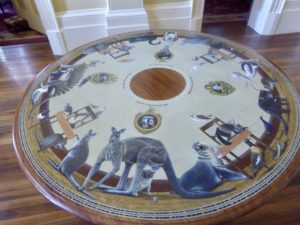
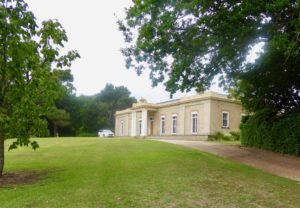
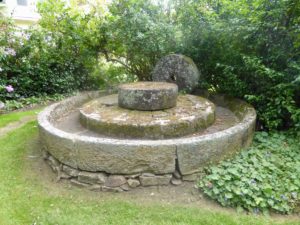
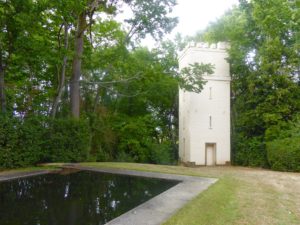
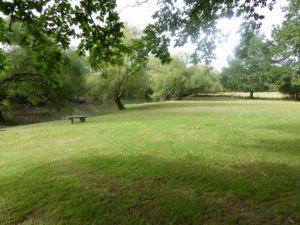
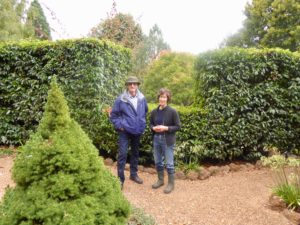 – though her self confessed preference is for trees and the vegetable gardens, of which there are two.
– though her self confessed preference is for trees and the vegetable gardens, of which there are two.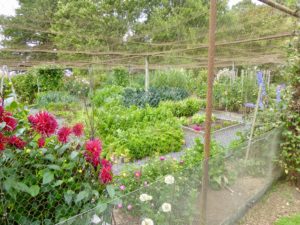 Despite this preference there are plenty of beds of roses, perennials and flowering shrubs.
Despite this preference there are plenty of beds of roses, perennials and flowering shrubs.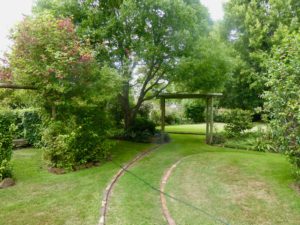 Two orchards keep the family (and the Church) supplied with fruit for eating and preserving. Hawthorn hedges, oaks, elms, laurels, lindens, maritime pines and sweeping lawns all create a magnificent setting for the house.
Two orchards keep the family (and the Church) supplied with fruit for eating and preserving. Hawthorn hedges, oaks, elms, laurels, lindens, maritime pines and sweeping lawns all create a magnificent setting for the house.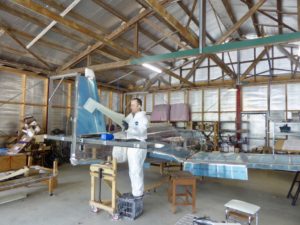
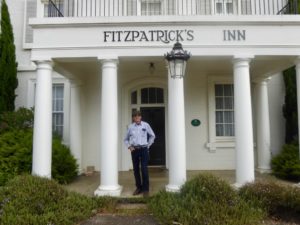 It is one of the oldest hotels in Tasmania and used to be run by three formidable sisters.
It is one of the oldest hotels in Tasmania and used to be run by three formidable sisters. 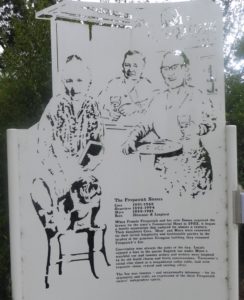 Edgar quite clearly remembers it from age 8. It is still running much as it did back then but now run by a very friendly lady who happily showed us around. That night George’s brother John and his sister, Diane, came to dinner, which we ate in the formal dining room in grand style.
Edgar quite clearly remembers it from age 8. It is still running much as it did back then but now run by a very friendly lady who happily showed us around. That night George’s brother John and his sister, Diane, came to dinner, which we ate in the formal dining room in grand style.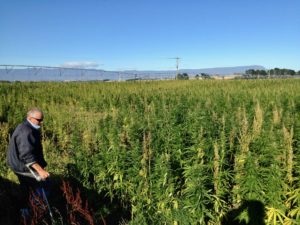 . We farewelled them both at around 10am and headed north for our Brunch booking at the Tasmanian Food and Wine Conservatory.
. We farewelled them both at around 10am and headed north for our Brunch booking at the Tasmanian Food and Wine Conservatory.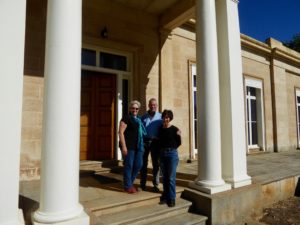
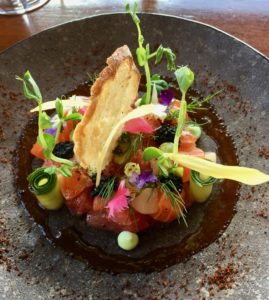
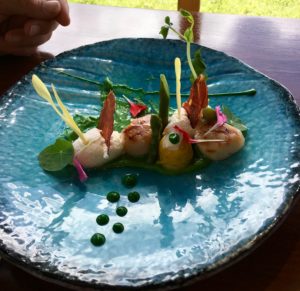
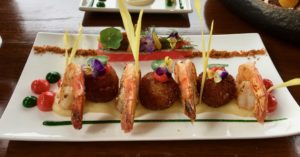
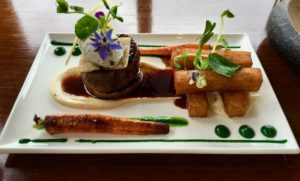
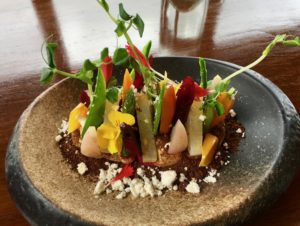
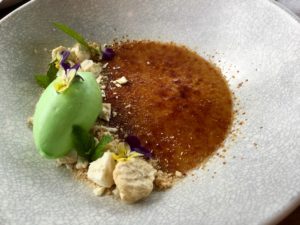
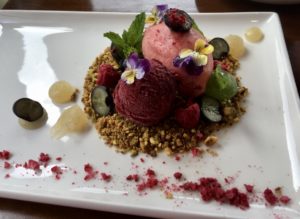
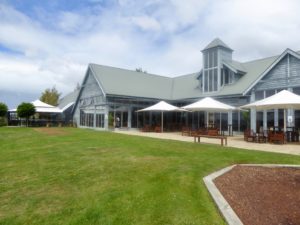
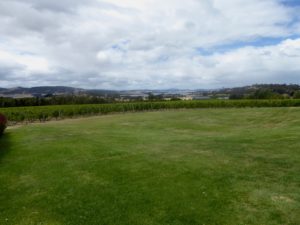 Feeling slightly overfull we sampled their range of wines and instantly joined their Wine Club. Their Riesling, Chardonnay, Sparkling Chardonnay and Pinot Noir were particularly good so, ensuring we were stocked up for the next stage of our journey, we set off for Coles Bay and our B&B “Dunwerkin”.
Feeling slightly overfull we sampled their range of wines and instantly joined their Wine Club. Their Riesling, Chardonnay, Sparkling Chardonnay and Pinot Noir were particularly good so, ensuring we were stocked up for the next stage of our journey, we set off for Coles Bay and our B&B “Dunwerkin”.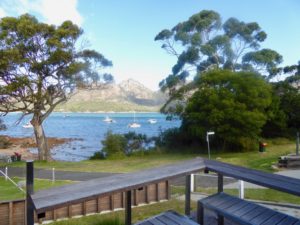
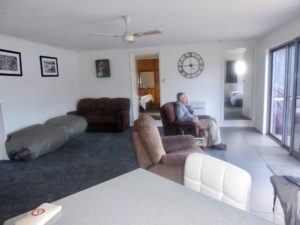
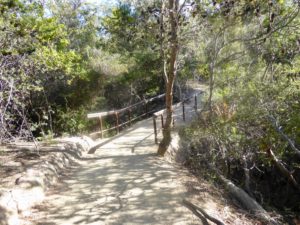 The parks service has done a lot of work grading the track so that it is not as steep as it once was but it is still strenuous
The parks service has done a lot of work grading the track so that it is not as steep as it once was but it is still strenuous 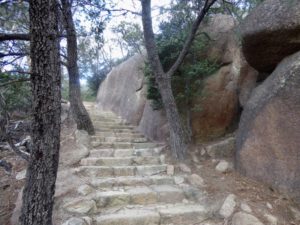 though there are resting spots on the way.
though there are resting spots on the way. 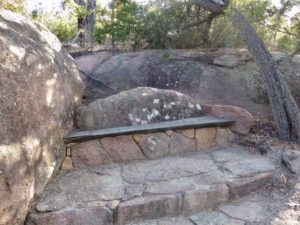 As you climb higher views open up below of the water and the town of Coles Bay – a formal lookout has been built at the best location.
As you climb higher views open up below of the water and the town of Coles Bay – a formal lookout has been built at the best location. 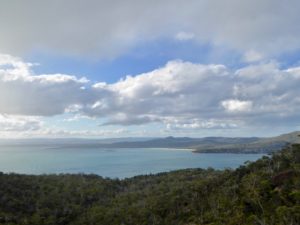 When you finally reach the saddle, which is studded by huge eroded granite boulders,
When you finally reach the saddle, which is studded by huge eroded granite boulders,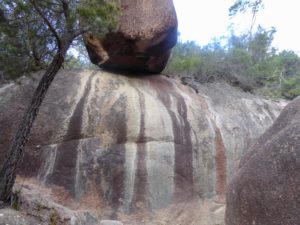 a sidetrack leads to the lookout with its iconic view.
a sidetrack leads to the lookout with its iconic view. 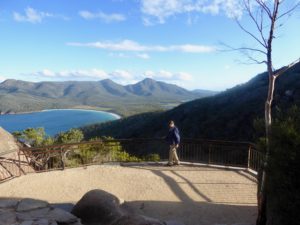 I had a couple of concerns having walked it before with our son Ben during our stay at Freycinet Lodge 20 years ago. That time we walked the Hazzard Beach/ Wine Glass Bay Circuit, which was 11Km of fairly rough going but I was a lot younger and fitter then. Now with a double knee replacement I was worried that I wouldn’t make it to the top and/or that I would be slow and, as it was already 5pm, would be descending in half-light. However all was well. We made it in sunlight, the view was fabulous and we made it down just as dusk was descending.
I had a couple of concerns having walked it before with our son Ben during our stay at Freycinet Lodge 20 years ago. That time we walked the Hazzard Beach/ Wine Glass Bay Circuit, which was 11Km of fairly rough going but I was a lot younger and fitter then. Now with a double knee replacement I was worried that I wouldn’t make it to the top and/or that I would be slow and, as it was already 5pm, would be descending in half-light. However all was well. We made it in sunlight, the view was fabulous and we made it down just as dusk was descending. 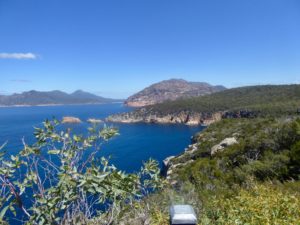
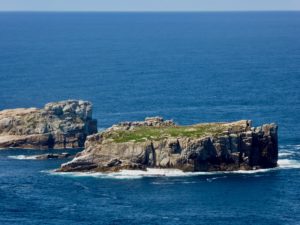
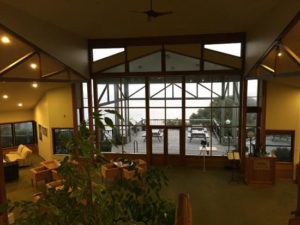 before we headed to Freycinet Marine Farm, who are oyster and mussel growers and have a farm gate cafe.
before we headed to Freycinet Marine Farm, who are oyster and mussel growers and have a farm gate cafe.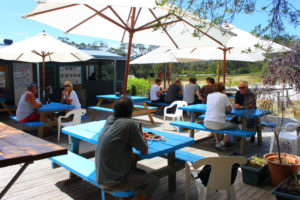 There we sampled their oysters with salmon and Brie, oysters with soy and ginger, abalone and mussels with spicy tomato sauce.
There we sampled their oysters with salmon and Brie, oysters with soy and ginger, abalone and mussels with spicy tomato sauce. 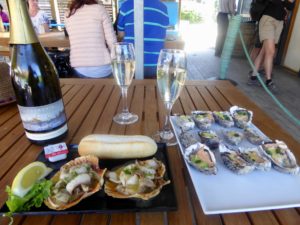 oysters with soy & ginger and the mussels were the winners with the others a little overcooked (actually a lot). Full of food once again we headed home to enjoy the ambience of our B&B and get ready to travel to the Bay of Fires.
oysters with soy & ginger and the mussels were the winners with the others a little overcooked (actually a lot). Full of food once again we headed home to enjoy the ambience of our B&B and get ready to travel to the Bay of Fires.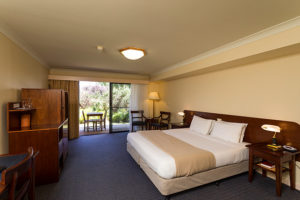
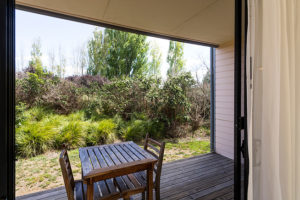 A short walk through town to do a little shopping and book ourselves into Mohr & Smith for dinner then back to the resort for a leisurely lunch on our balcony.
A short walk through town to do a little shopping and book ourselves into Mohr & Smith for dinner then back to the resort for a leisurely lunch on our balcony.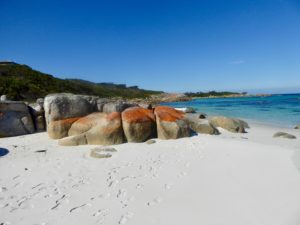
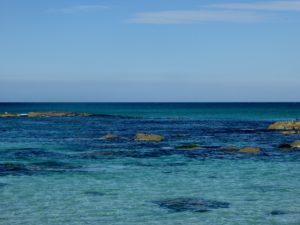
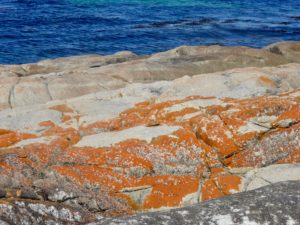

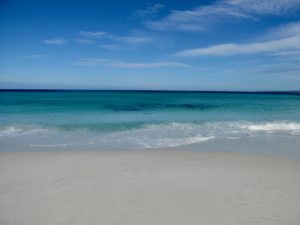
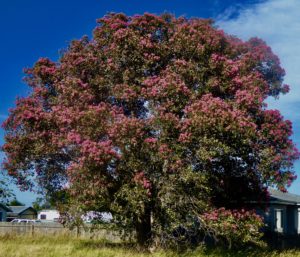
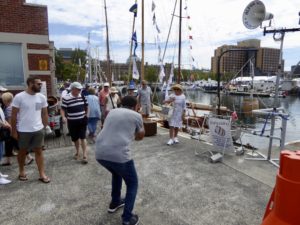
 Once again back in Mike and Pam’s suite we re-arranged the furniture, opened some beer and settled down to watch the boats sail in.
Once again back in Mike and Pam’s suite we re-arranged the furniture, opened some beer and settled down to watch the boats sail in. 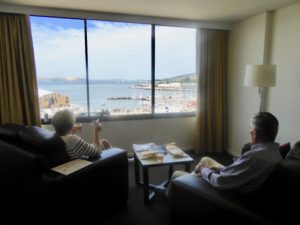
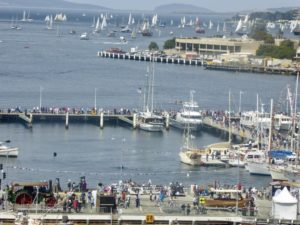
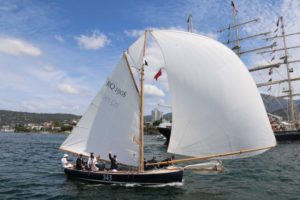
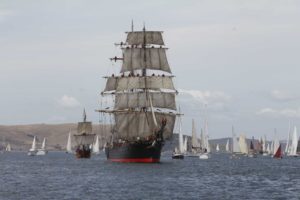
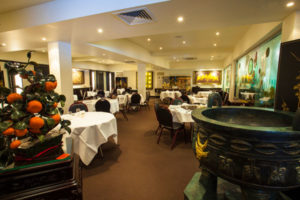
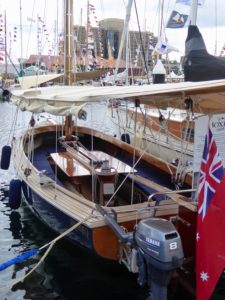
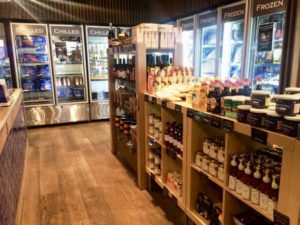
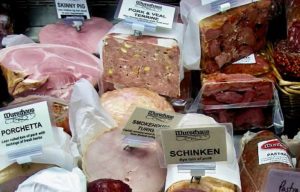
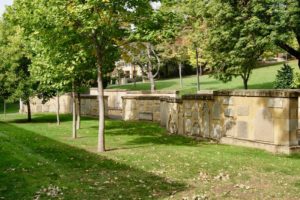
 Cool Wines, an independent retailer which offers specialist advice and a wide range of quality wines and boutique beers from all corners of the globe, was our next stop. Tim Goddard was our host. Tim has over 25 years in the wine industry, is a qualified wine judge and a stalwart of the Tasmanian wine industry. He heads a select tasting panel that ensures every wine earns its place on the shelf. He showed us how to judge a wine, how to hold it, check for clarity and colour, fragrance and taste. We tried five cool climate wines – all were delicious.
Cool Wines, an independent retailer which offers specialist advice and a wide range of quality wines and boutique beers from all corners of the globe, was our next stop. Tim Goddard was our host. Tim has over 25 years in the wine industry, is a qualified wine judge and a stalwart of the Tasmanian wine industry. He heads a select tasting panel that ensures every wine earns its place on the shelf. He showed us how to judge a wine, how to hold it, check for clarity and colour, fragrance and taste. We tried five cool climate wines – all were delicious.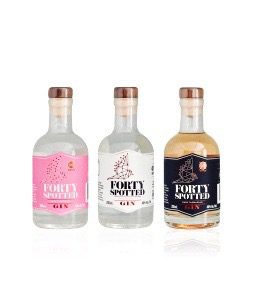
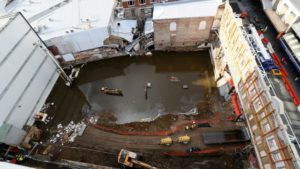 Our load wasn’t lightened when we reached Bruny Island Cheese shop in Salamanca Place. After trying the various honeys, cheeses and chocolates we added Prickle Box honey, Saint (a soft, white mould cheese with a lovely fudgey texture.) and O.D.O (a fresh cheese marinated in olive oil, it stands for One Day Old and that is exactly what it is. Great crumbled through hot pasta, melted on pizza or as an antipasto] to our load.
Our load wasn’t lightened when we reached Bruny Island Cheese shop in Salamanca Place. After trying the various honeys, cheeses and chocolates we added Prickle Box honey, Saint (a soft, white mould cheese with a lovely fudgey texture.) and O.D.O (a fresh cheese marinated in olive oil, it stands for One Day Old and that is exactly what it is. Great crumbled through hot pasta, melted on pizza or as an antipasto] to our load.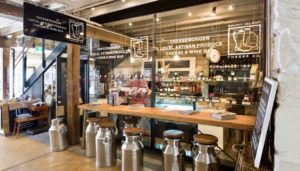
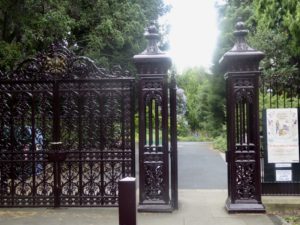 Arriving at the beautiful wrought iron gate entrance to the Gardens we headed straight down to the shop. Though the temperature was low, the day was sunny and the UVF was extreme. After purchasing a couple of very stylish hats we headed for the Mixed Border Garden via the Conservatory.
Arriving at the beautiful wrought iron gate entrance to the Gardens we headed straight down to the shop. Though the temperature was low, the day was sunny and the UVF was extreme. After purchasing a couple of very stylish hats we headed for the Mixed Border Garden via the Conservatory. 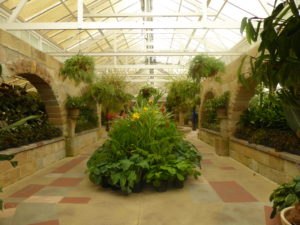
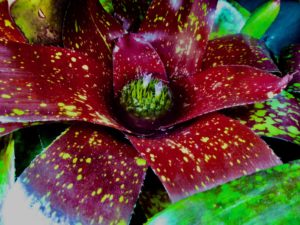
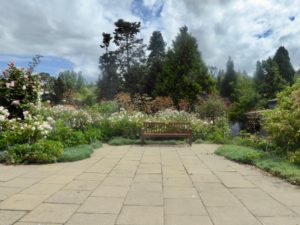
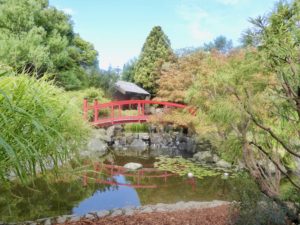
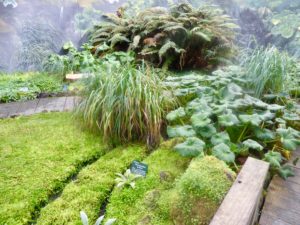
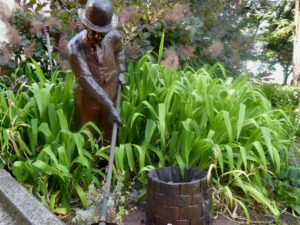
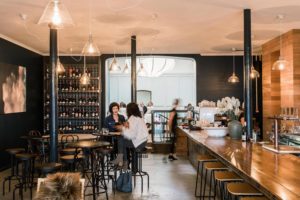
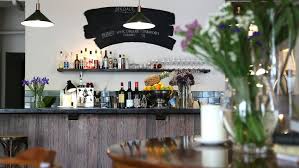
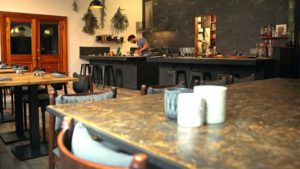
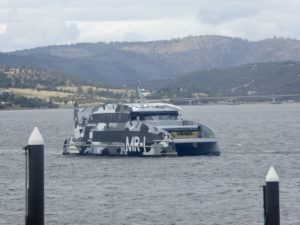
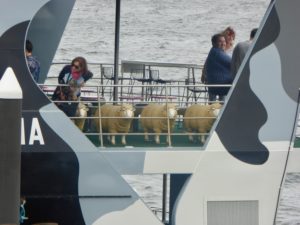
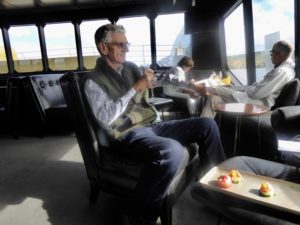
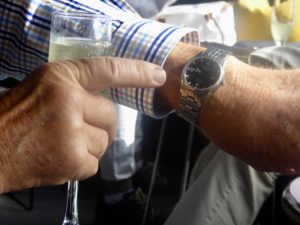
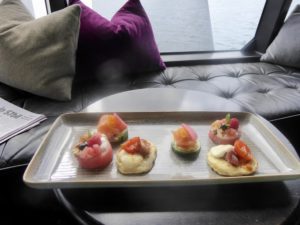
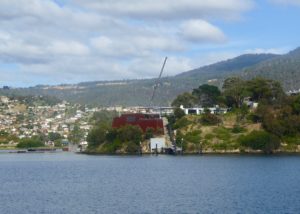
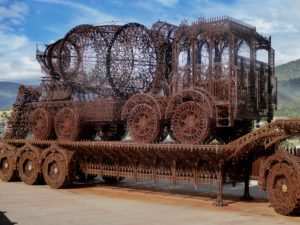
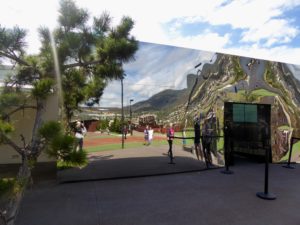
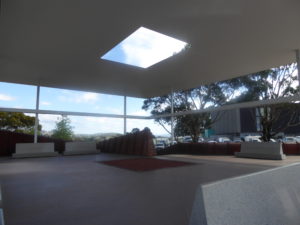
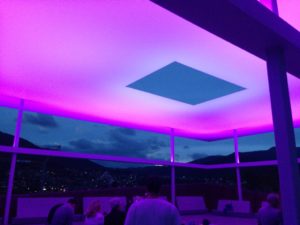
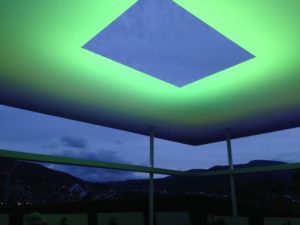
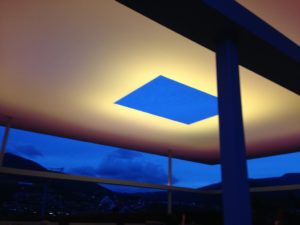
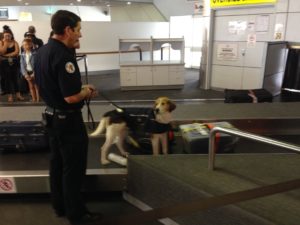
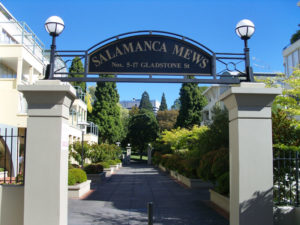
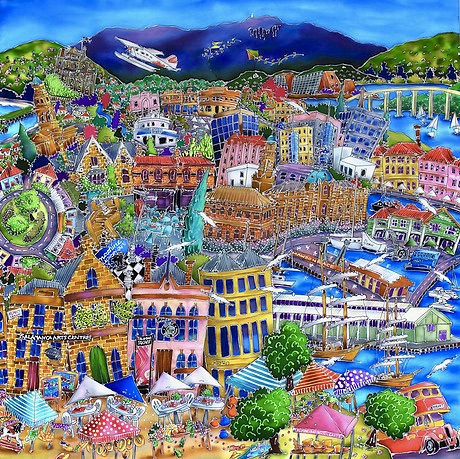
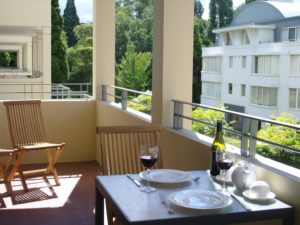
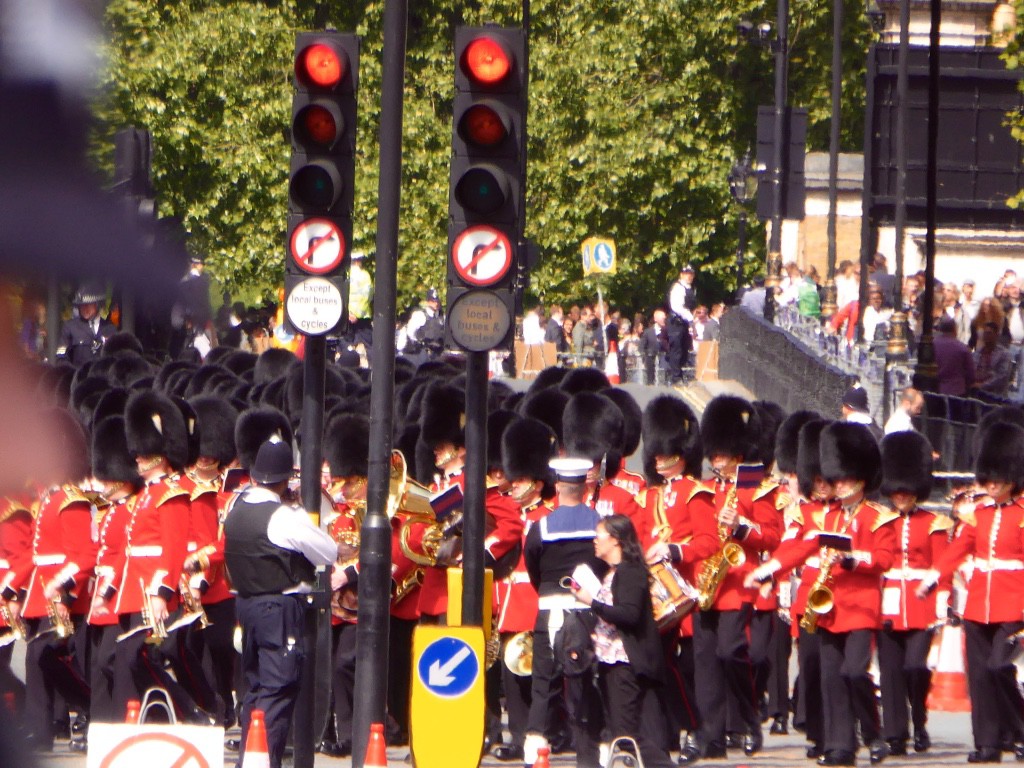
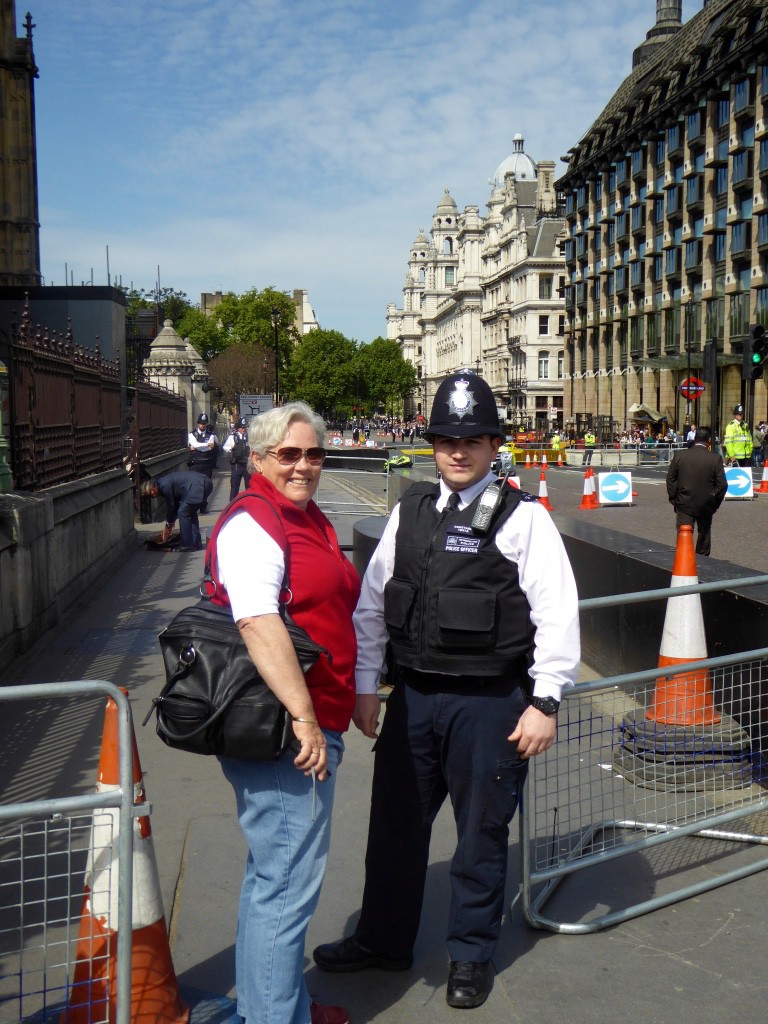
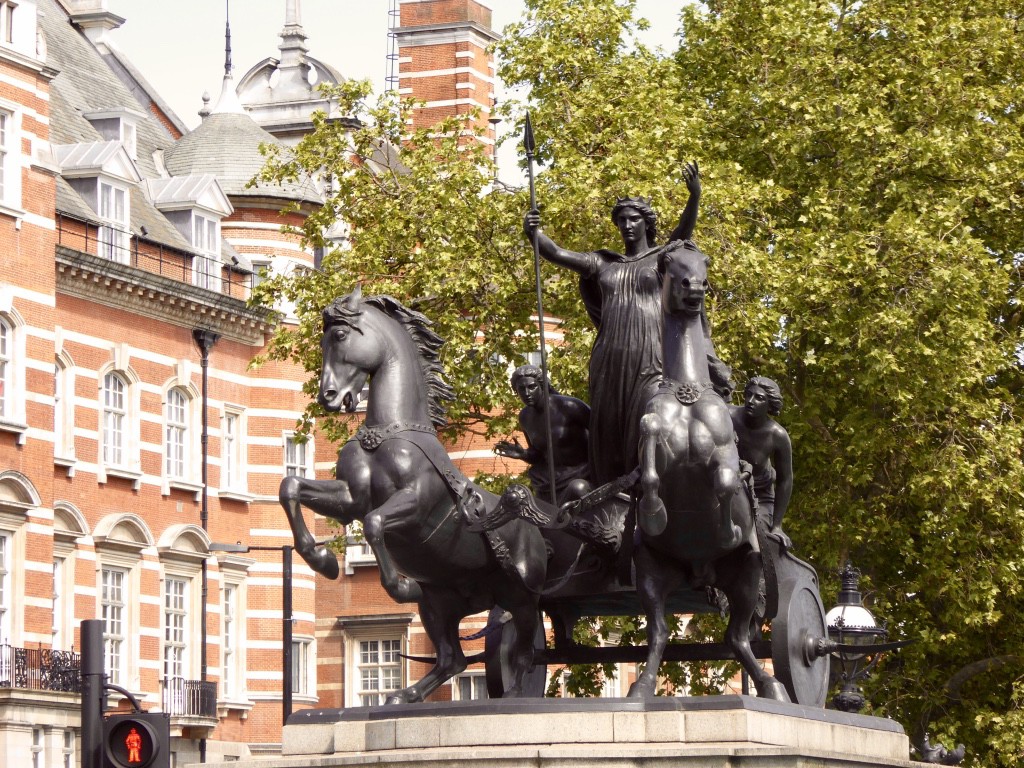
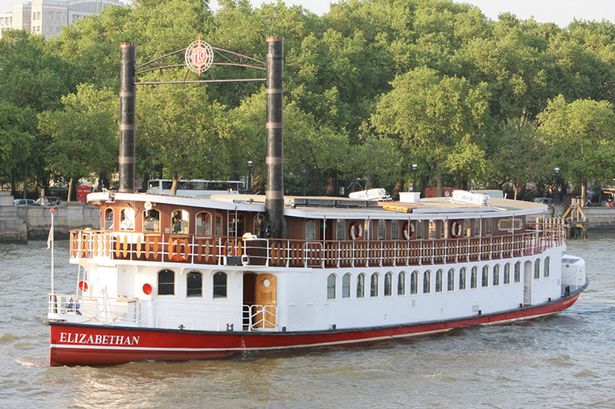
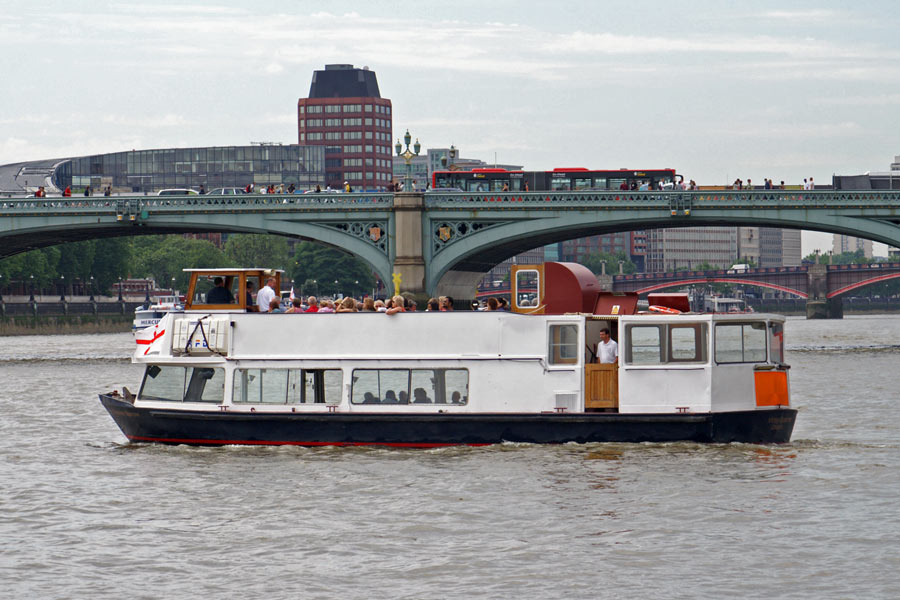
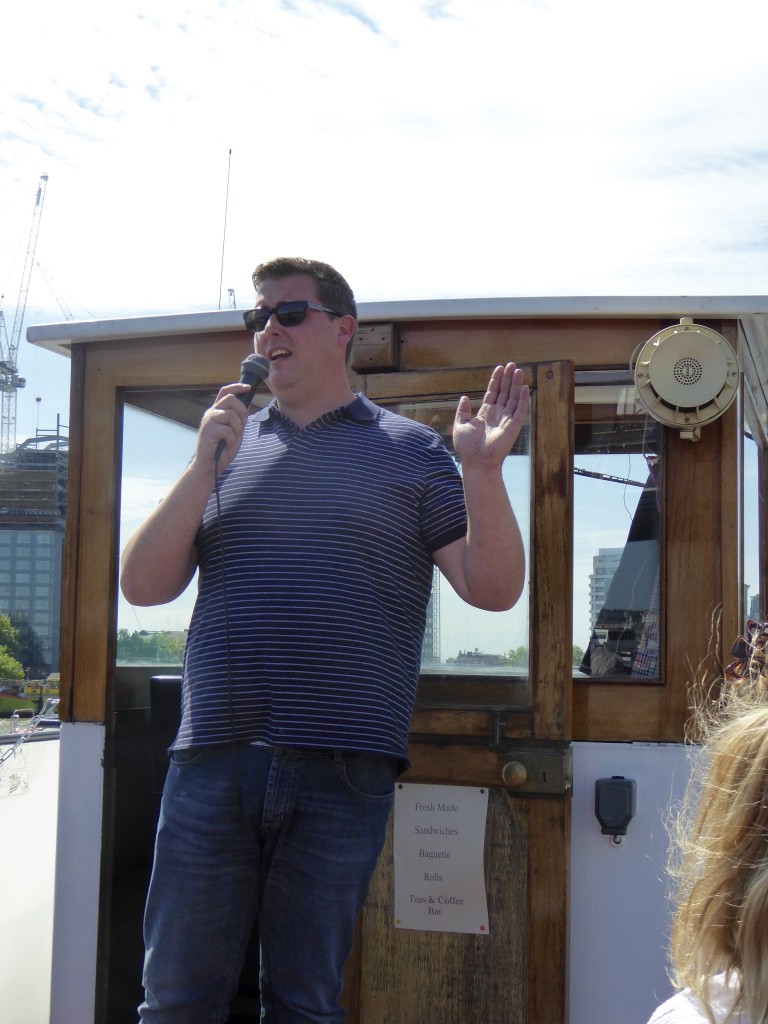
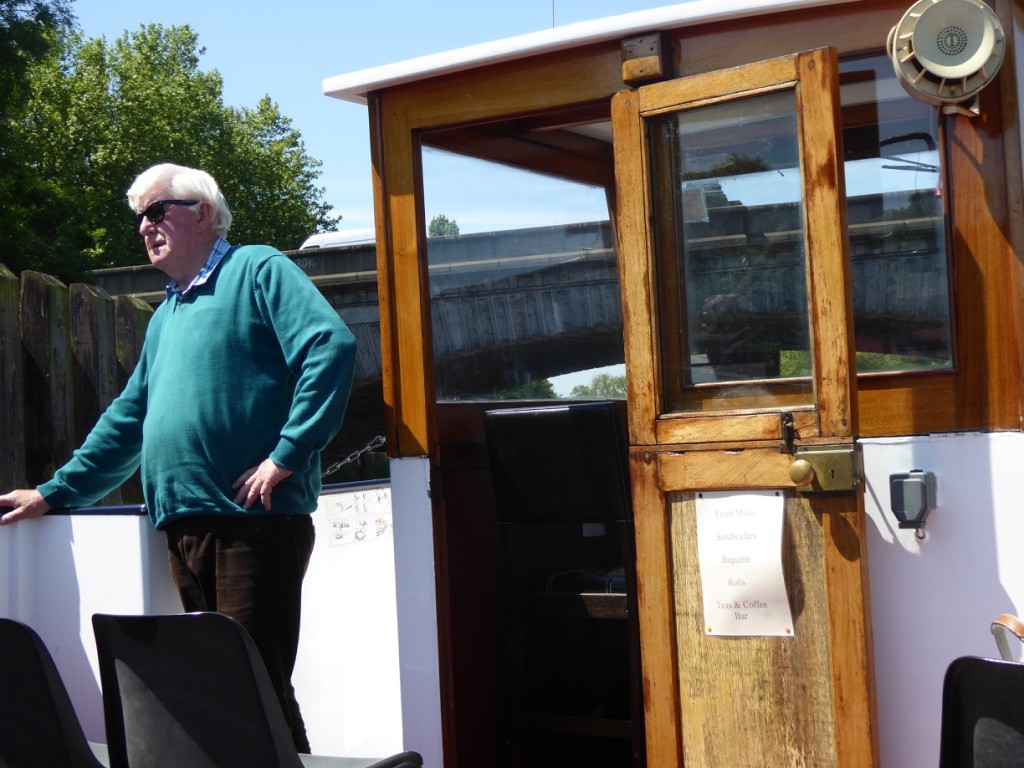
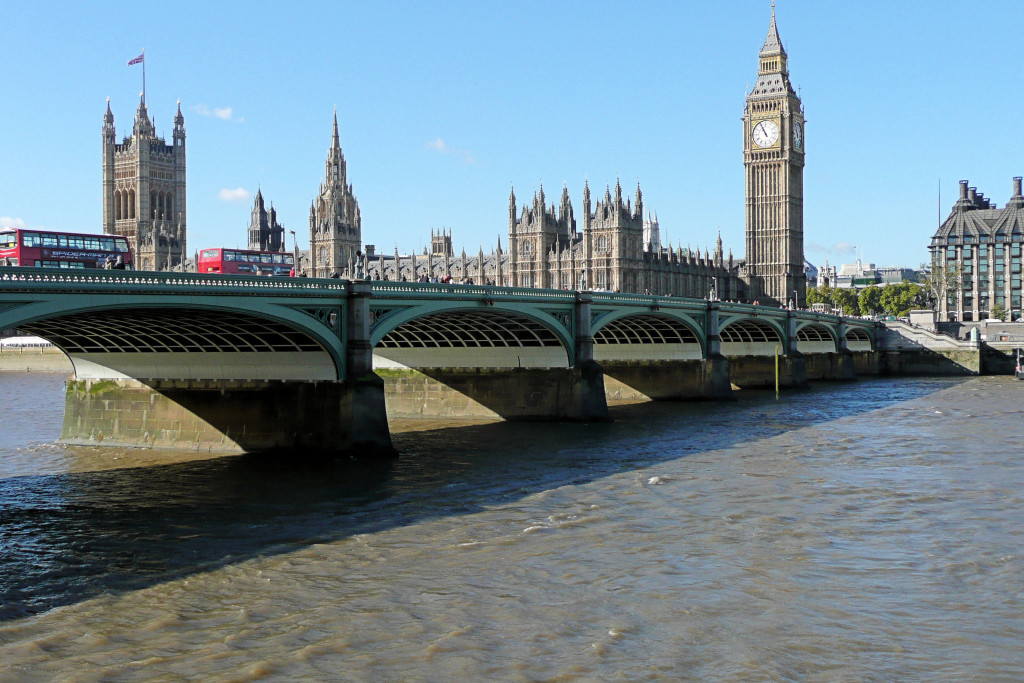

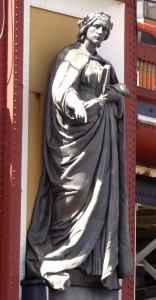
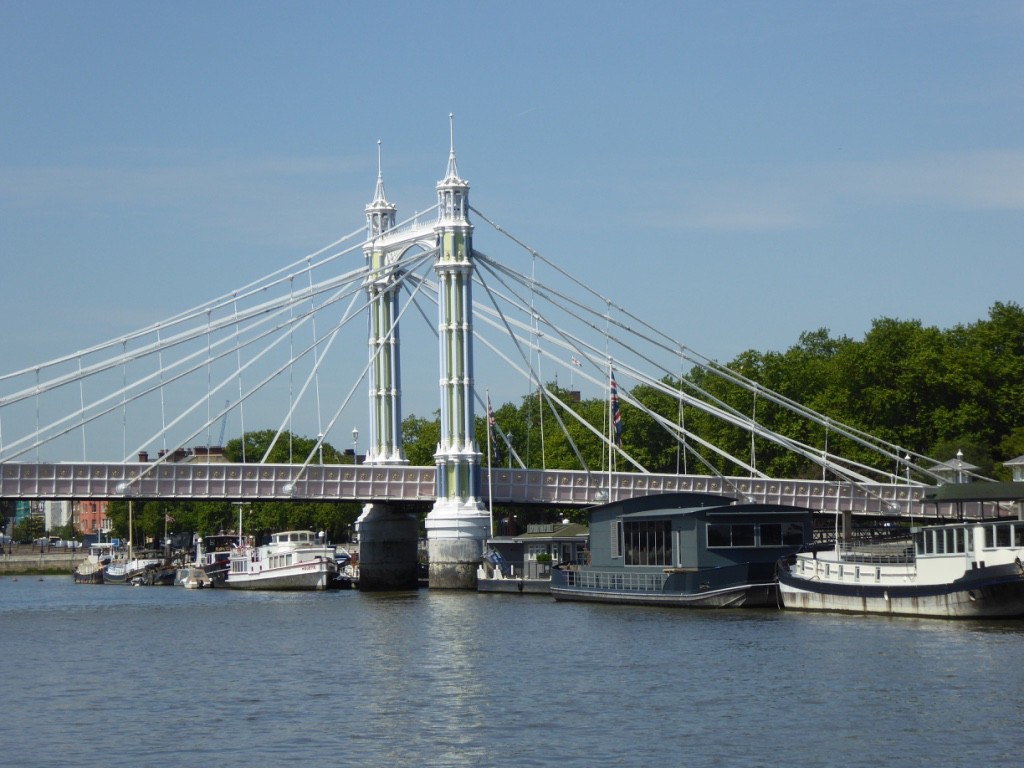
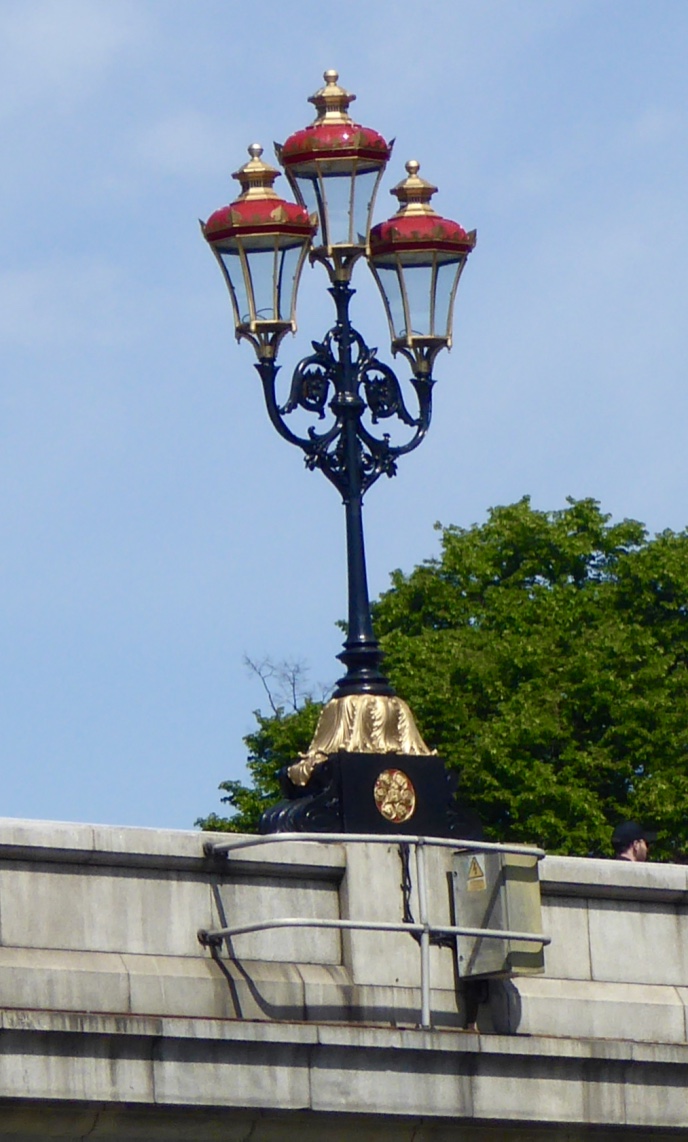
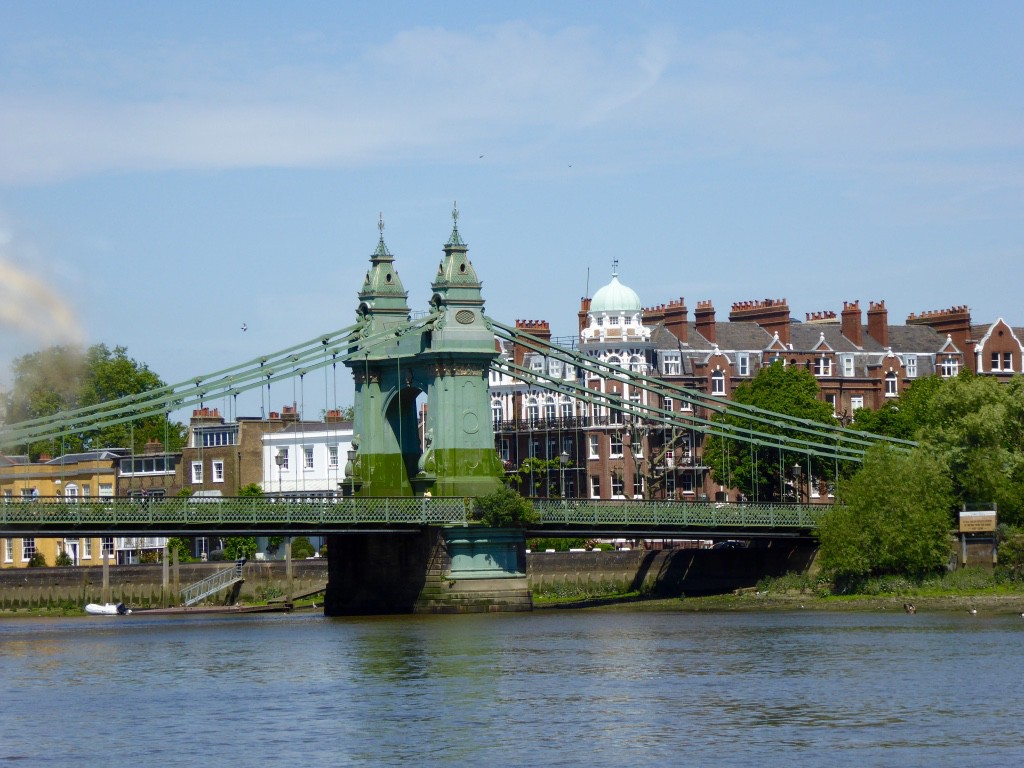
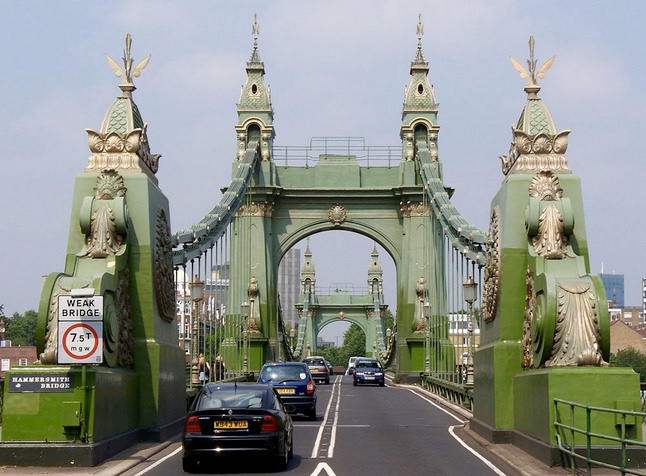
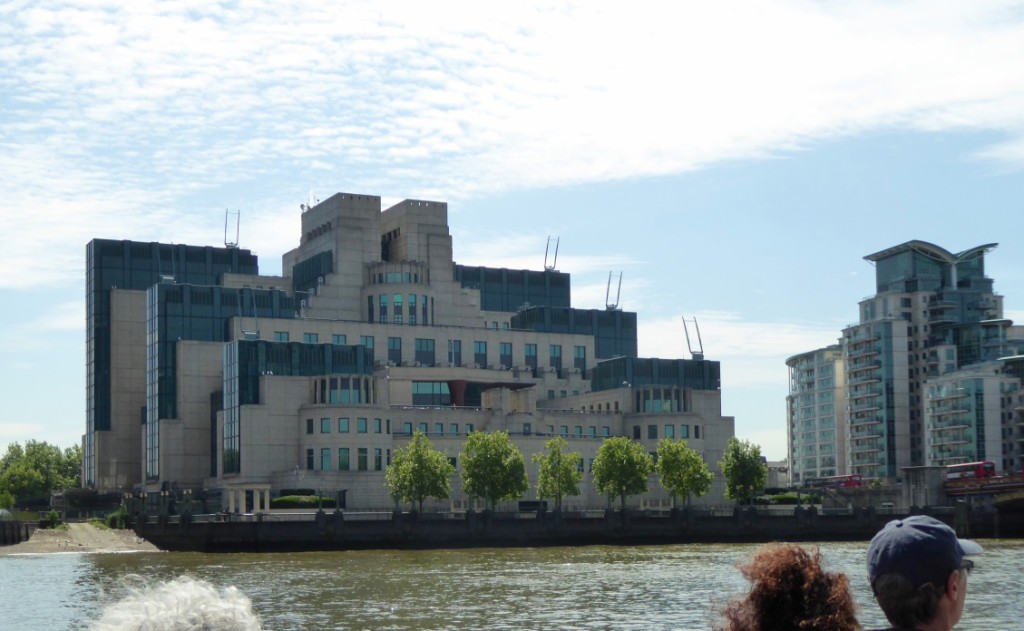

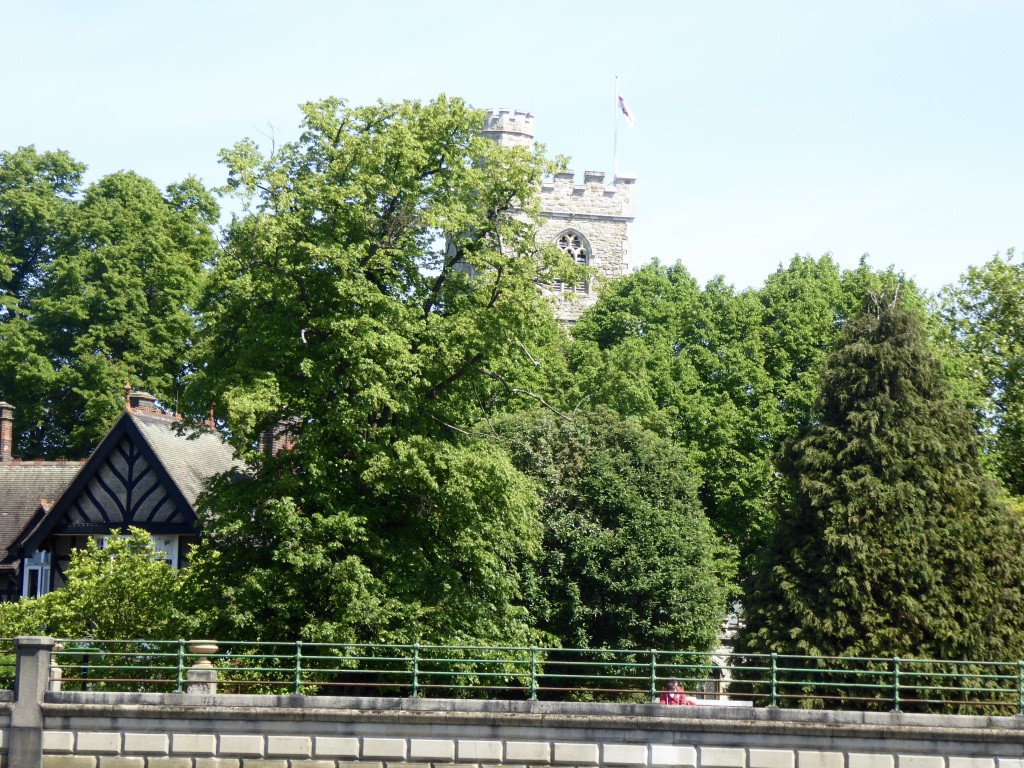
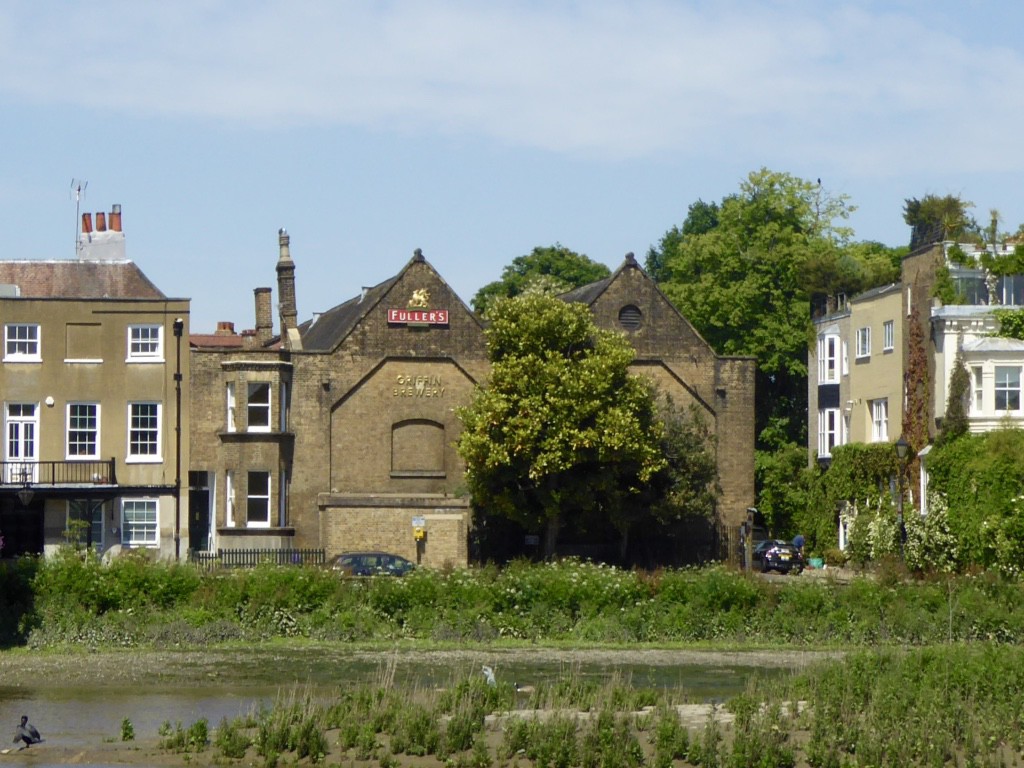
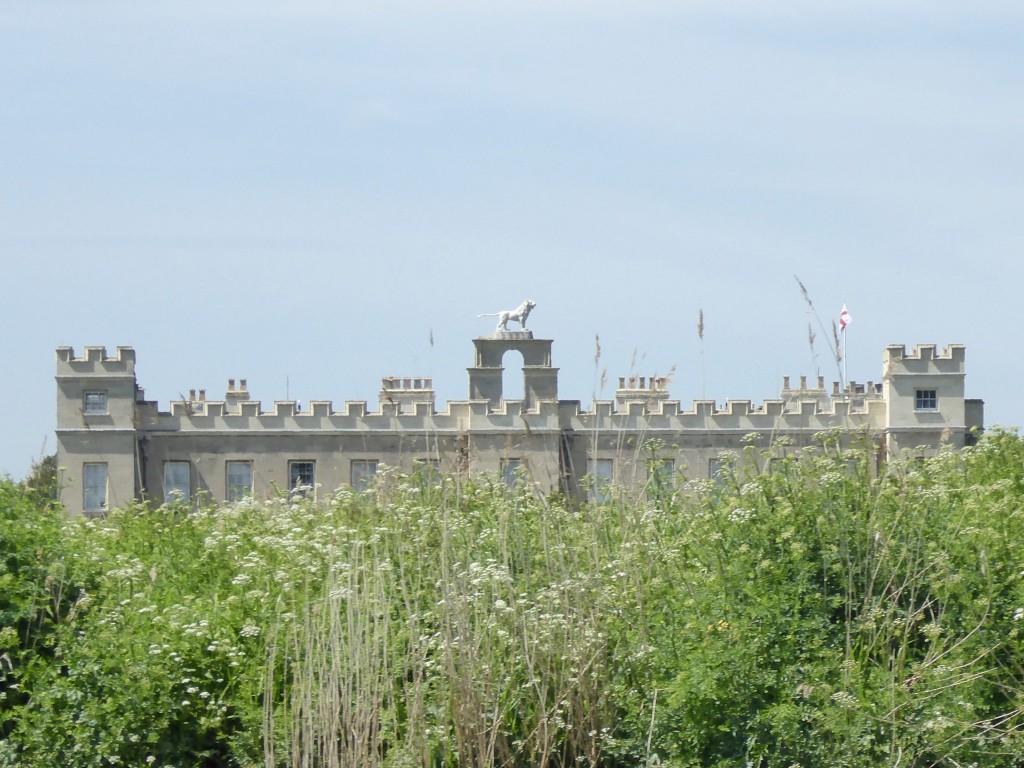
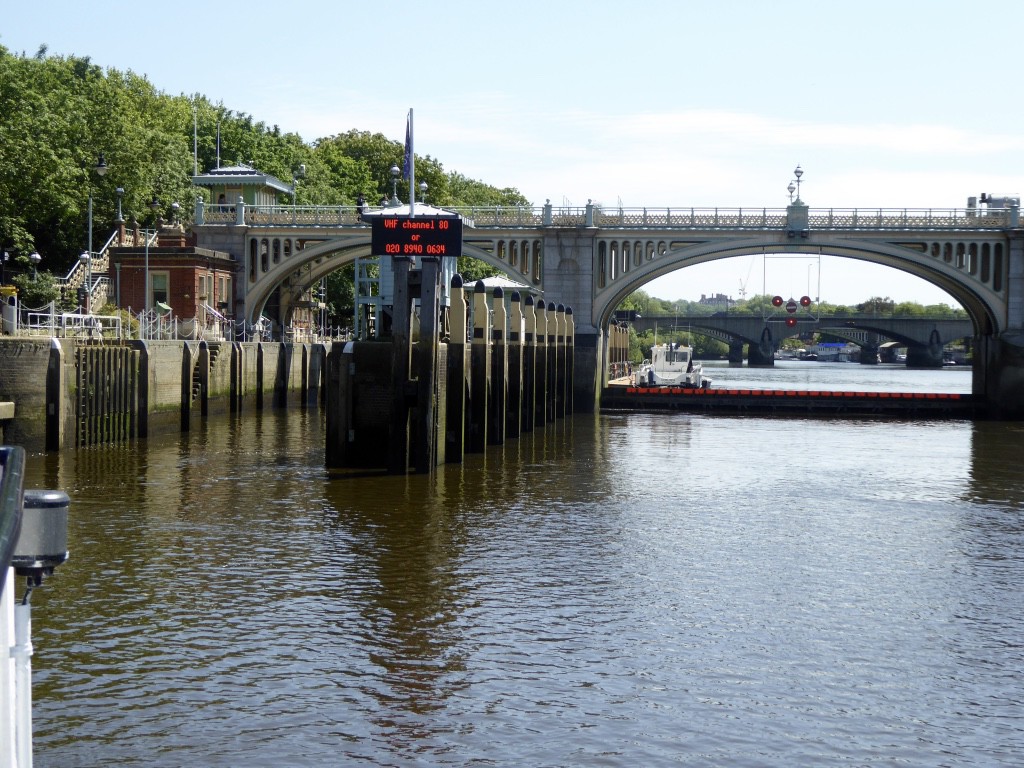
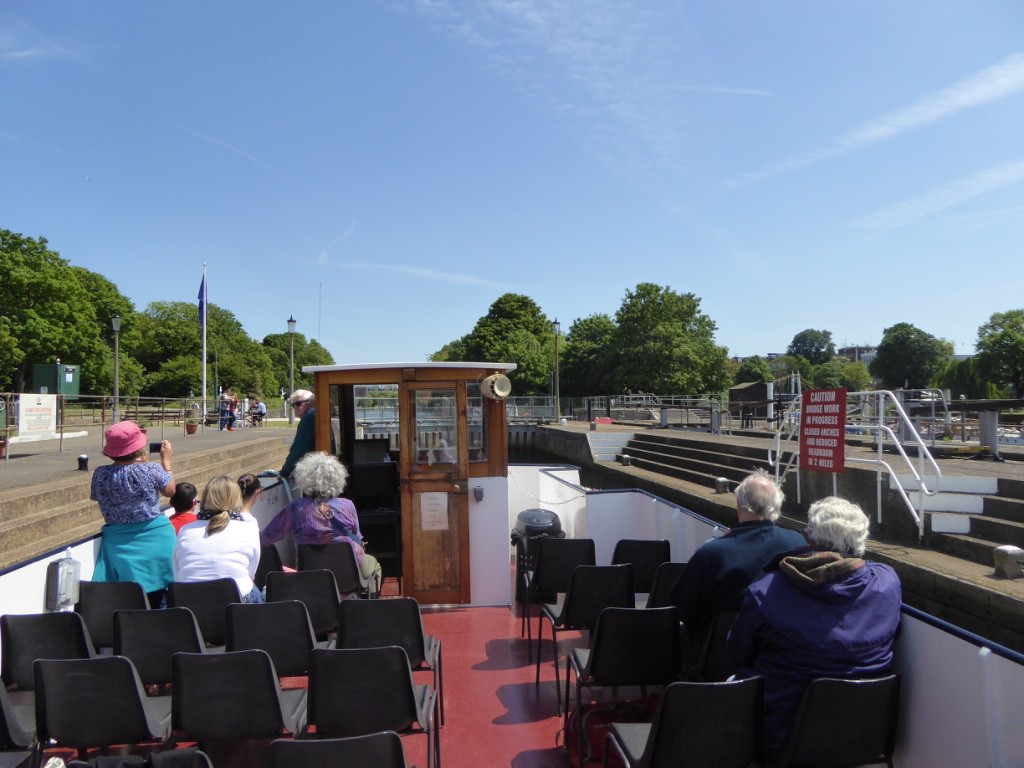
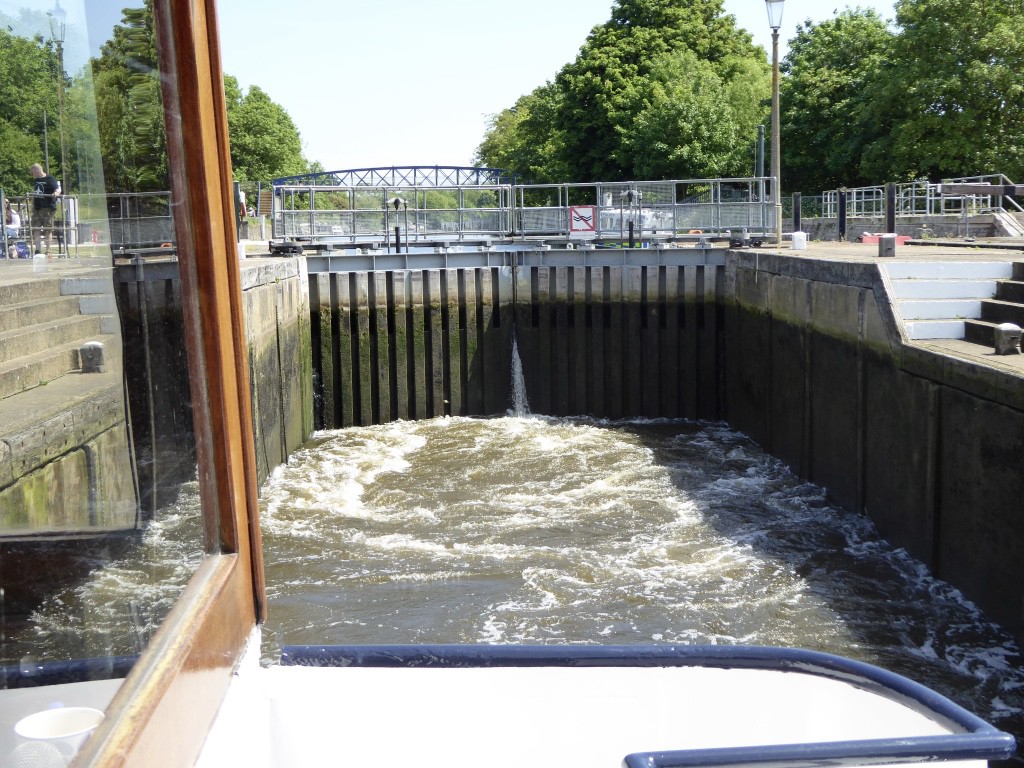
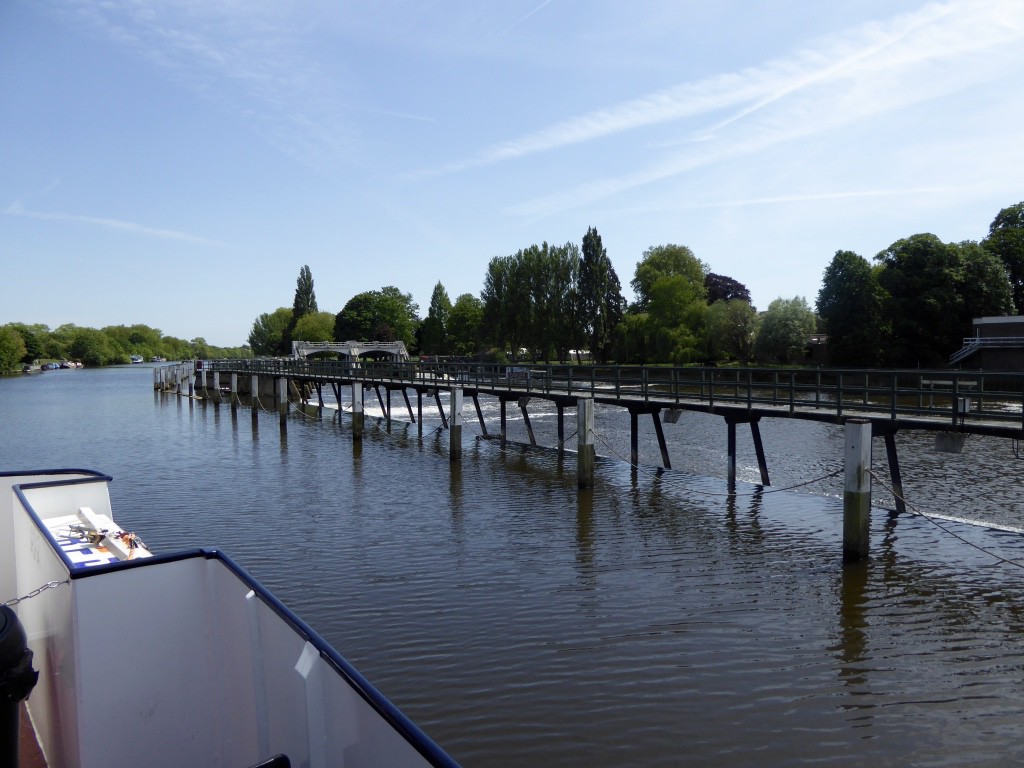 It was interesting to view the various residences along the river, many very posh and nice and some surprisingly modest,
It was interesting to view the various residences along the river, many very posh and nice and some surprisingly modest, 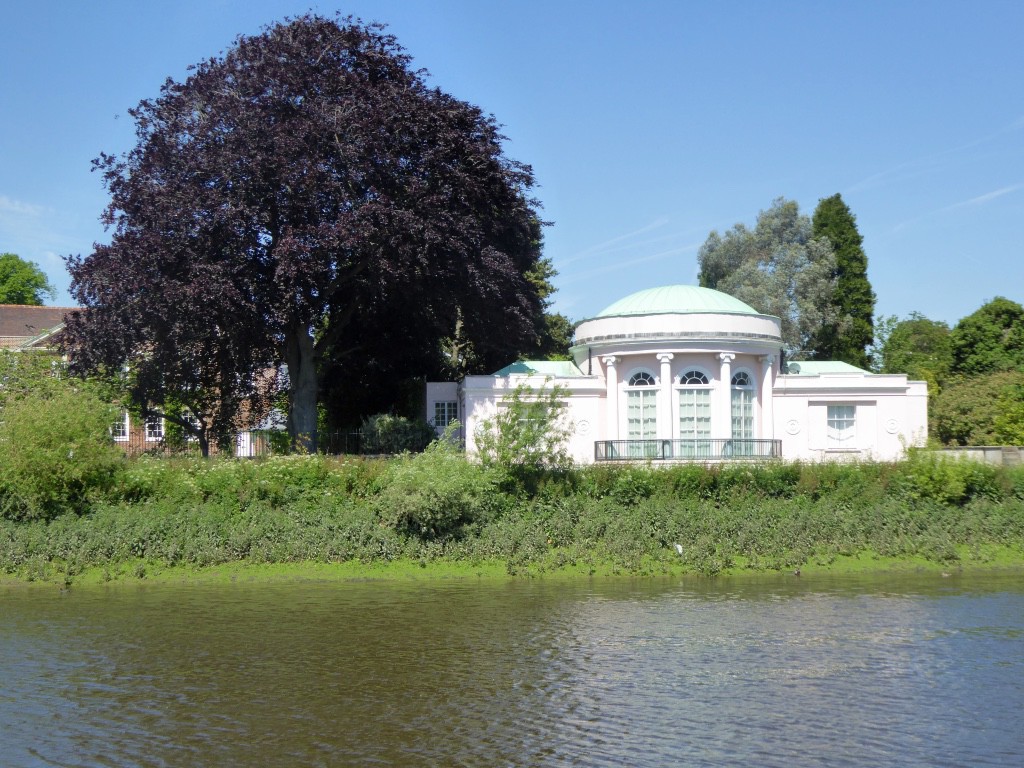
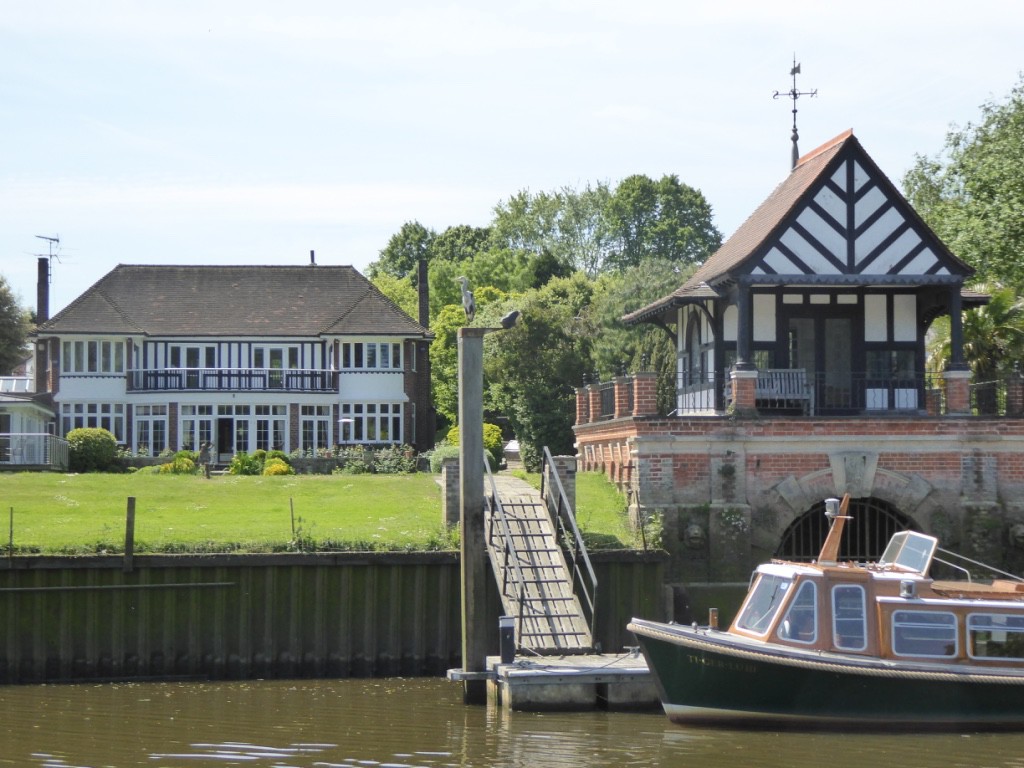
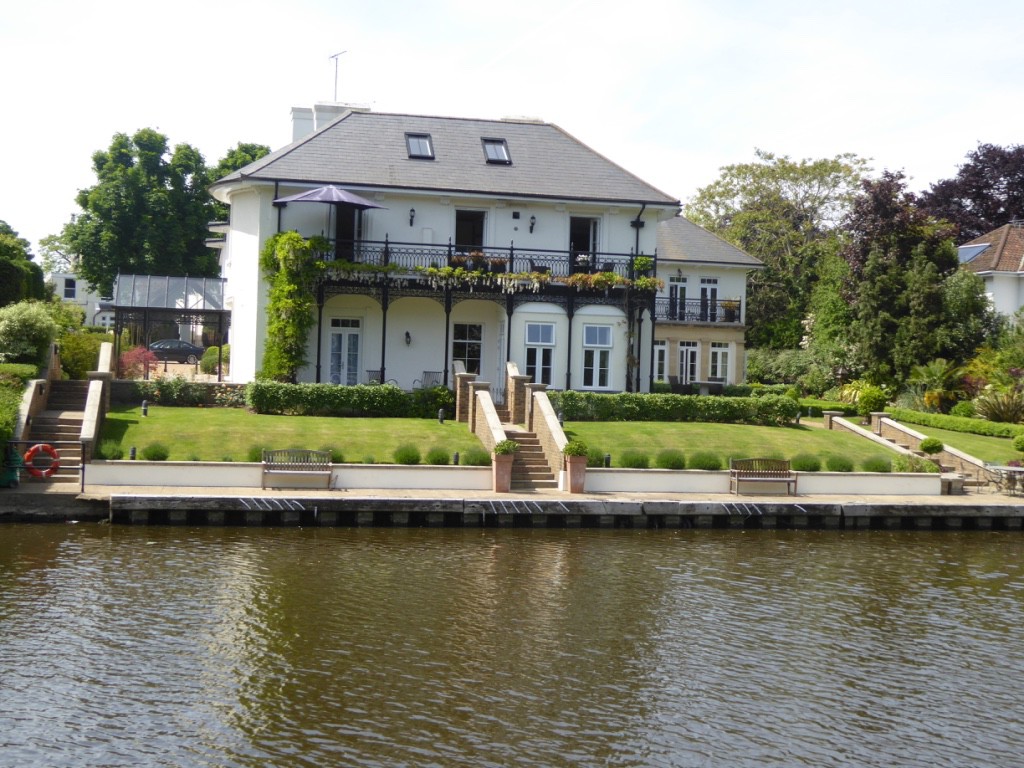
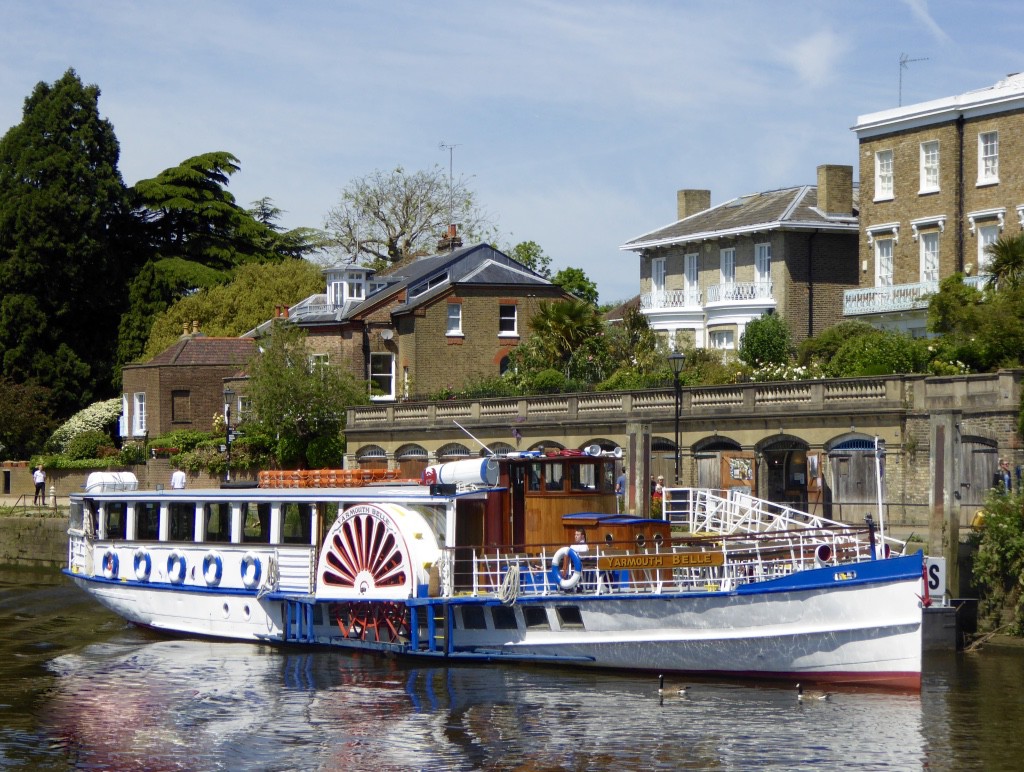
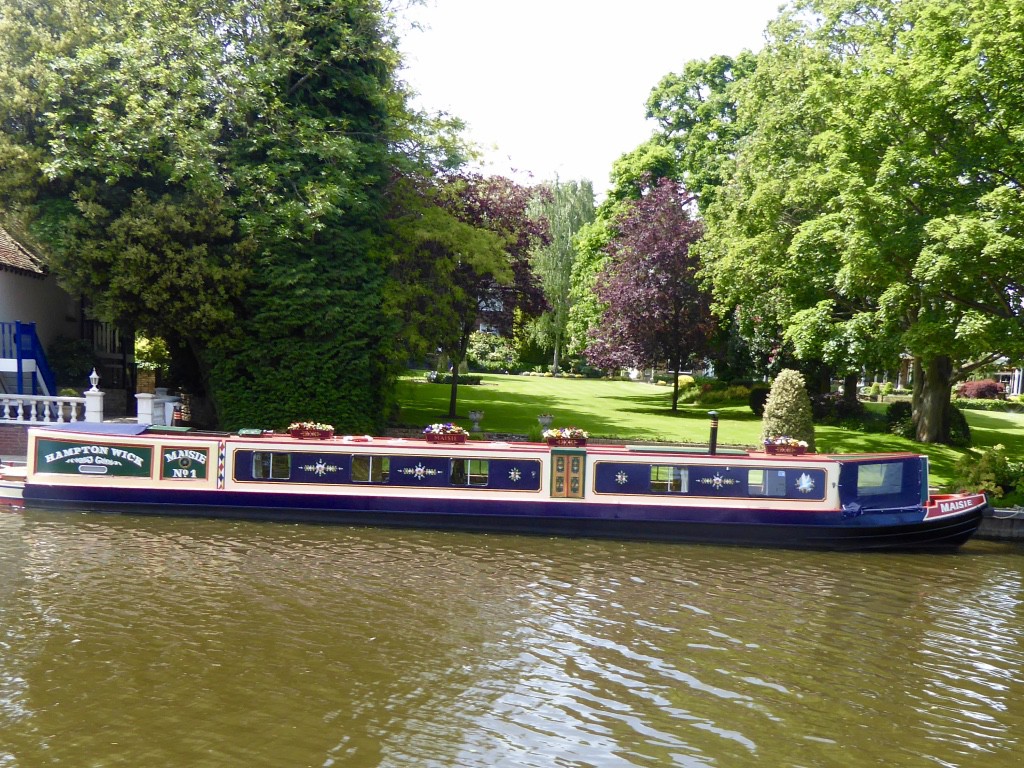
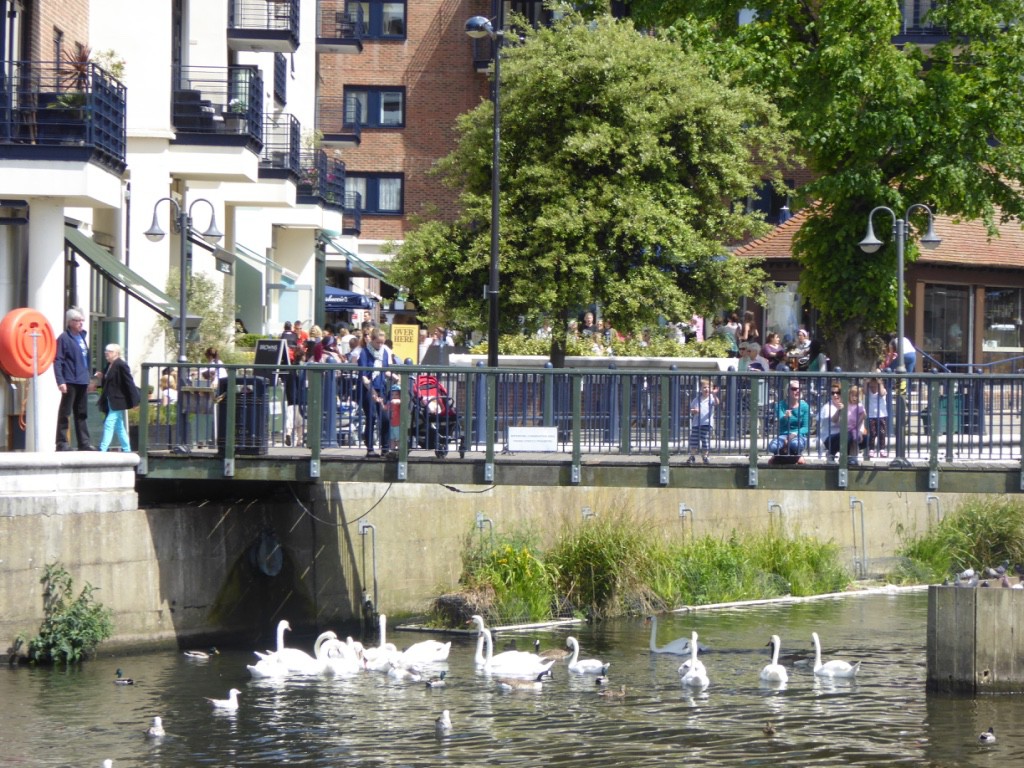
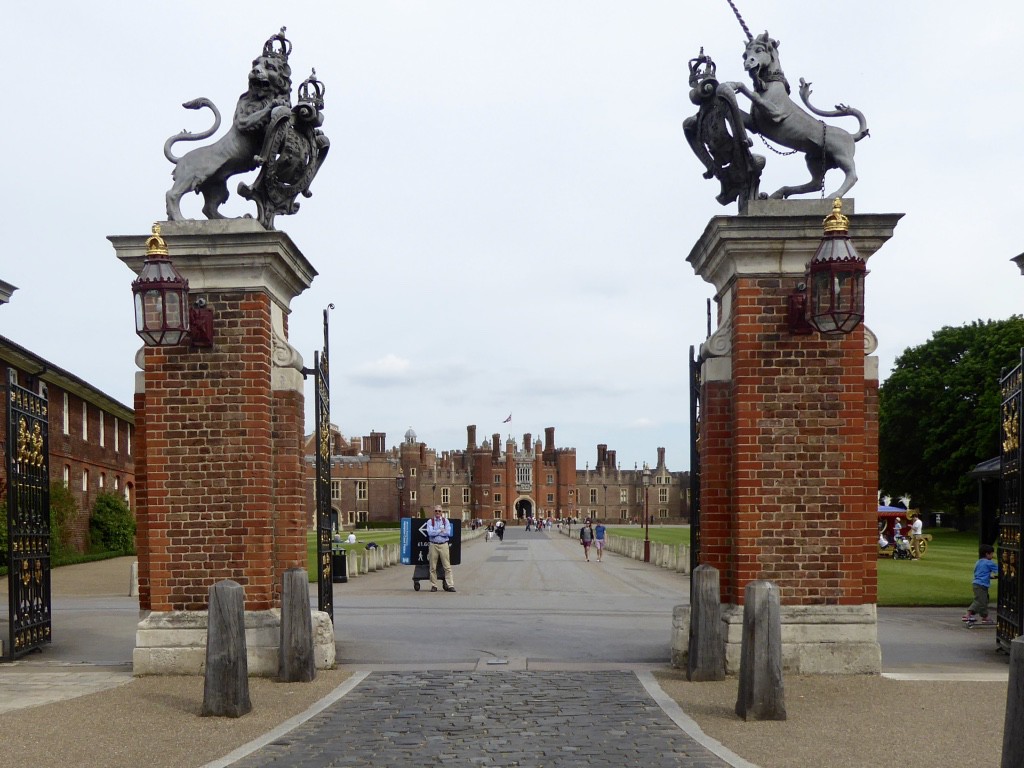
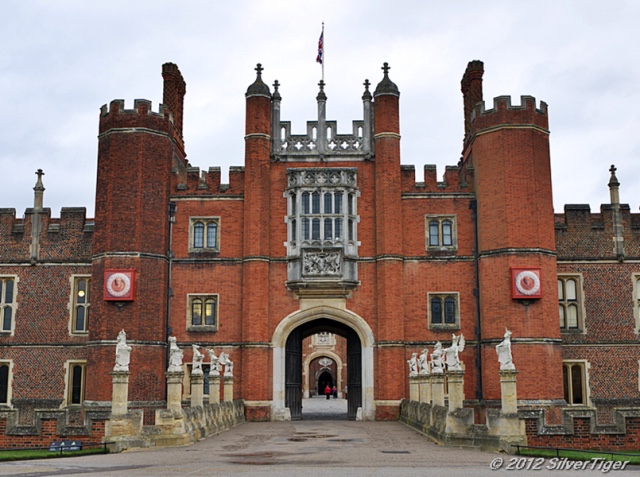
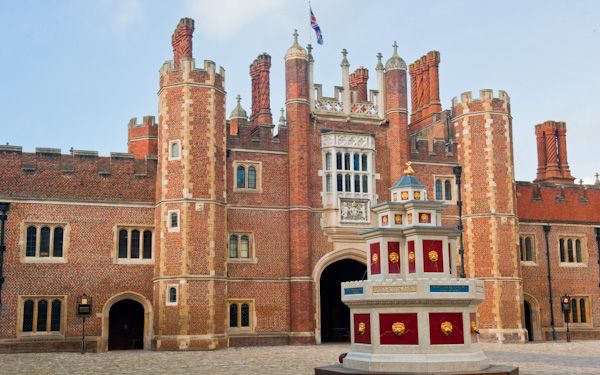
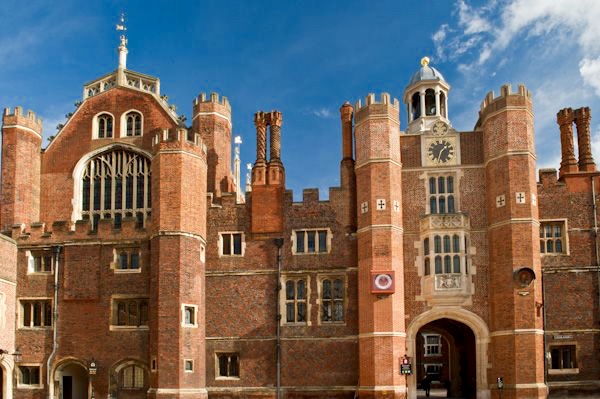
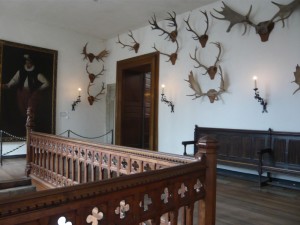
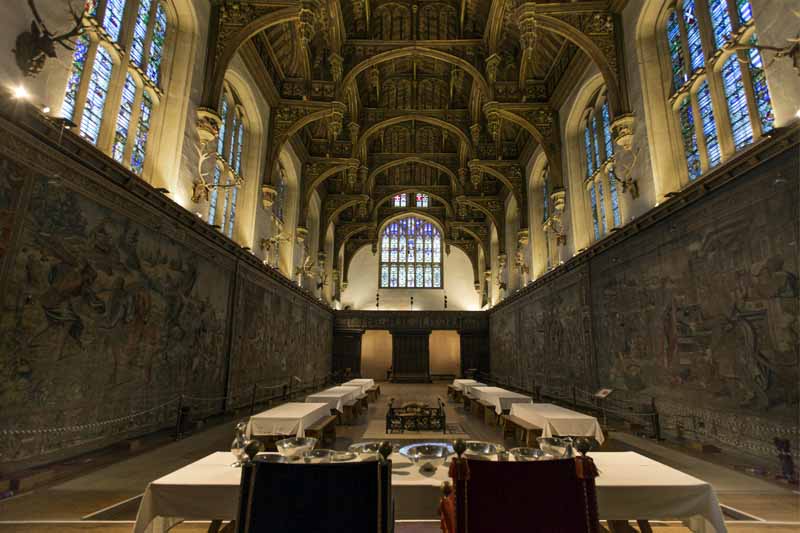
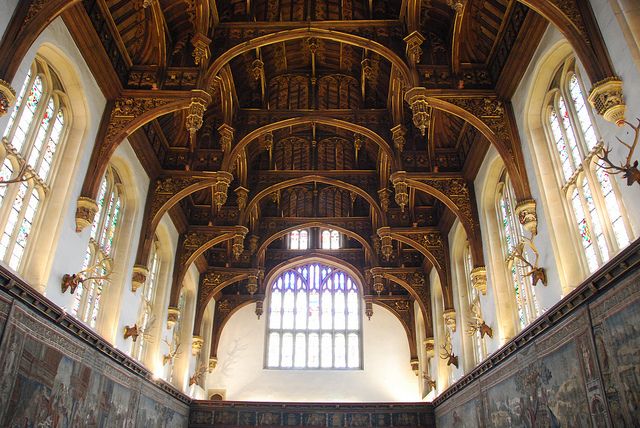
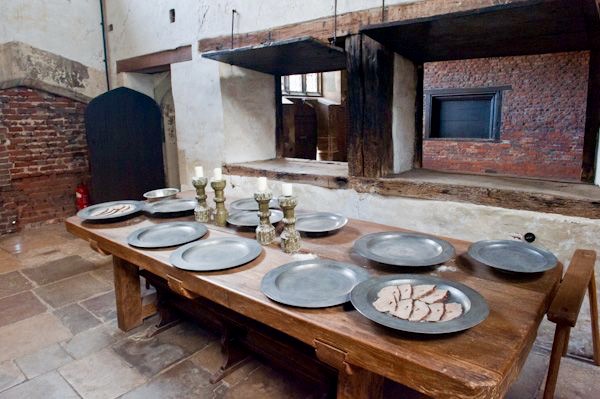
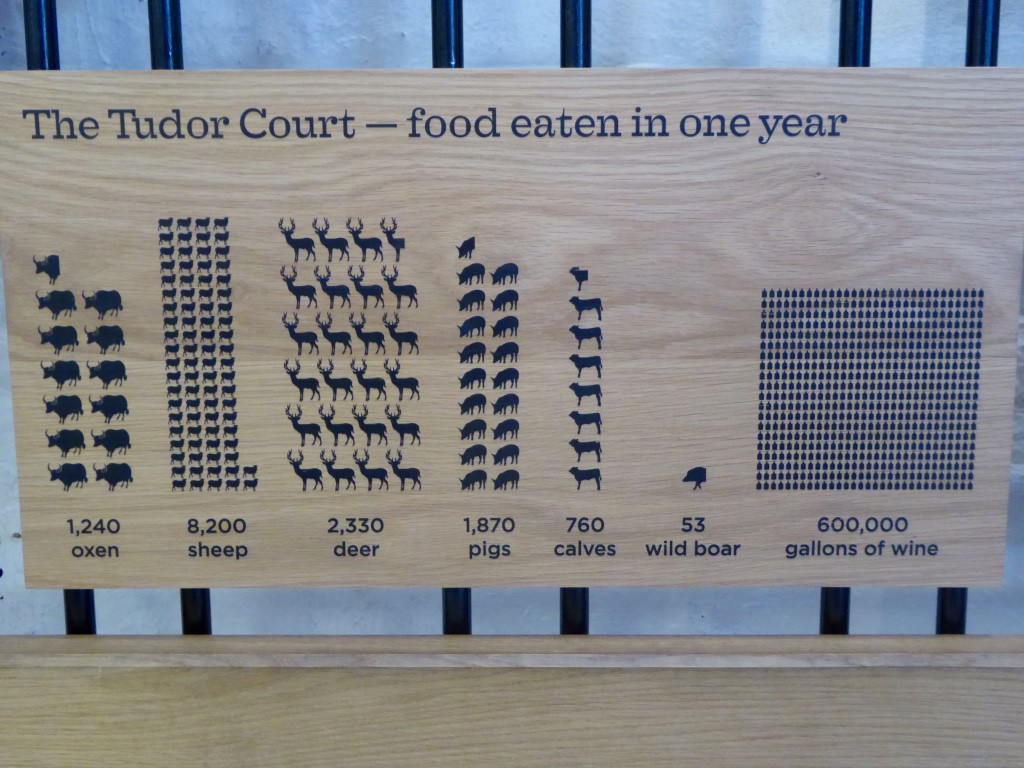
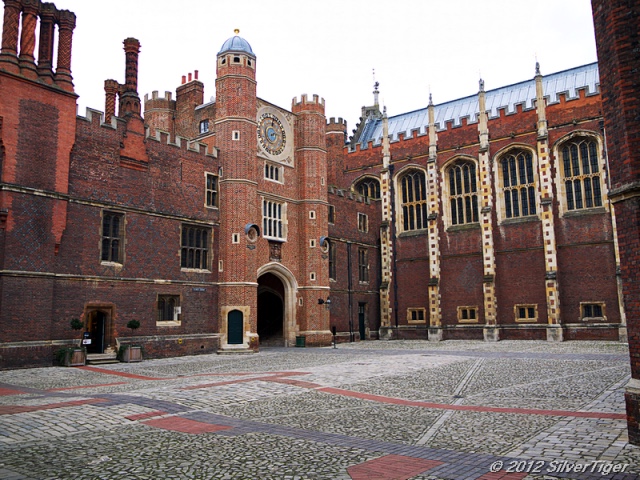

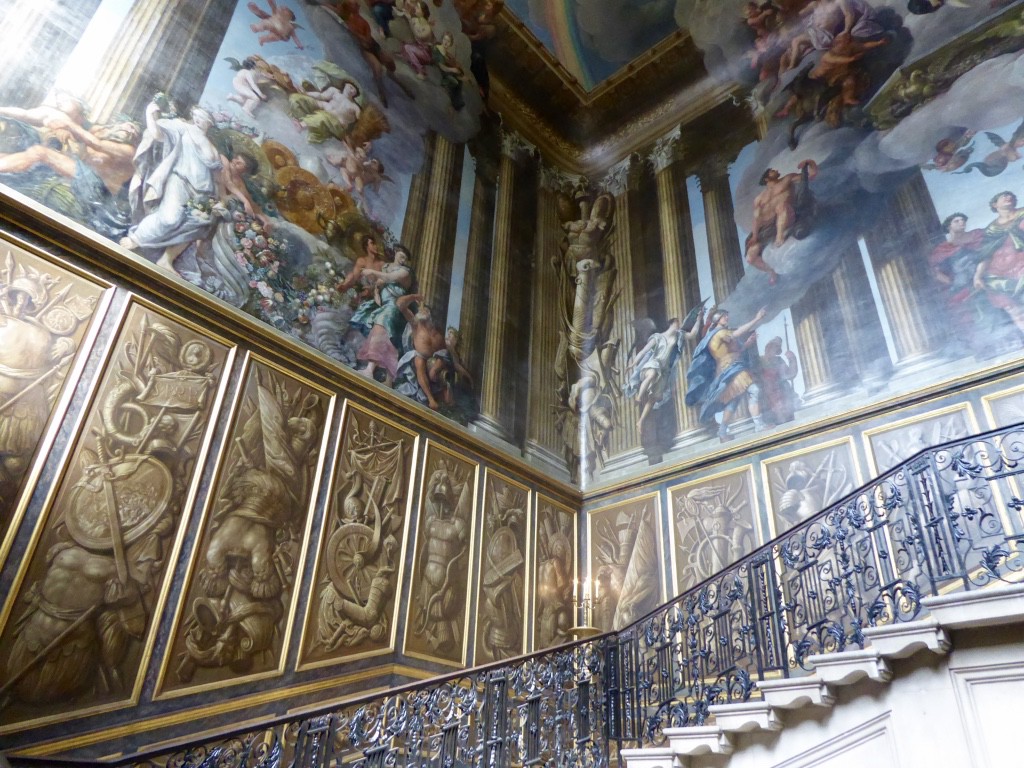
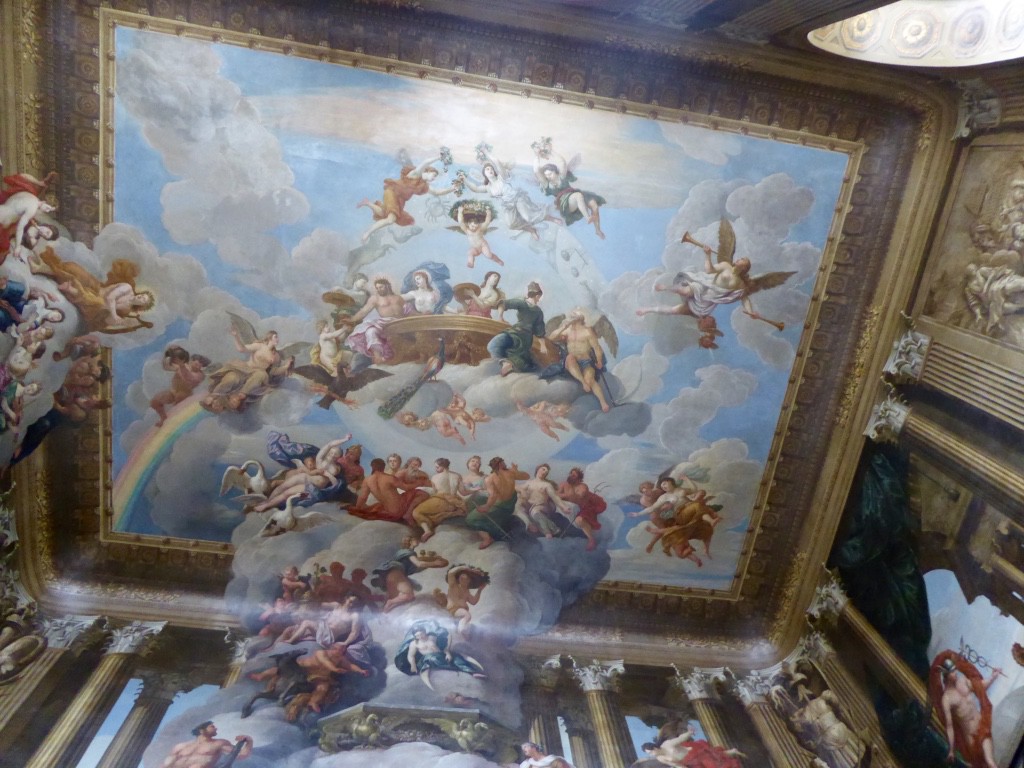
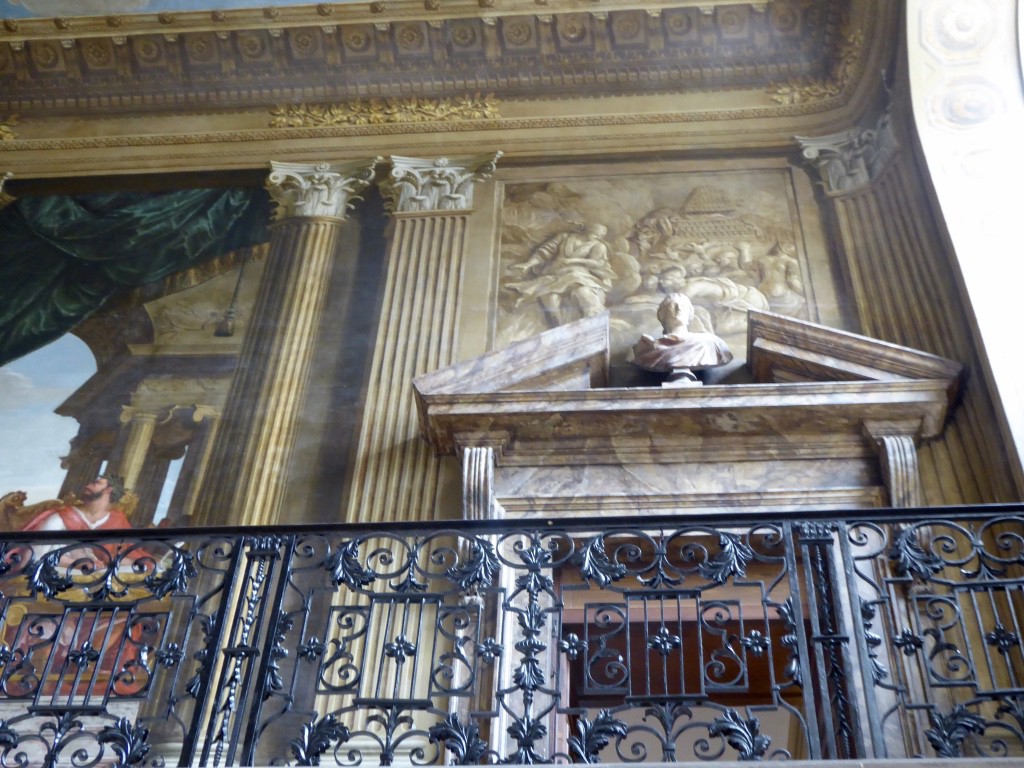
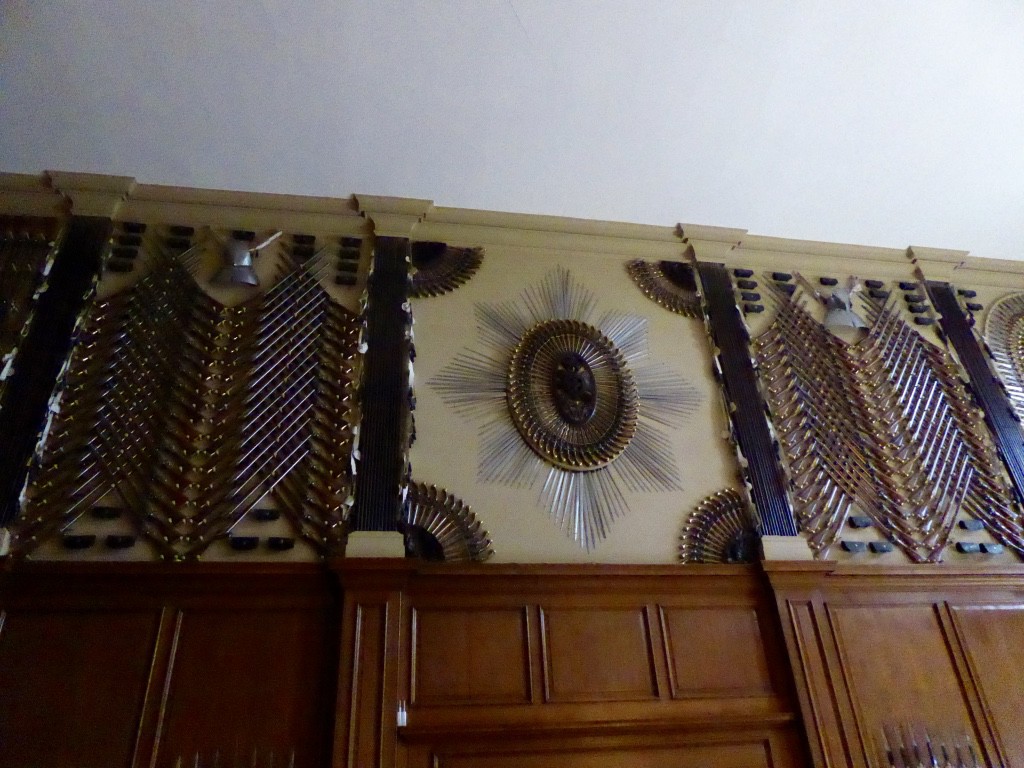
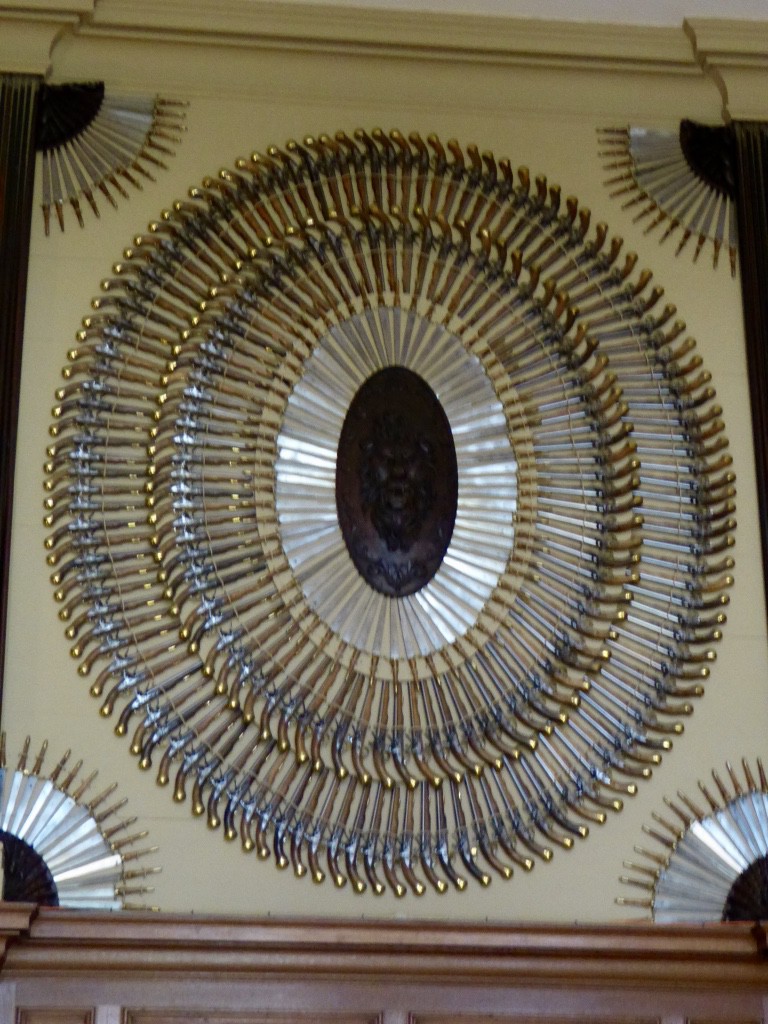
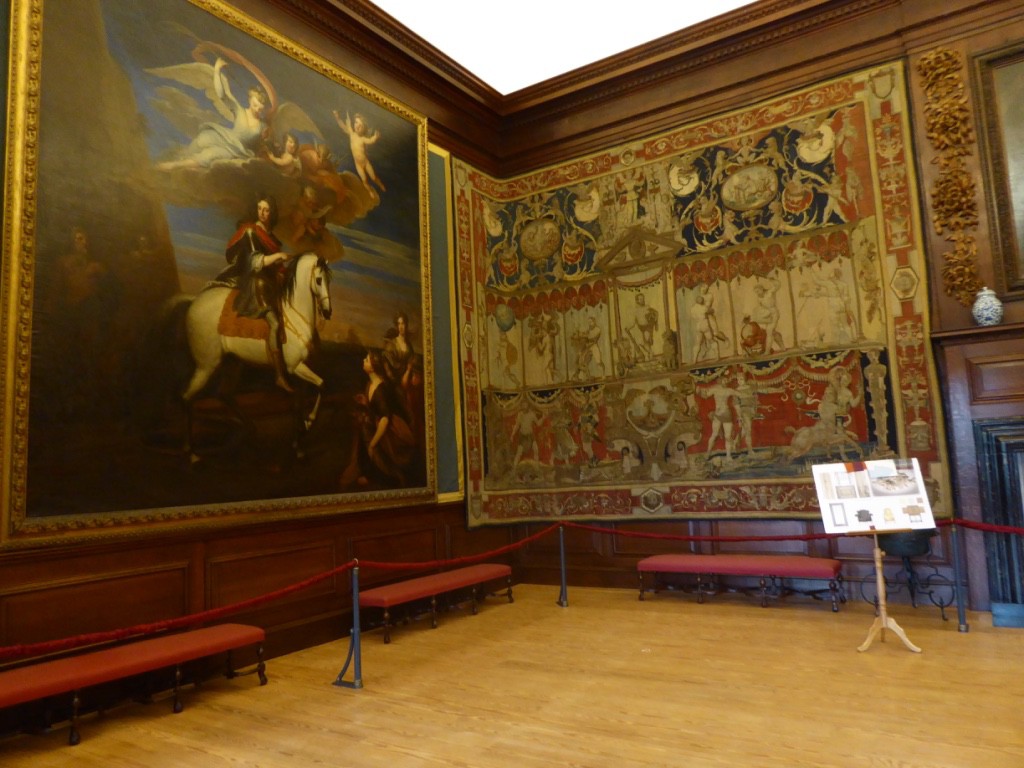
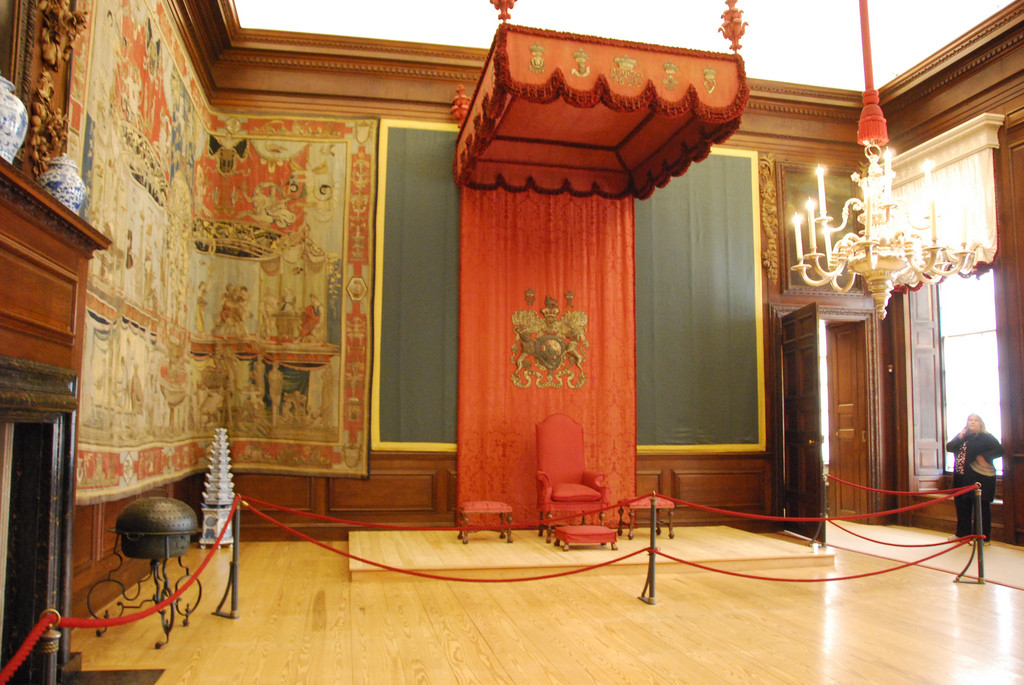
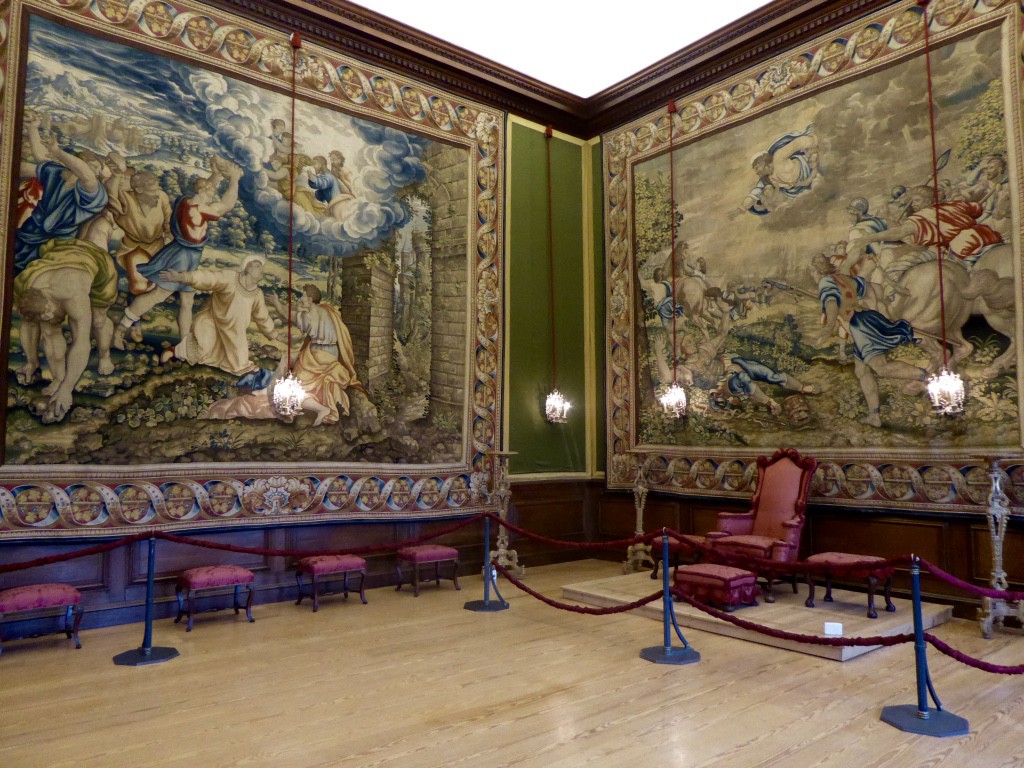
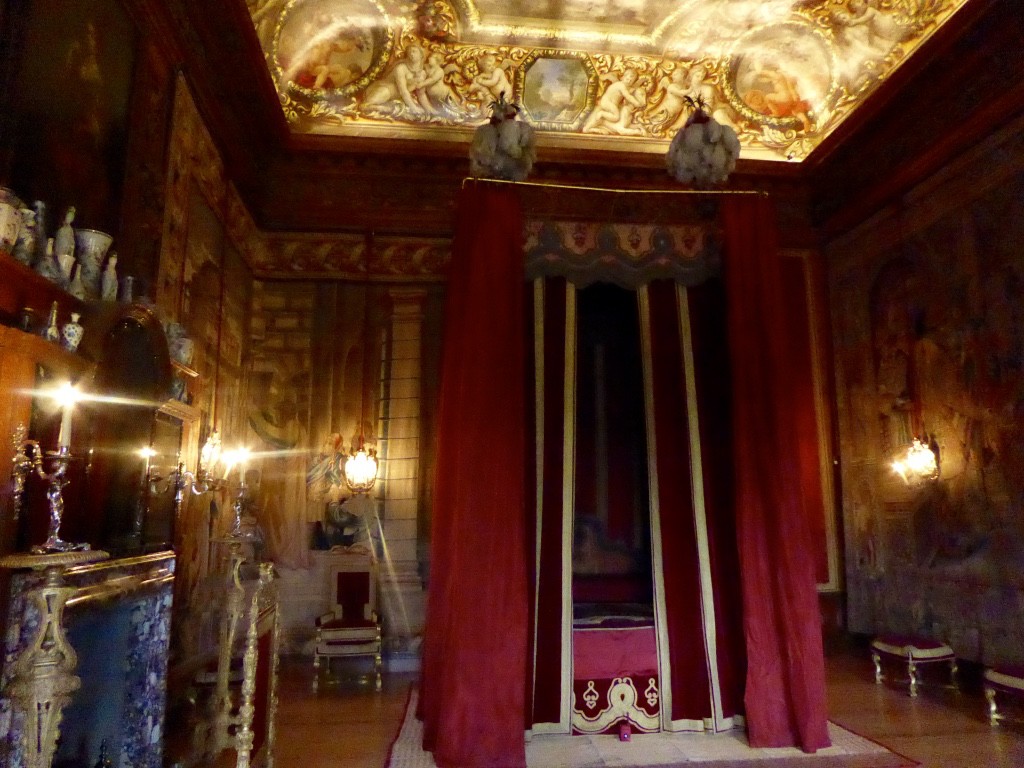
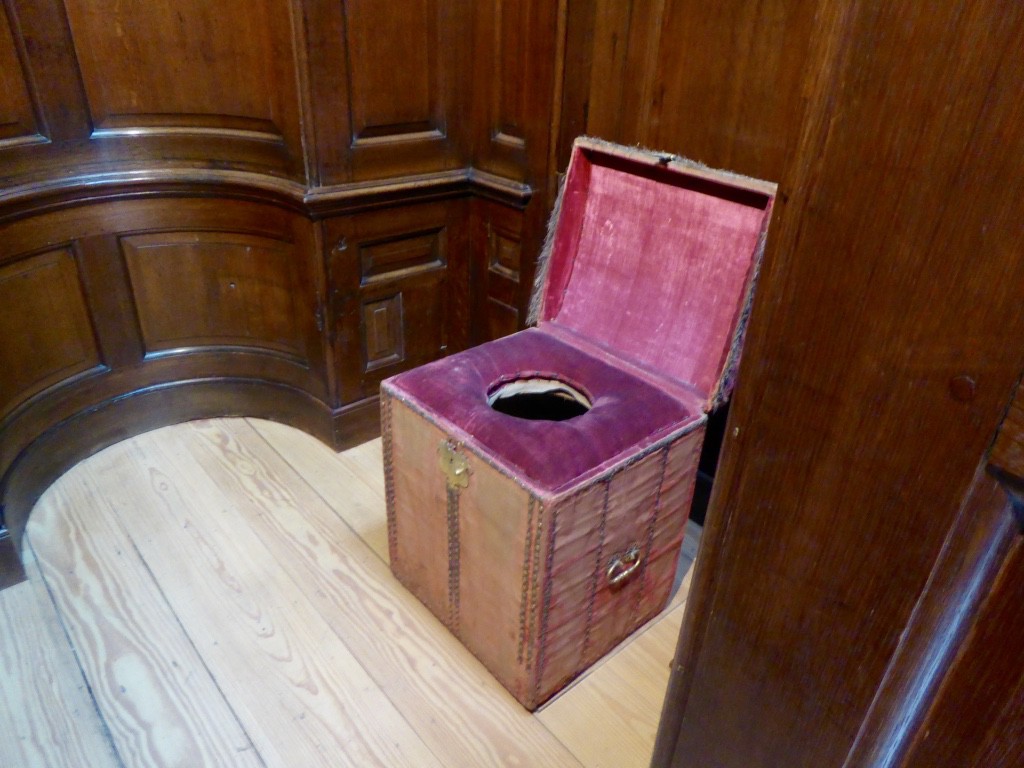
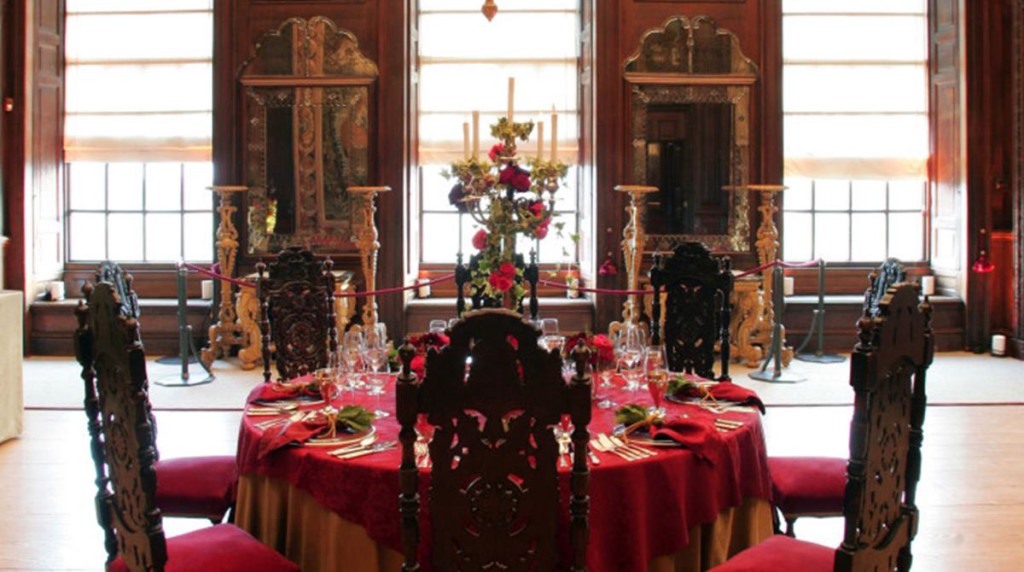
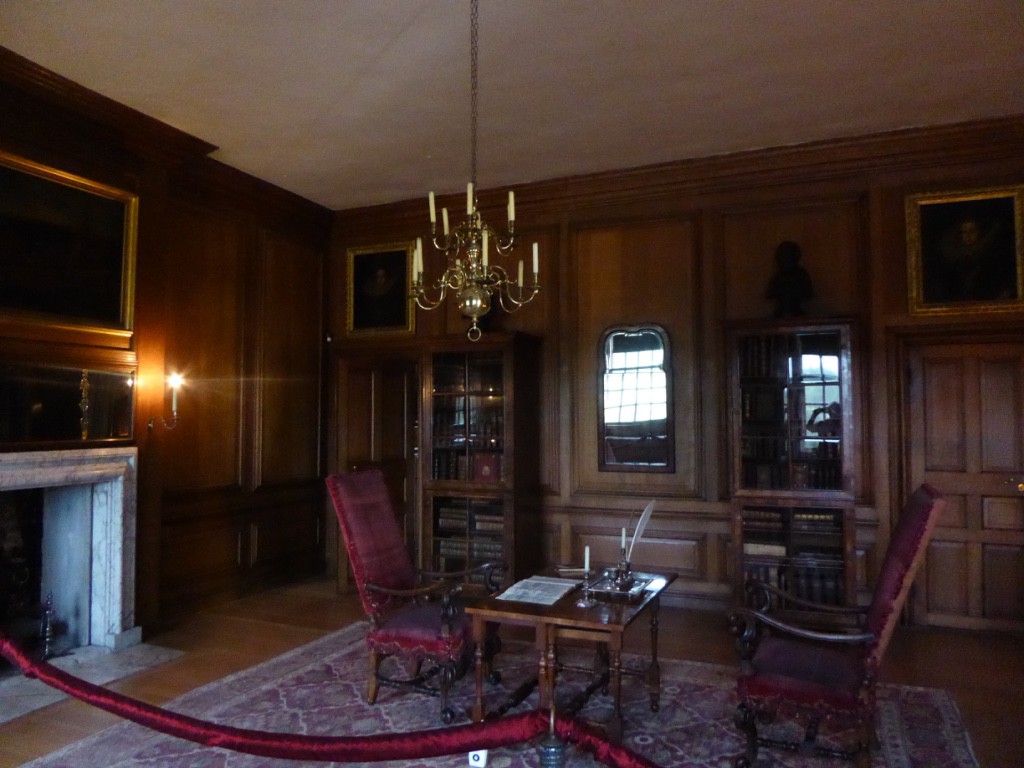
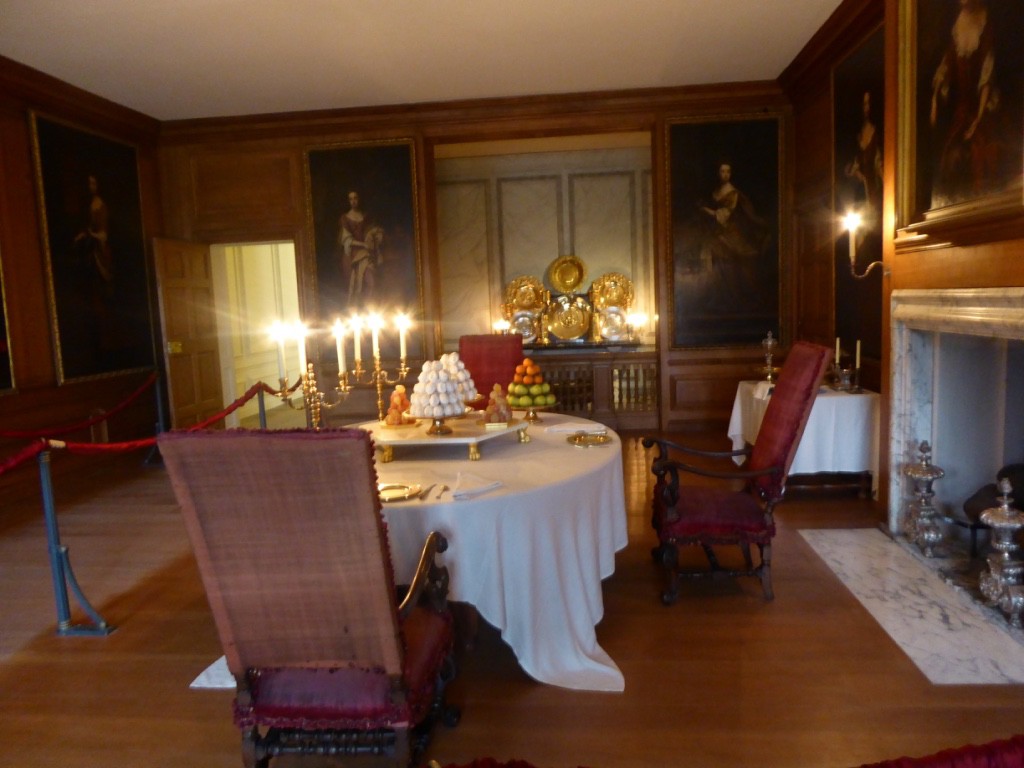
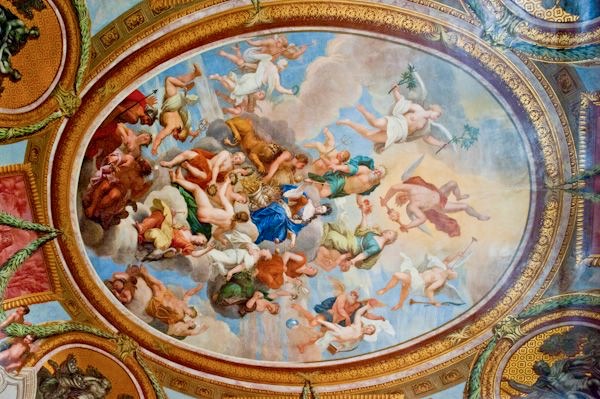
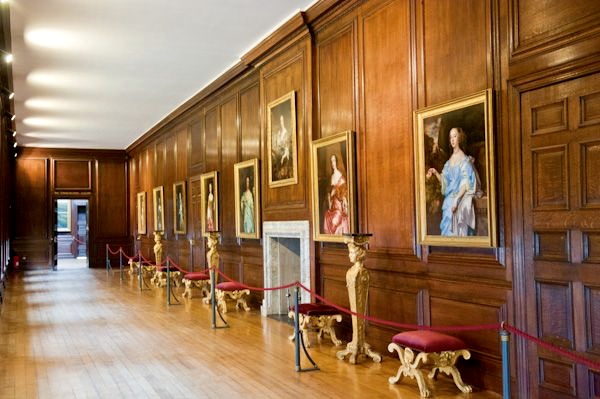
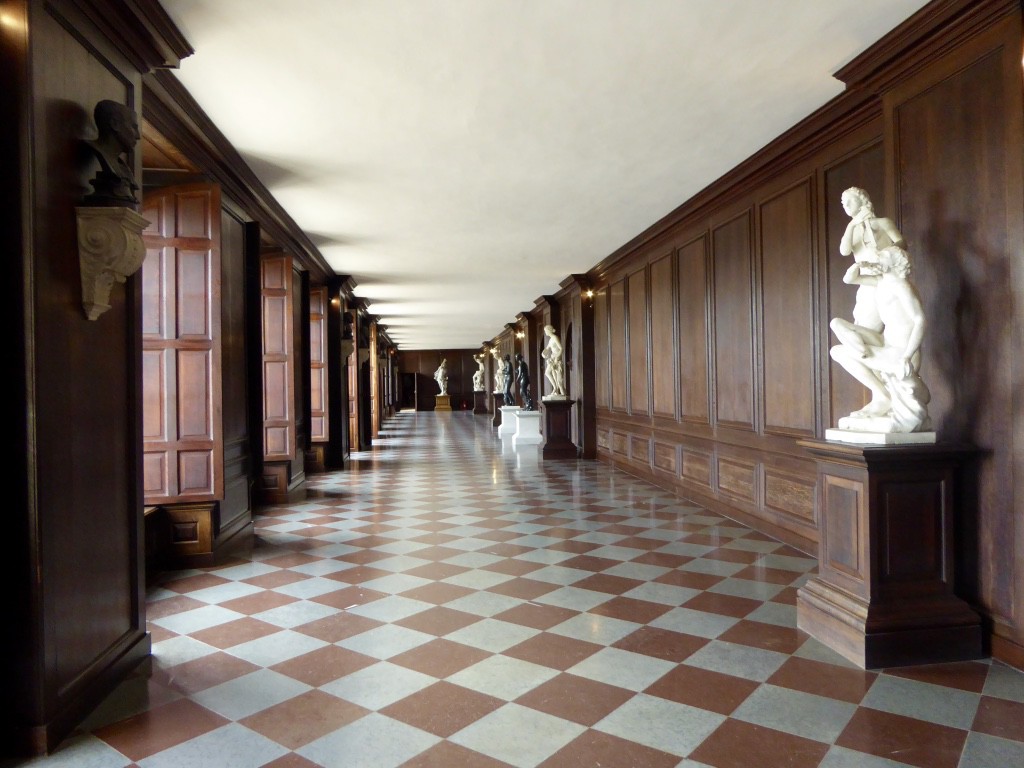
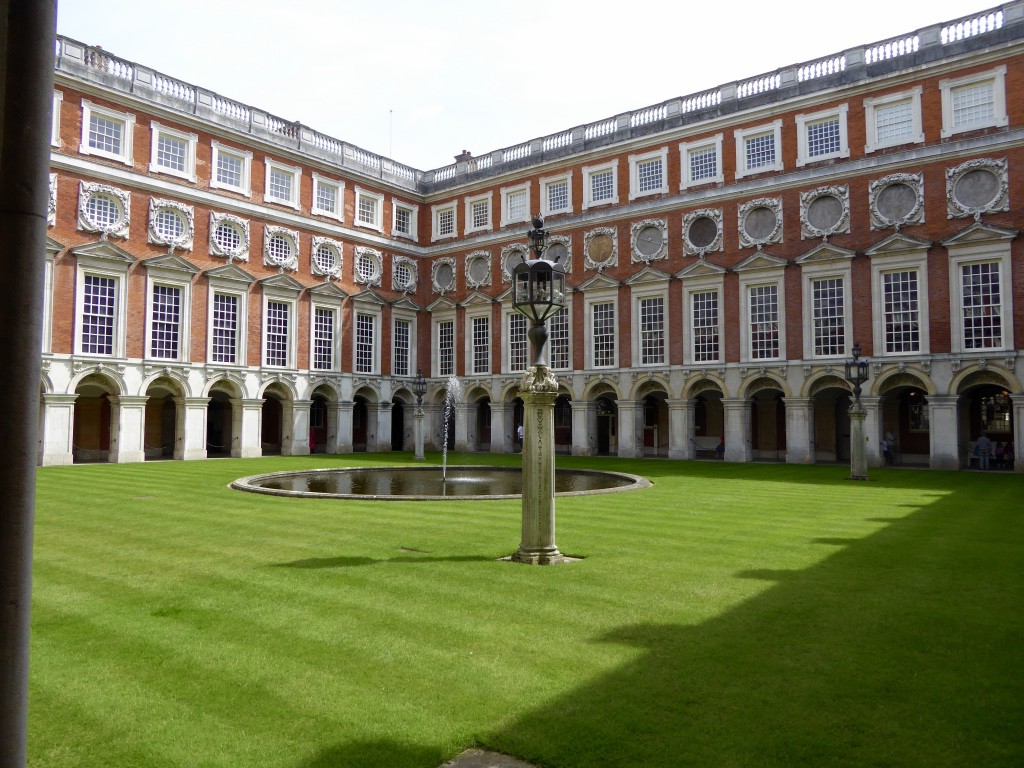
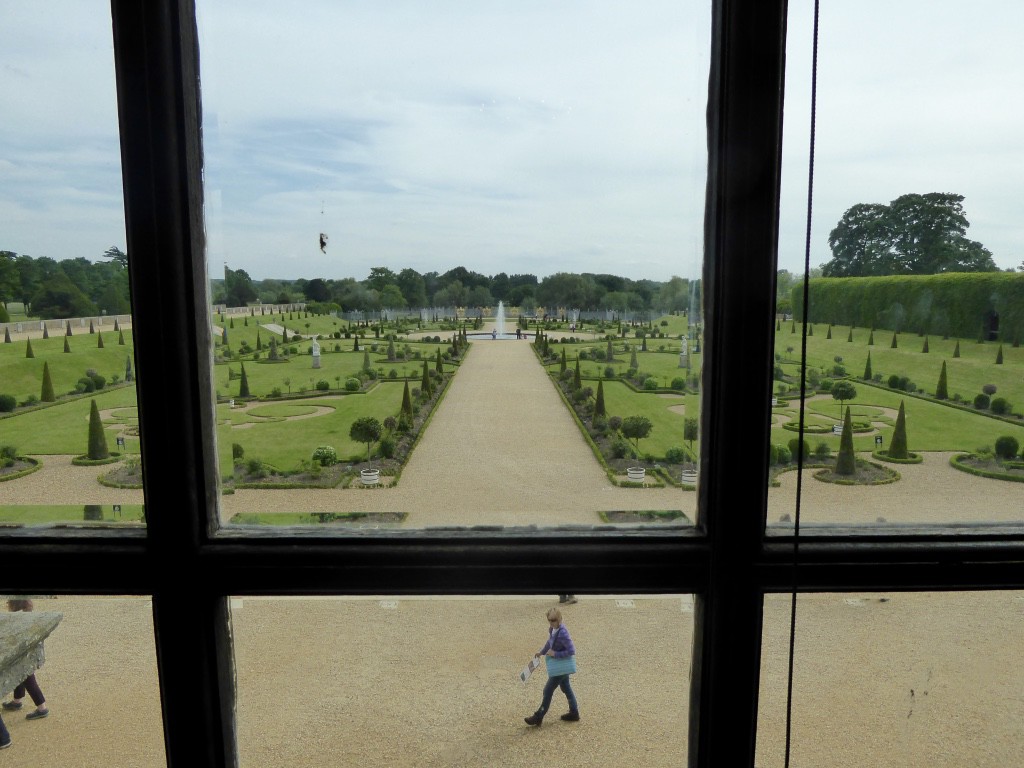
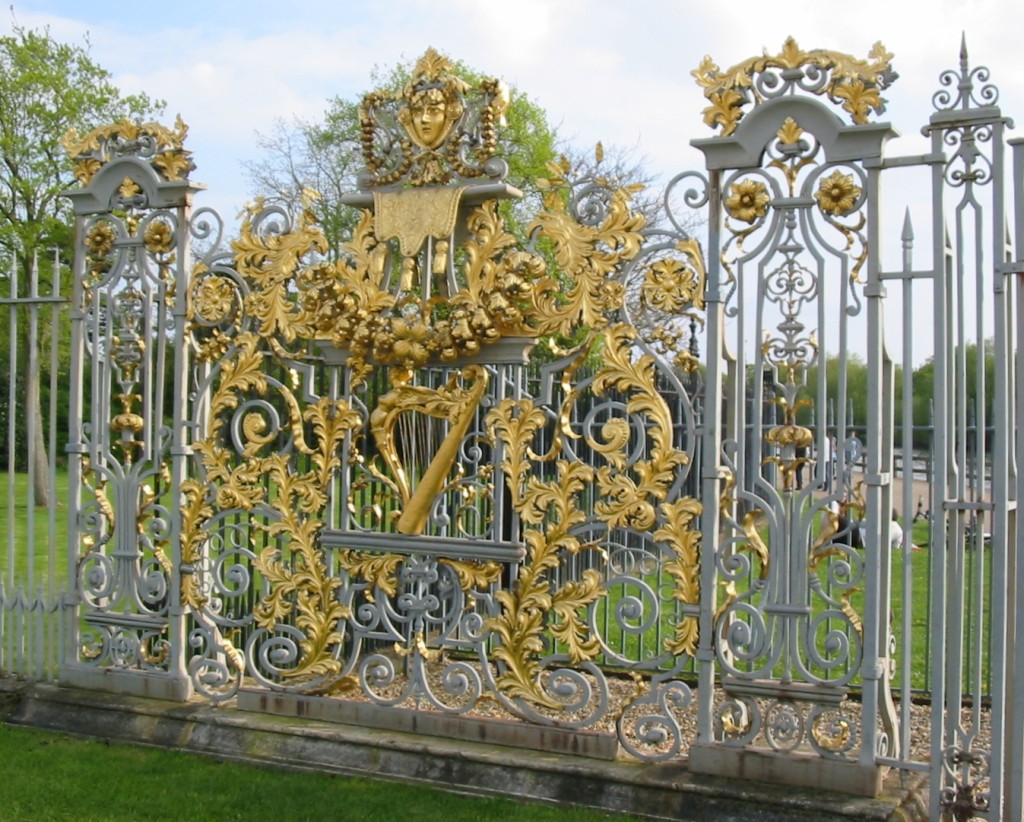
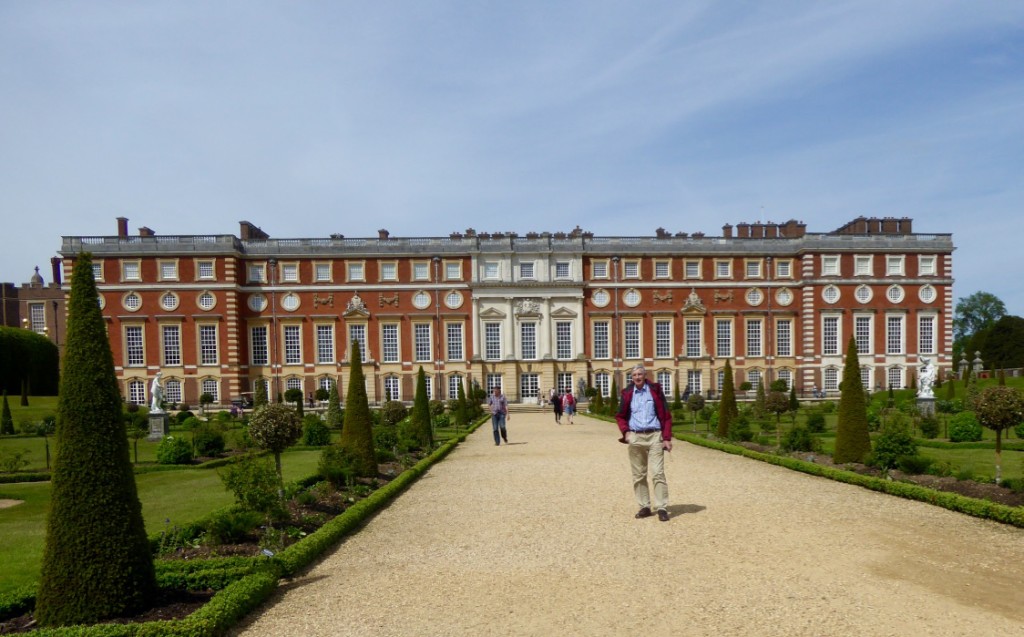
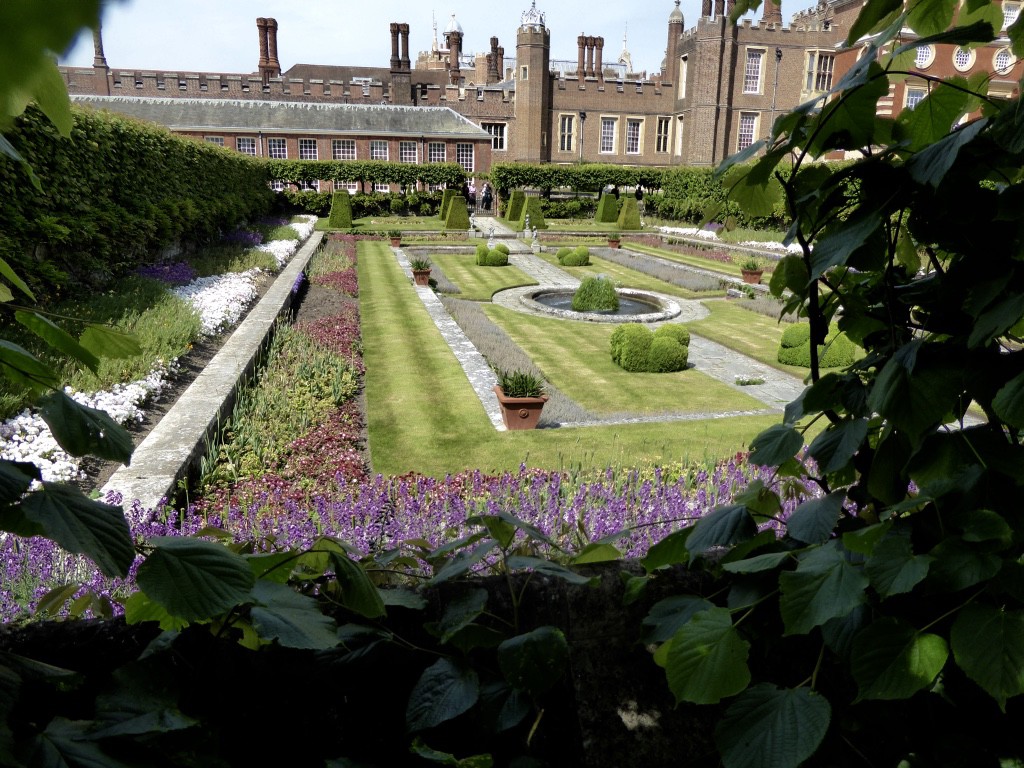
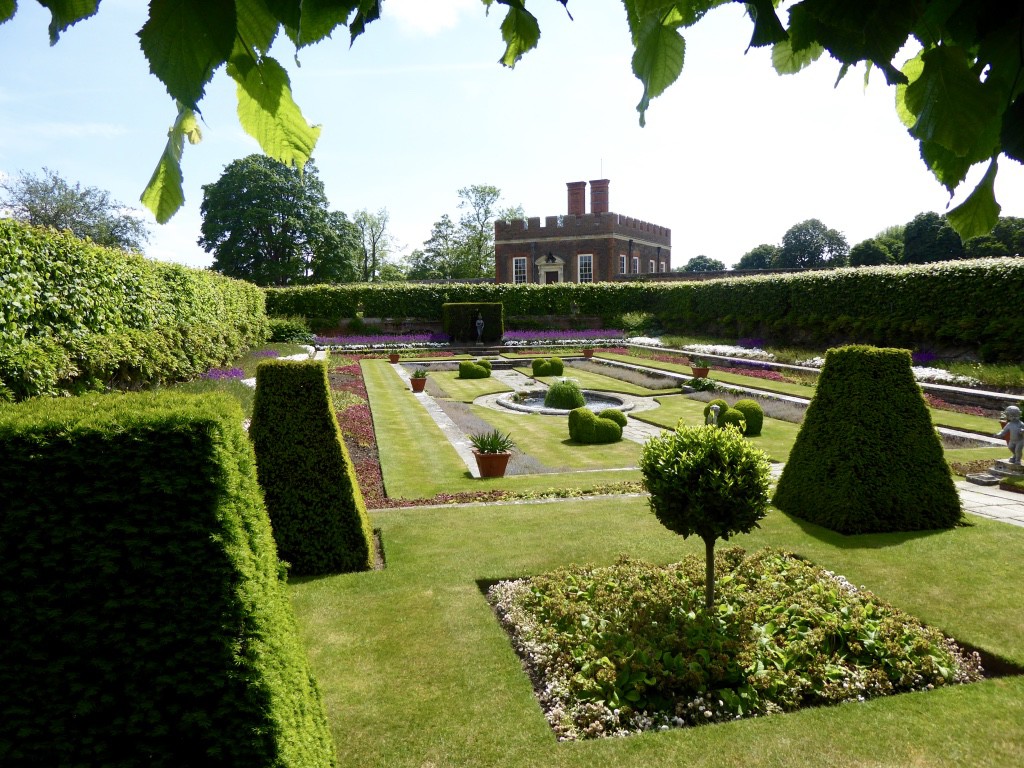
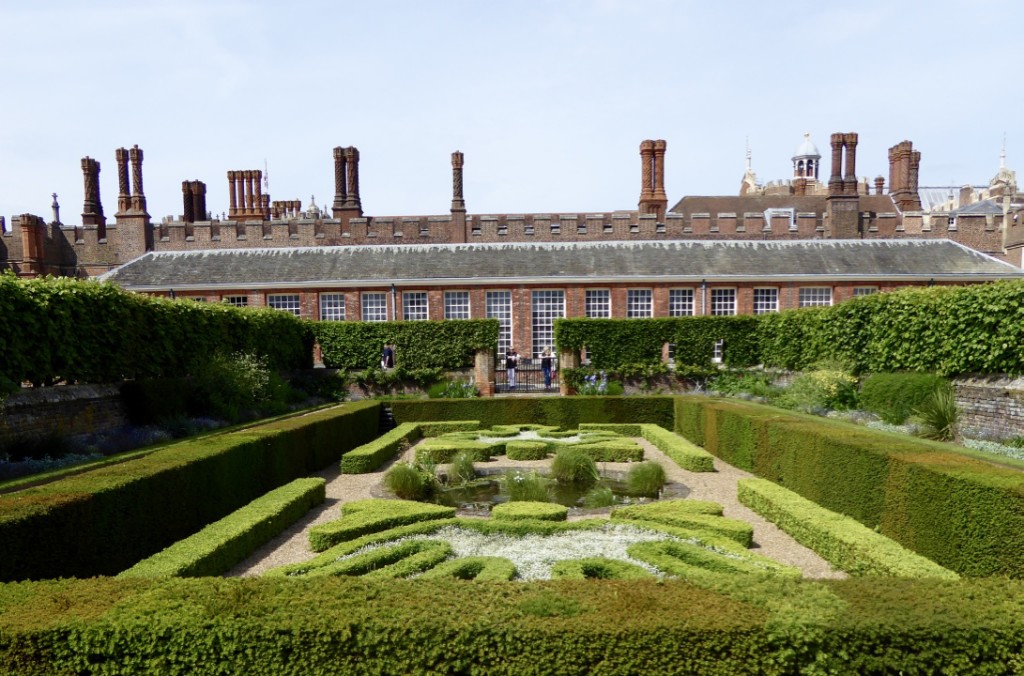
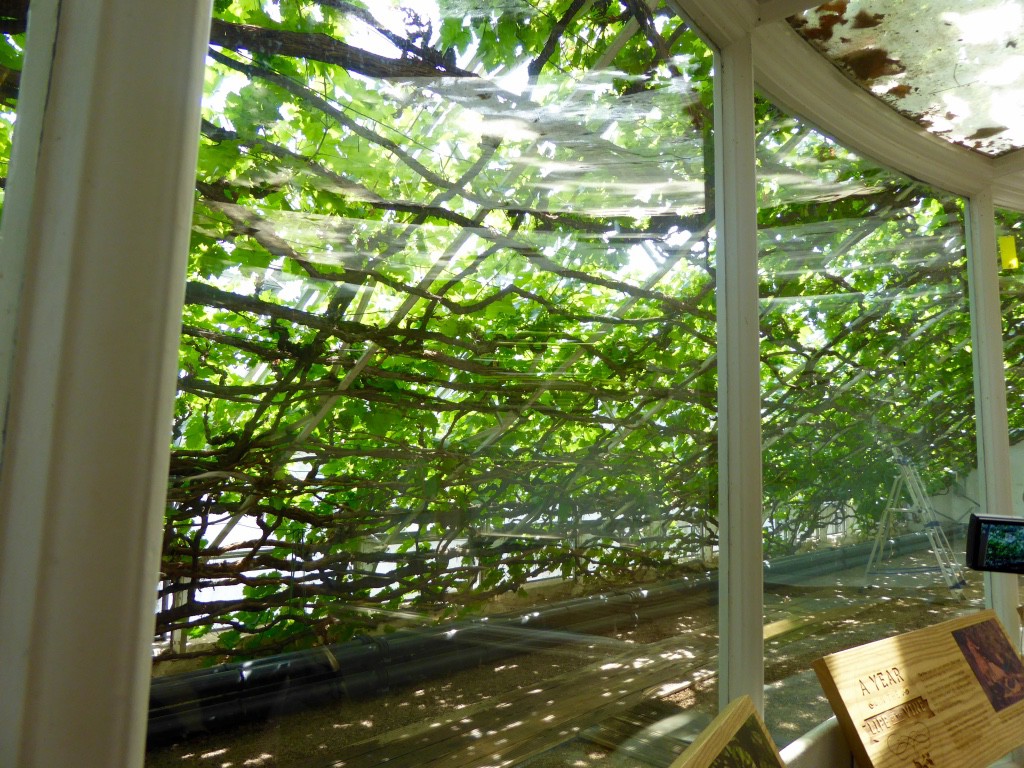
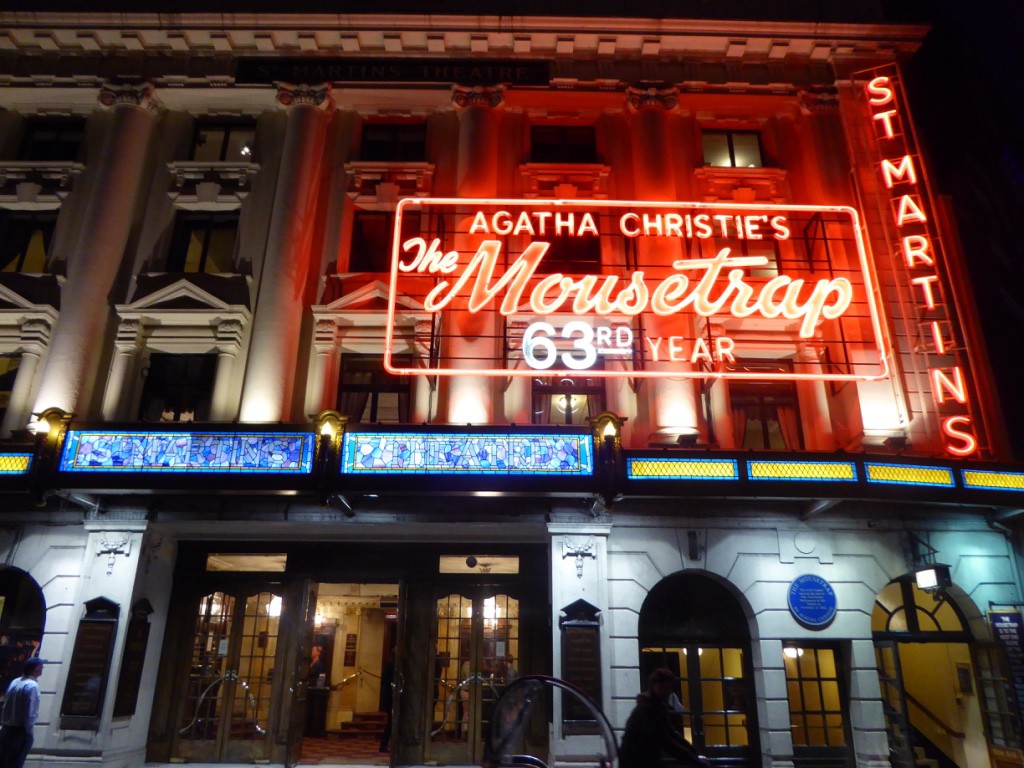
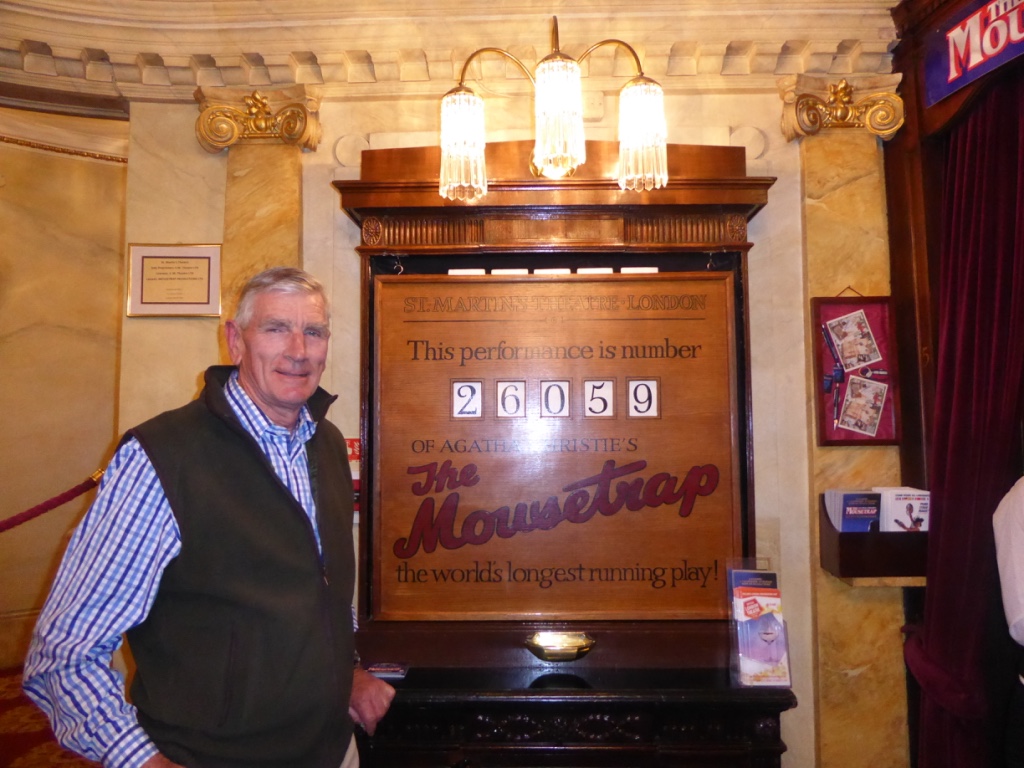
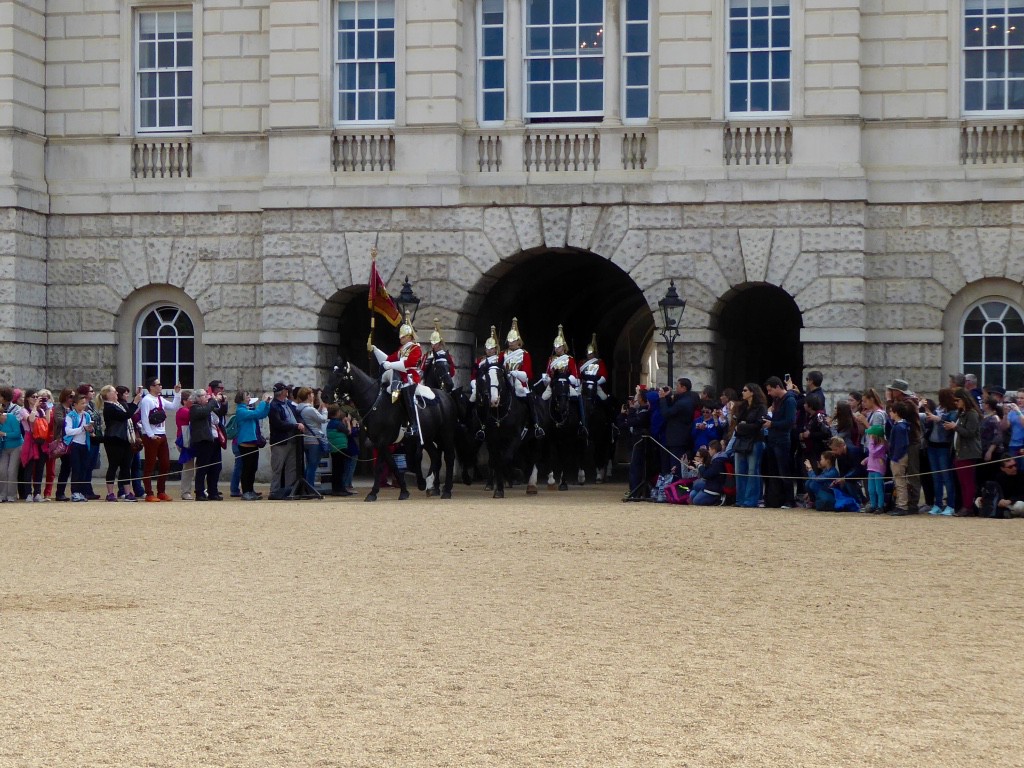
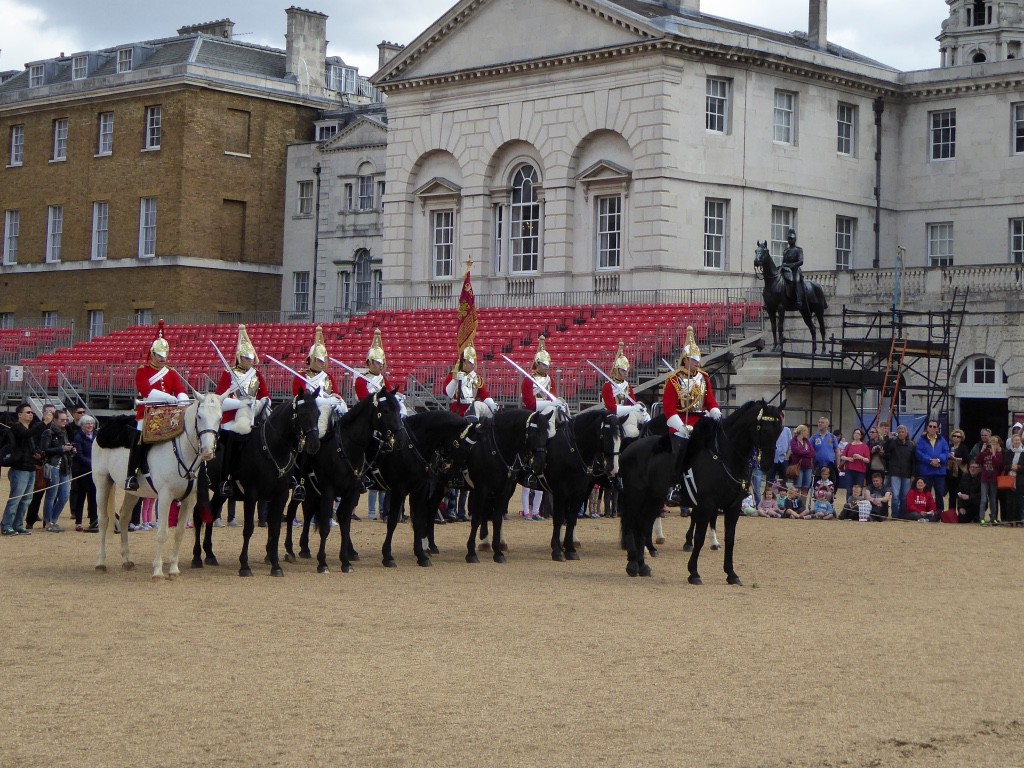
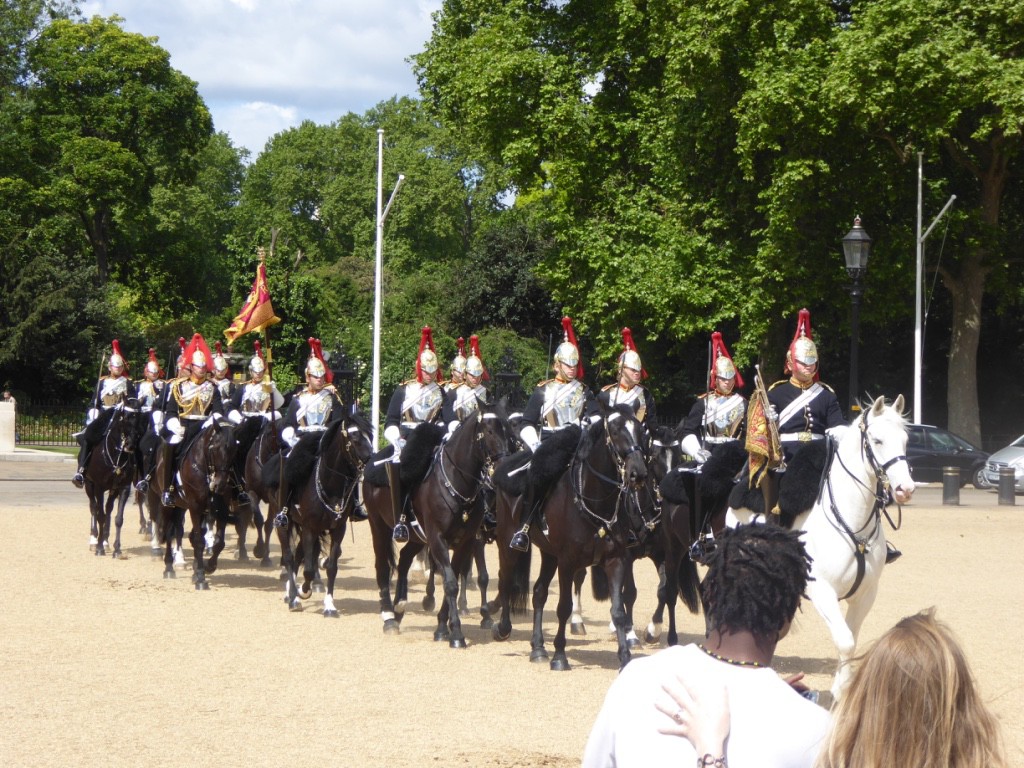
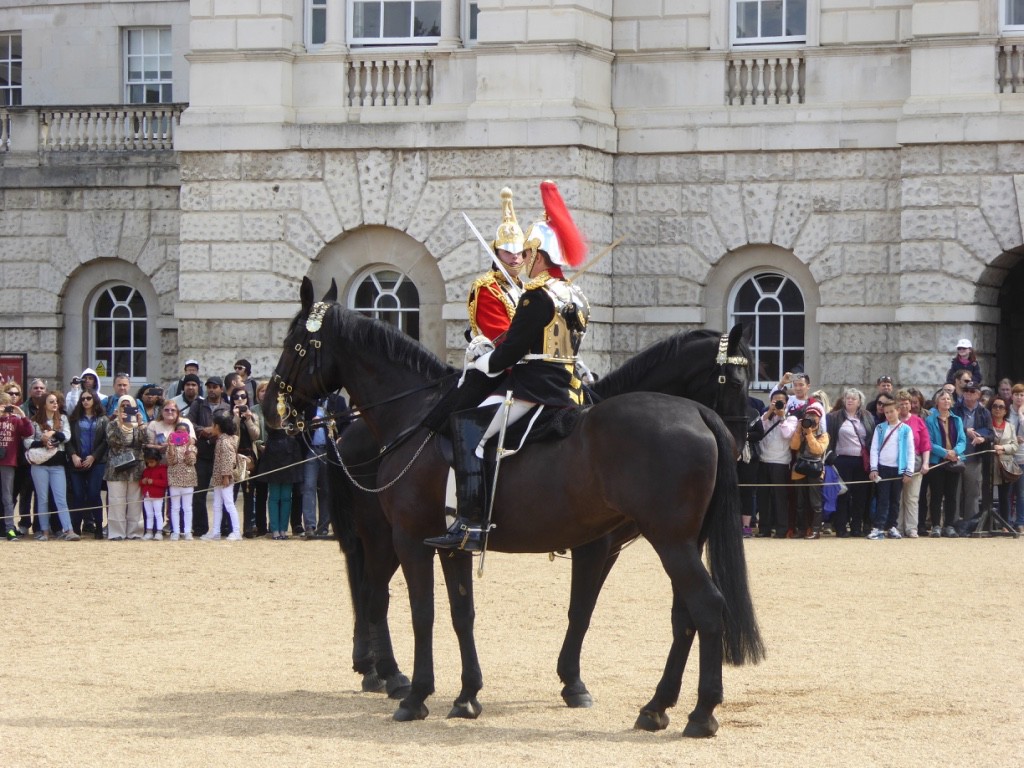
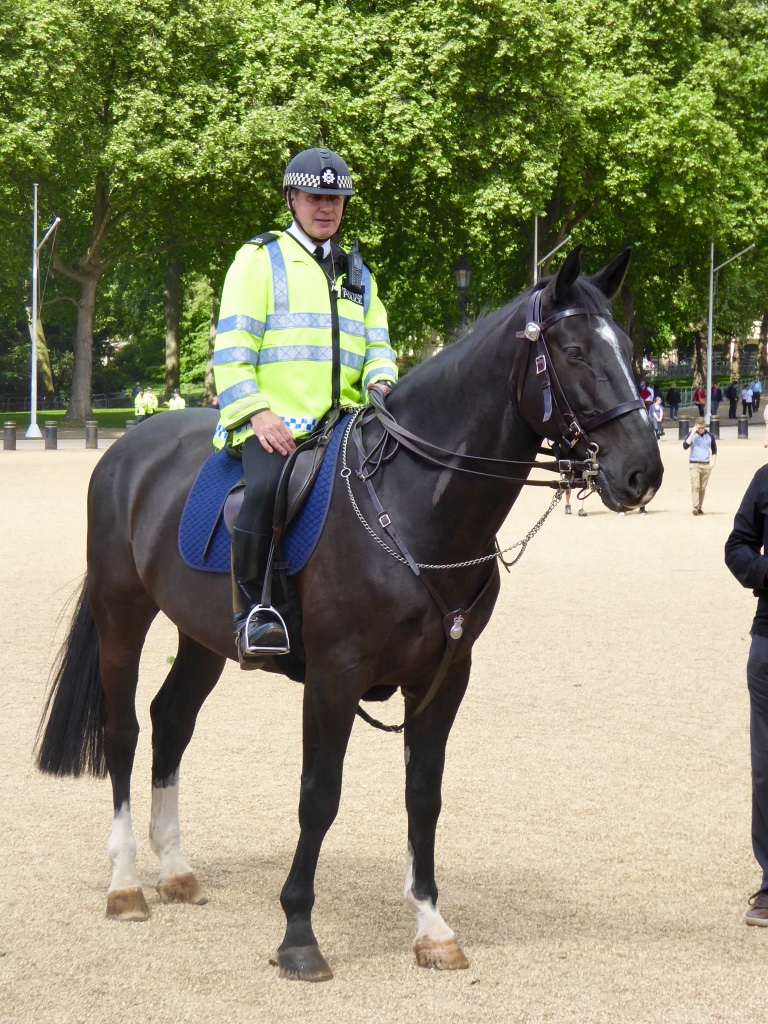
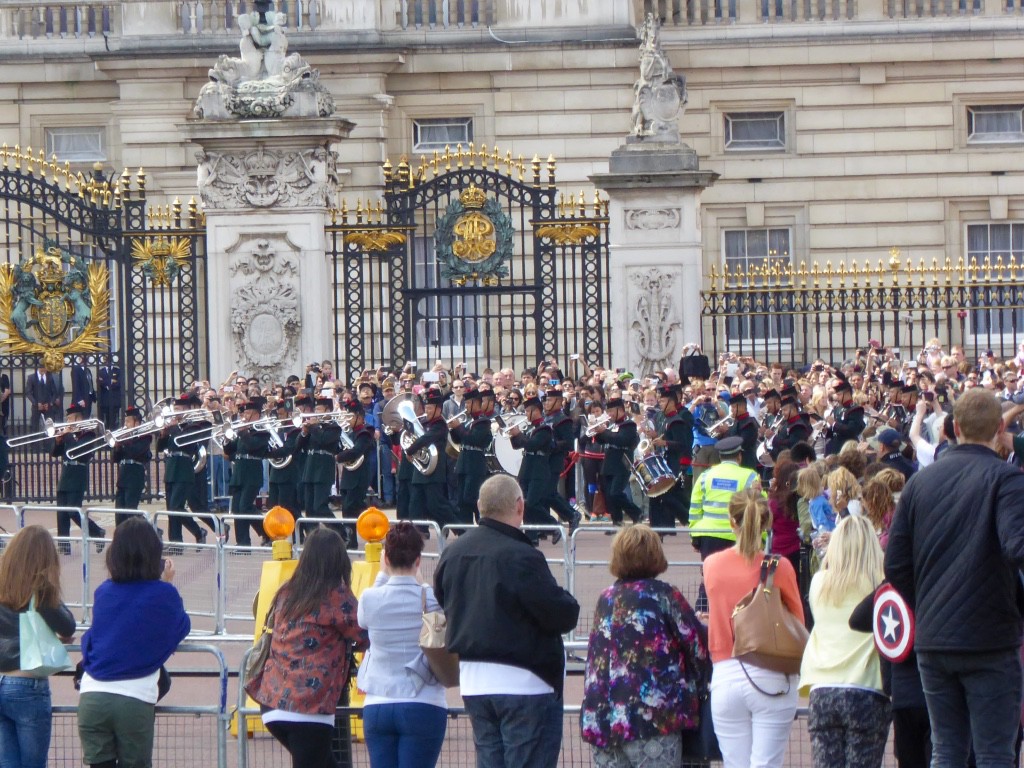
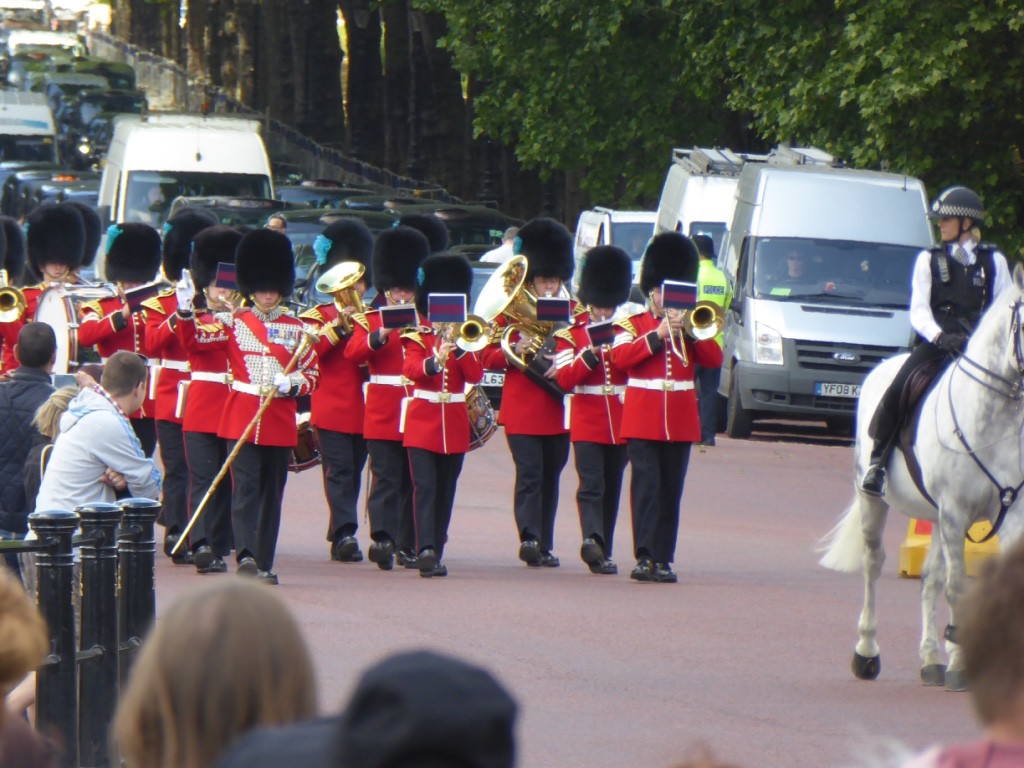
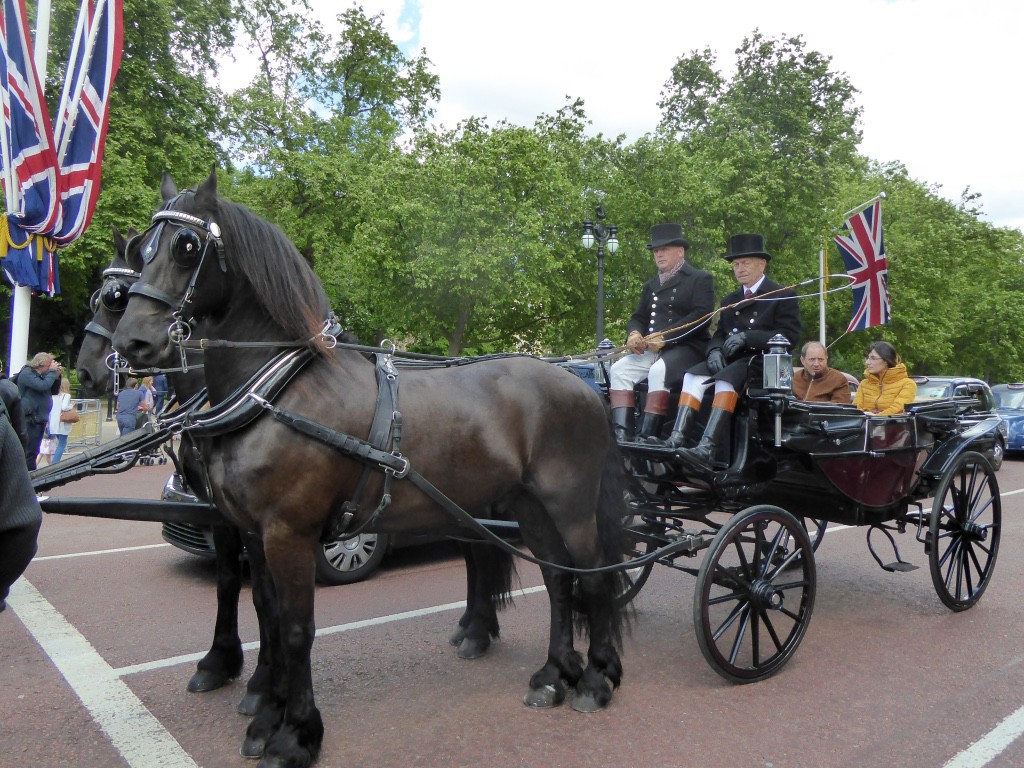
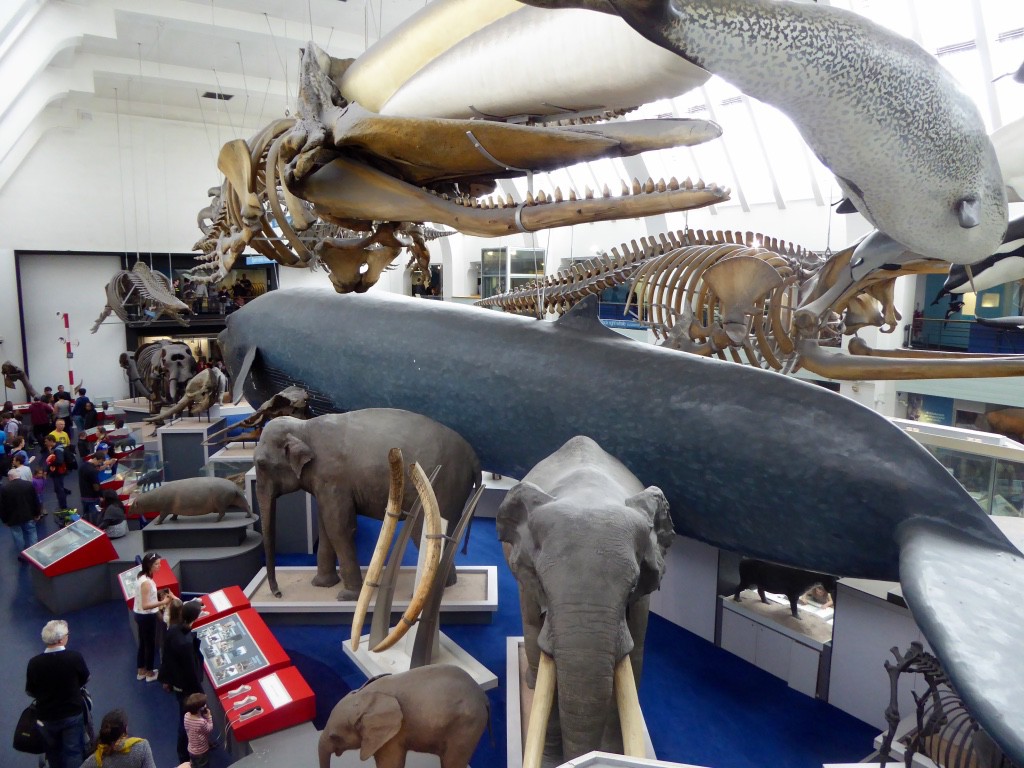
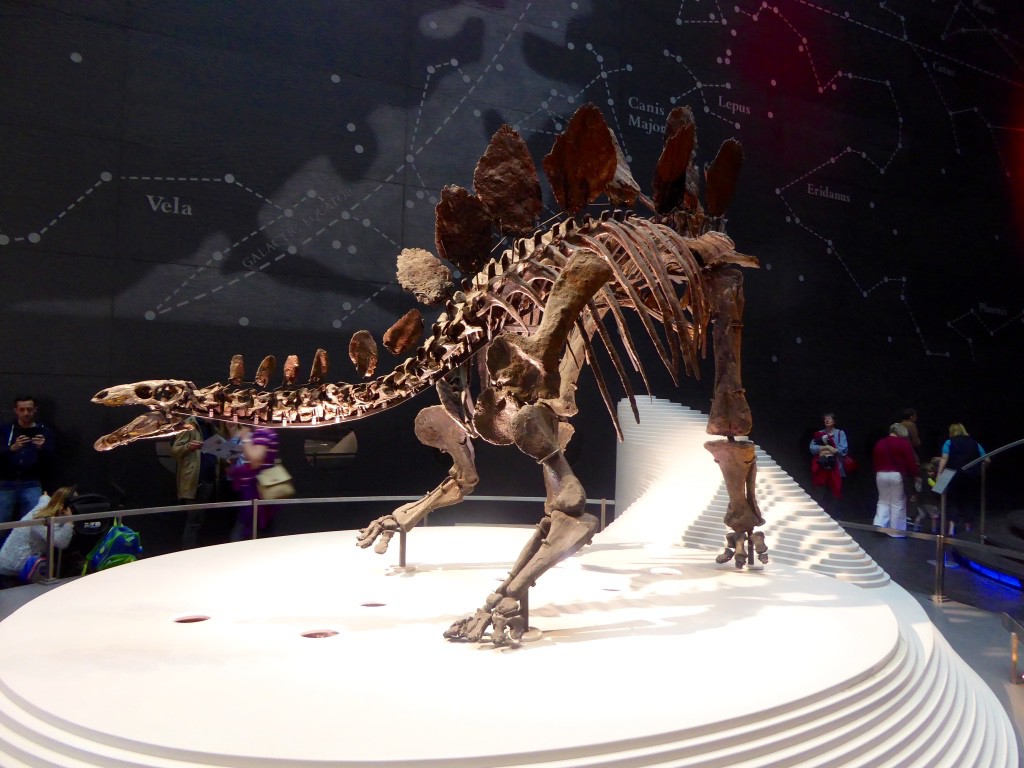 On arrival we first went to pick up our hire car, at which point we had a most unfortunate attack of the miserlys: we declined to pay the 12 quid extra for a GPS reasoning it was only a small place – how hard could it be. Well, as we found to our cost how wrong you could be. Oxford would have to be the worst town in the UK to drive in – and that’s saying something. One ways, no ways, pedestrian only streets, restricted access – it had it all. So our progress (and regress) was marked by curses, mutterings, querulous questions and increasingly short answers.
On arrival we first went to pick up our hire car, at which point we had a most unfortunate attack of the miserlys: we declined to pay the 12 quid extra for a GPS reasoning it was only a small place – how hard could it be. Well, as we found to our cost how wrong you could be. Oxford would have to be the worst town in the UK to drive in – and that’s saying something. One ways, no ways, pedestrian only streets, restricted access – it had it all. So our progress (and regress) was marked by curses, mutterings, querulous questions and increasingly short answers.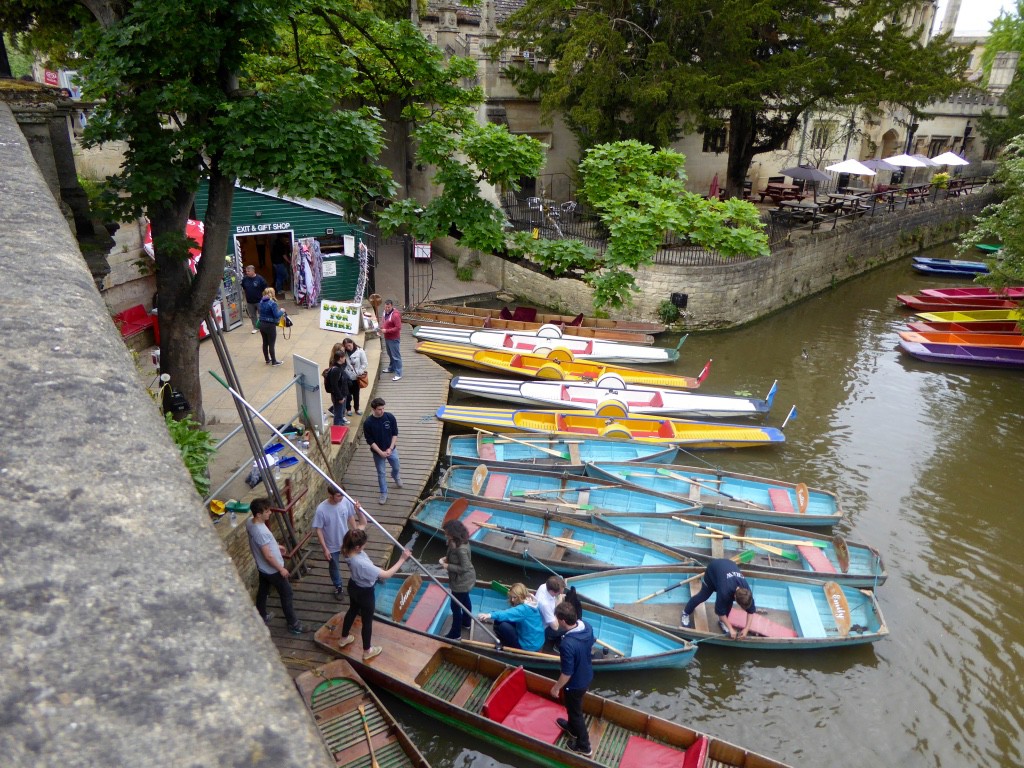
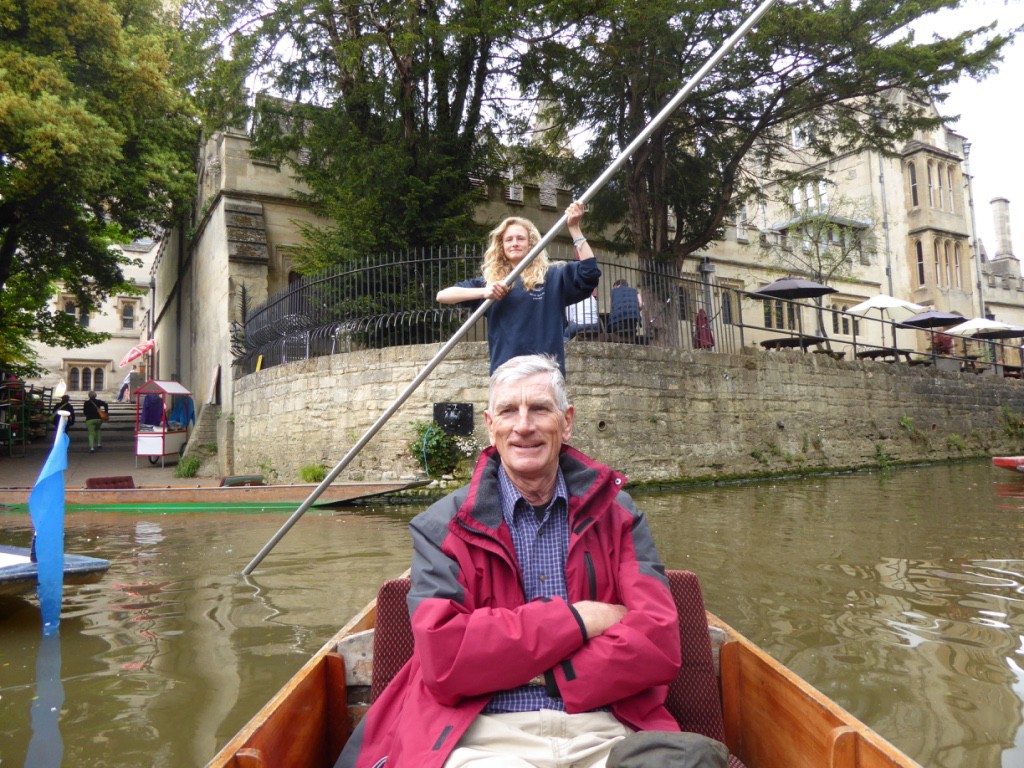
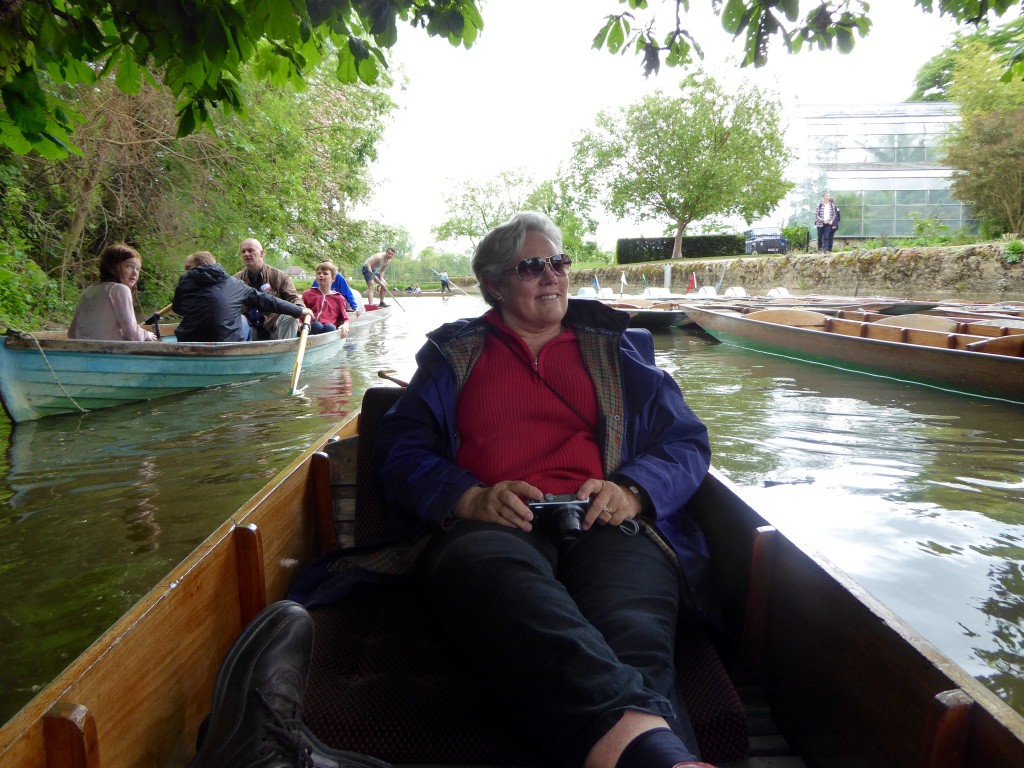
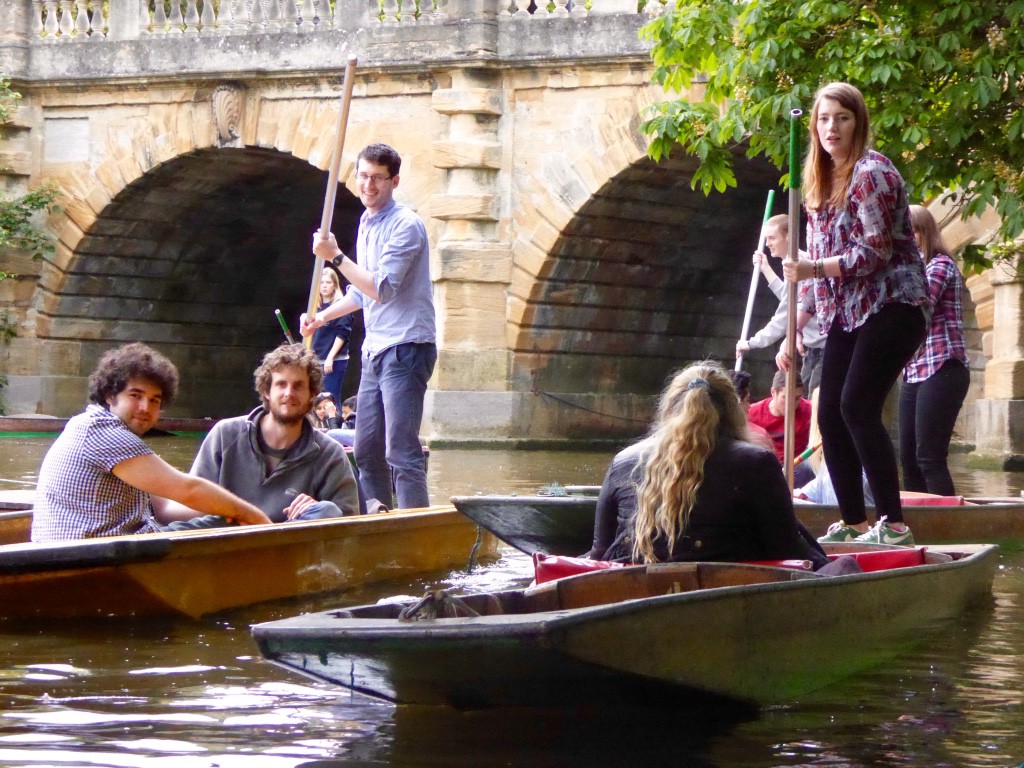
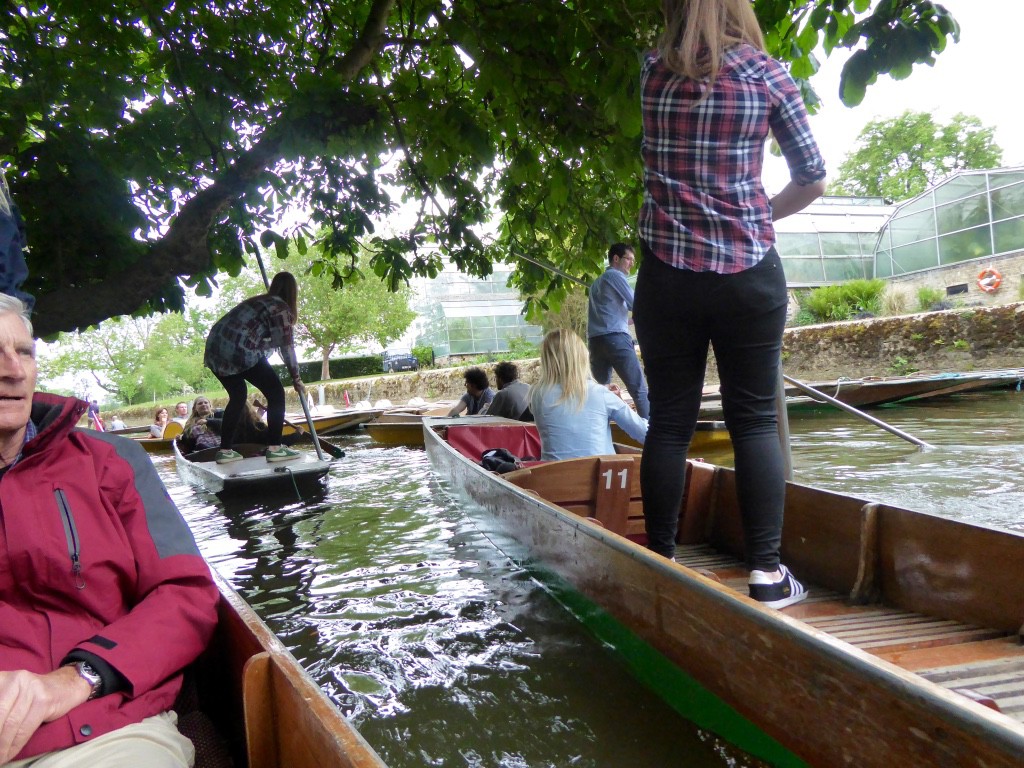
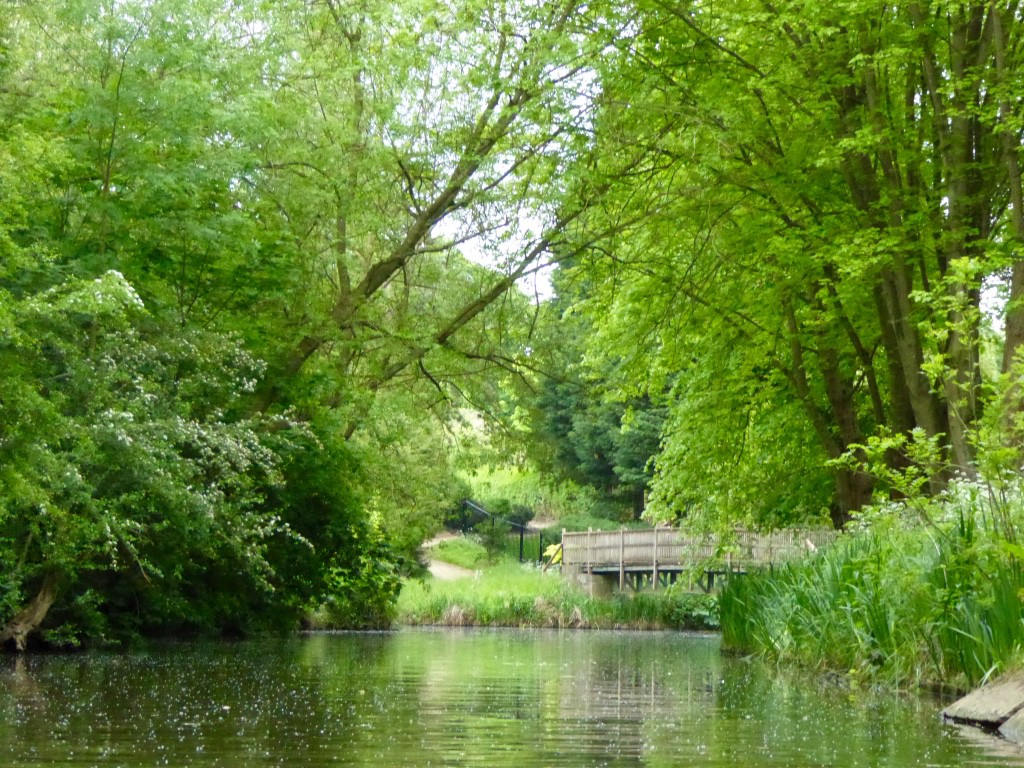
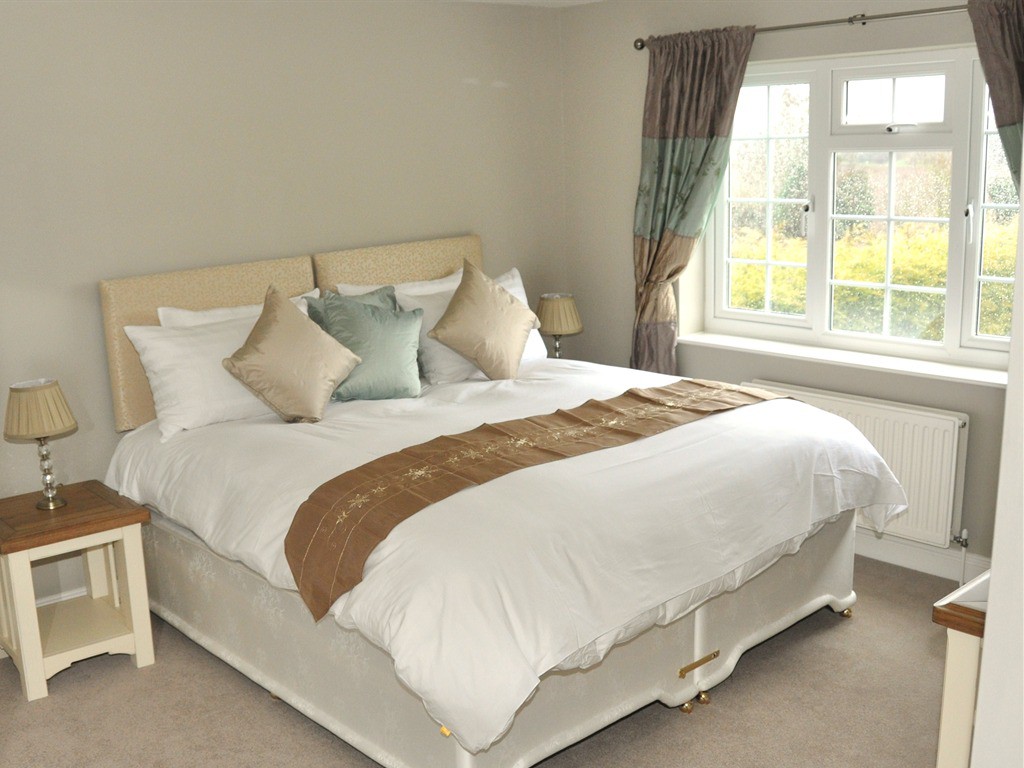
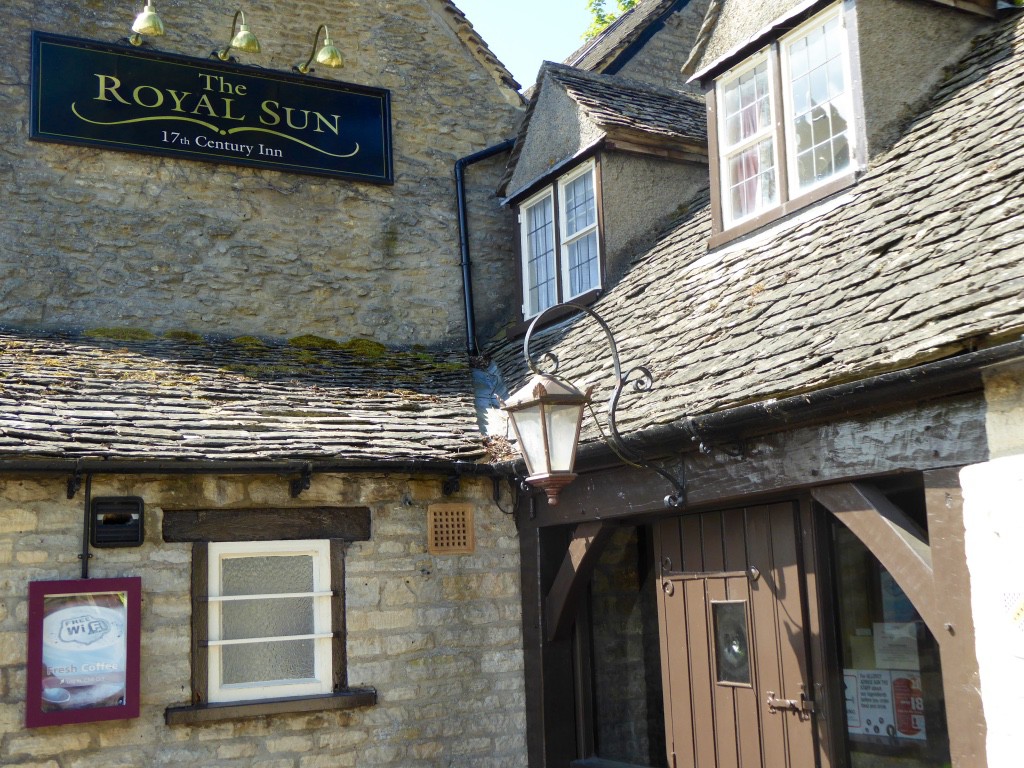
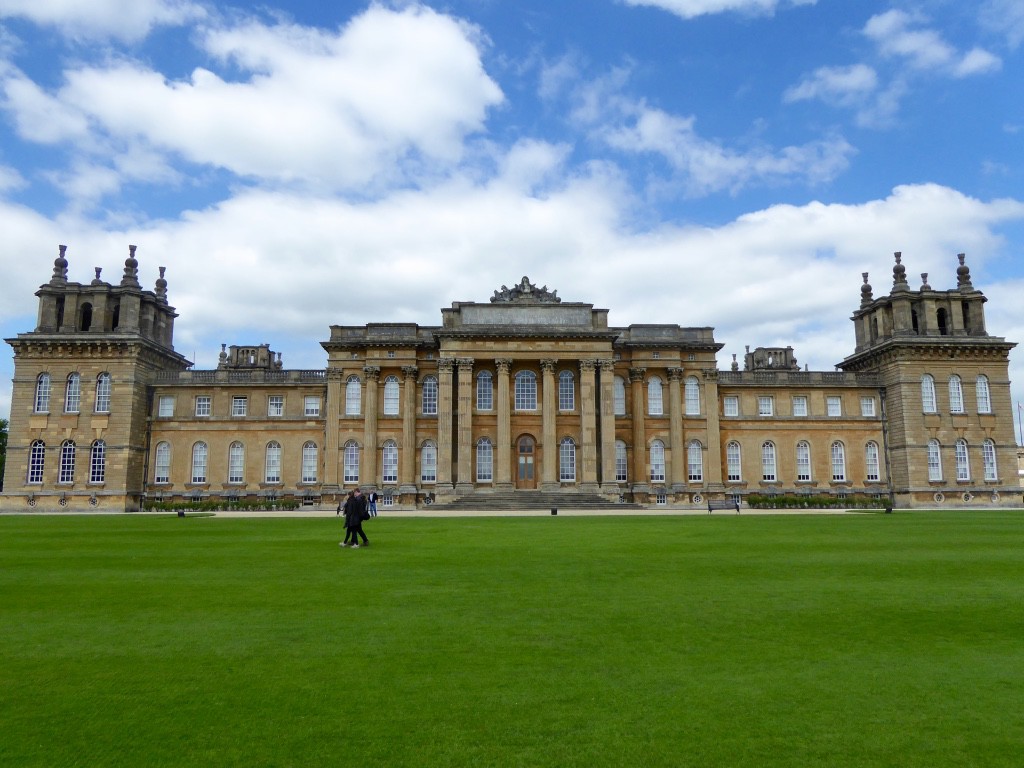
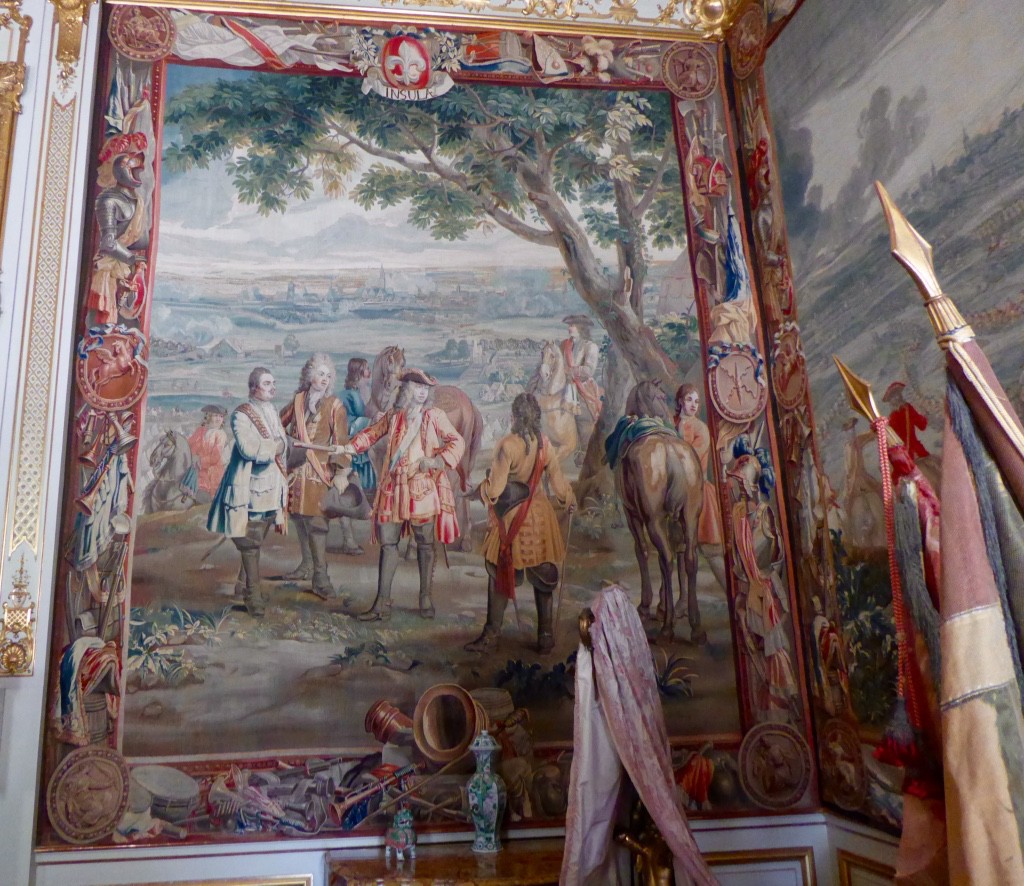
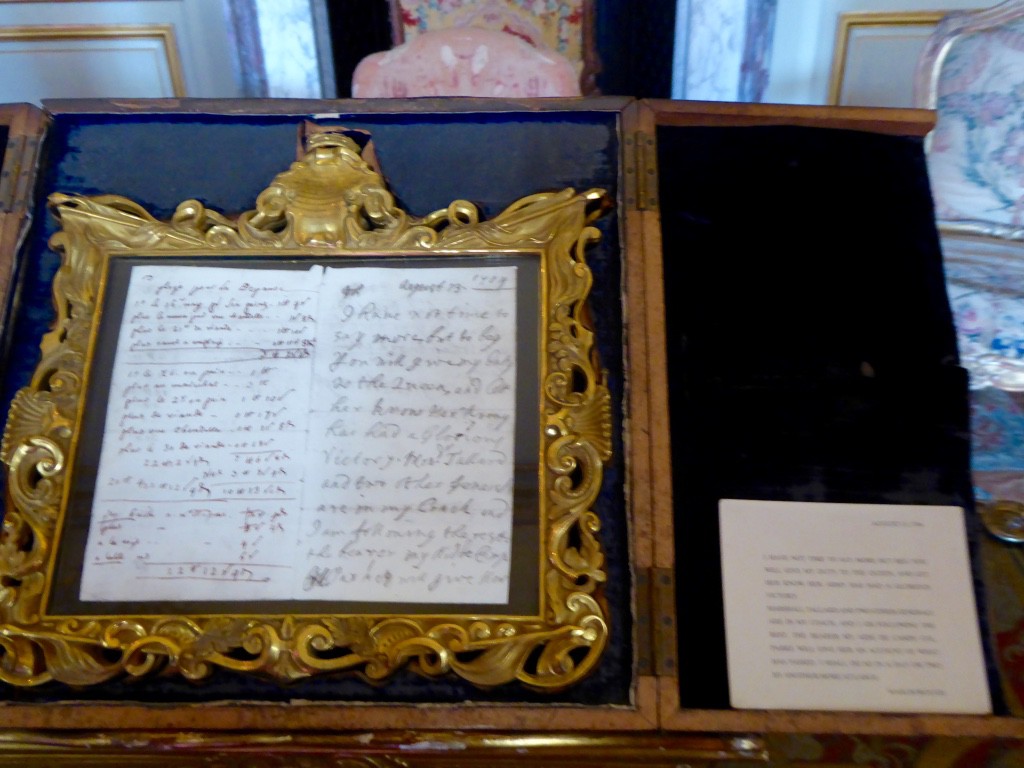
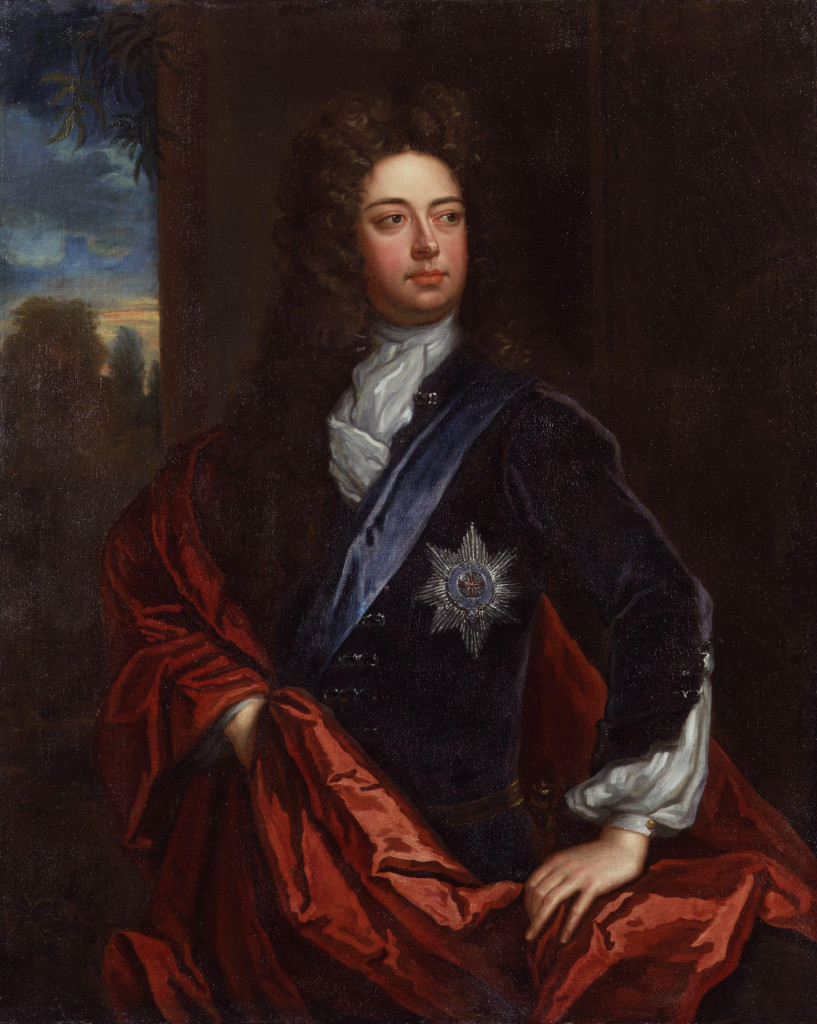

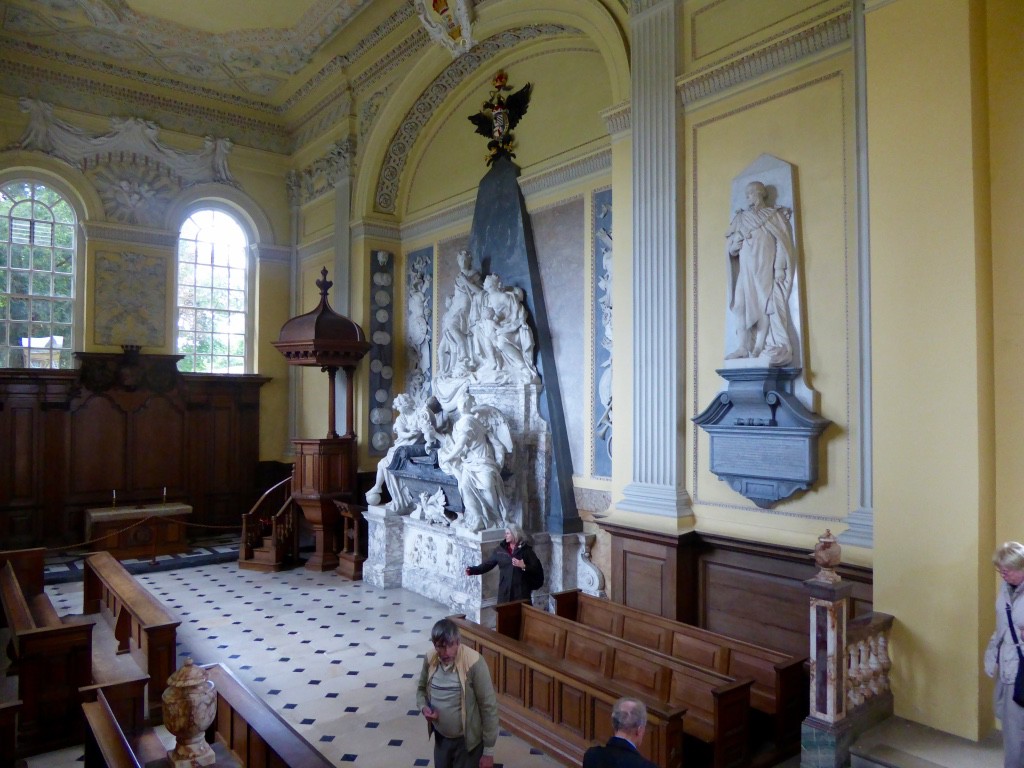

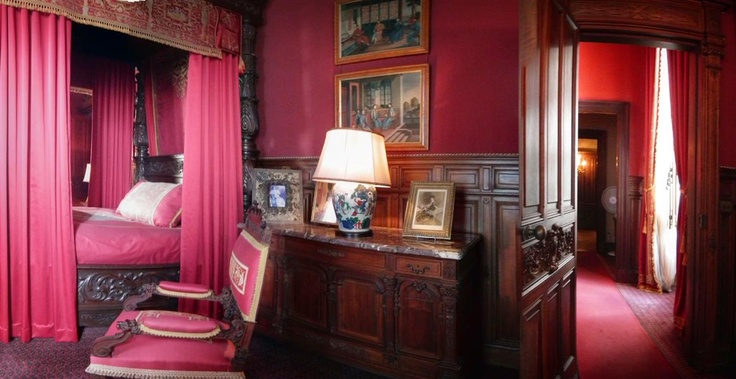
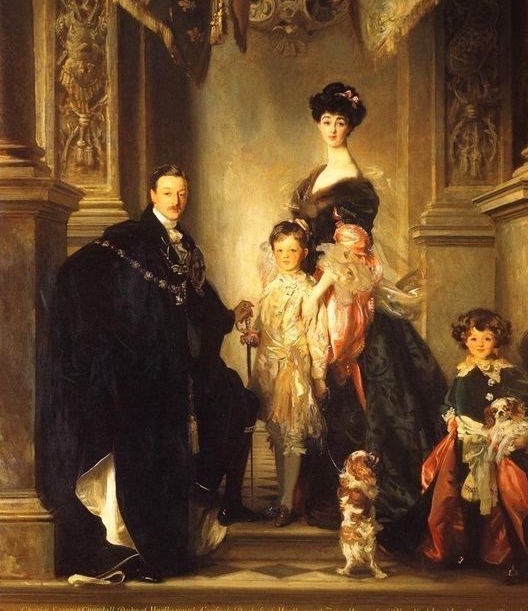
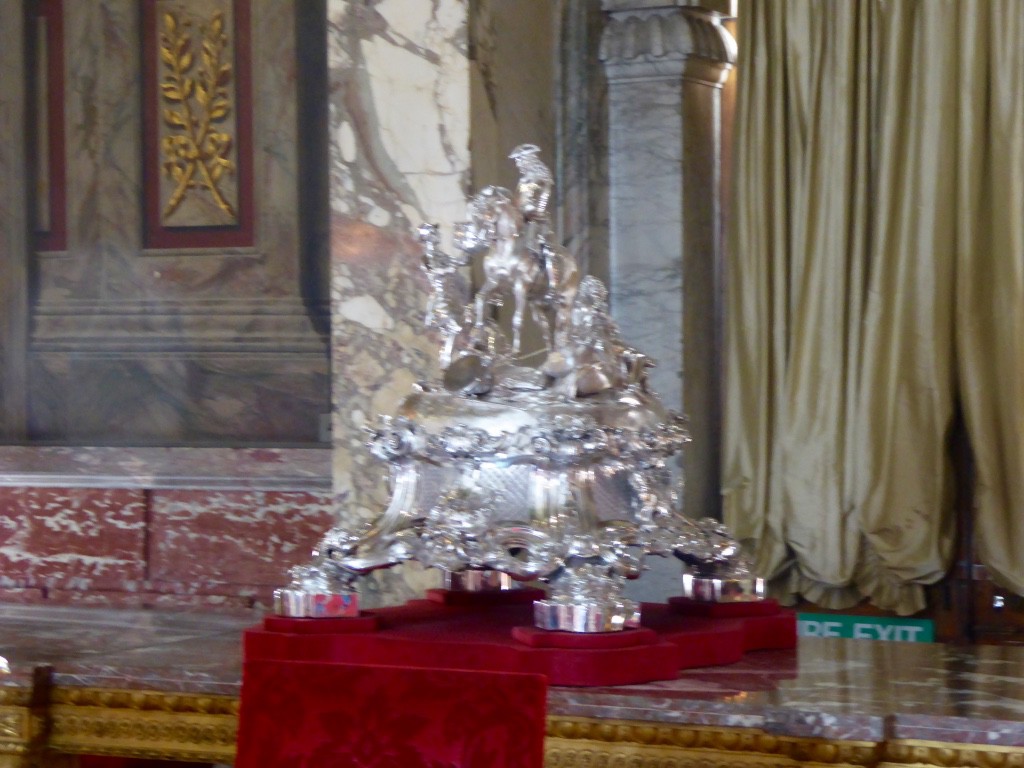
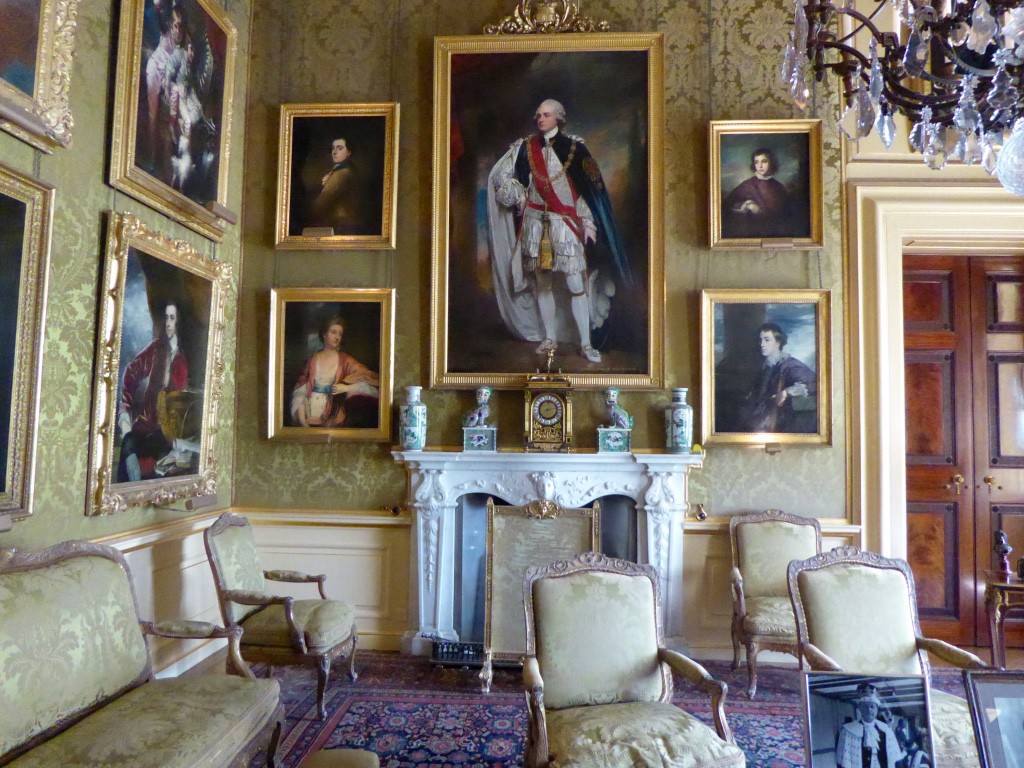
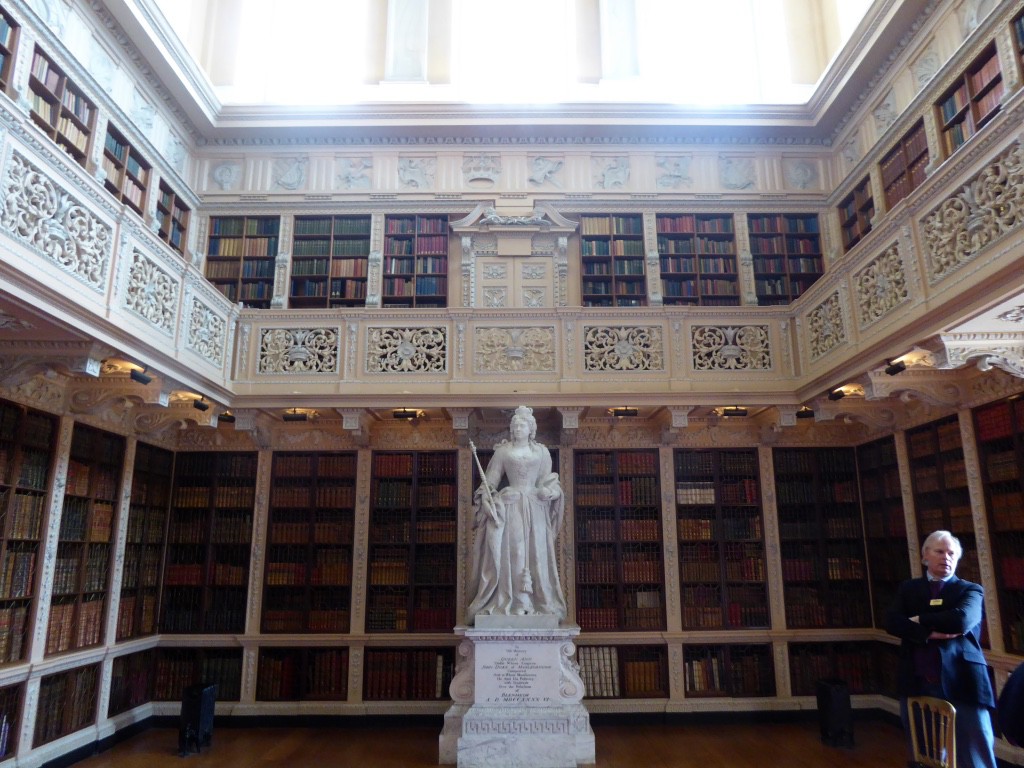
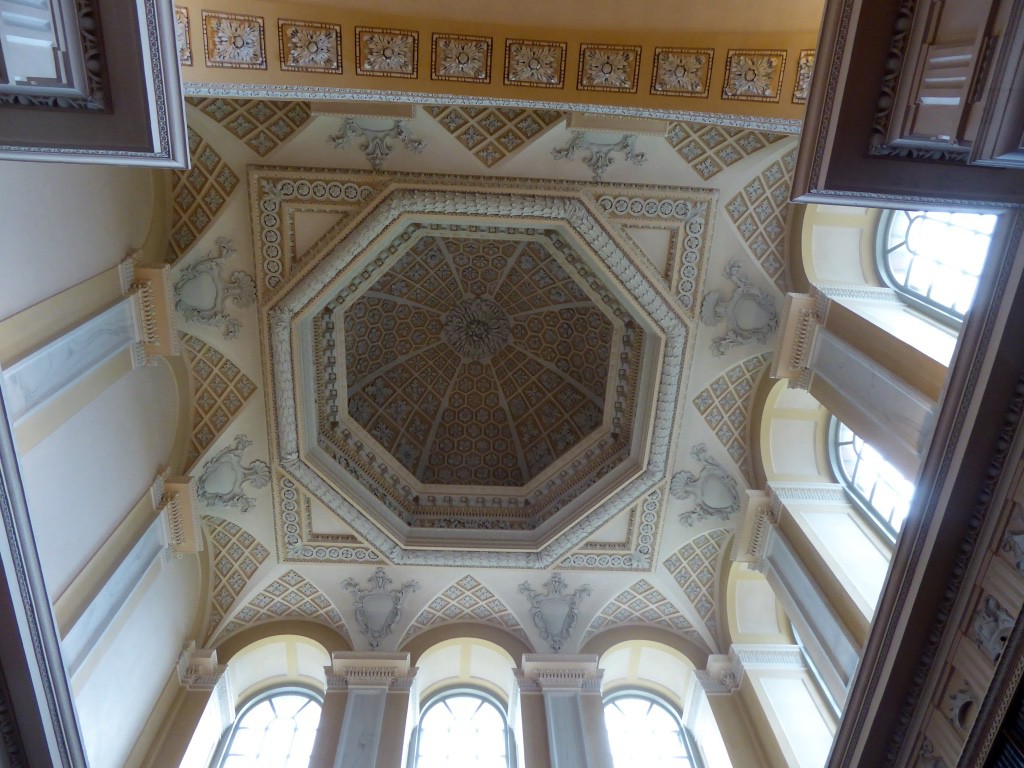
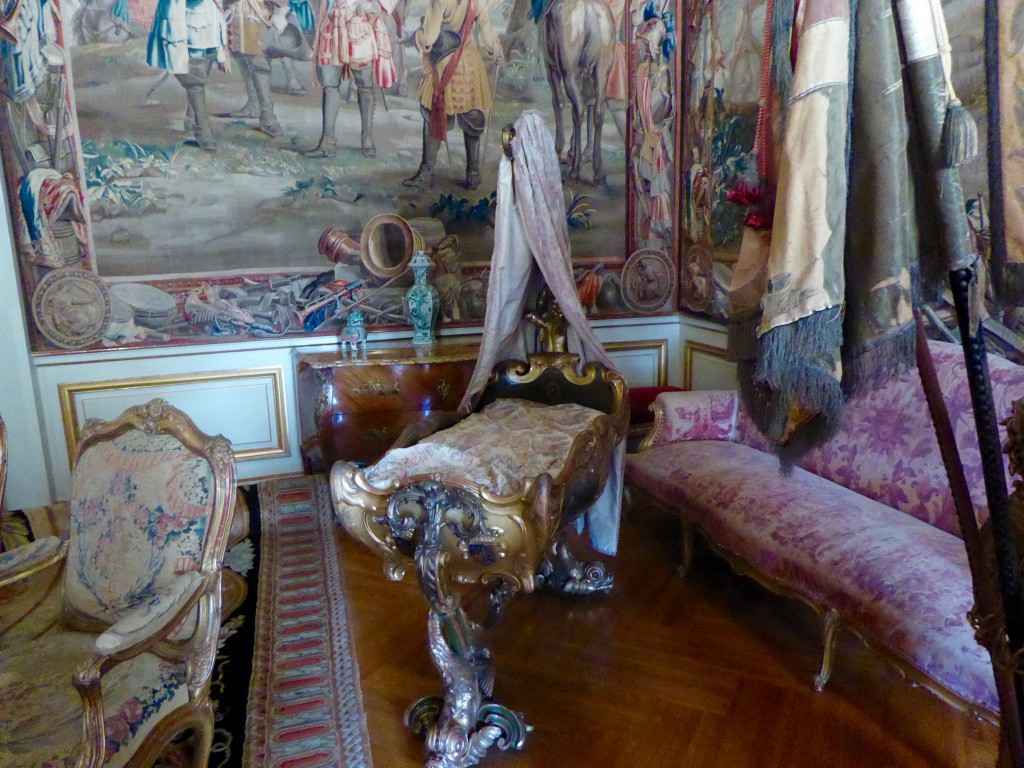
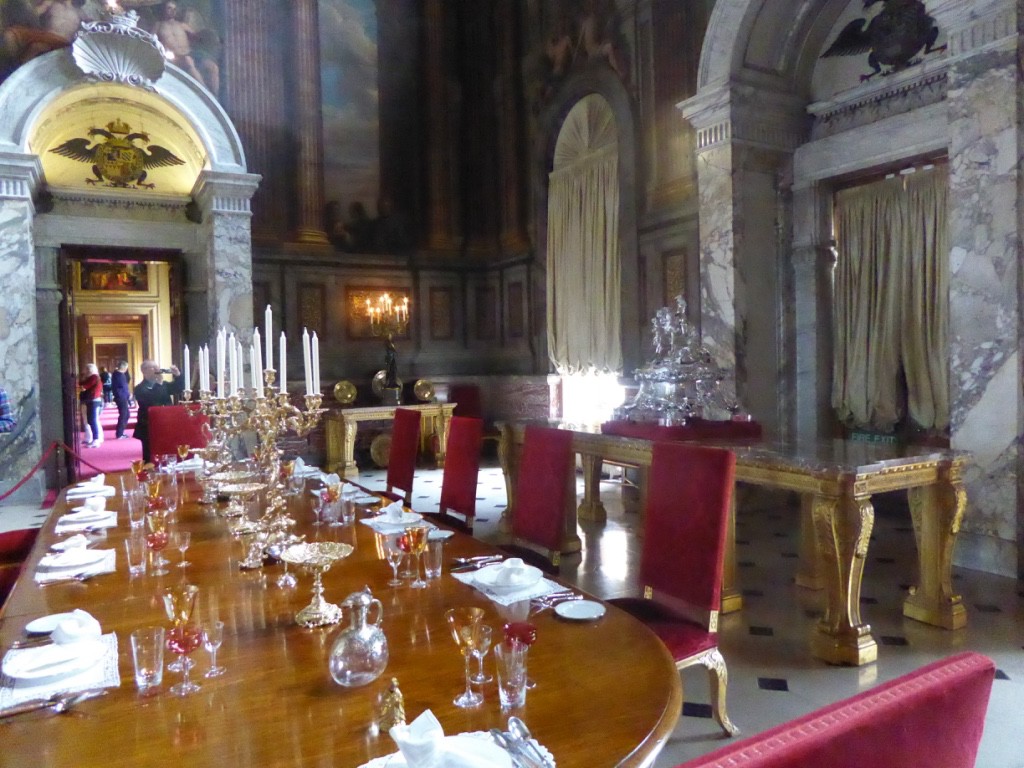
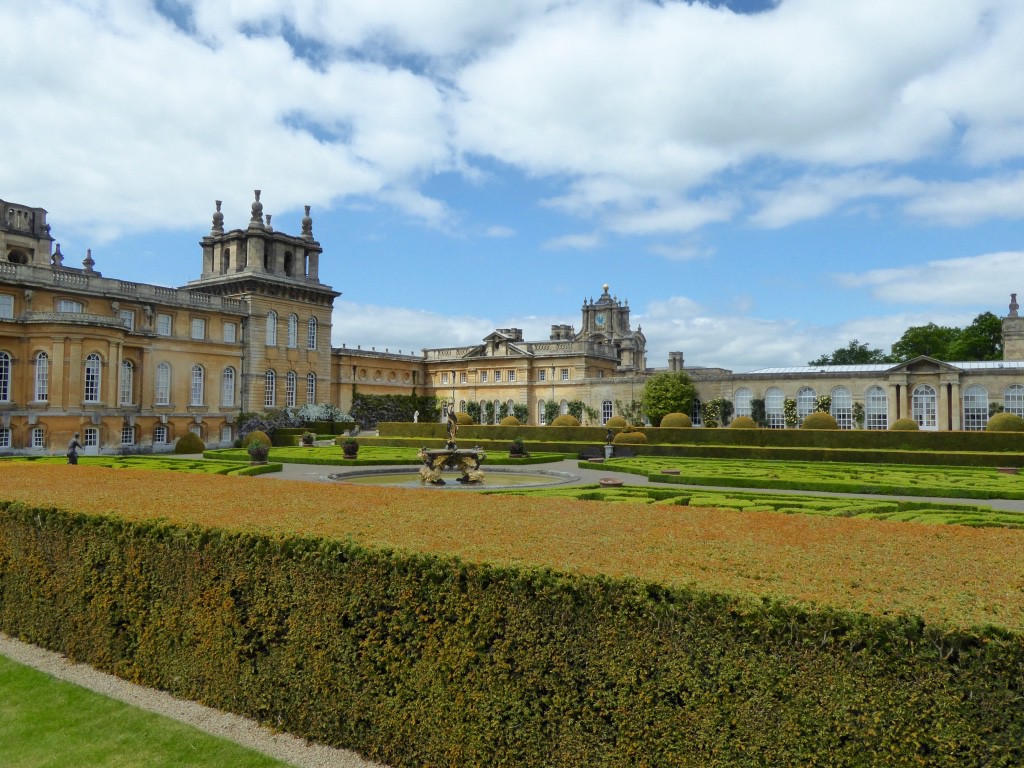
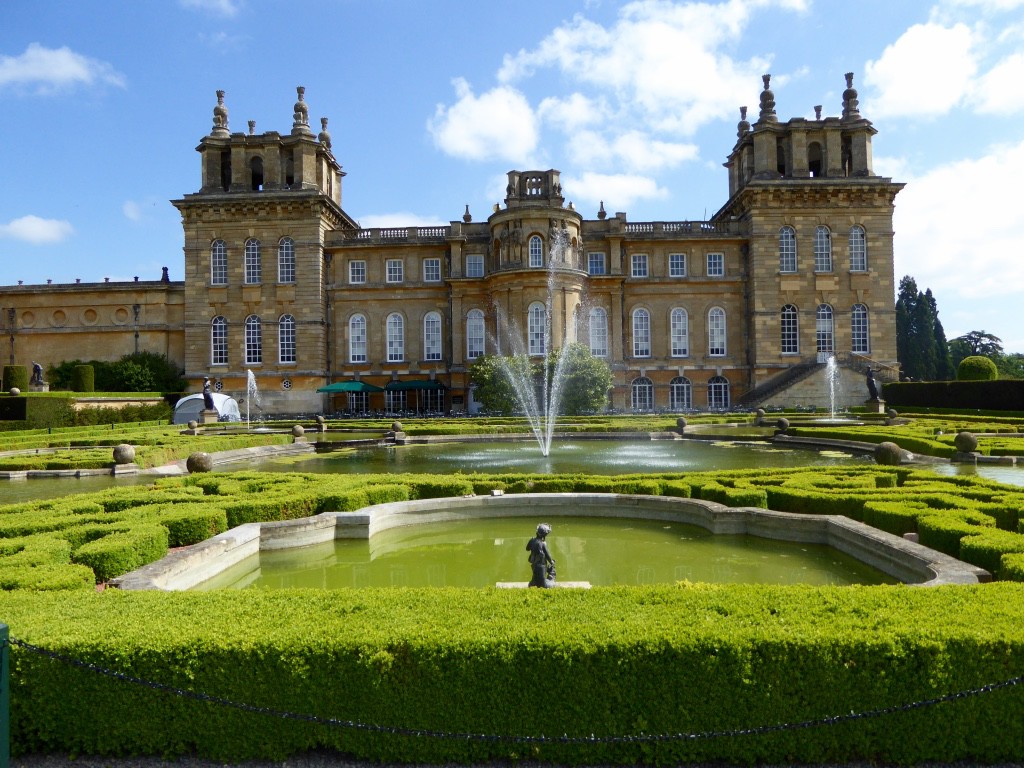
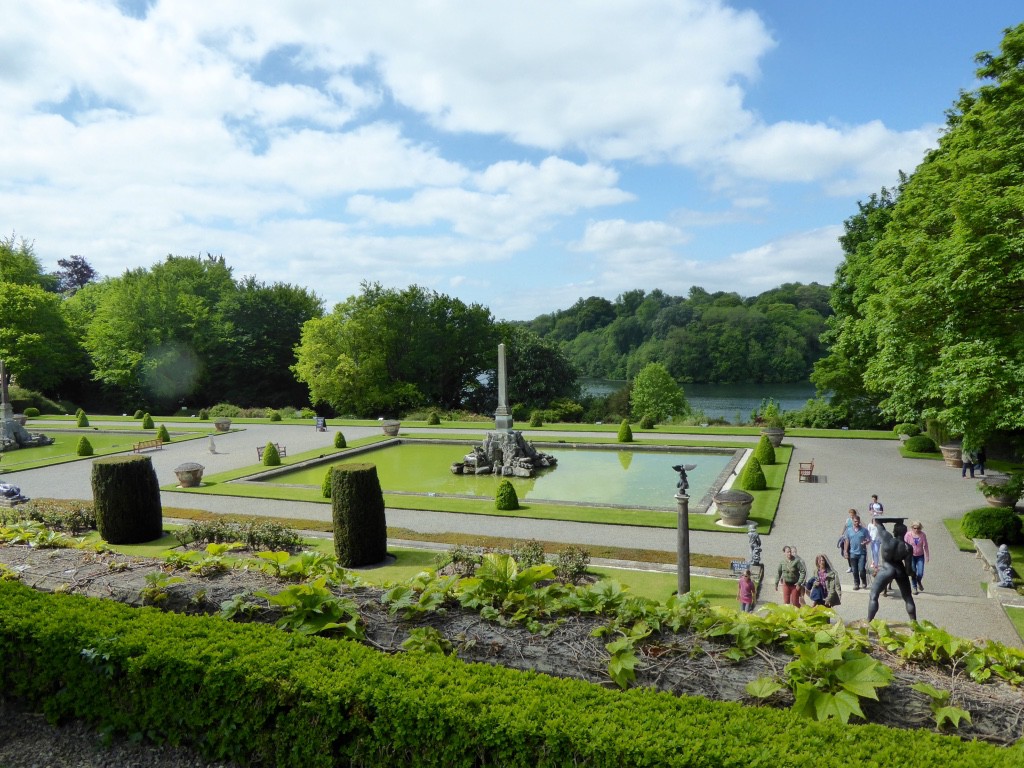
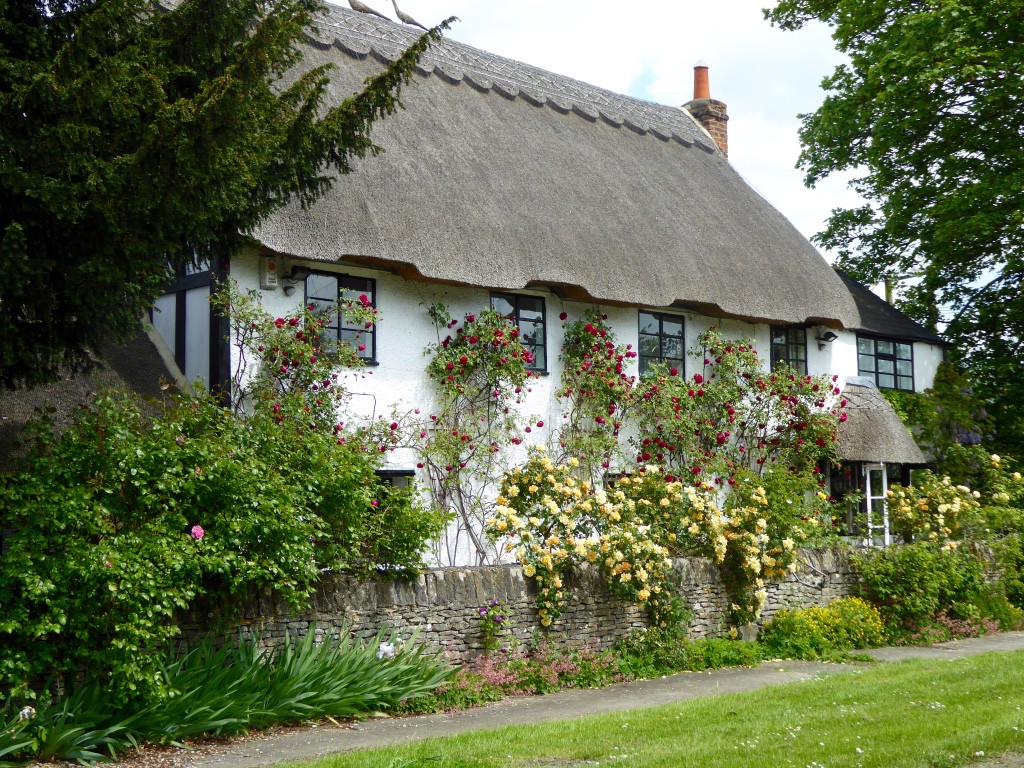
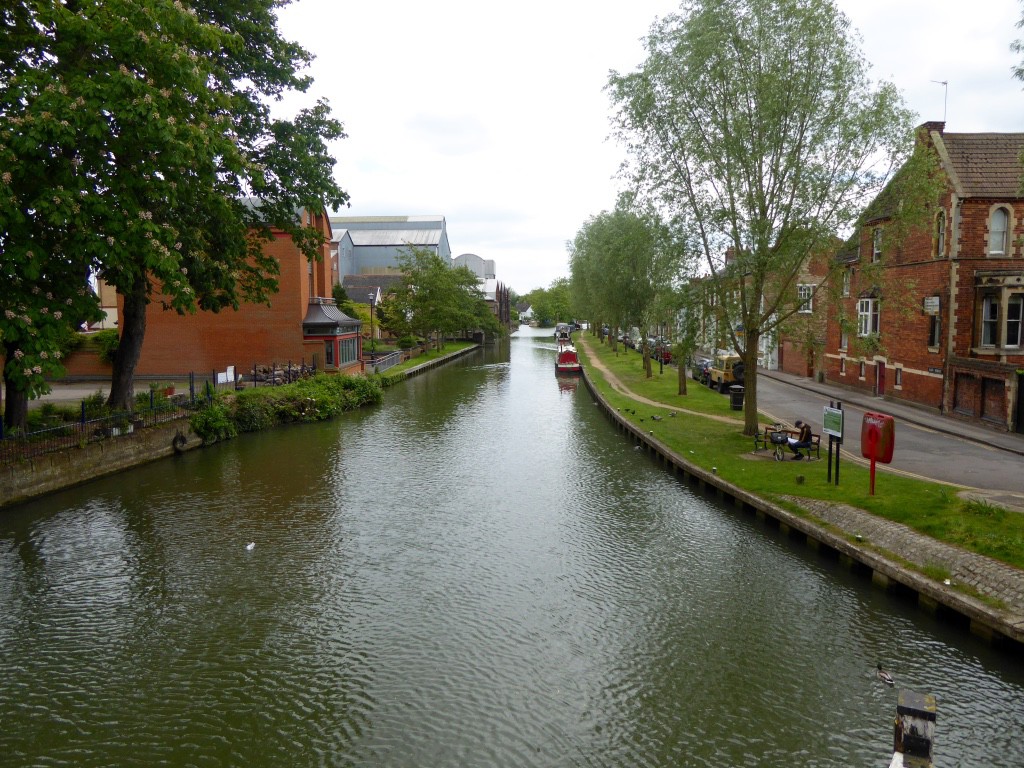
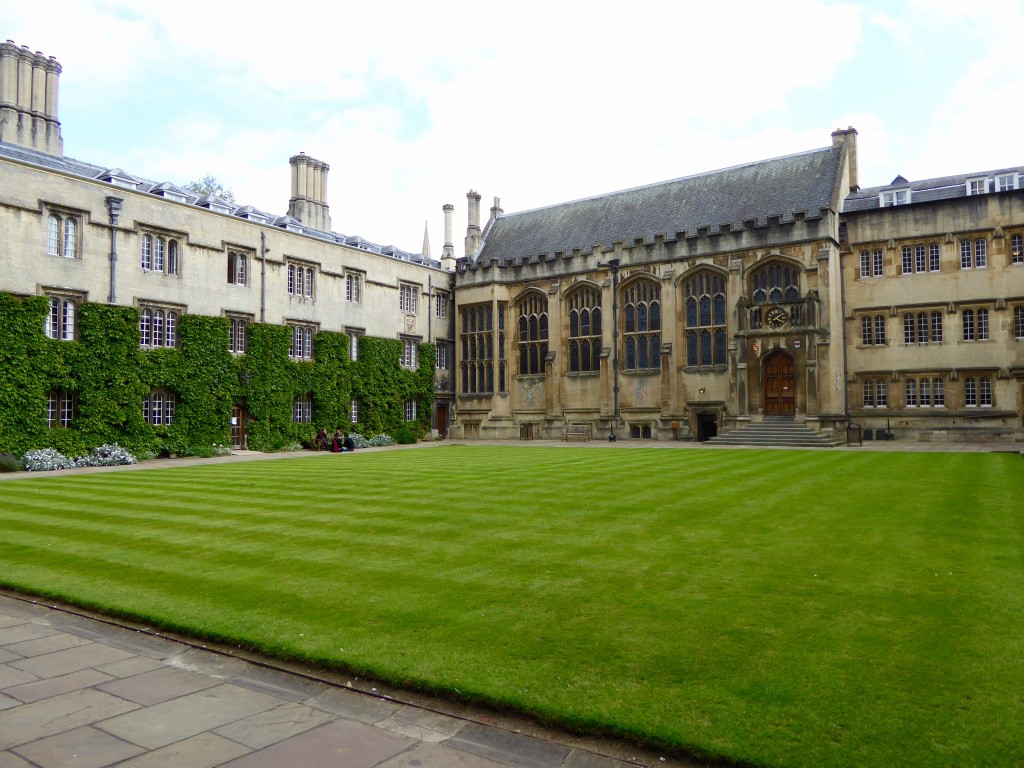
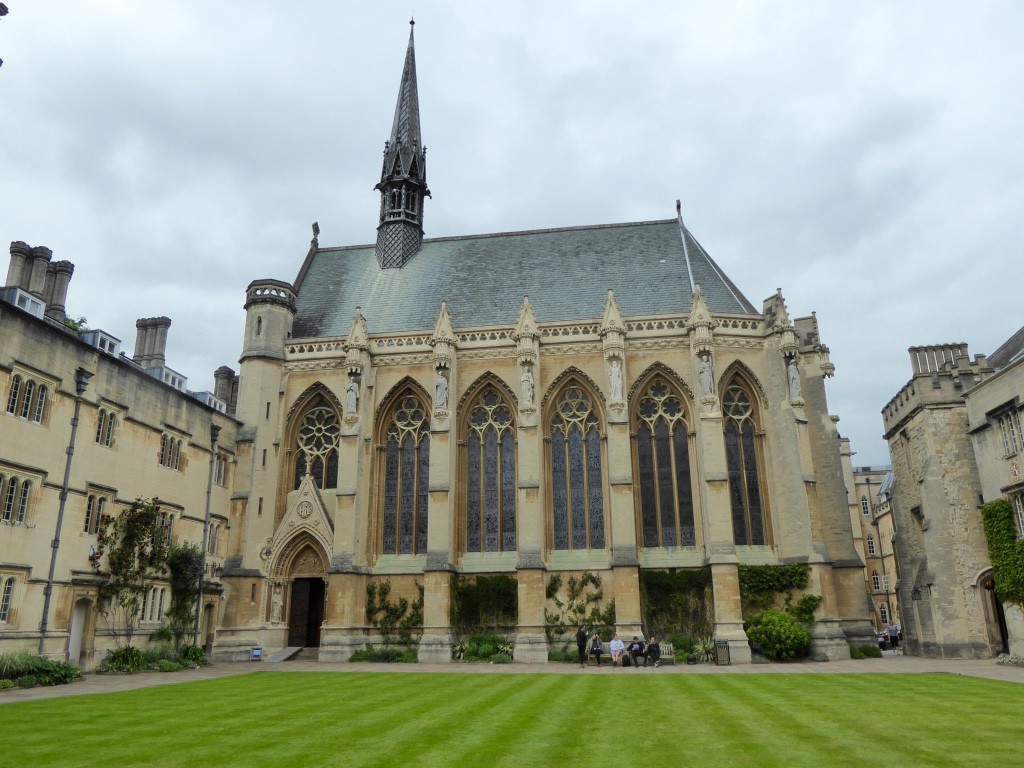
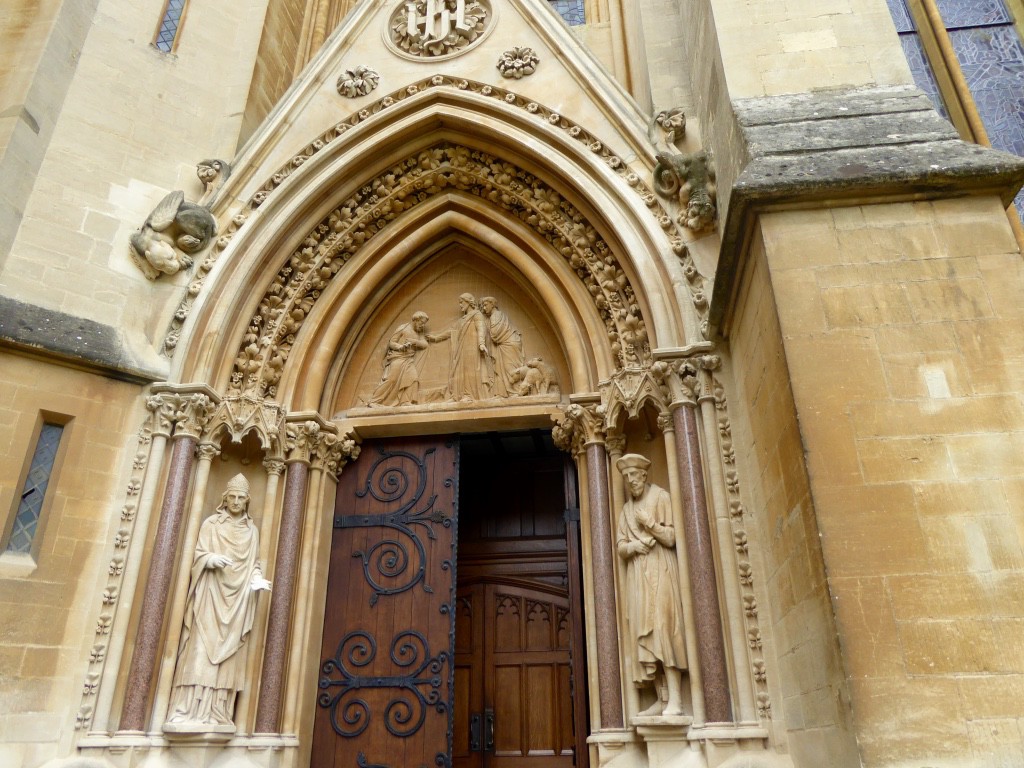
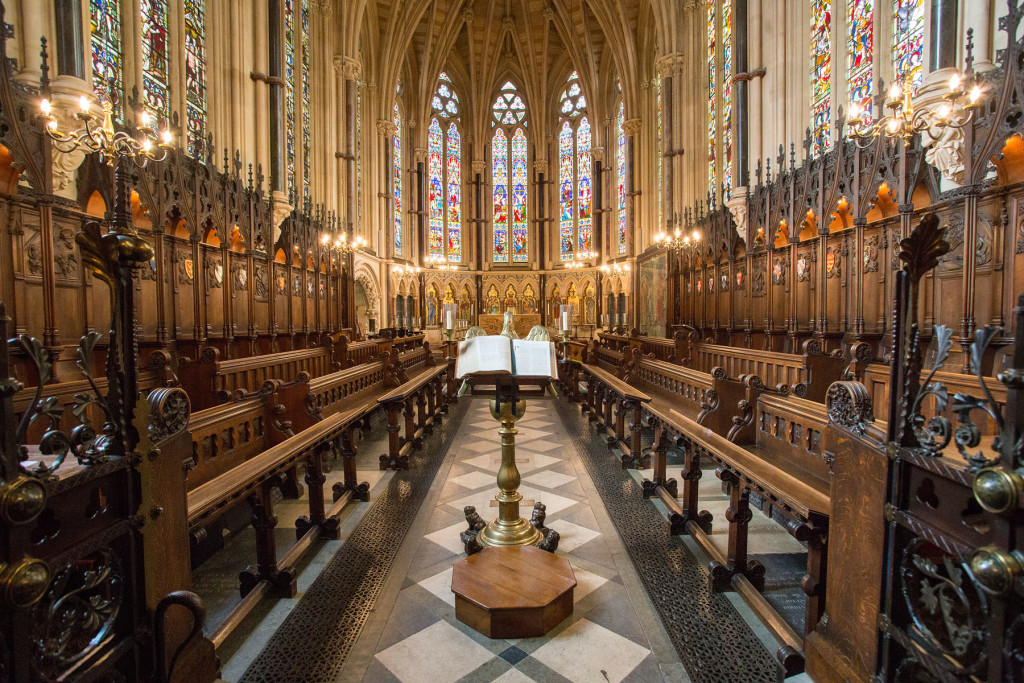
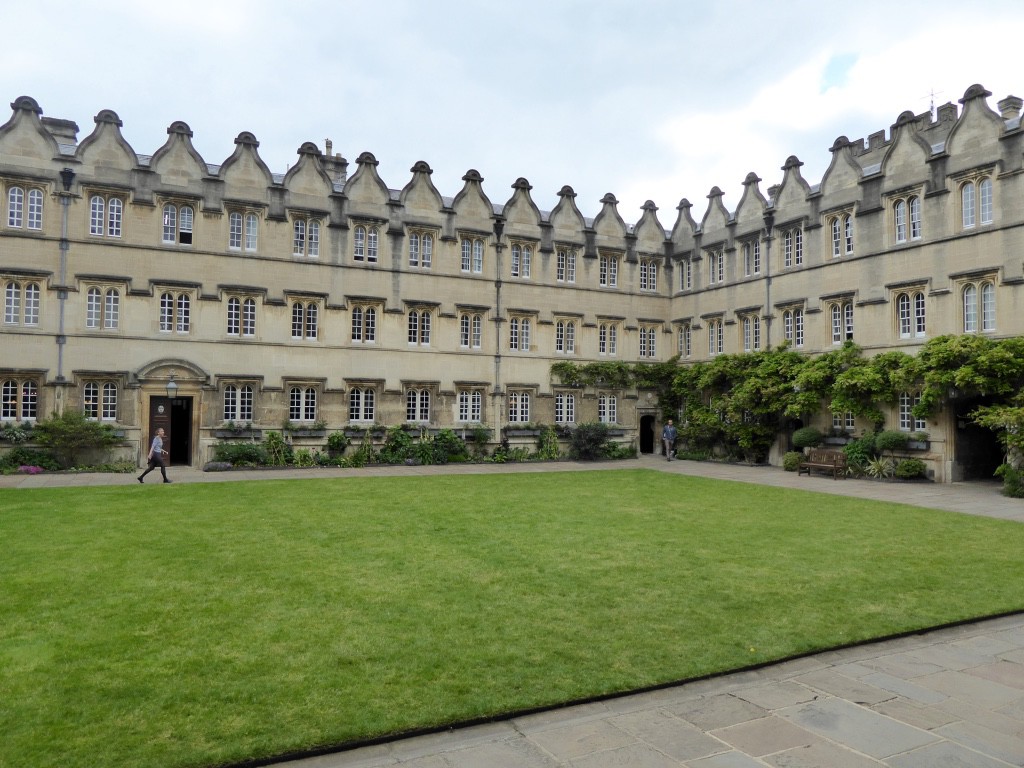
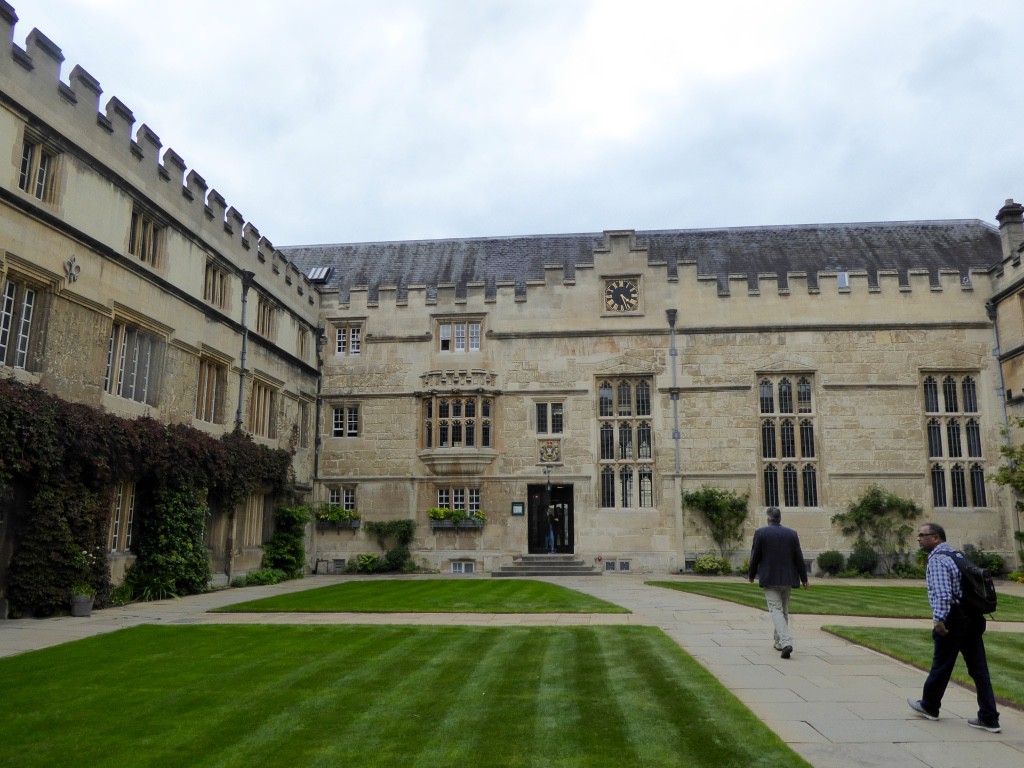
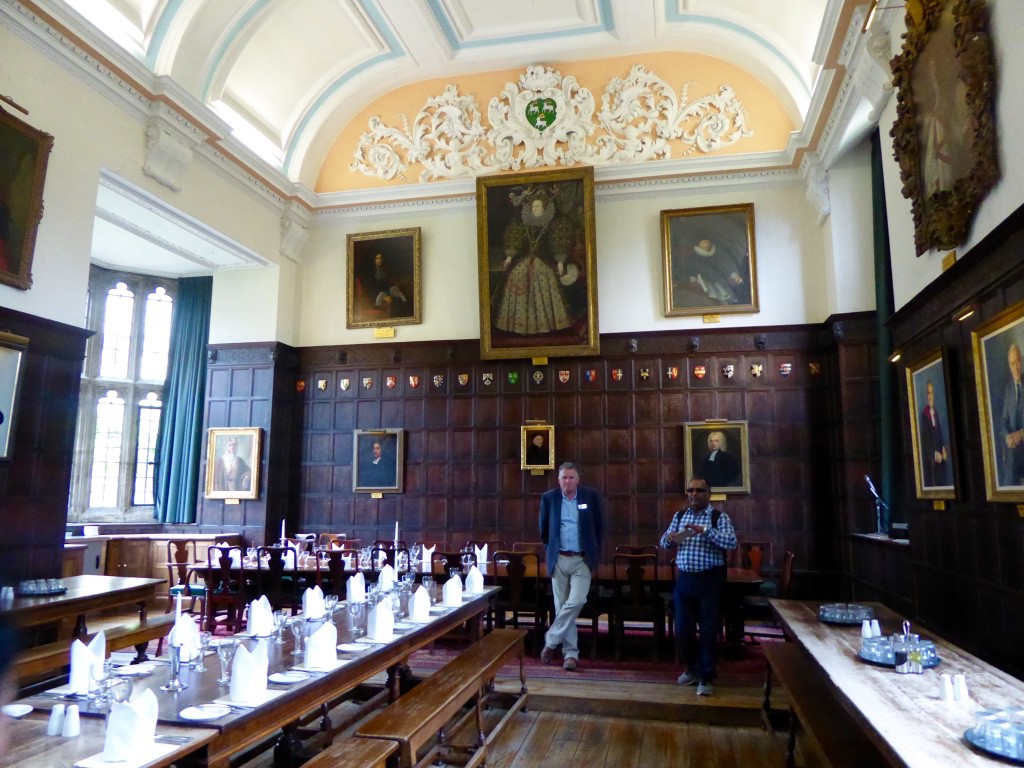
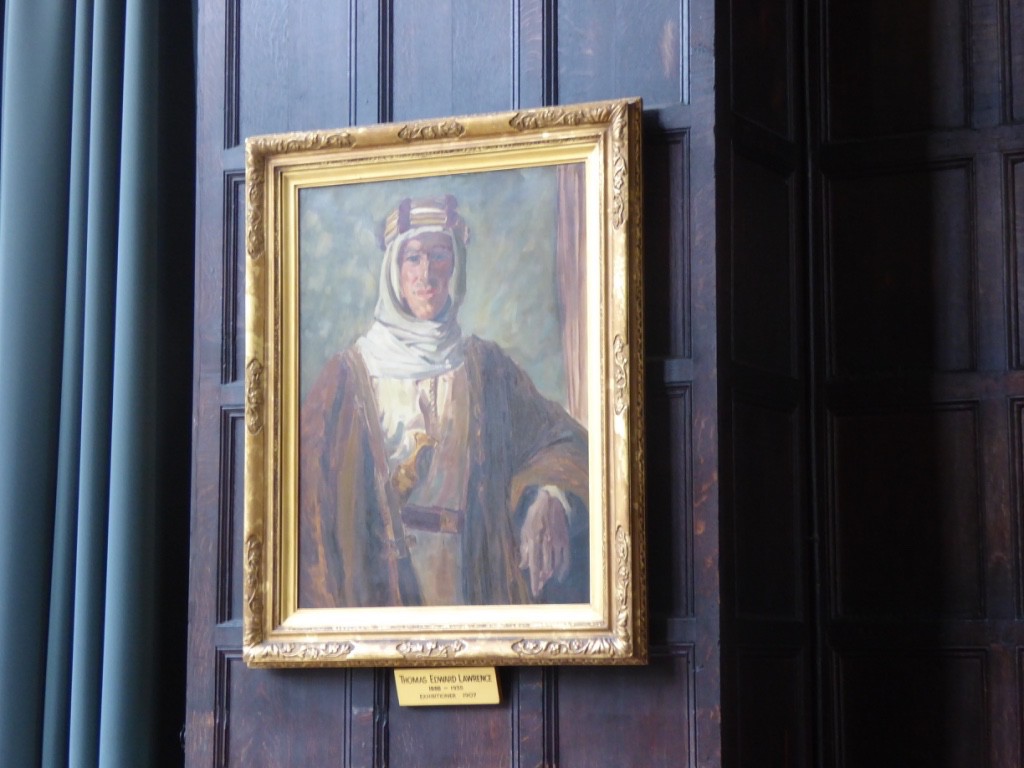
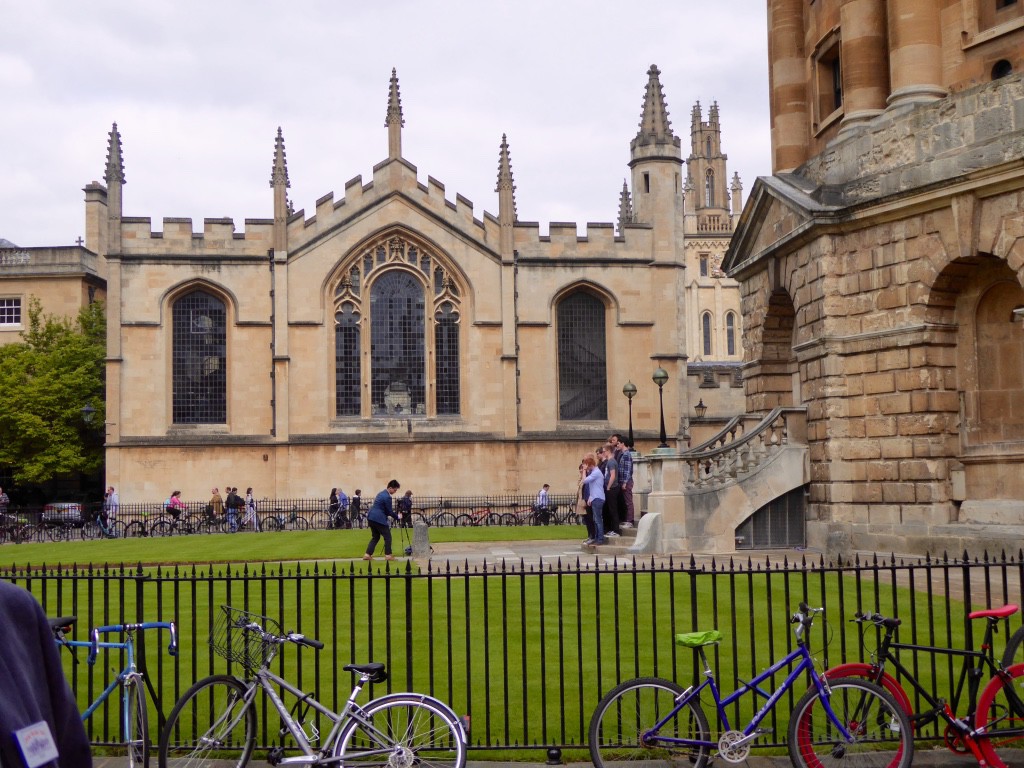
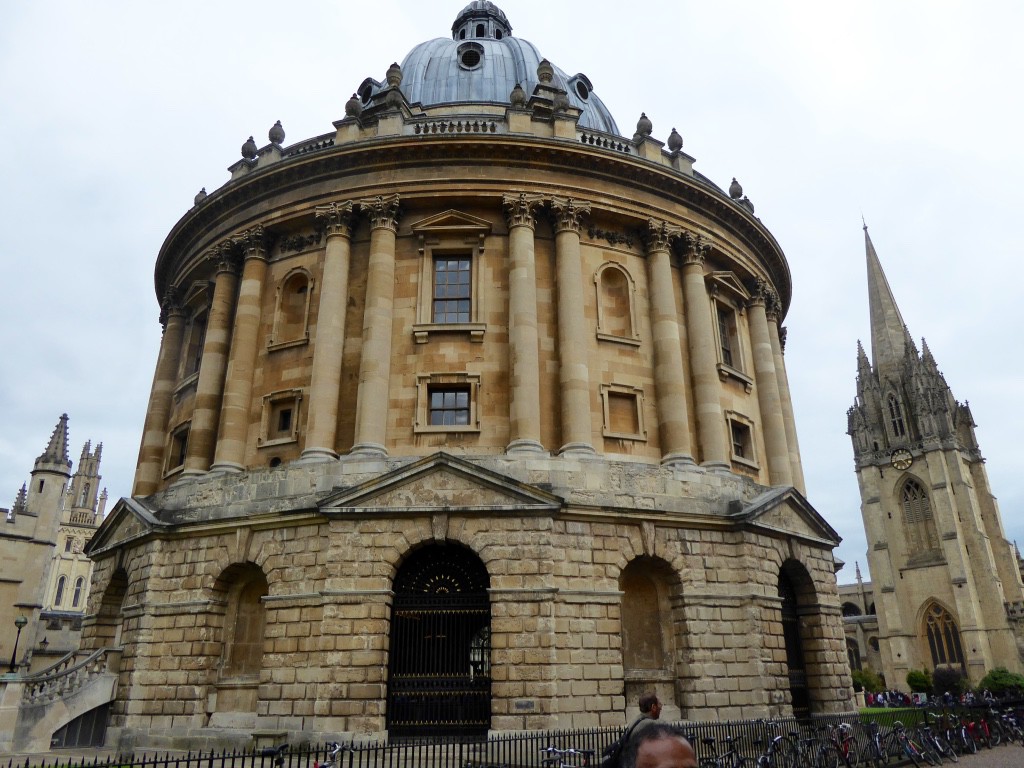
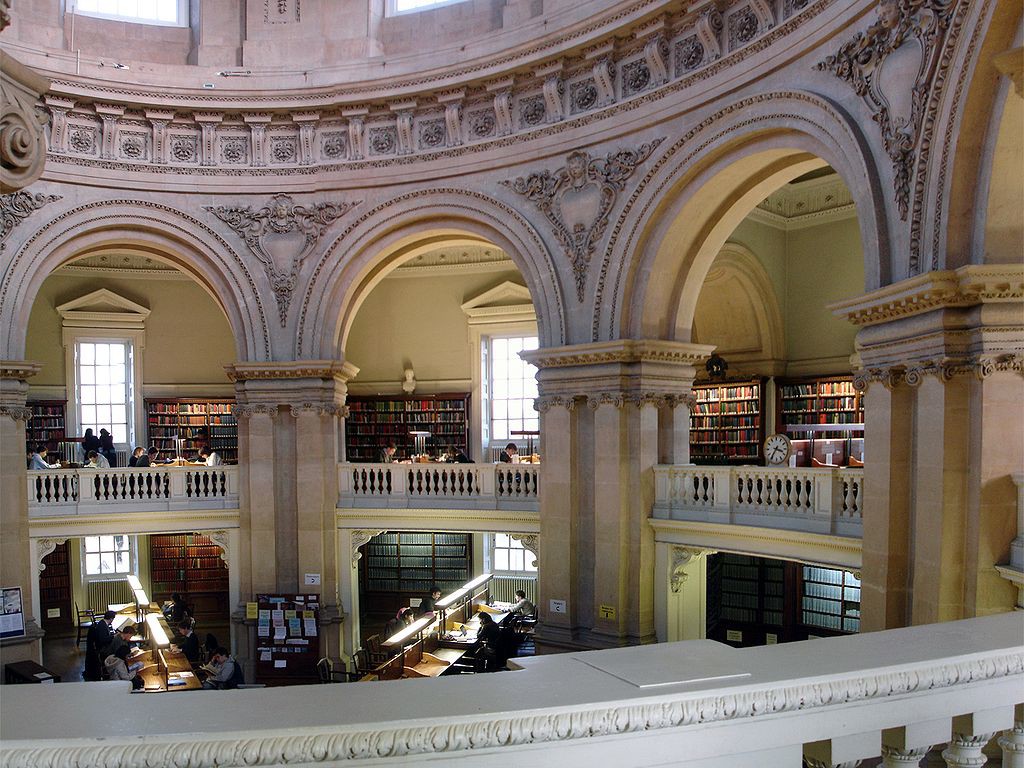
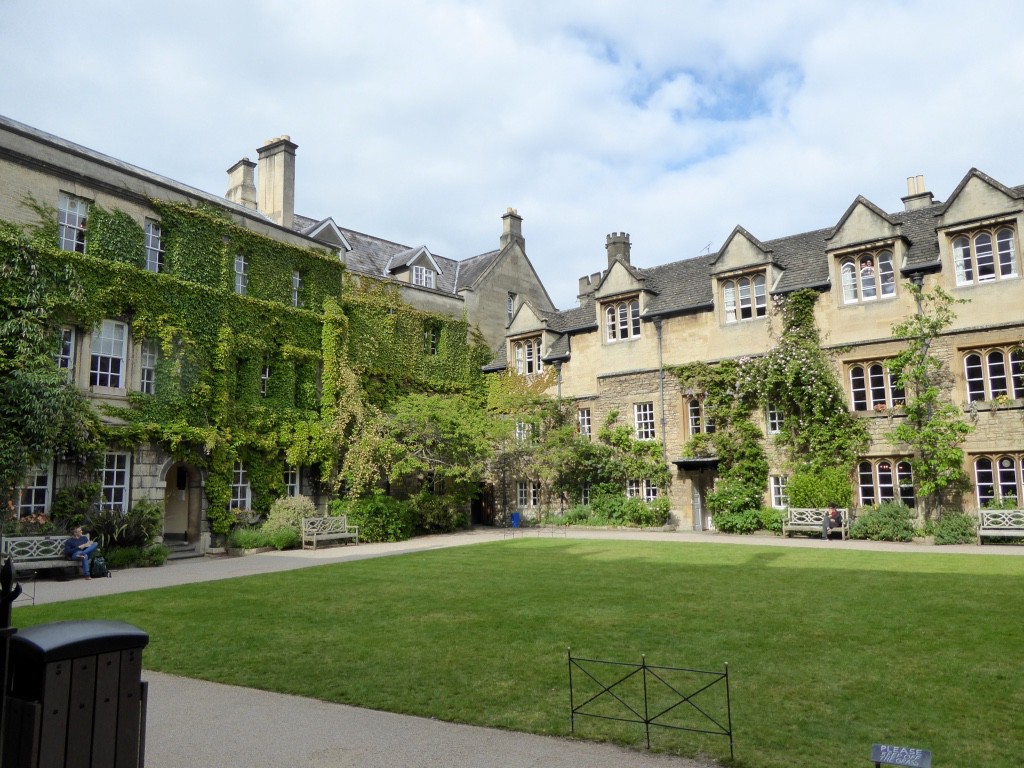
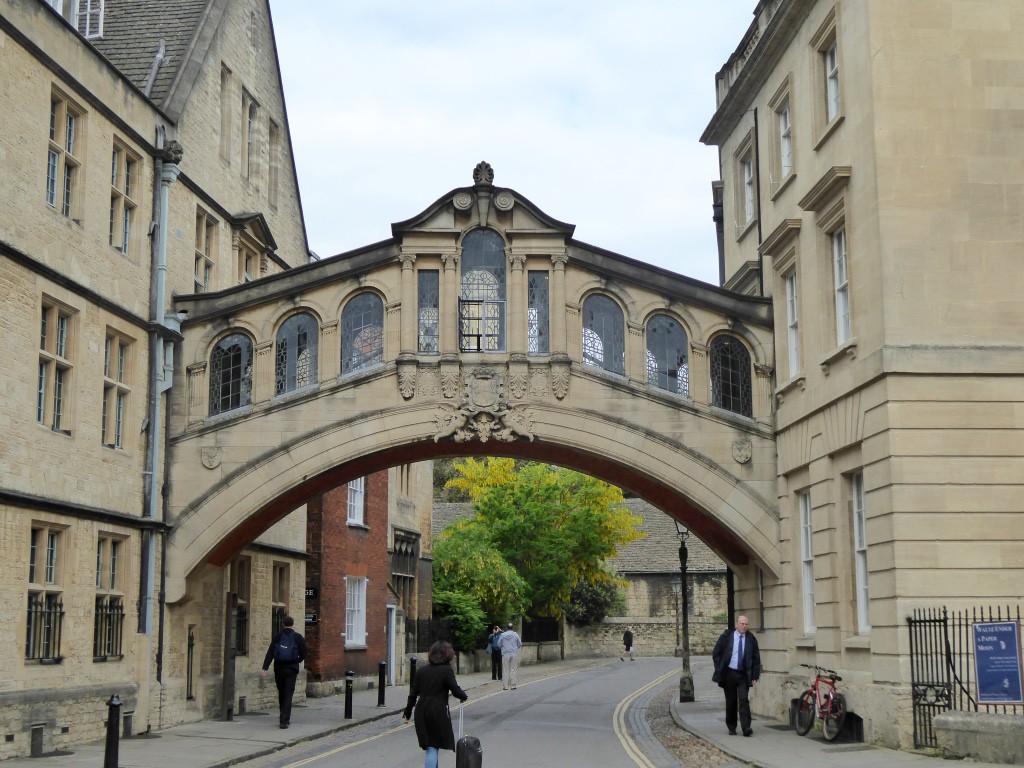
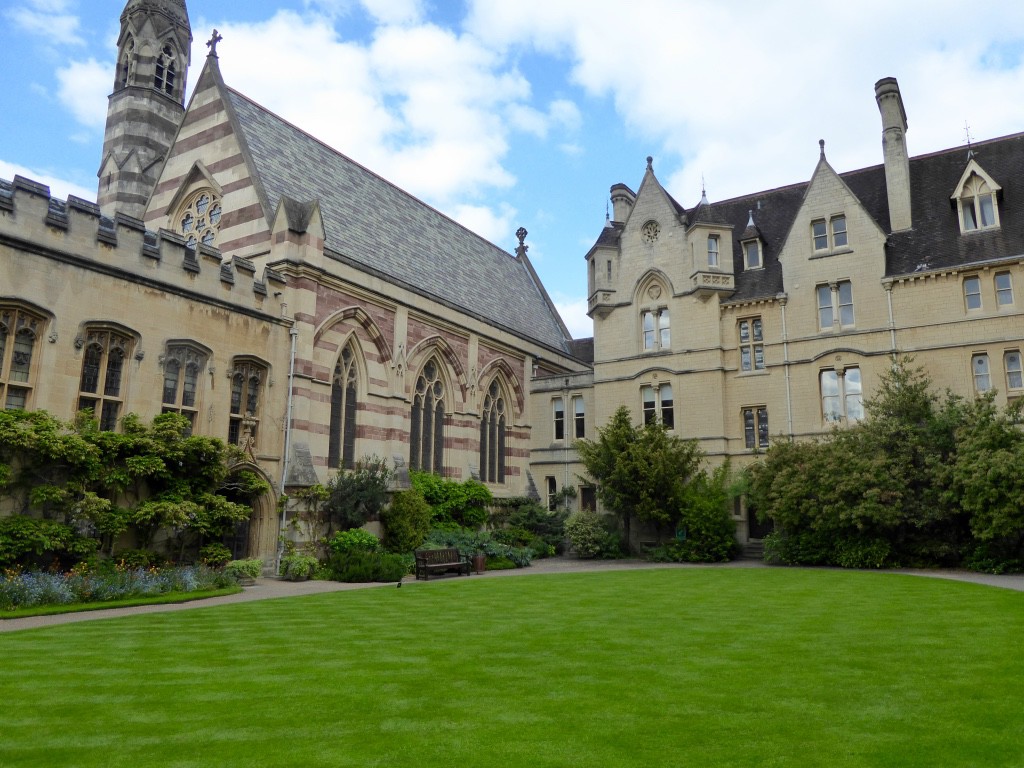
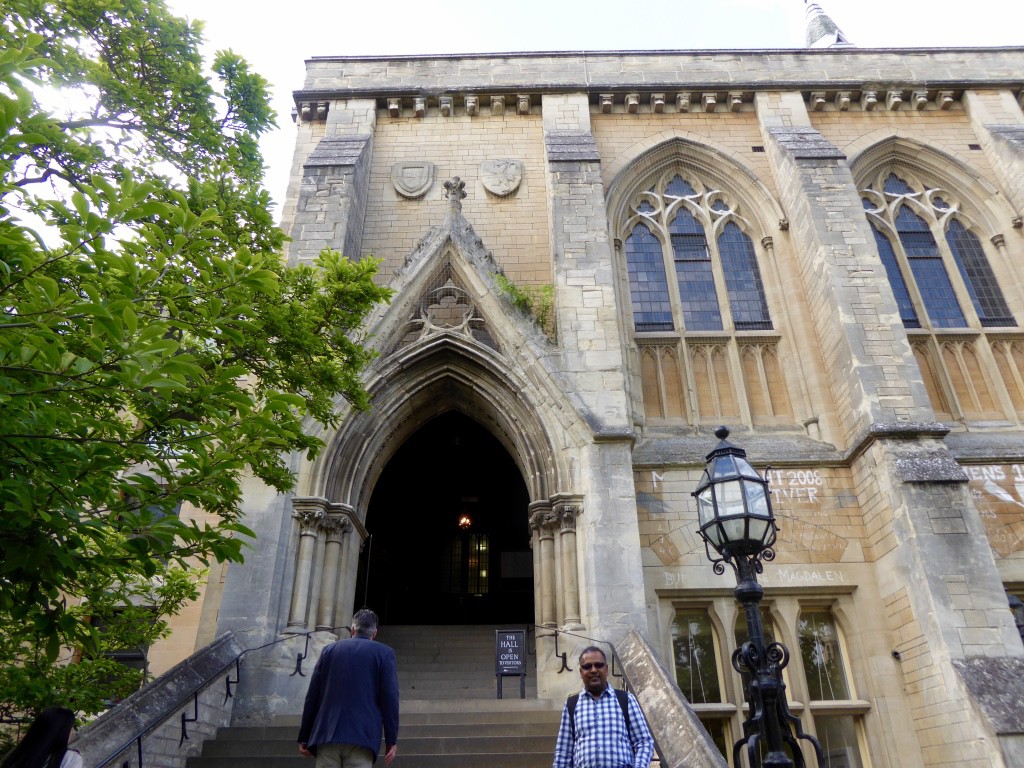
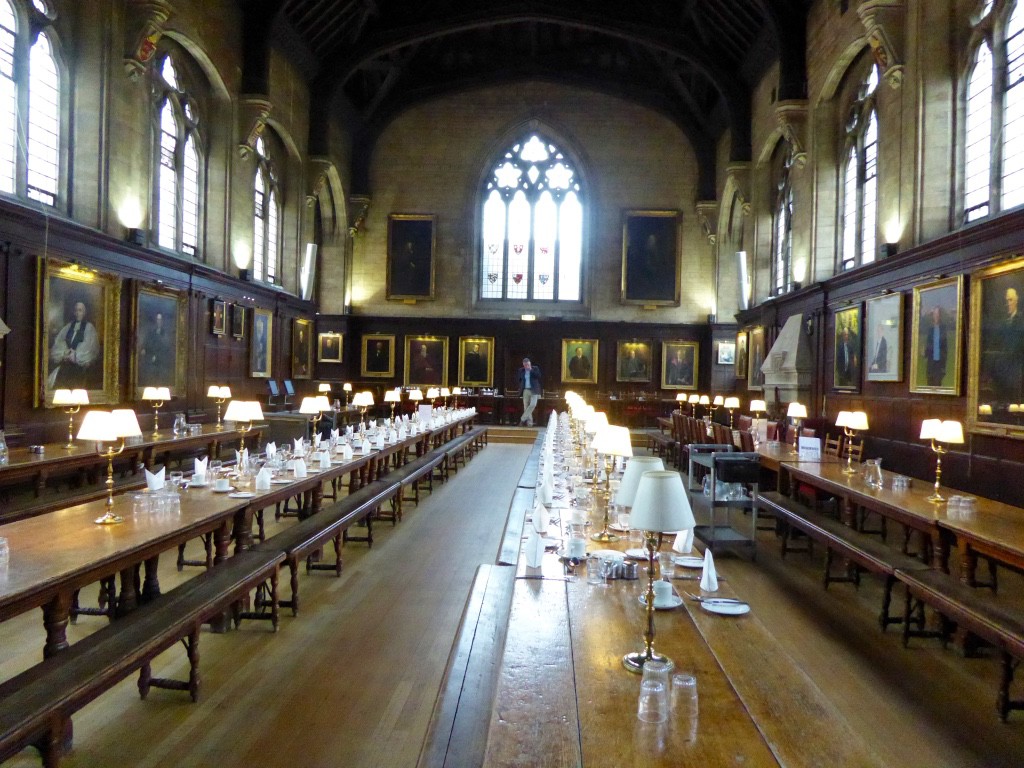
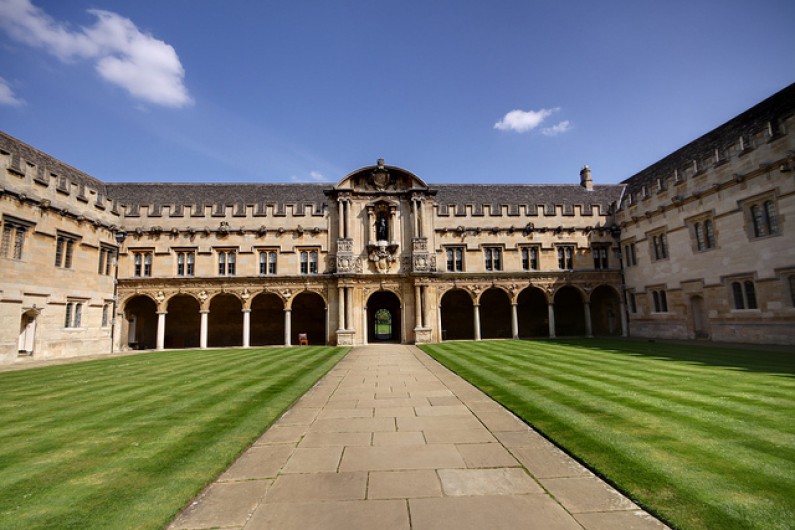
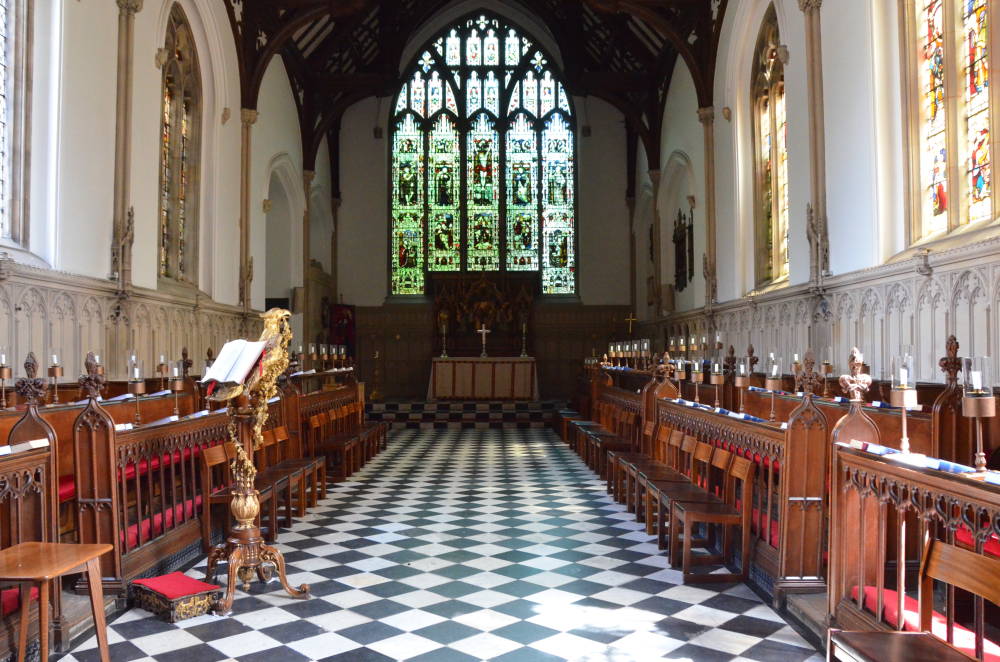
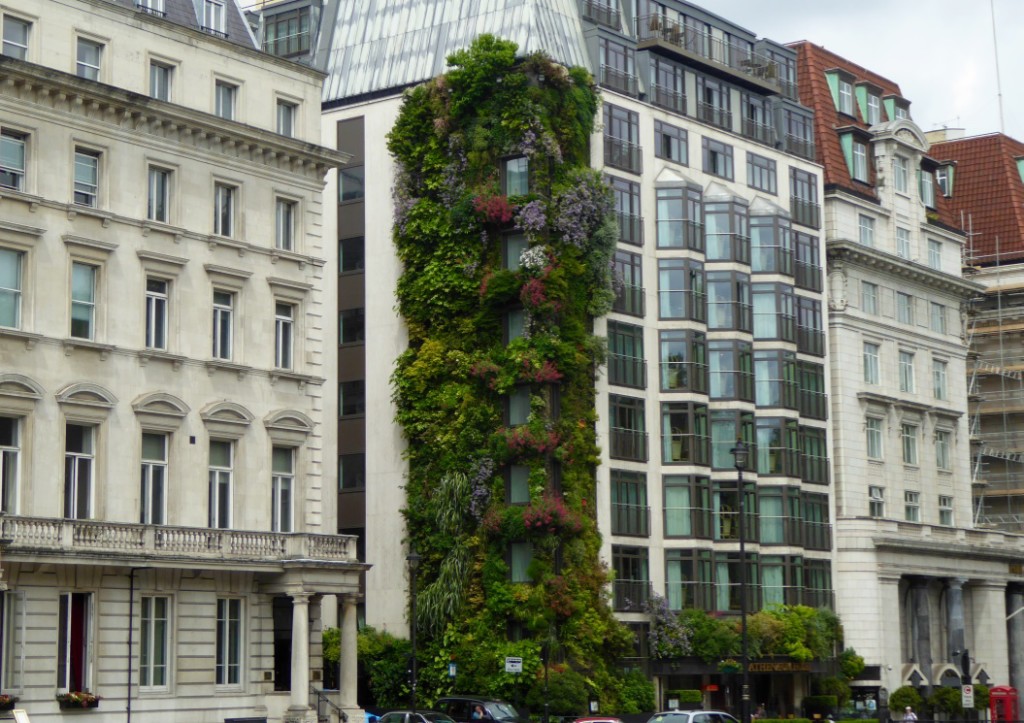
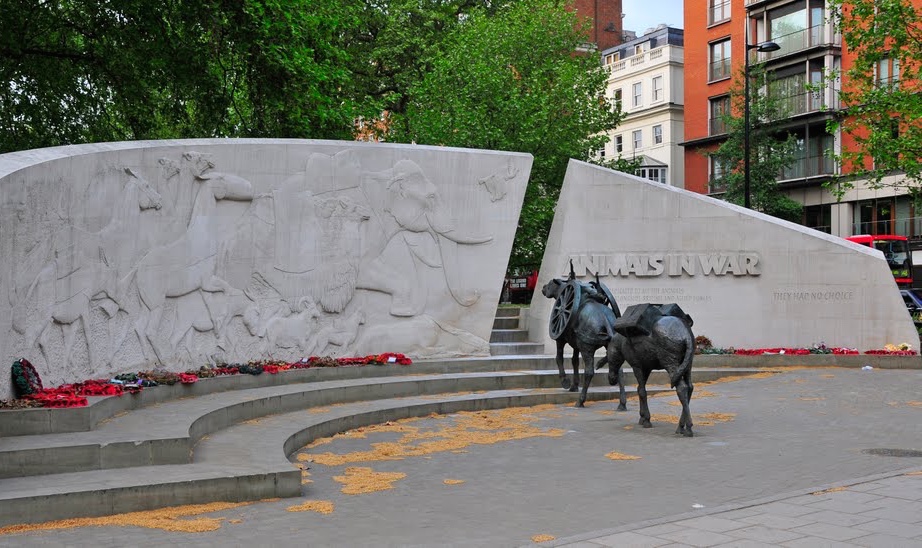
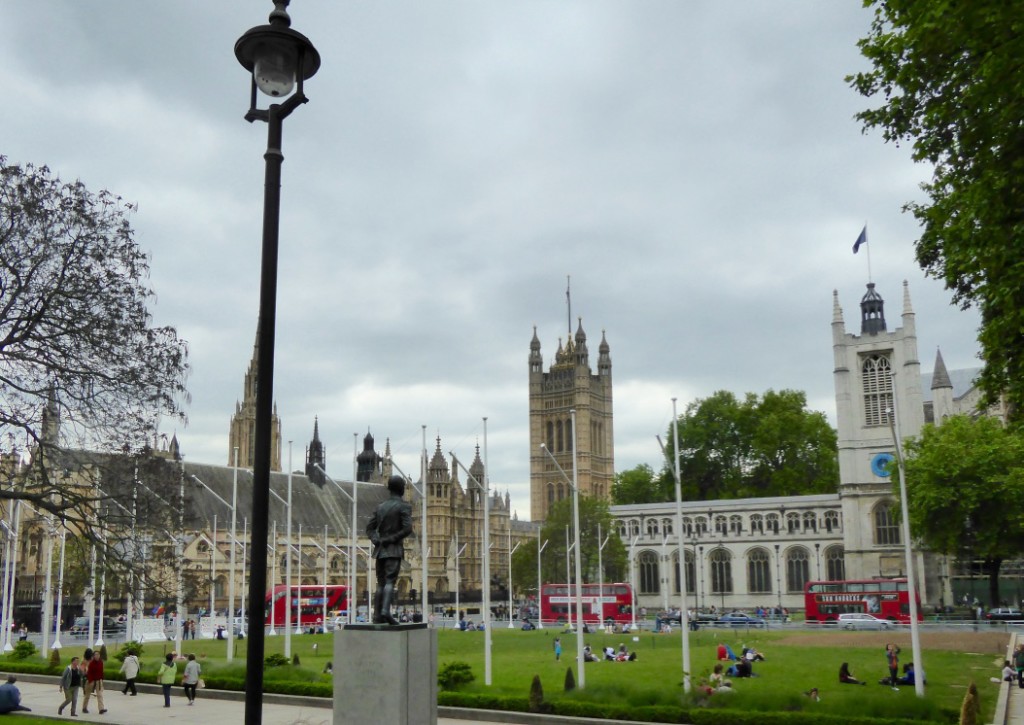
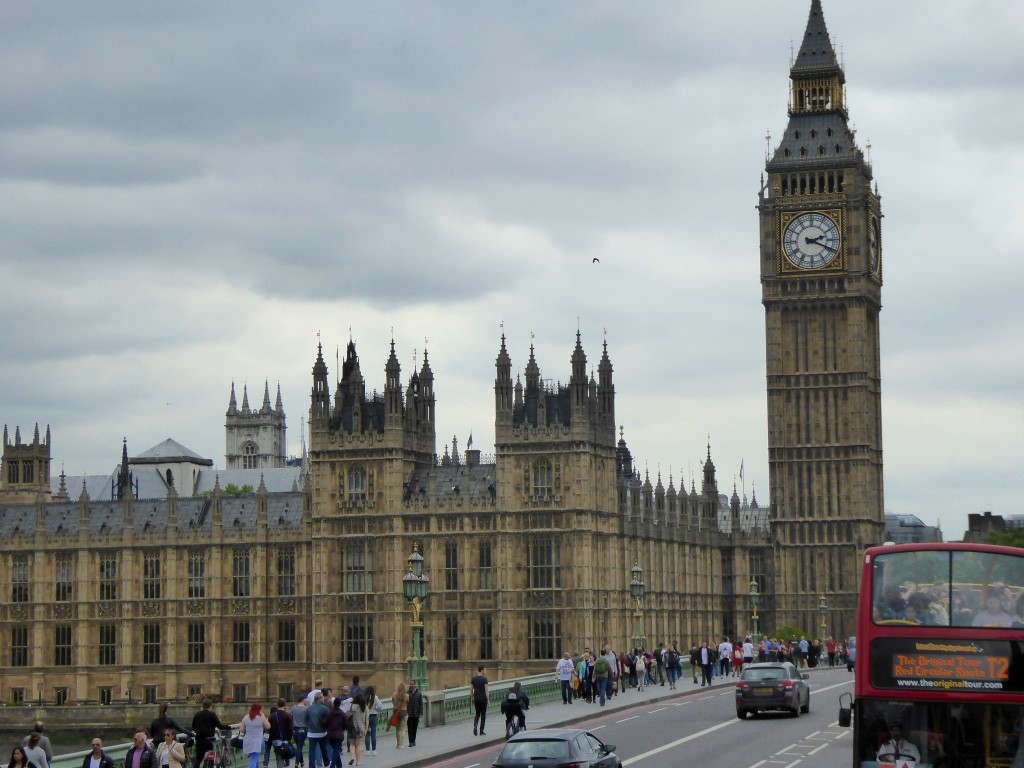
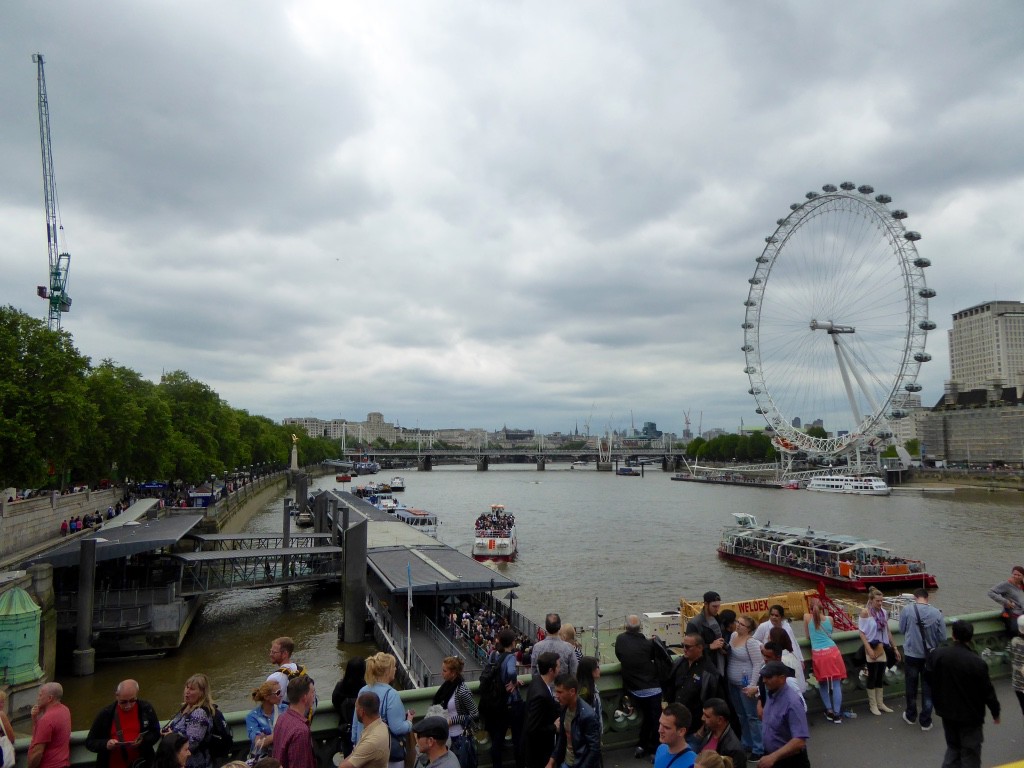
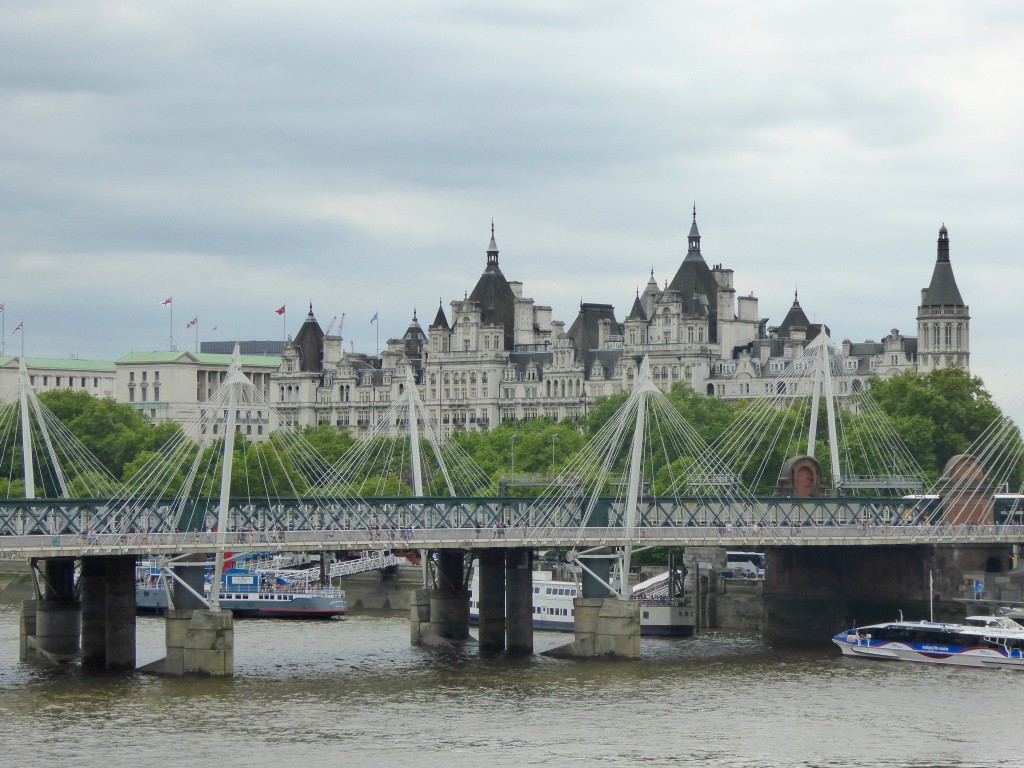
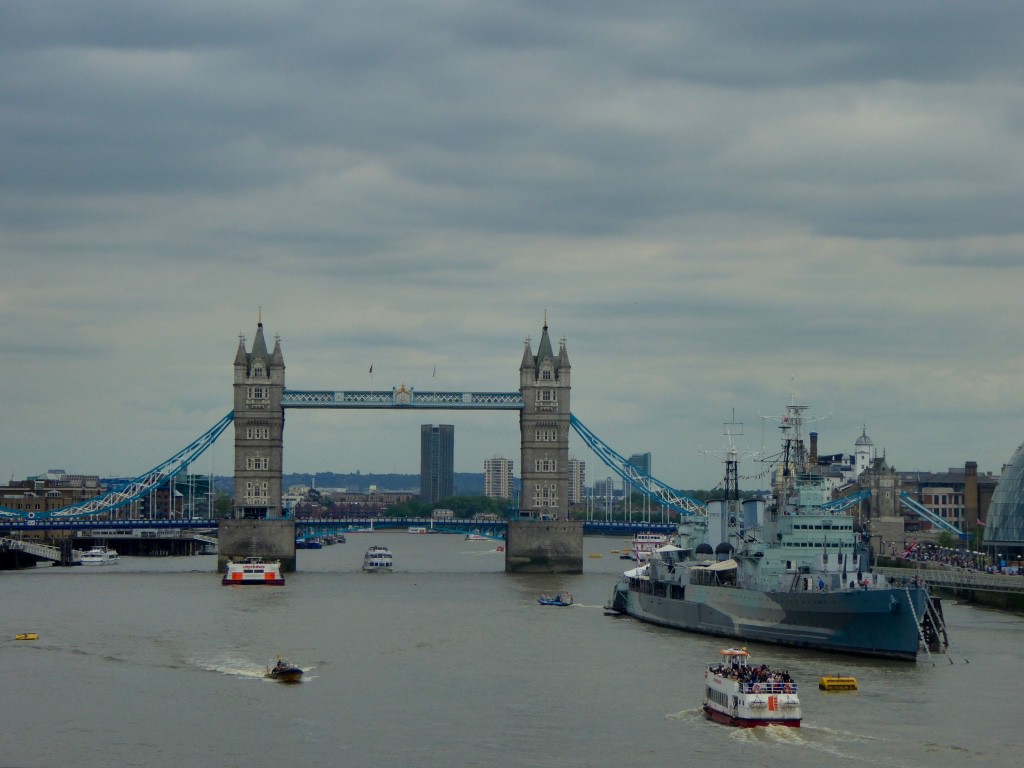
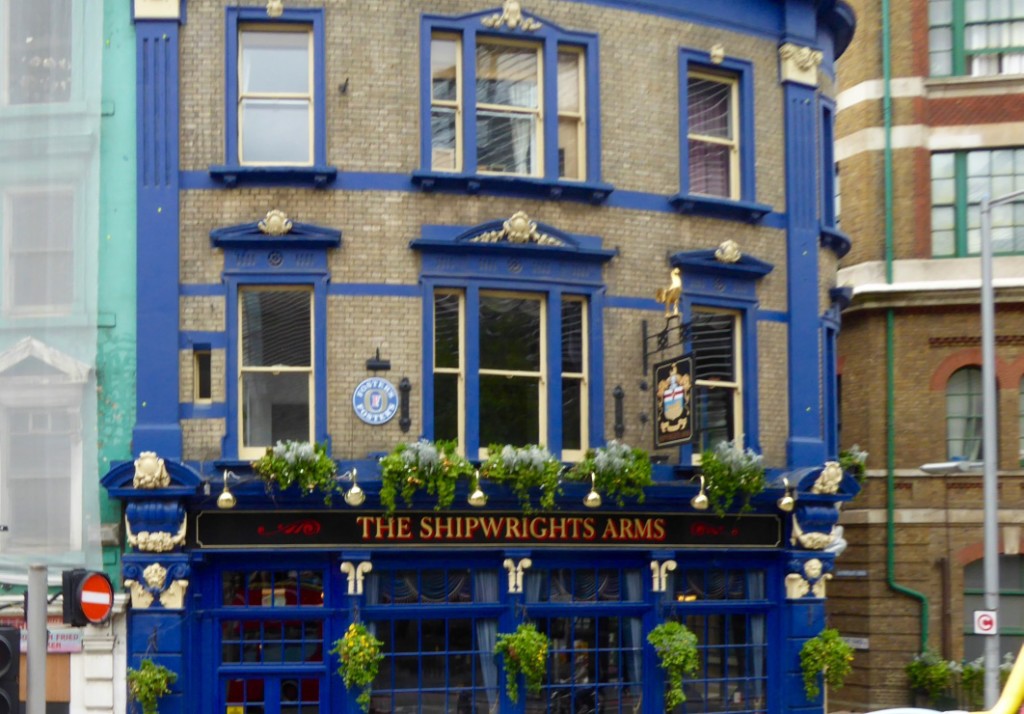
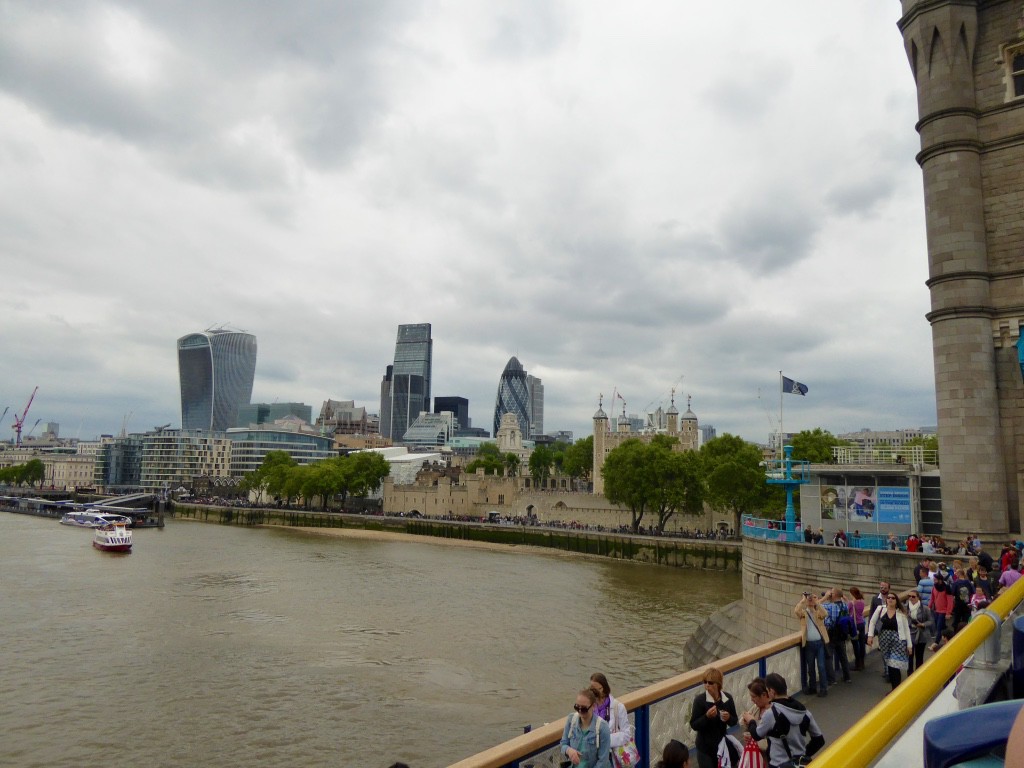
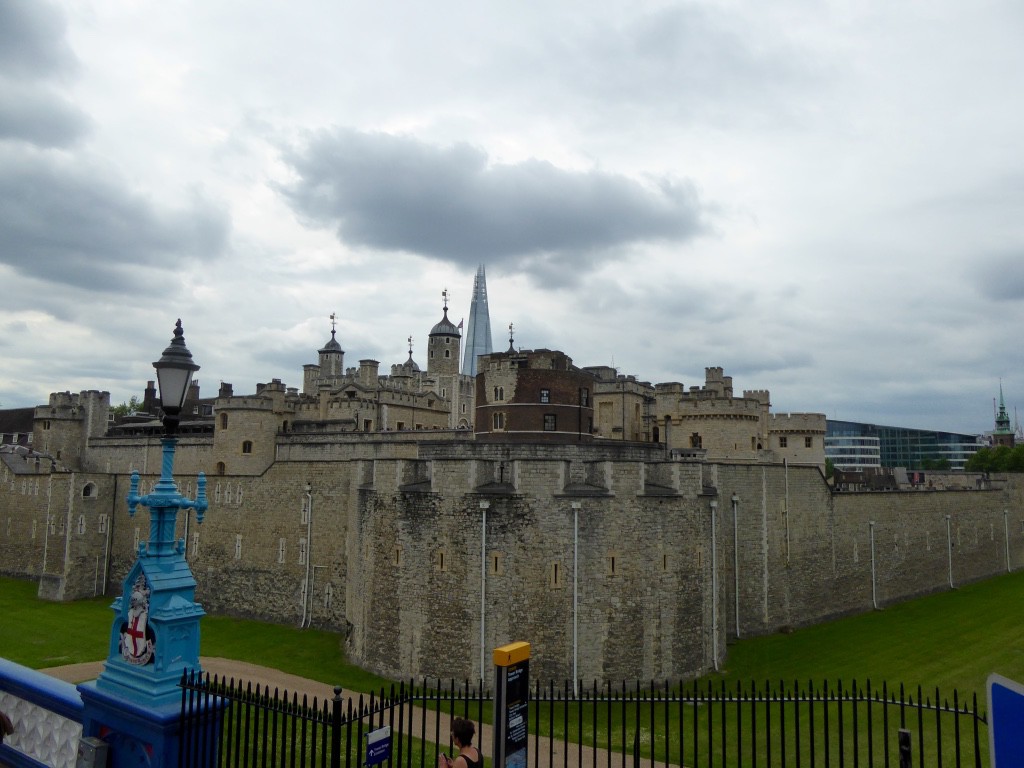
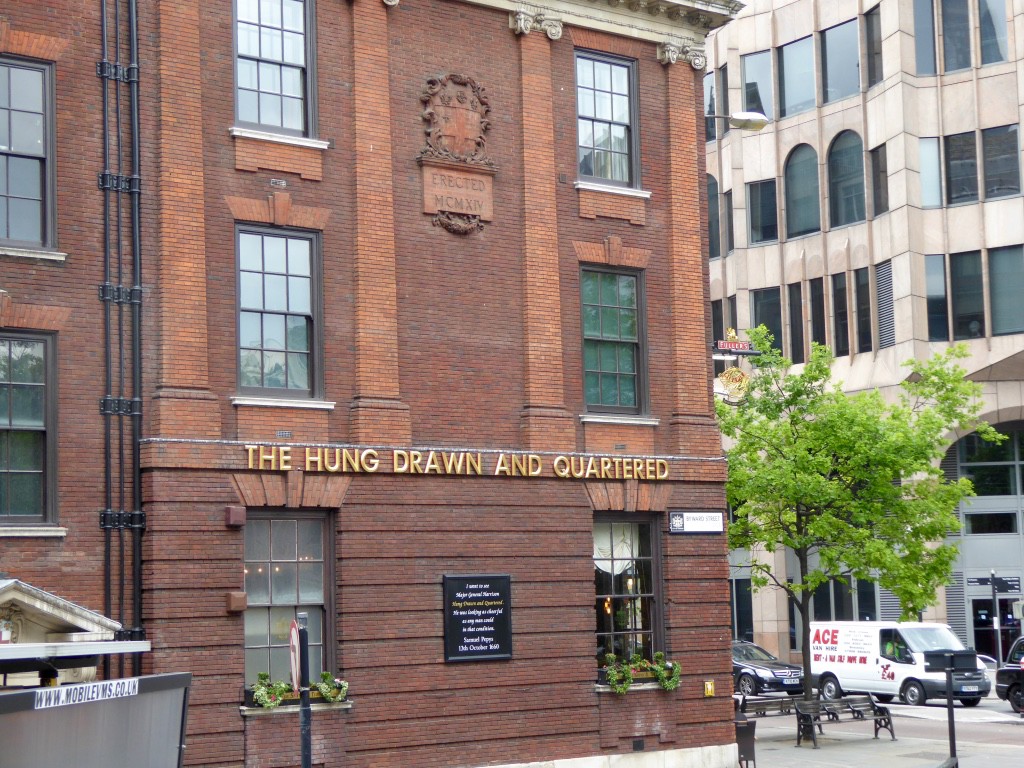
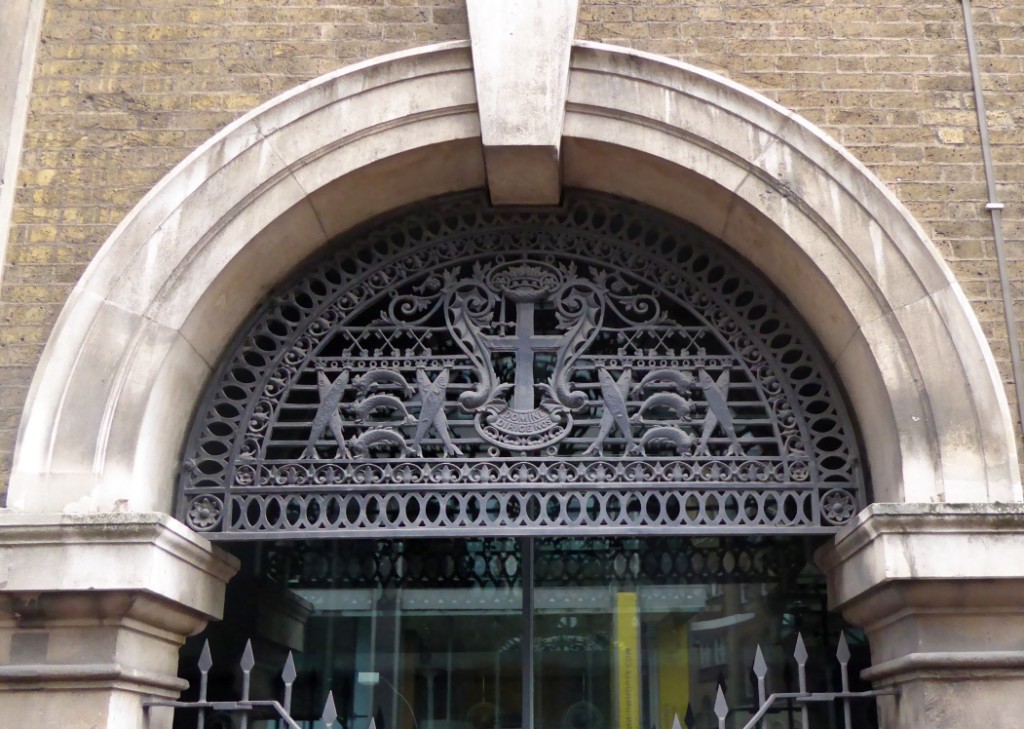
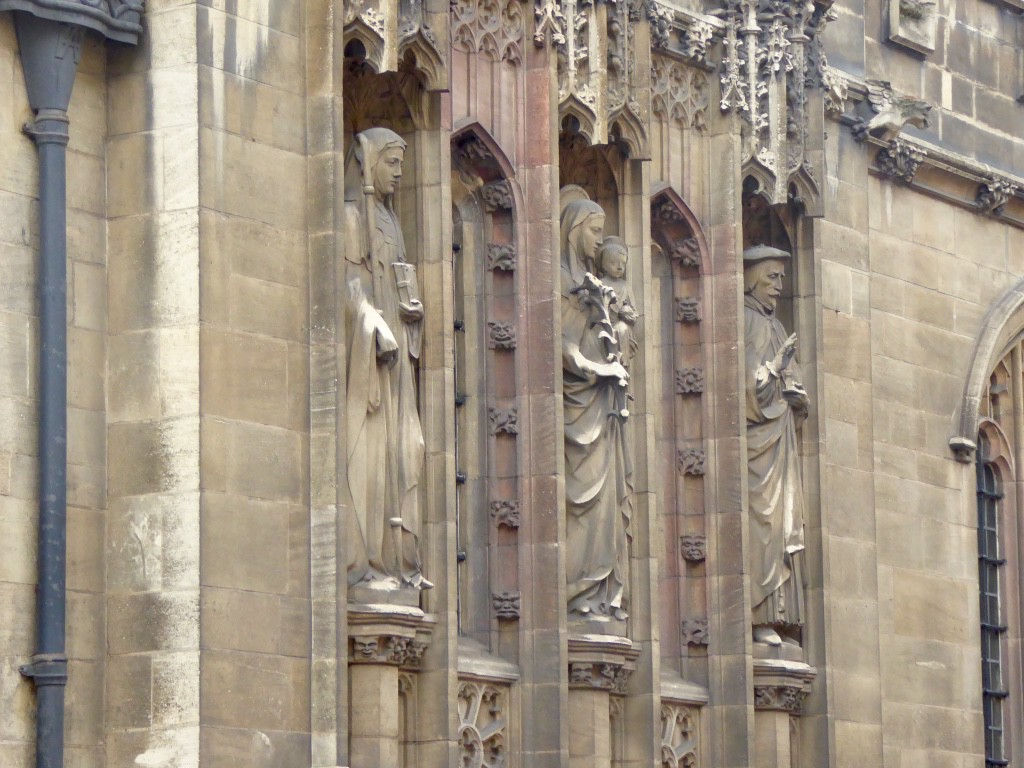
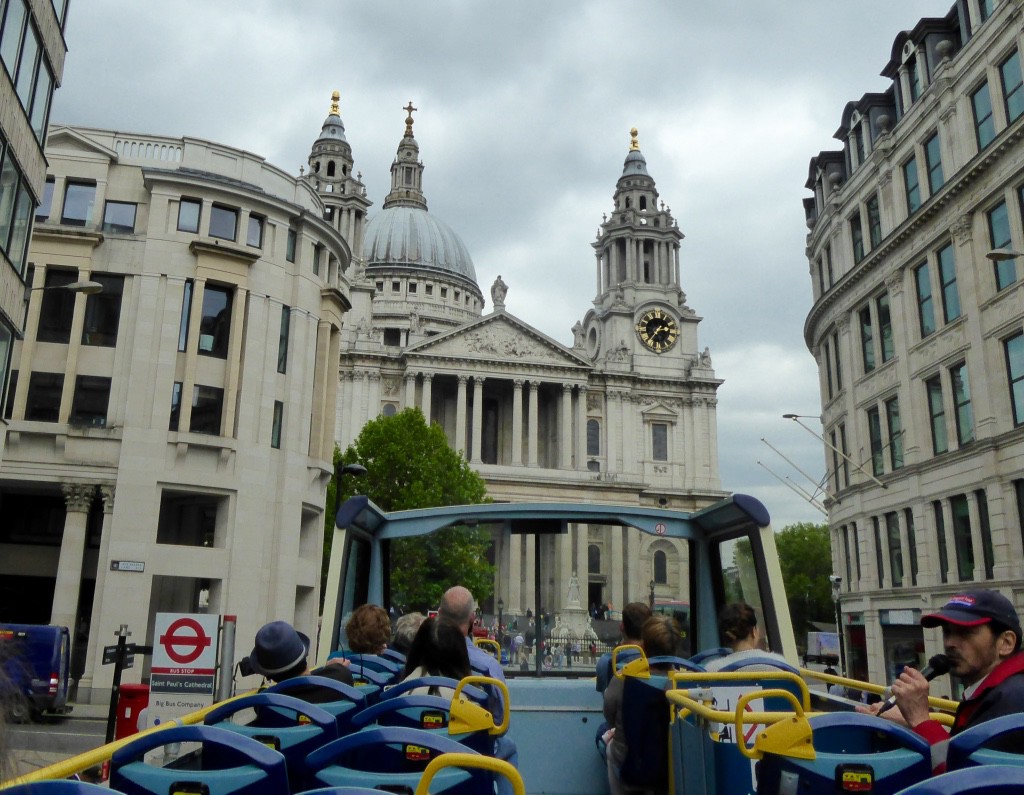
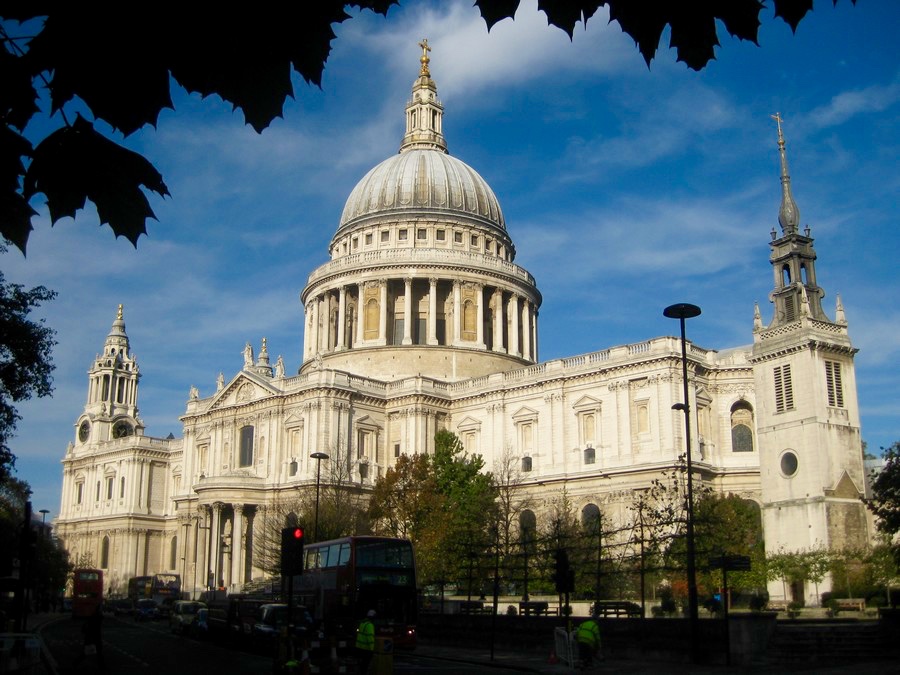
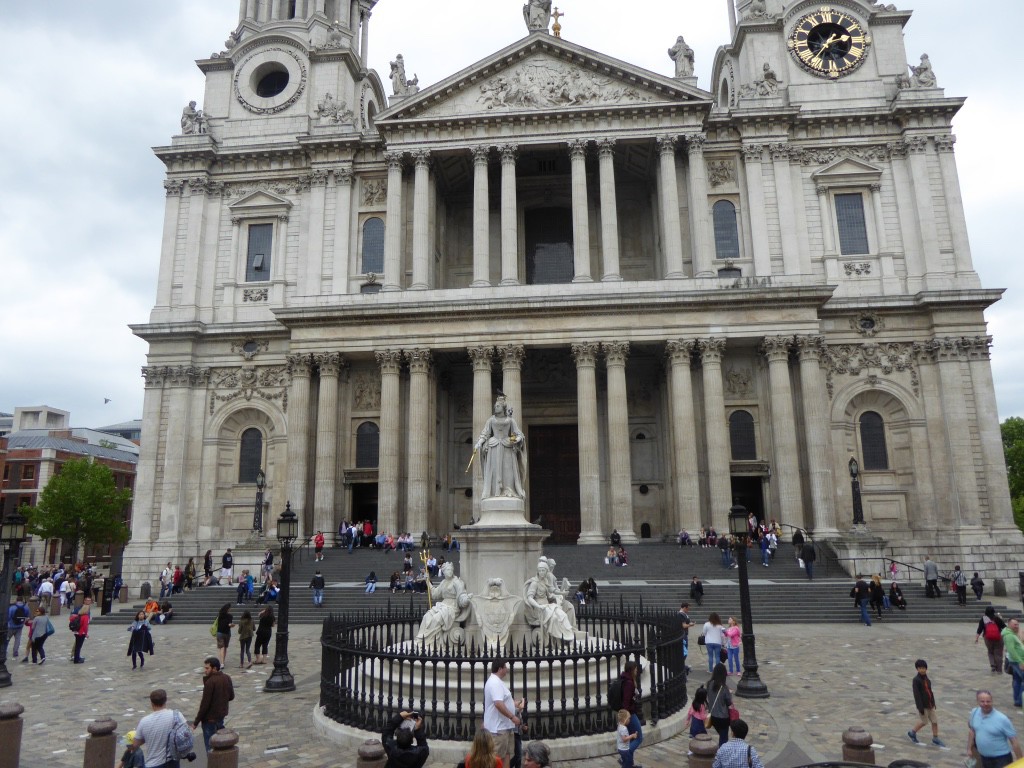
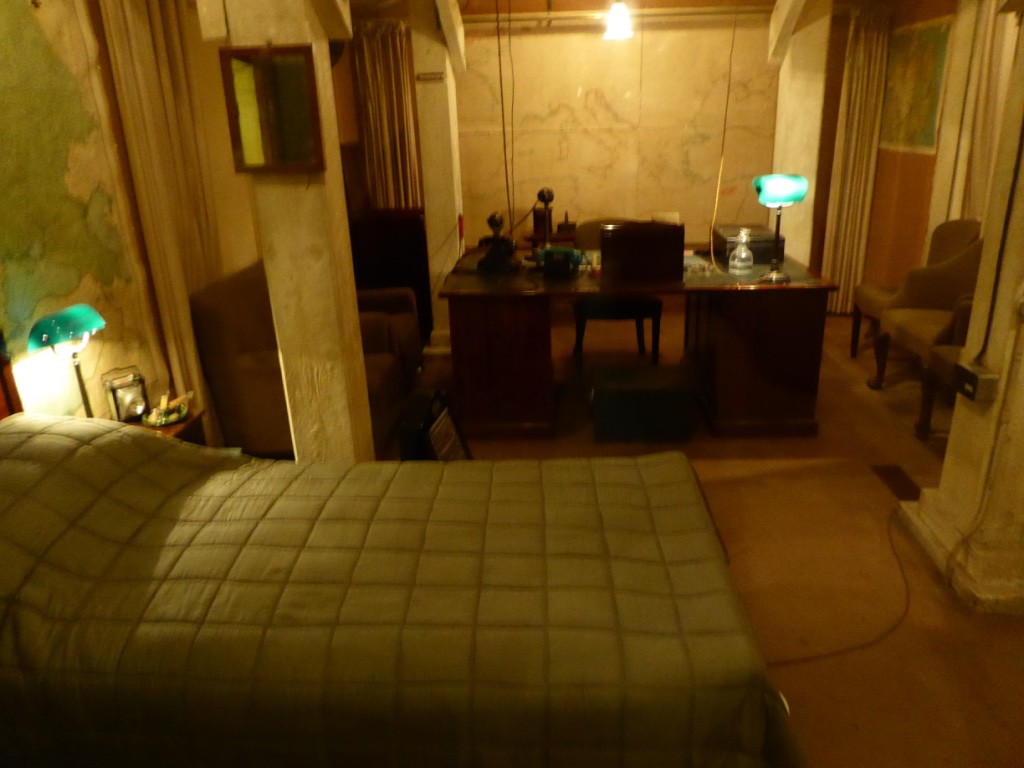
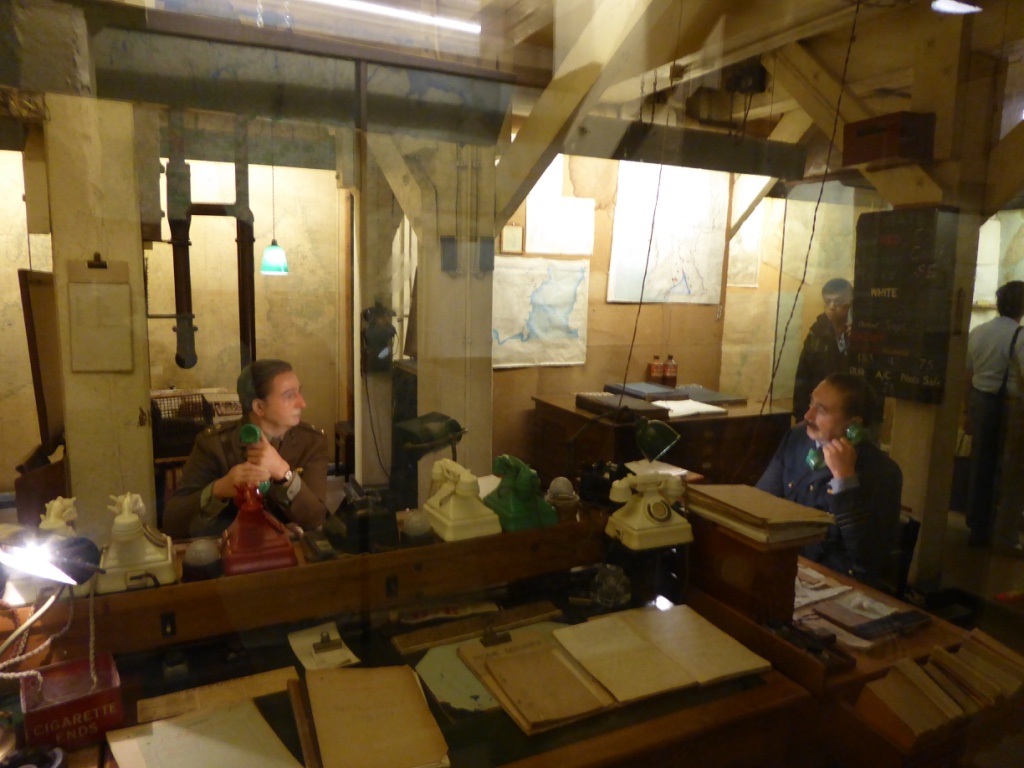
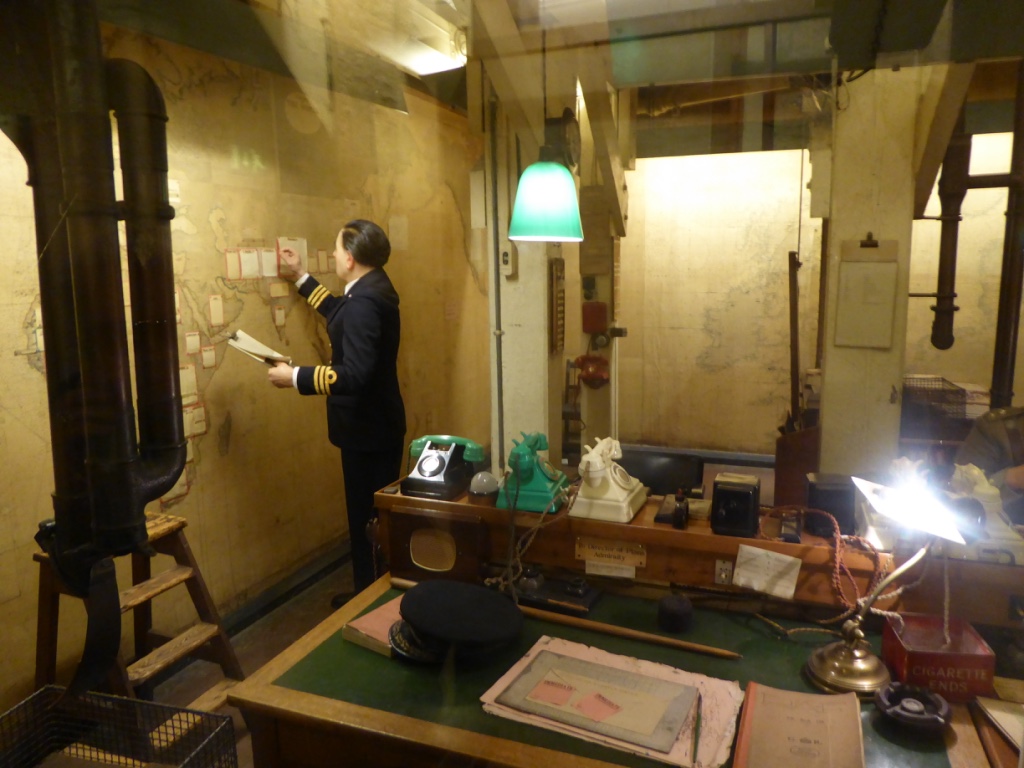
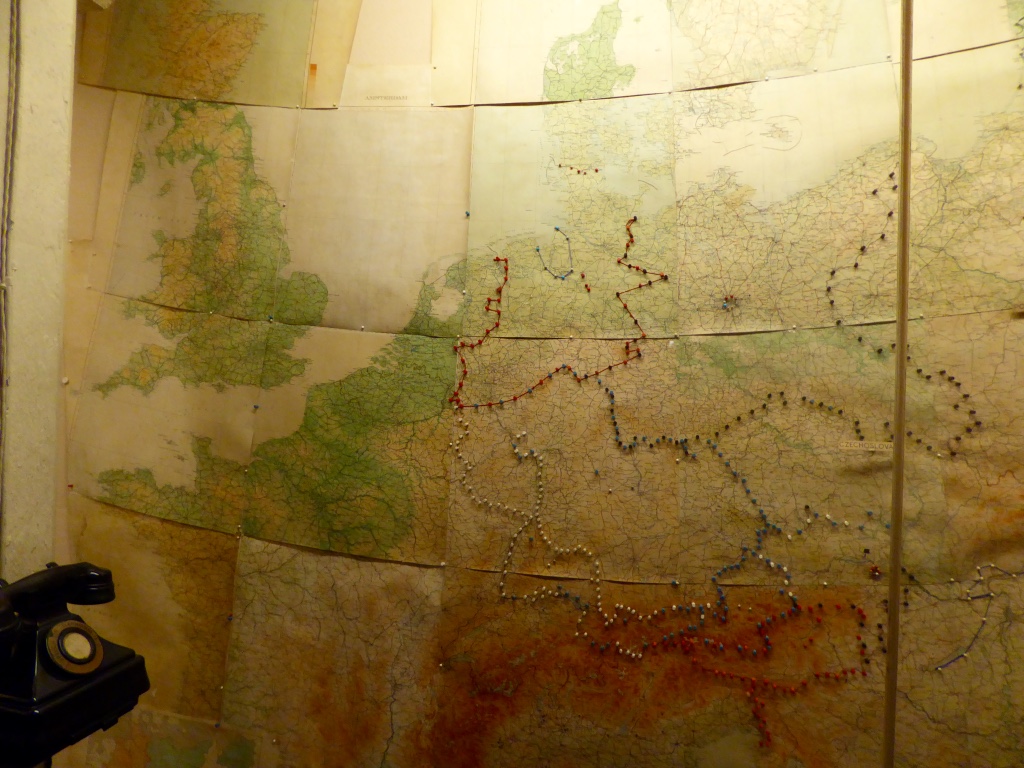
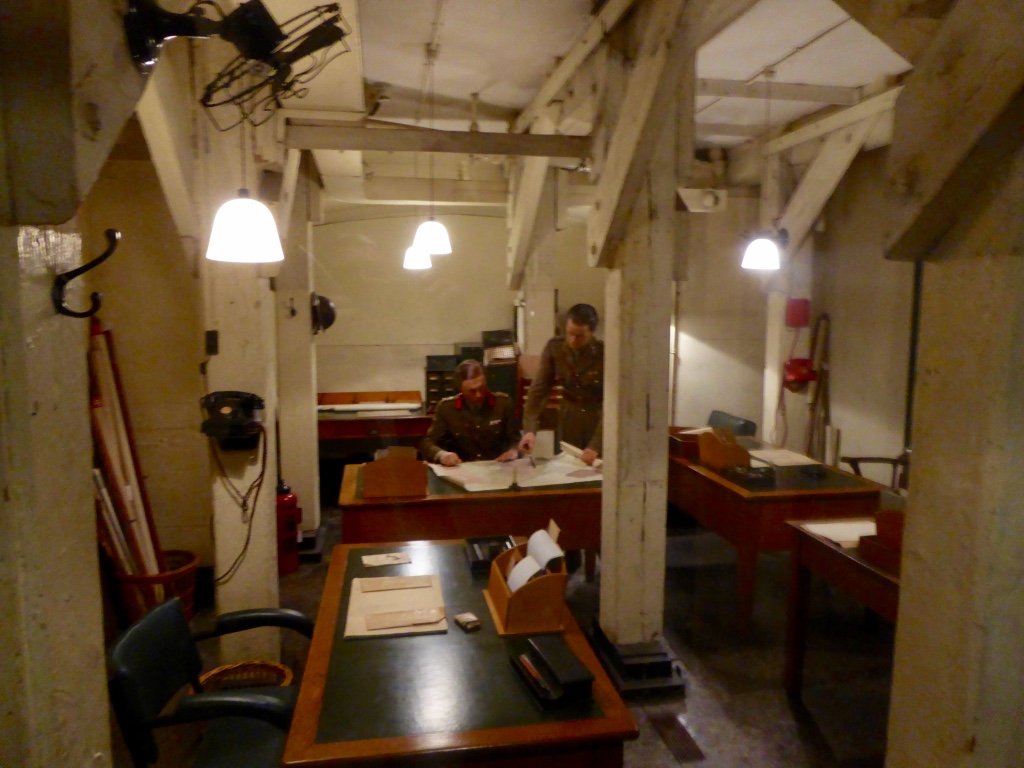
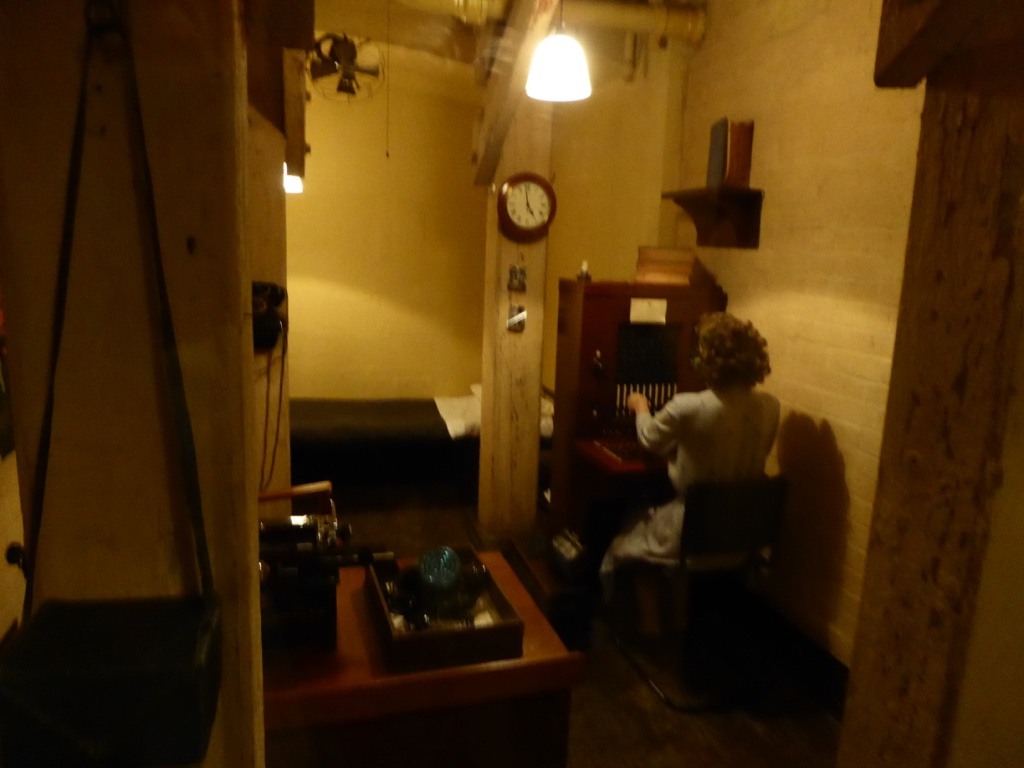
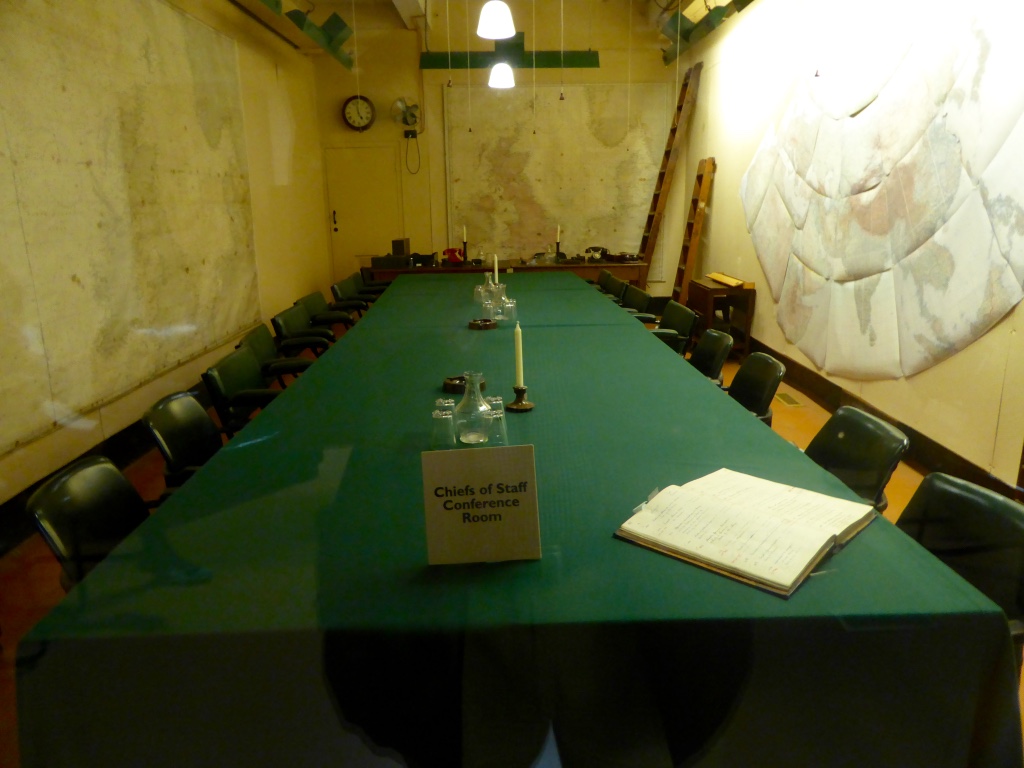
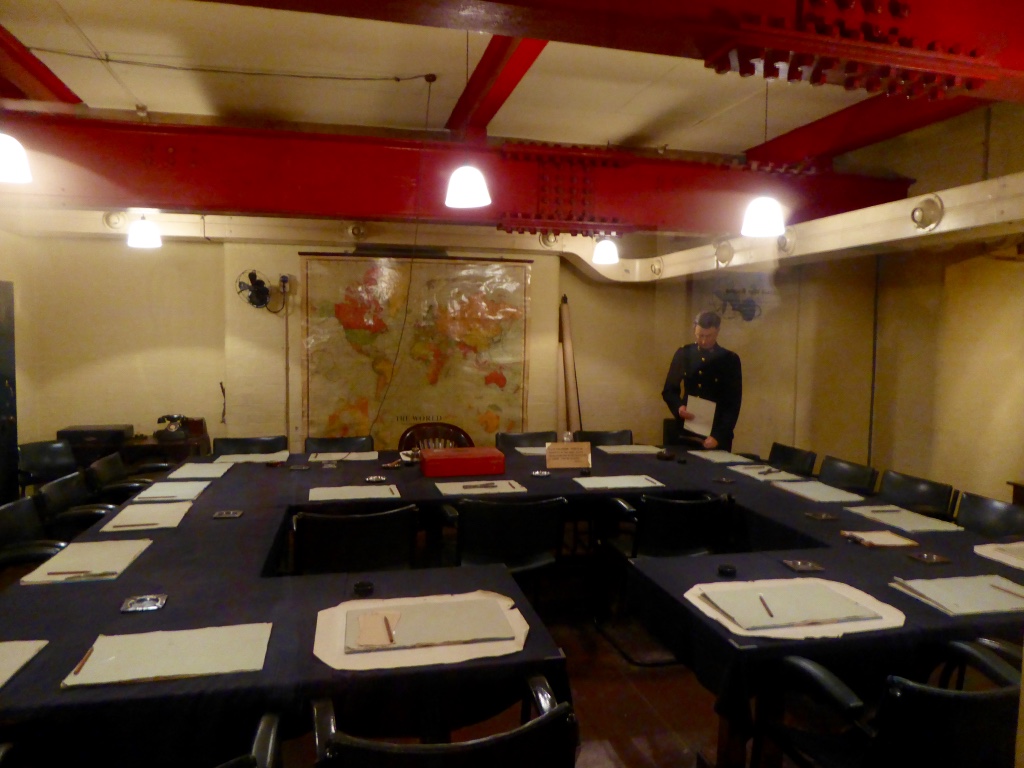
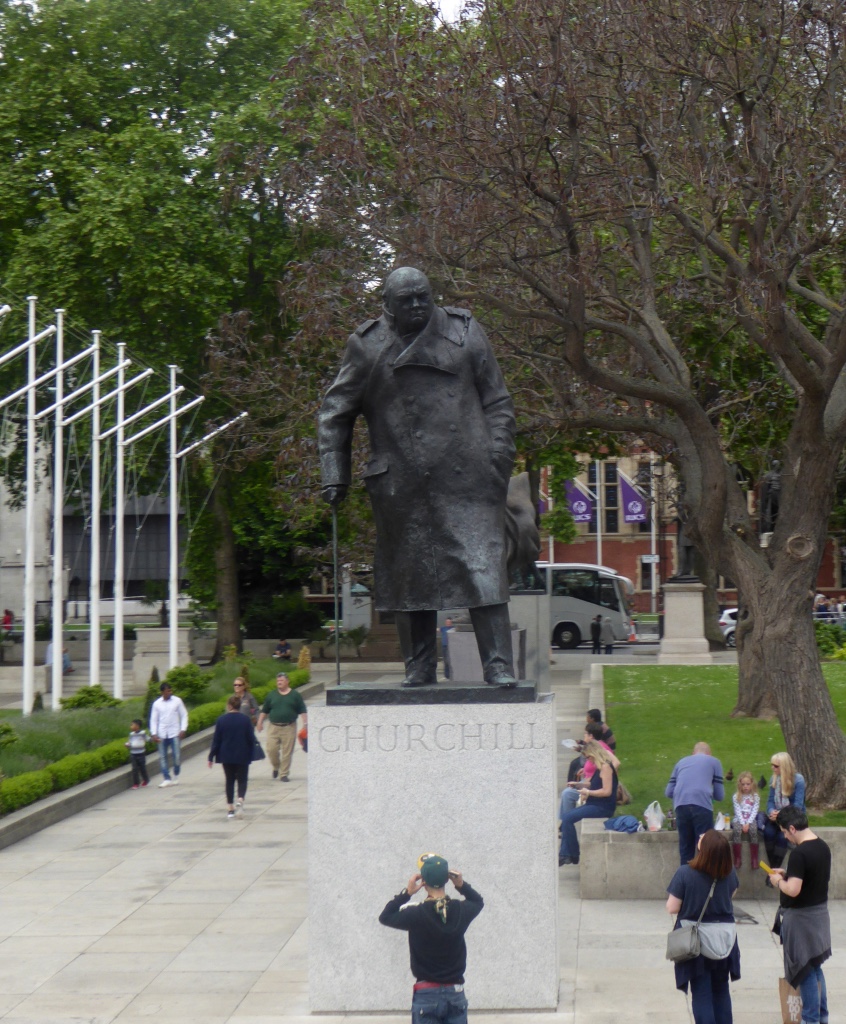
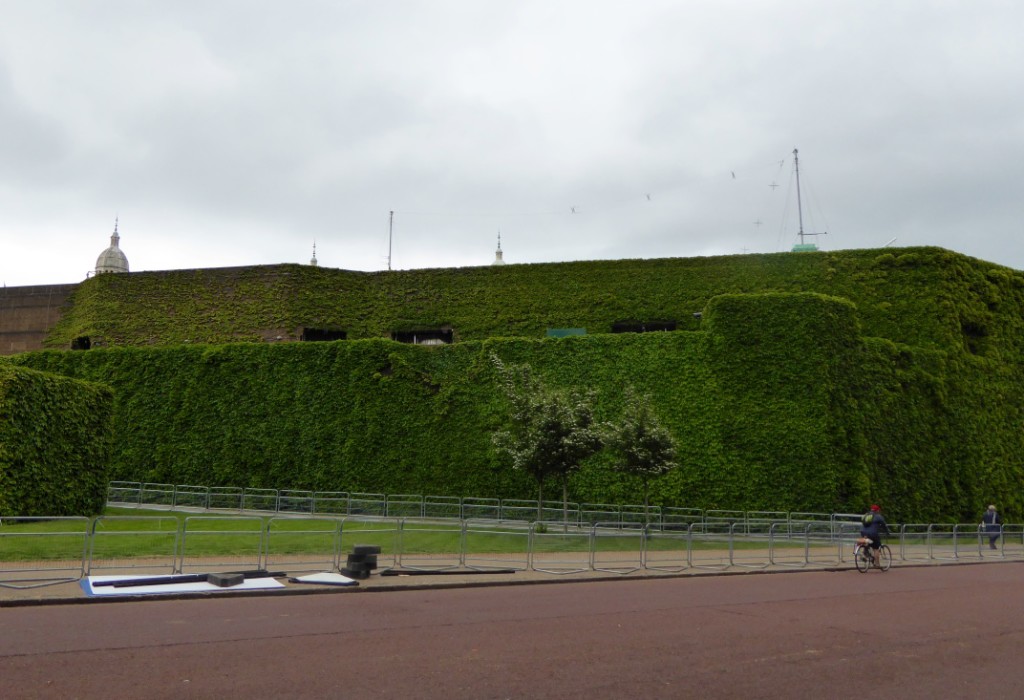
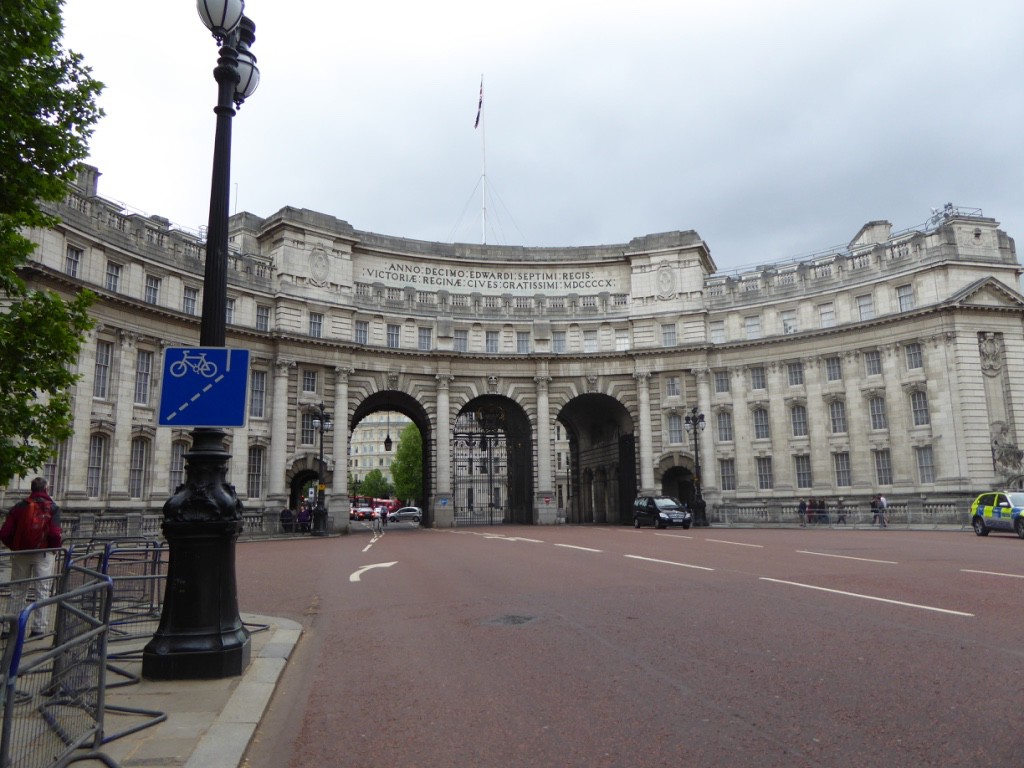
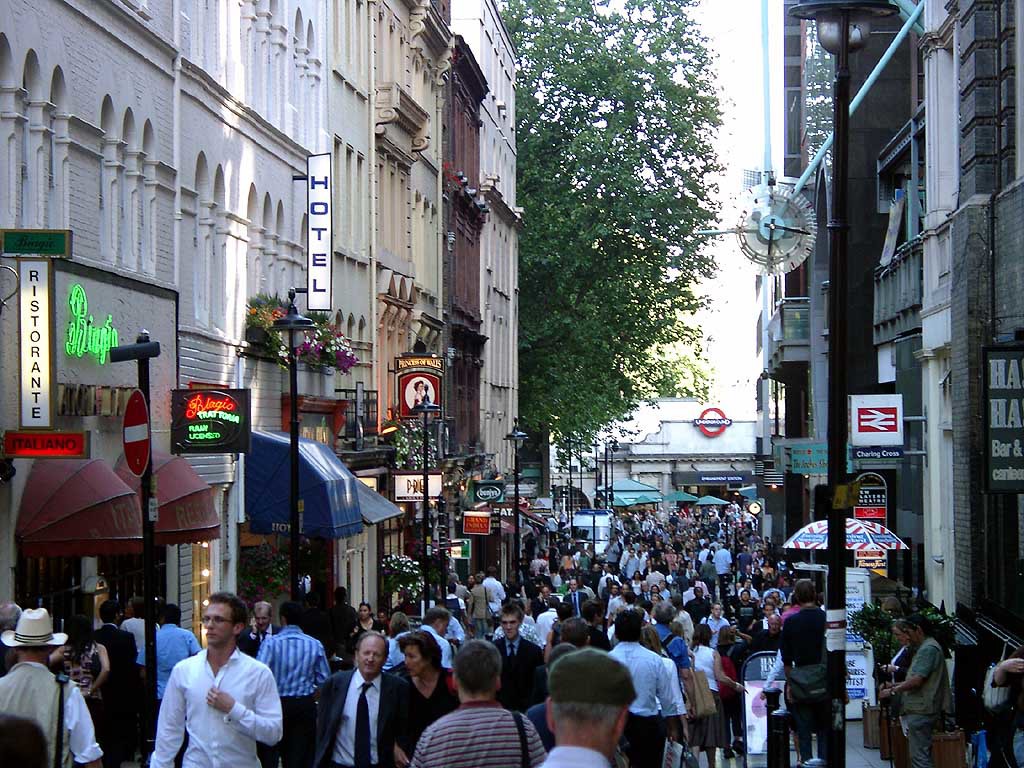
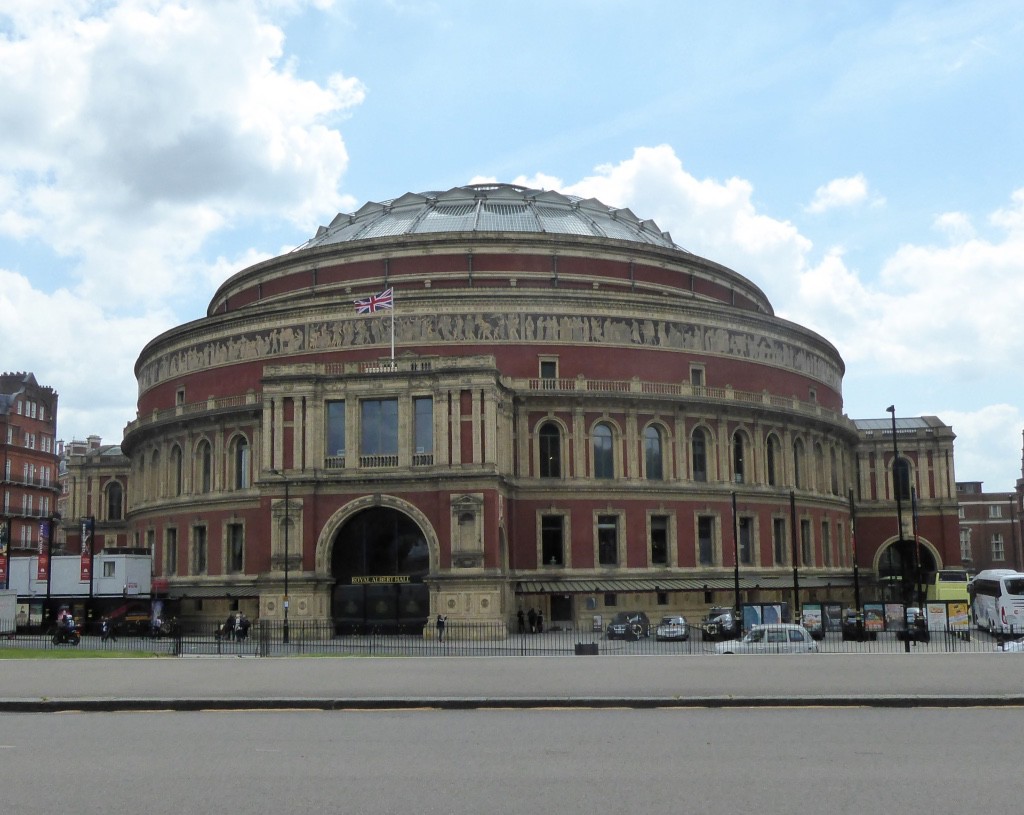
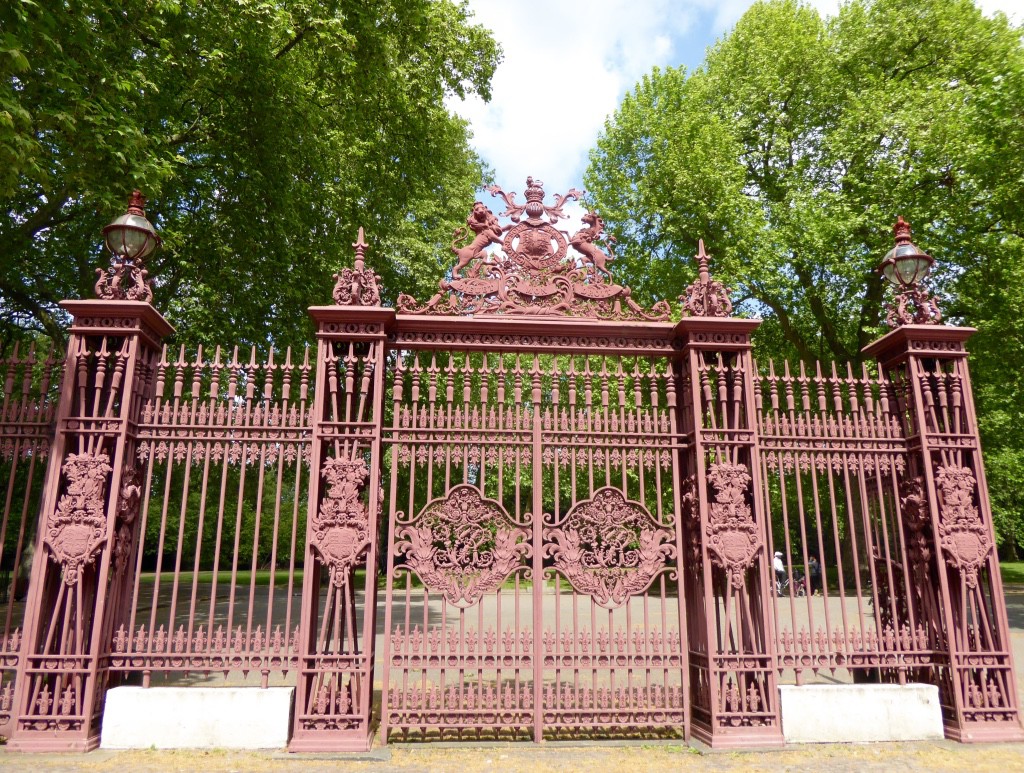
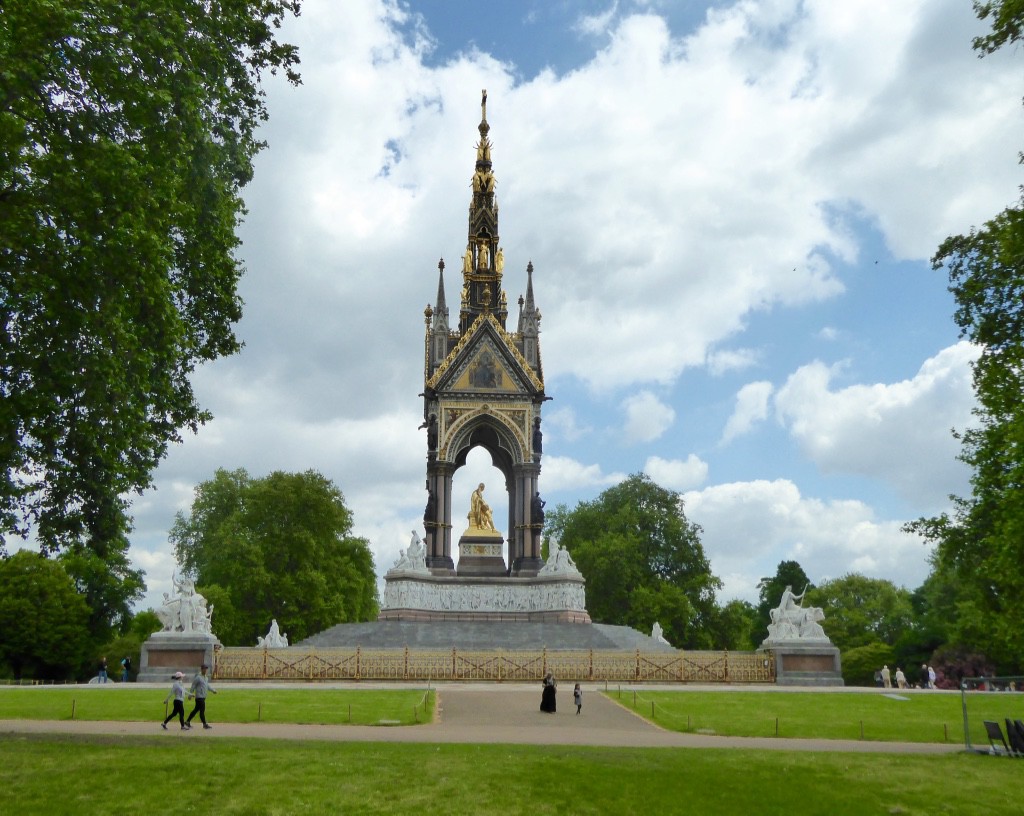
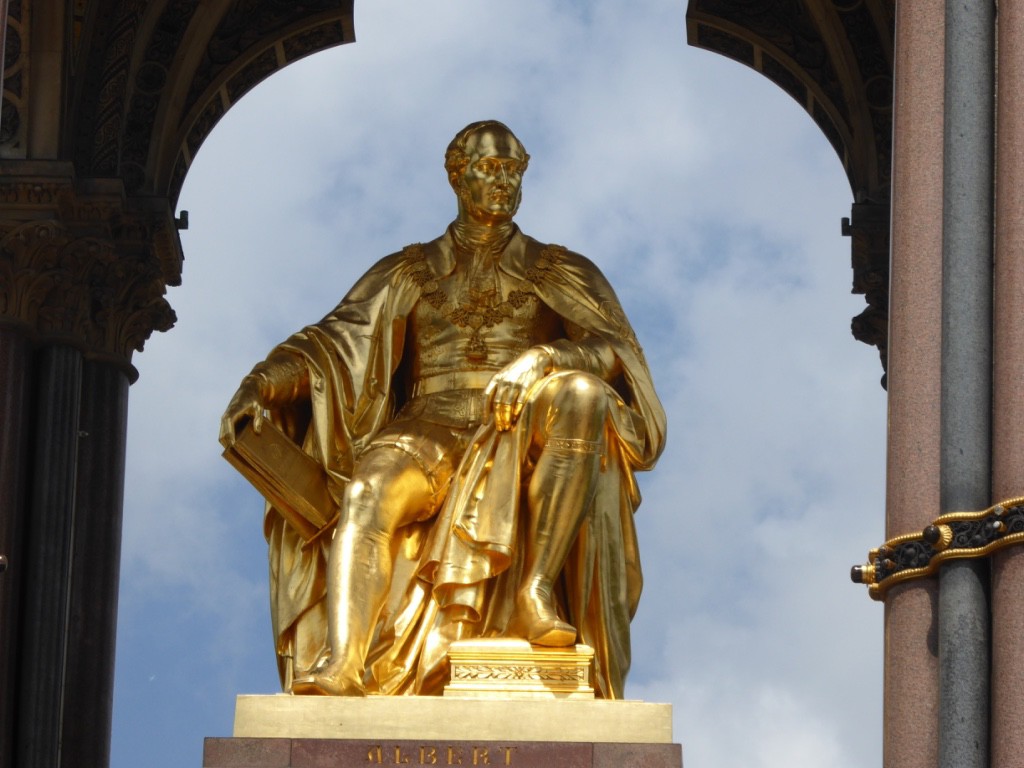
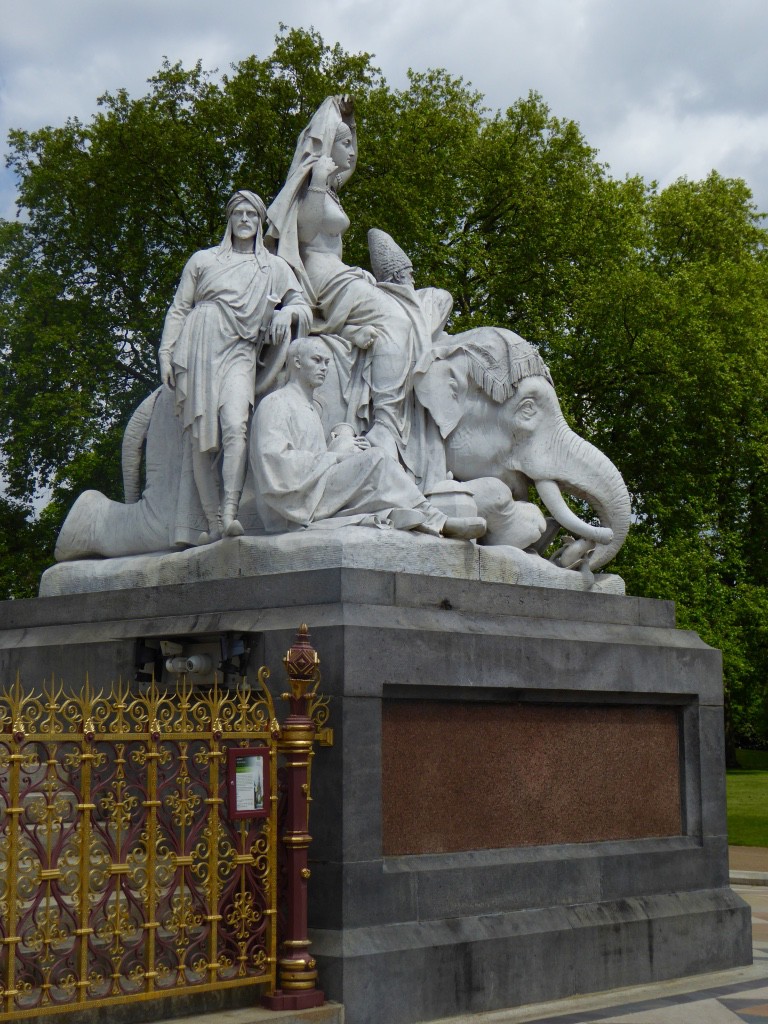
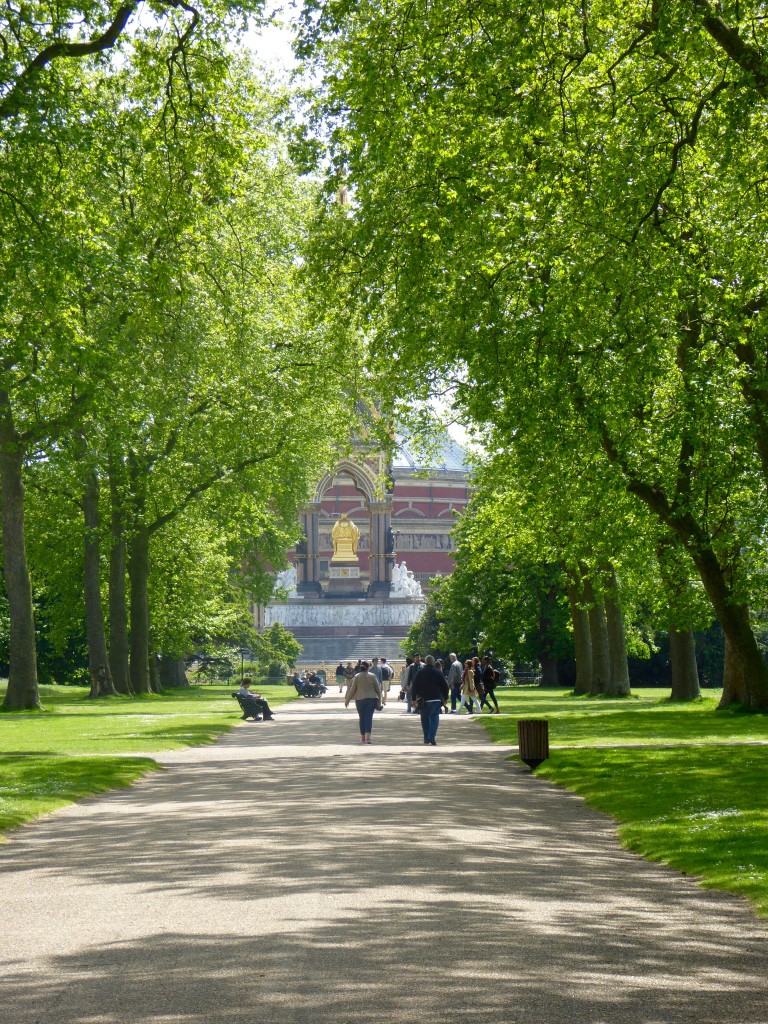
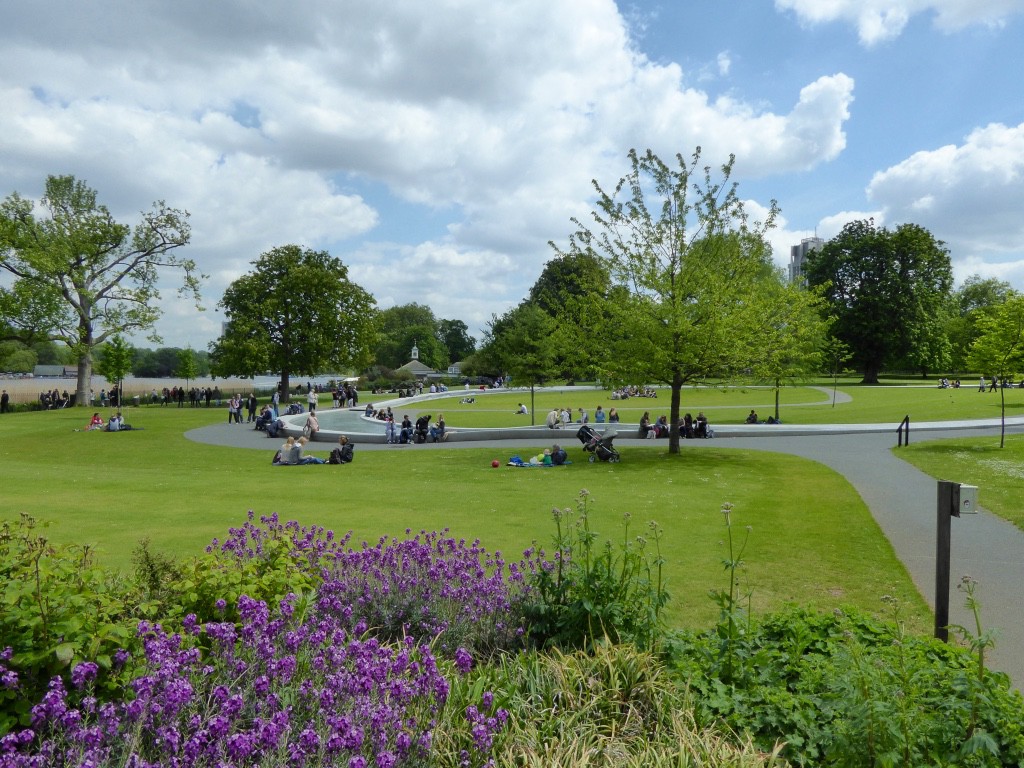
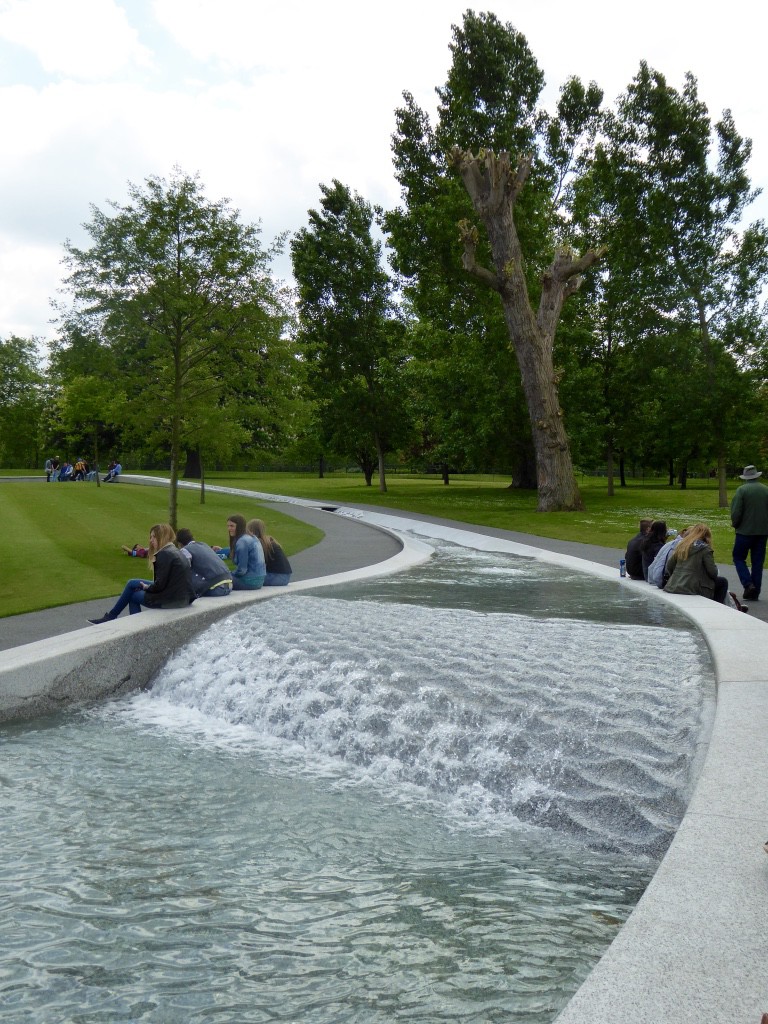
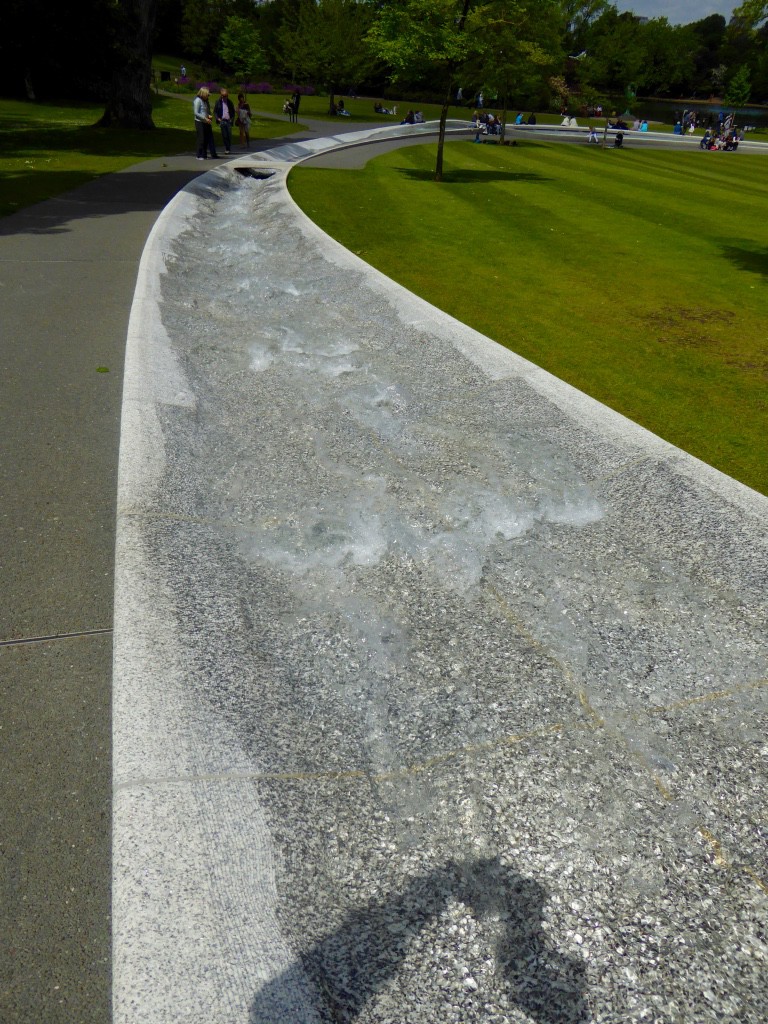
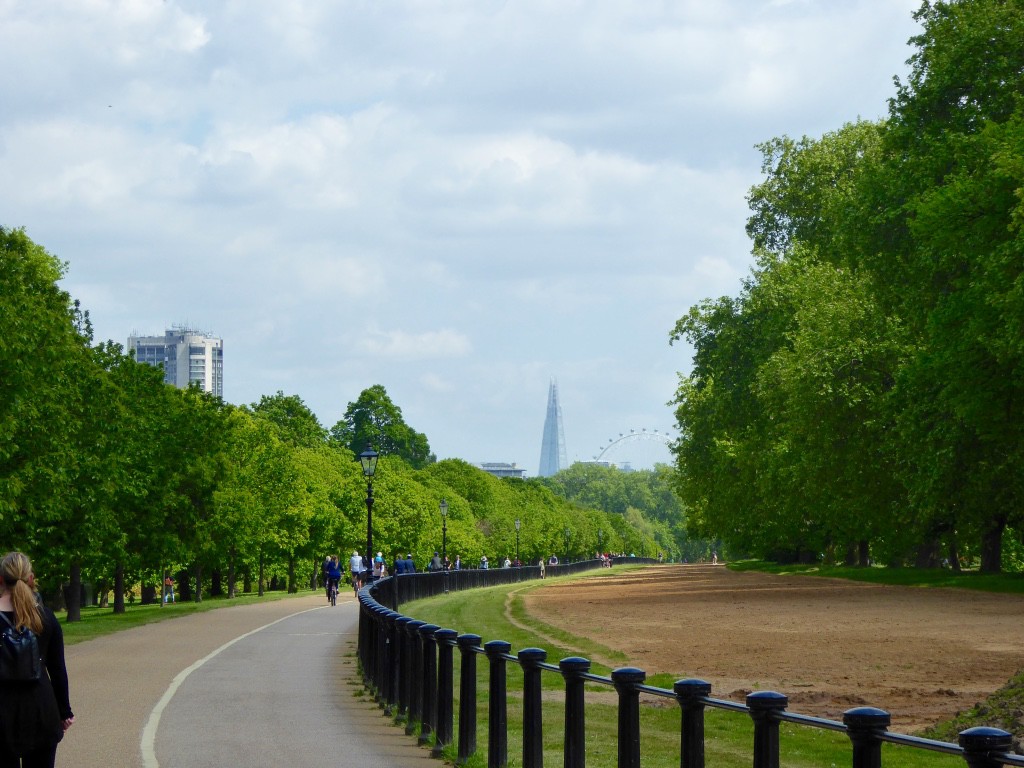
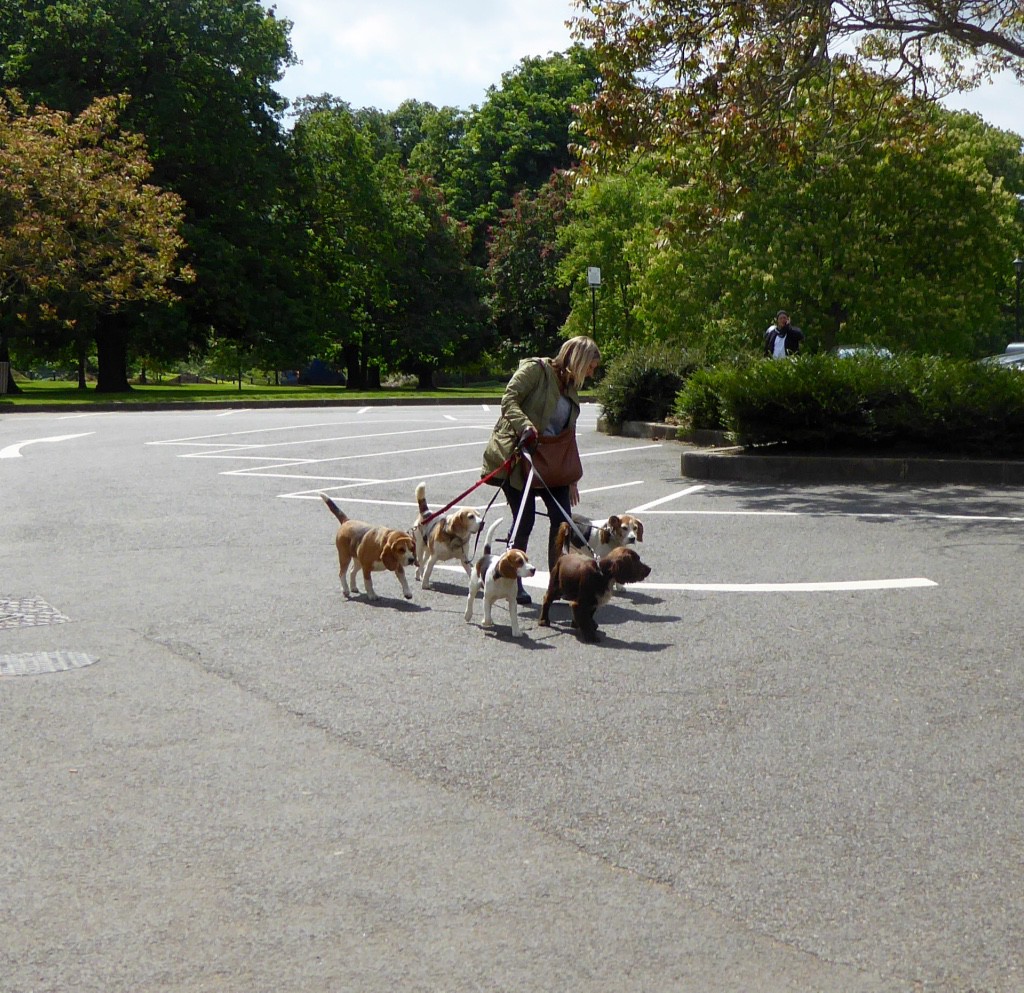
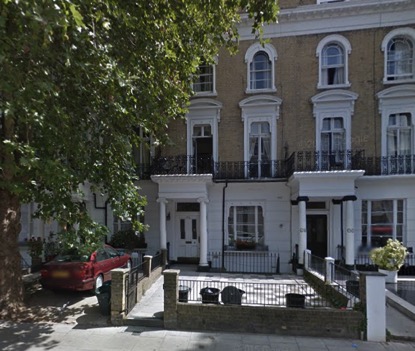

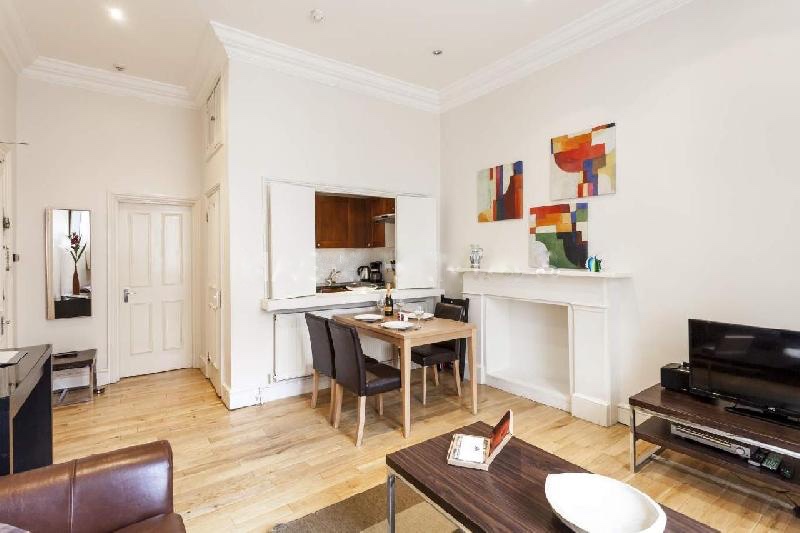
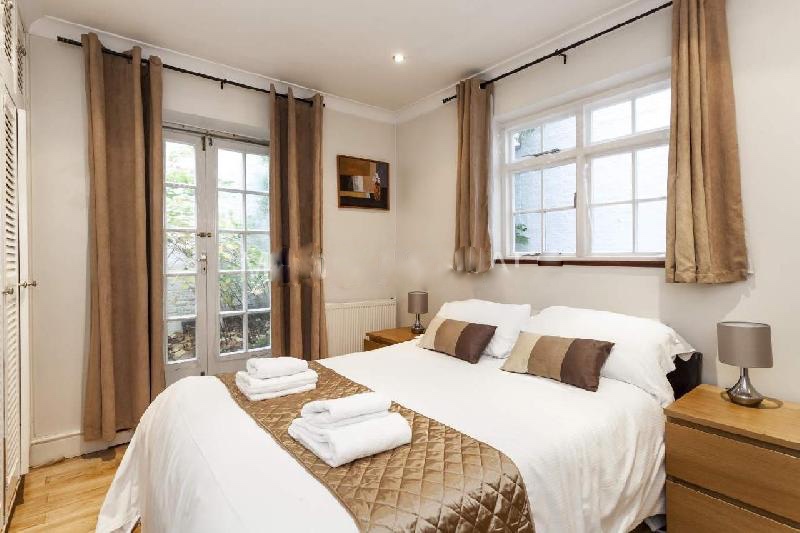
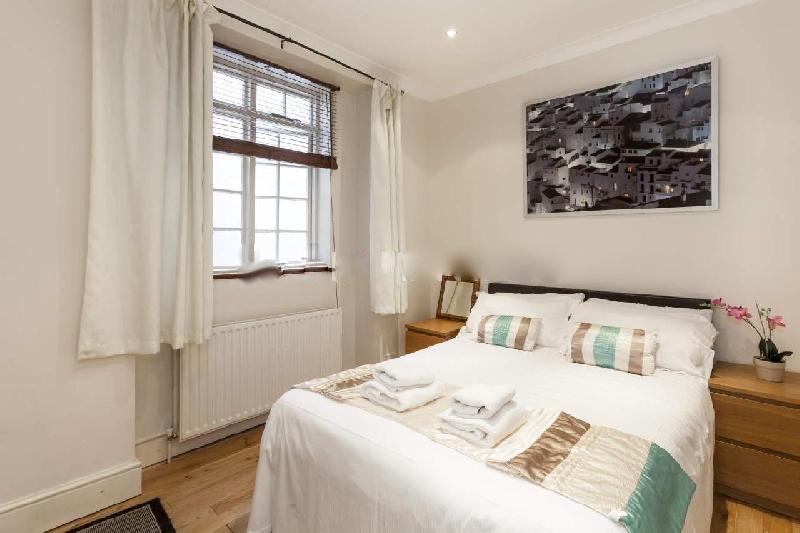
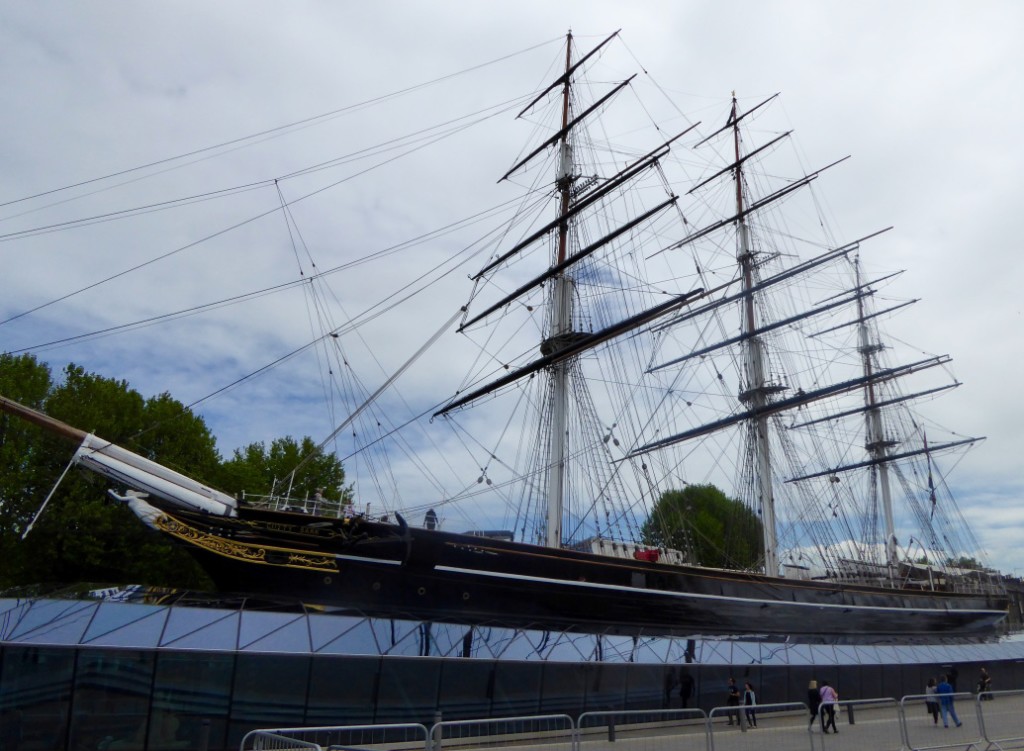
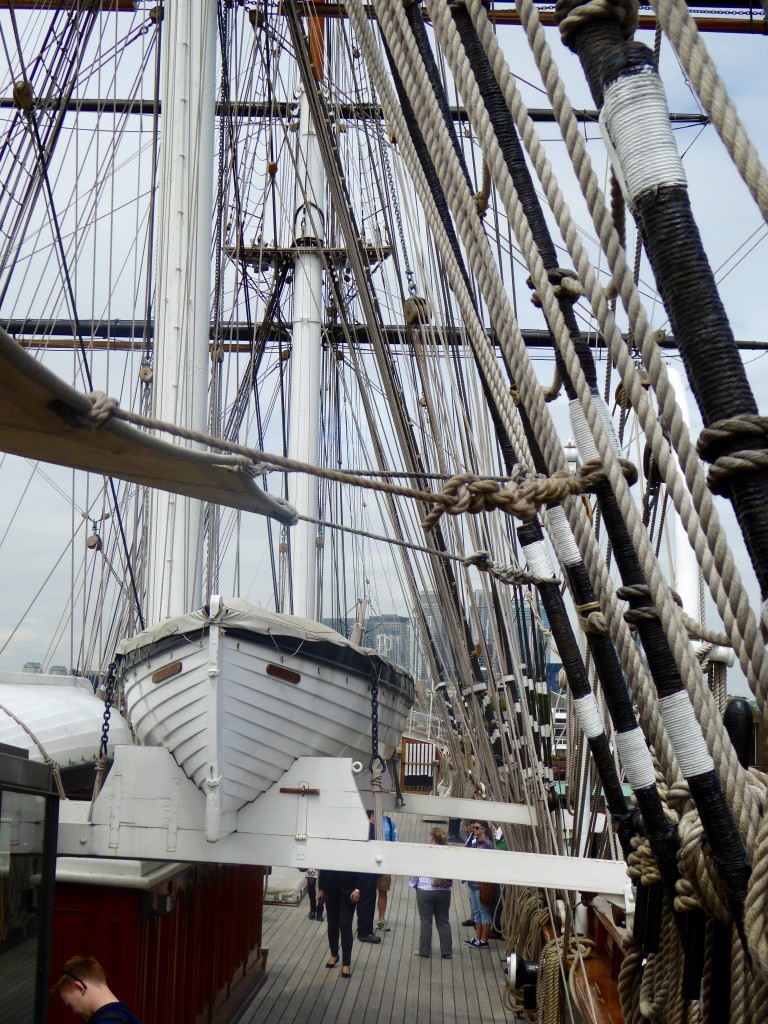
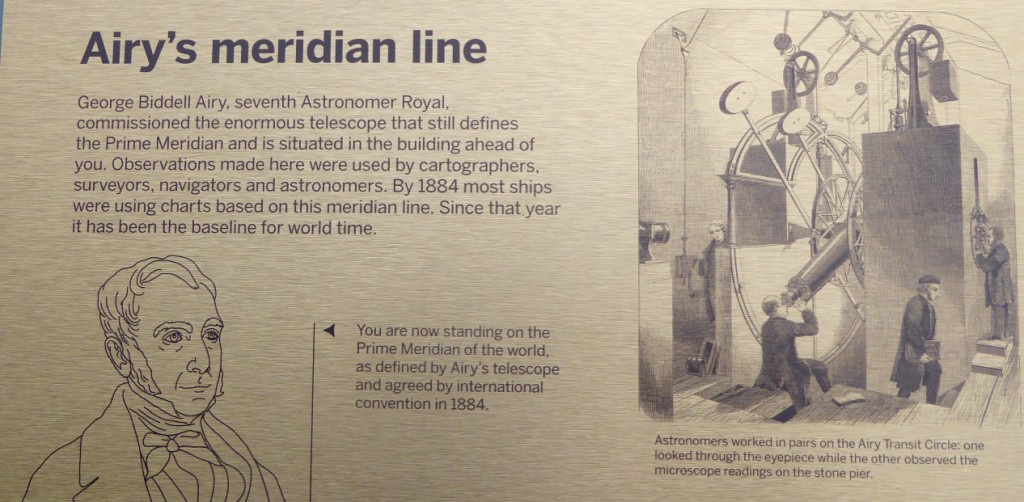
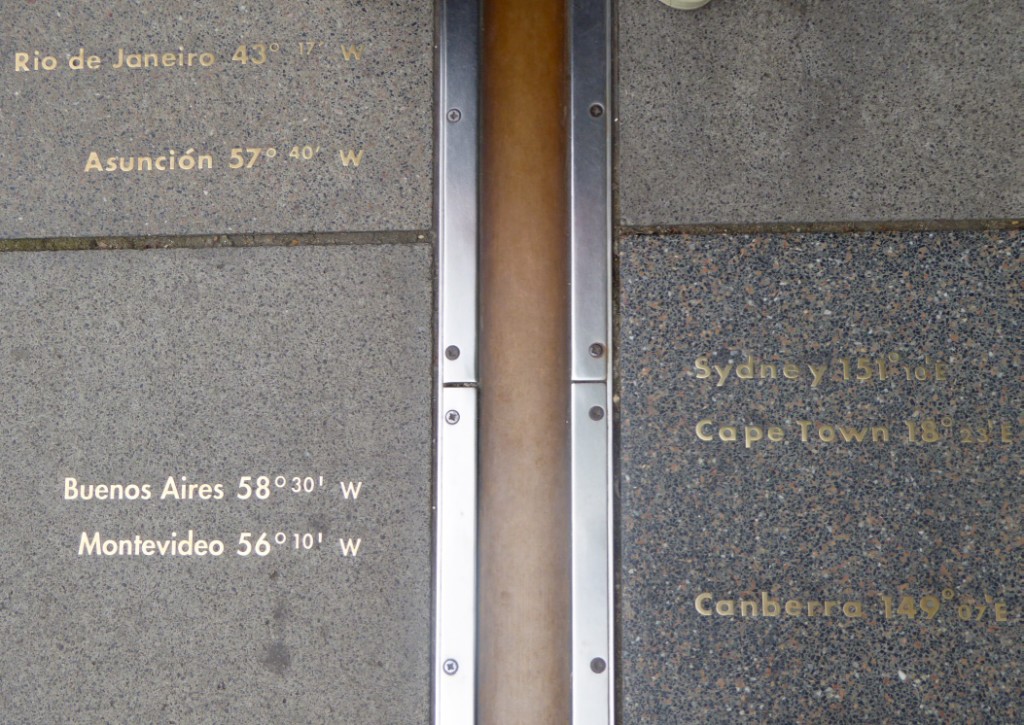
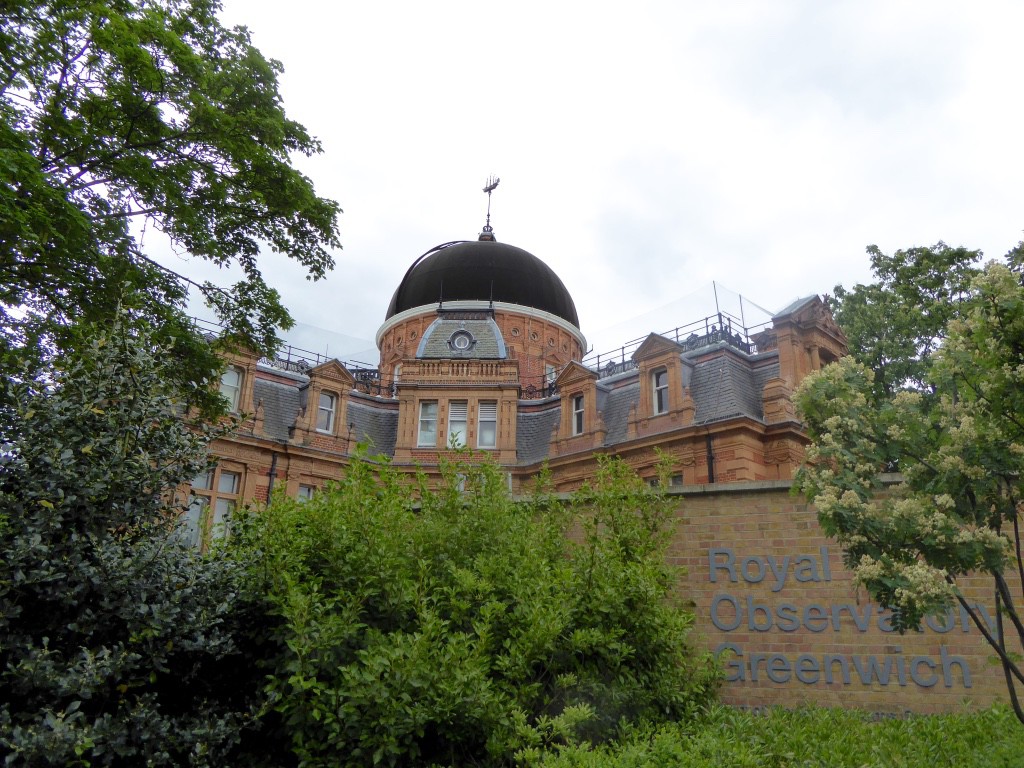 After that signal experience, down the hill again to the Maritime Museum. You could spend the whole day in this building and I only had two hours sampling the various displays, models, and artwork.
After that signal experience, down the hill again to the Maritime Museum. You could spend the whole day in this building and I only had two hours sampling the various displays, models, and artwork.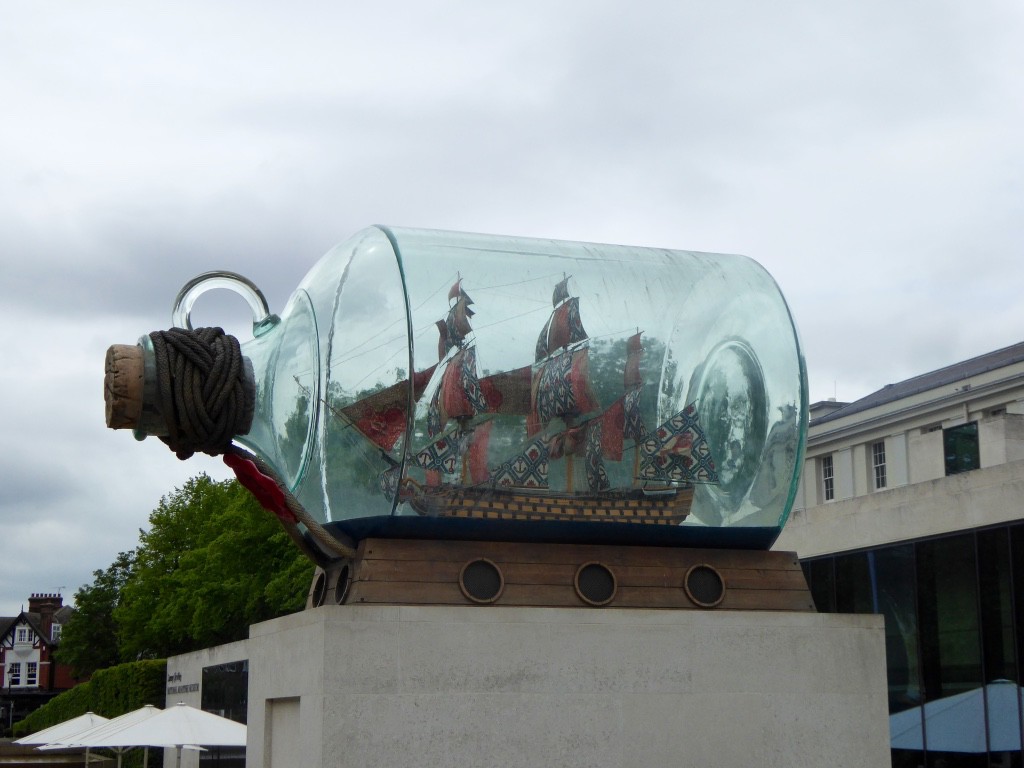
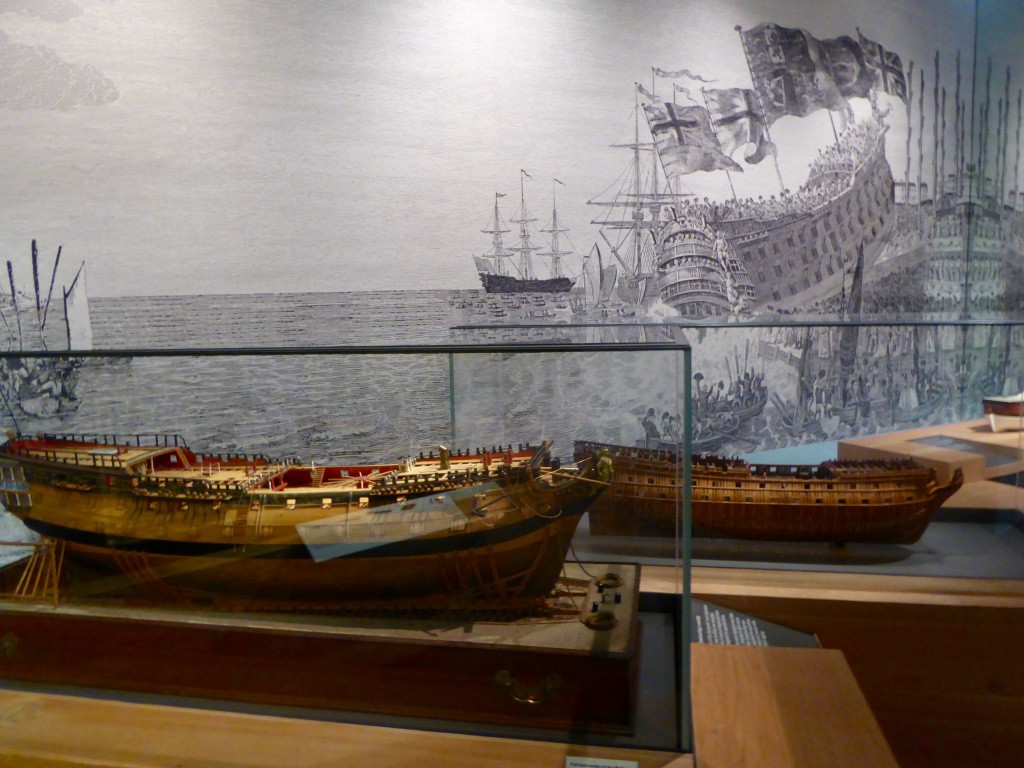
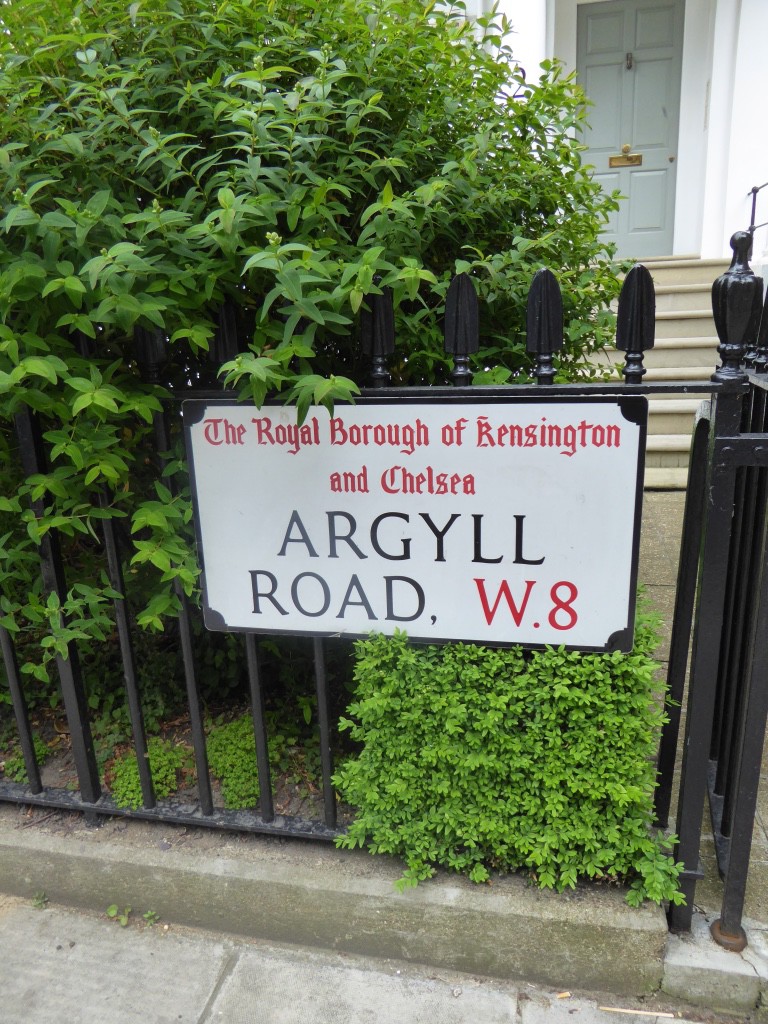
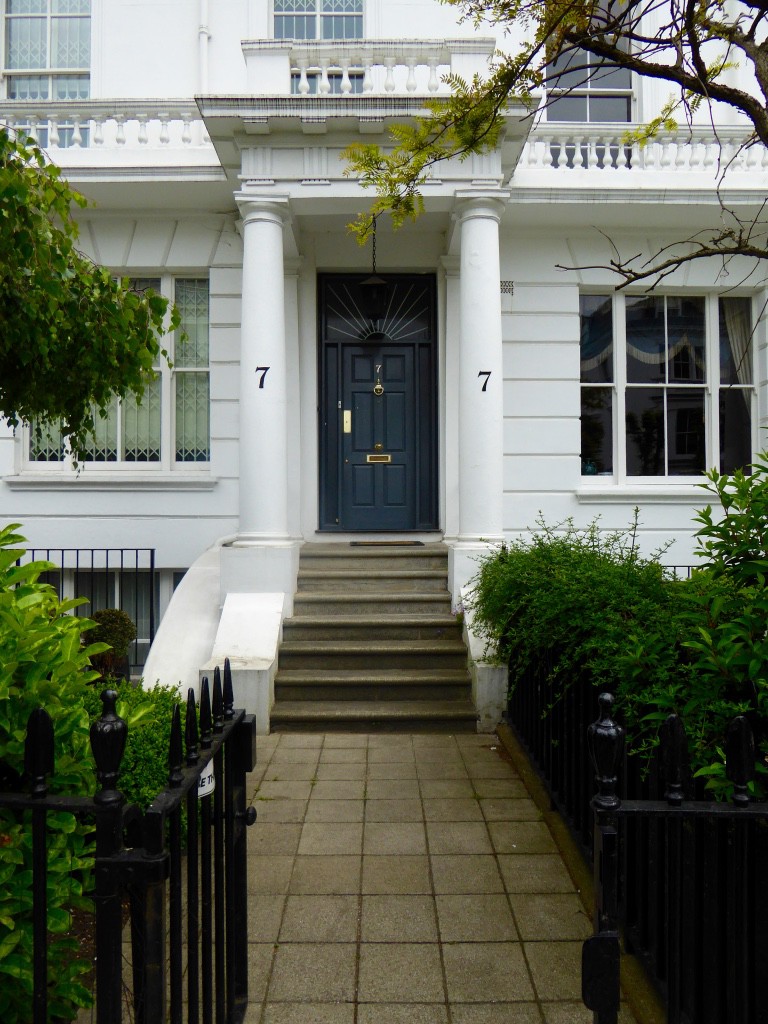 Then we got on the red tour bus
Then we got on the red tour bus